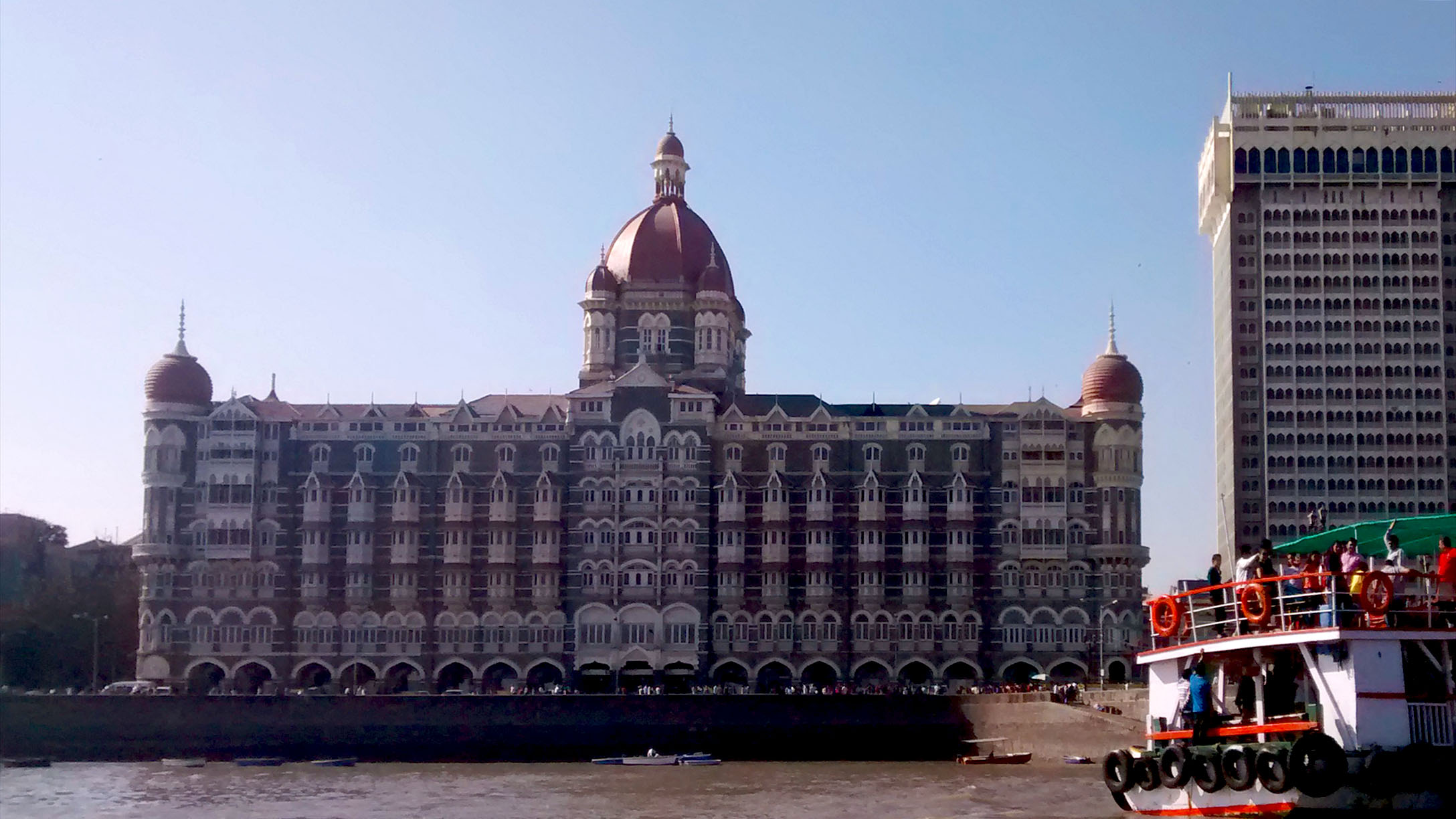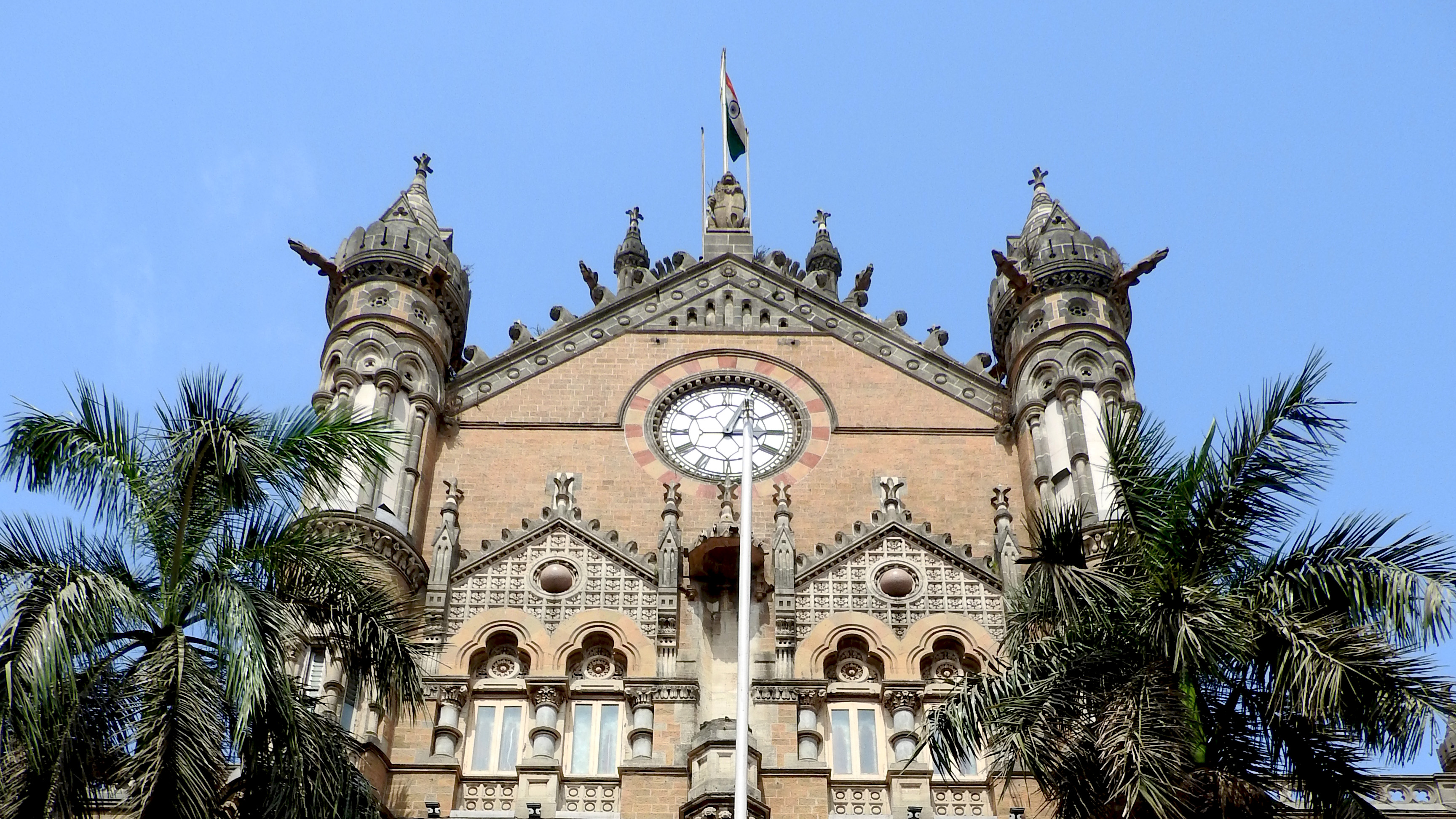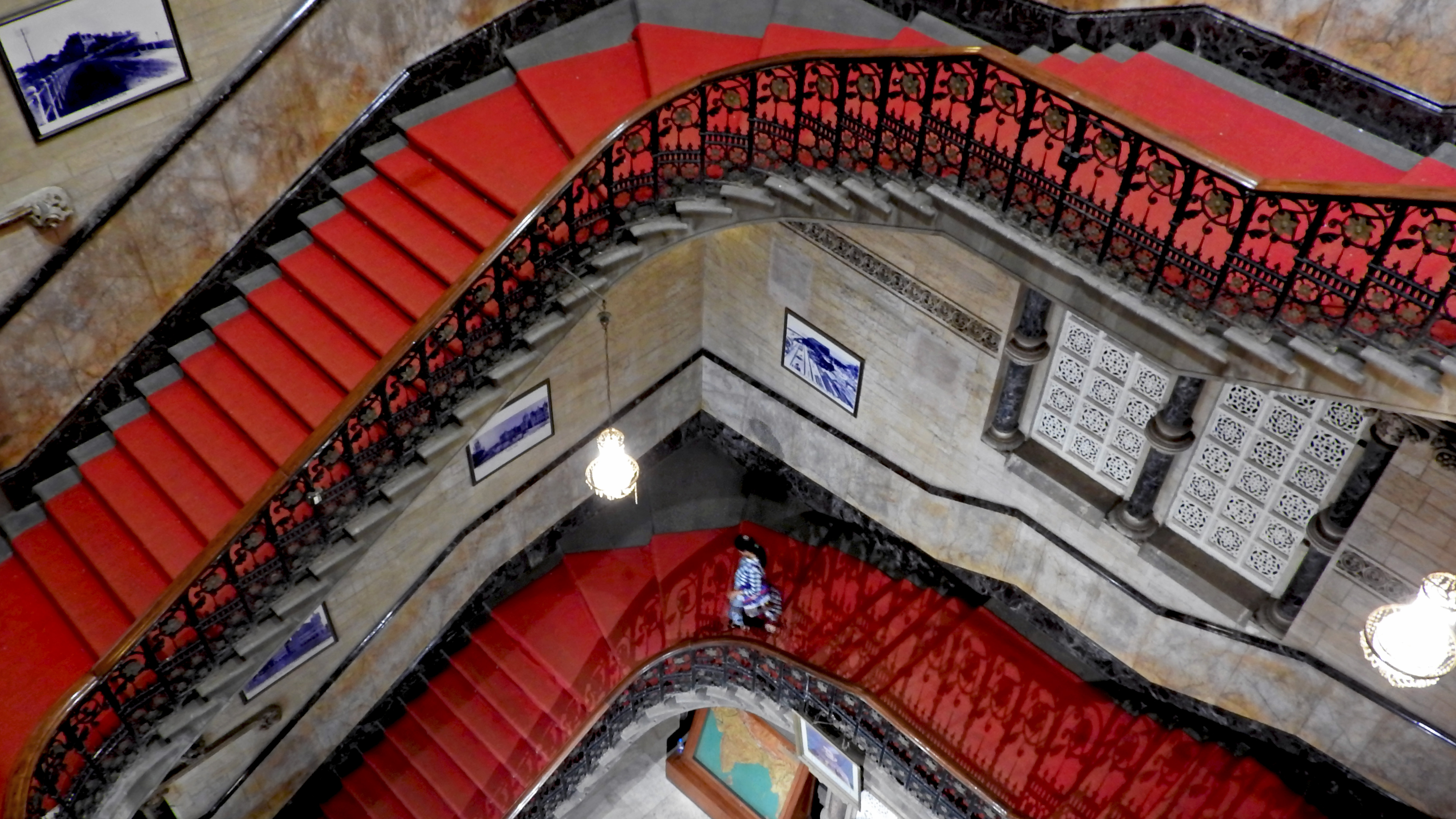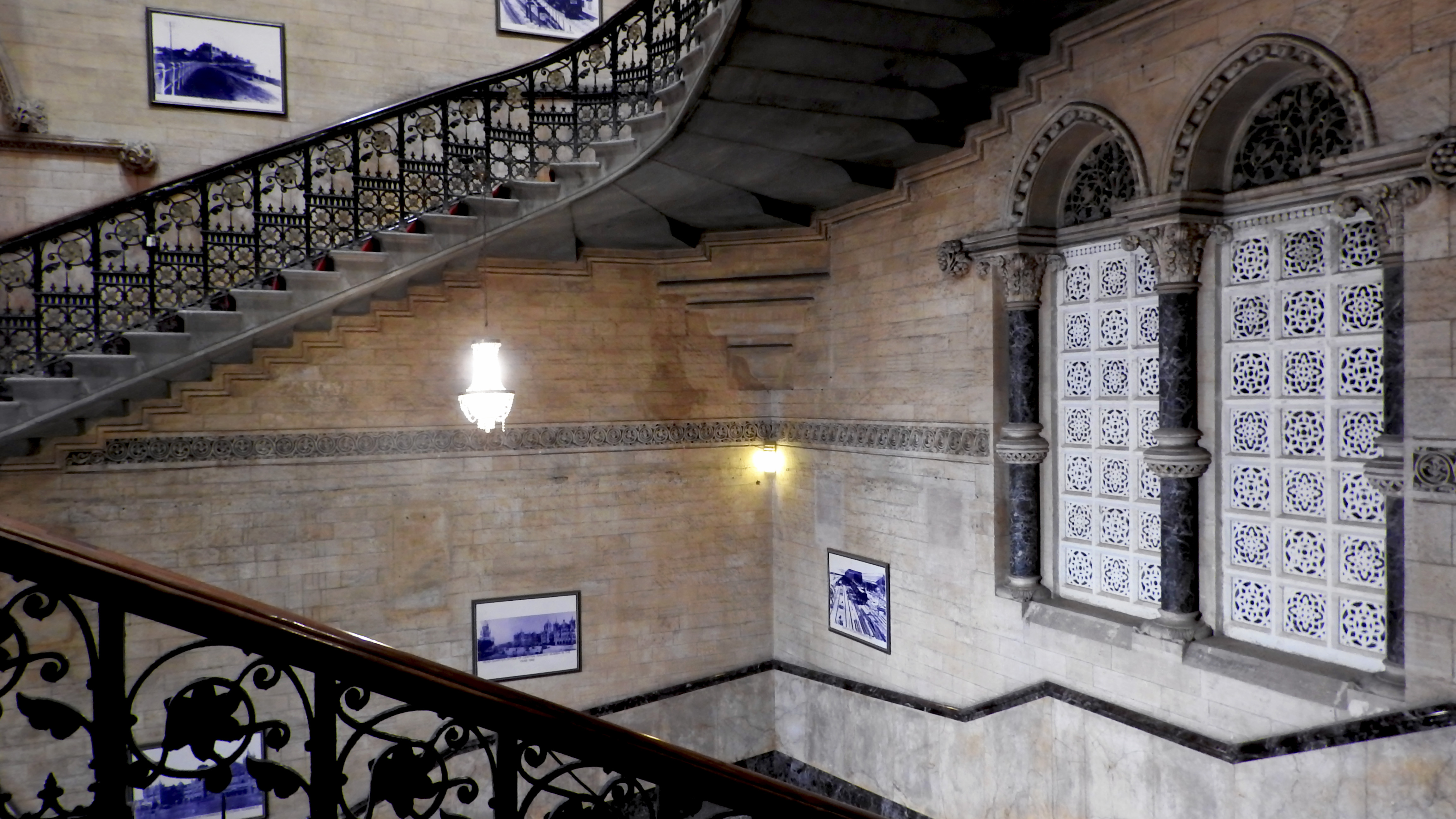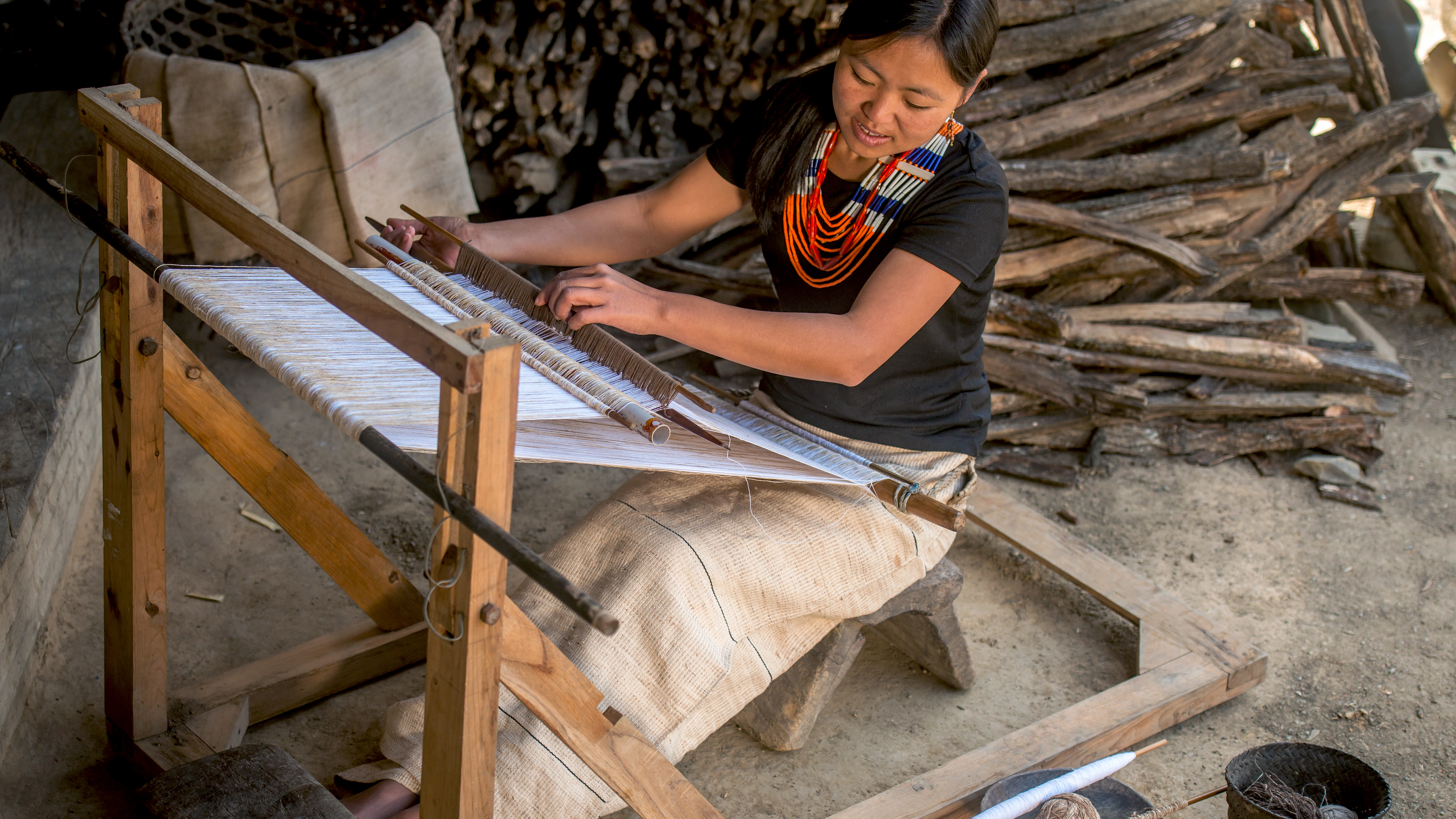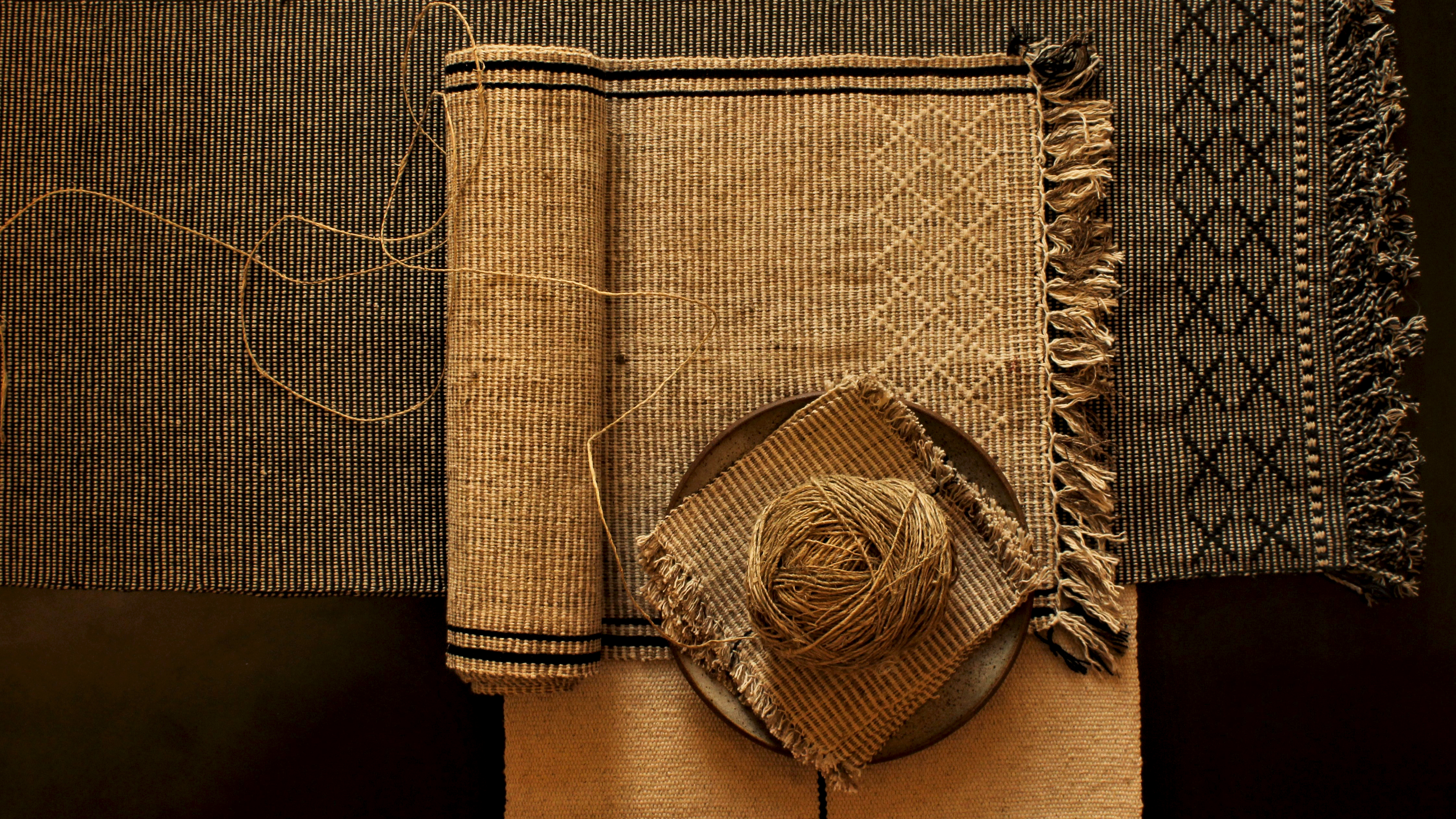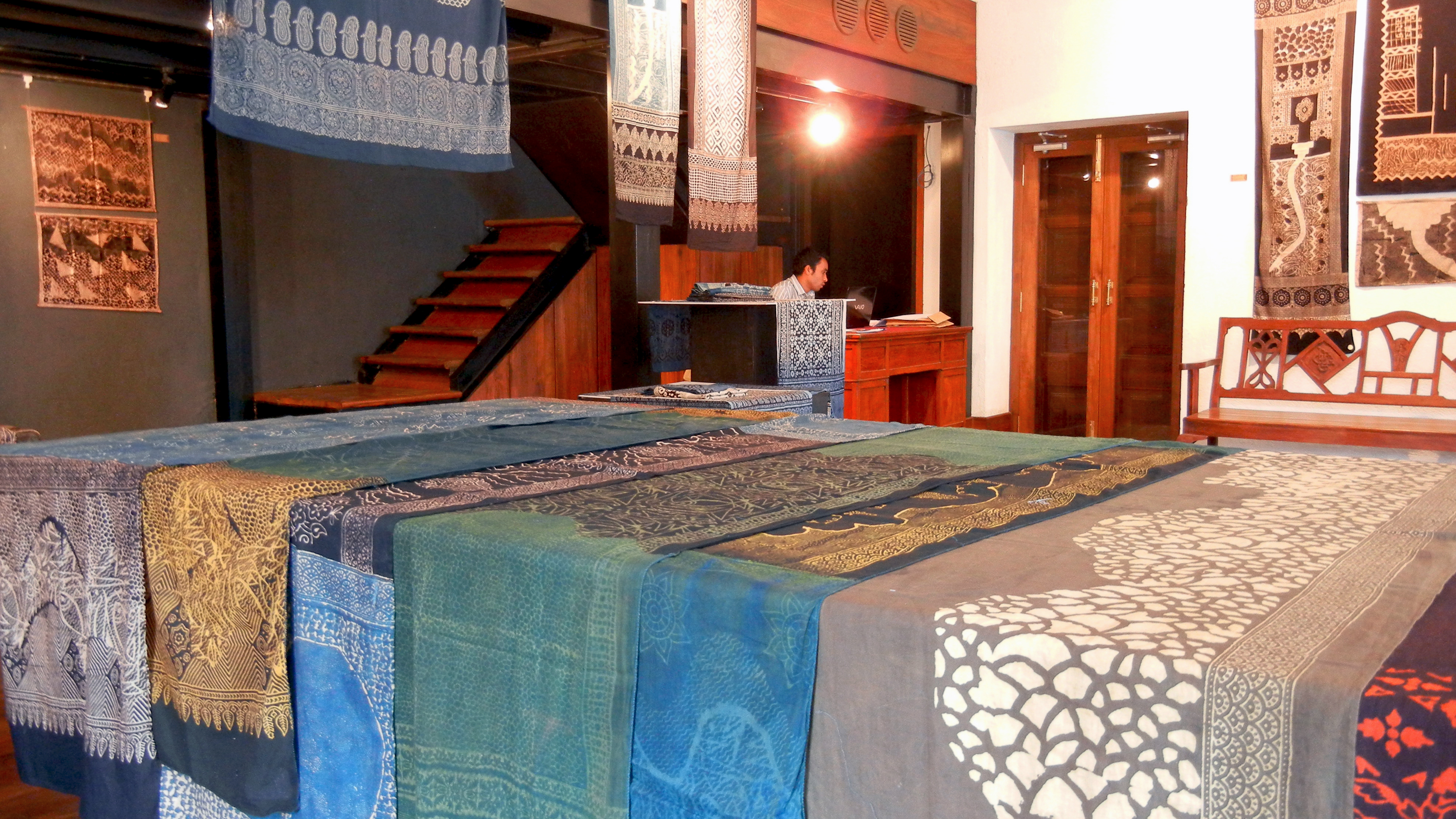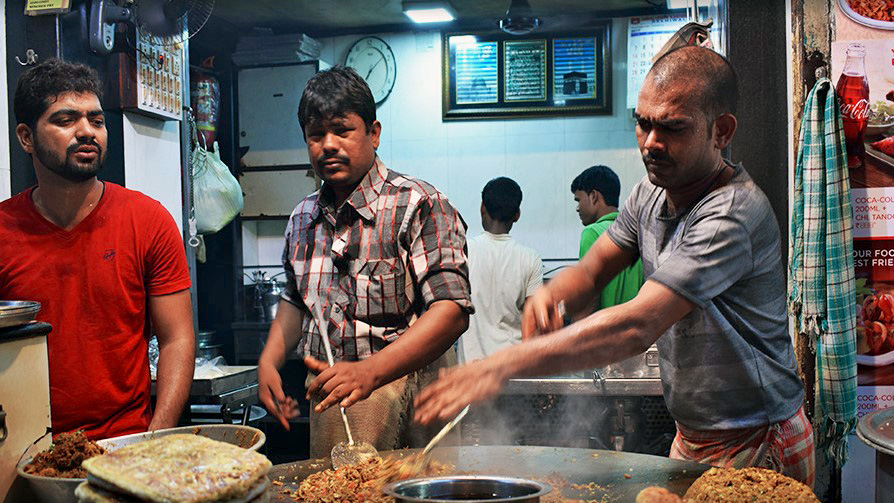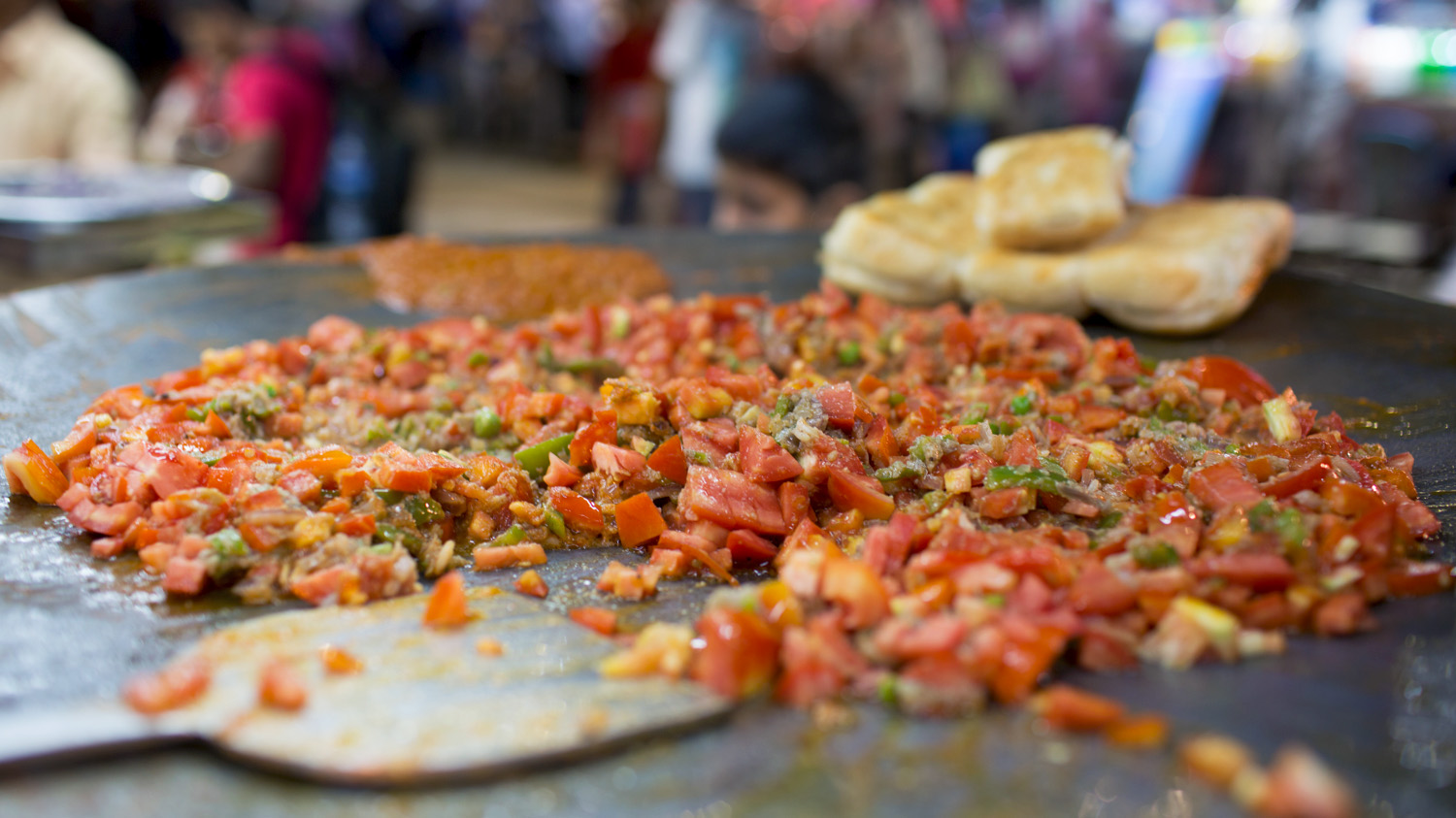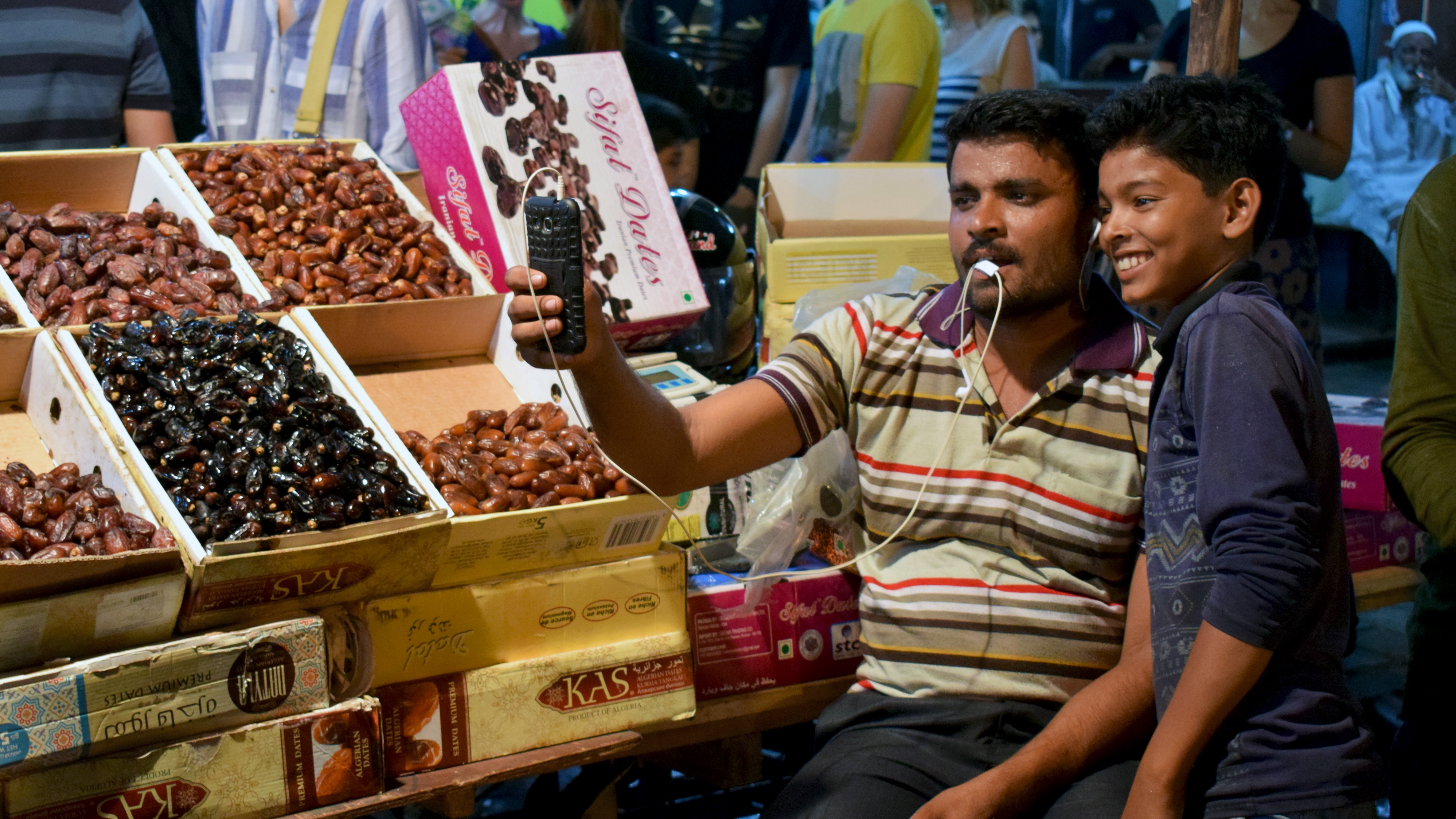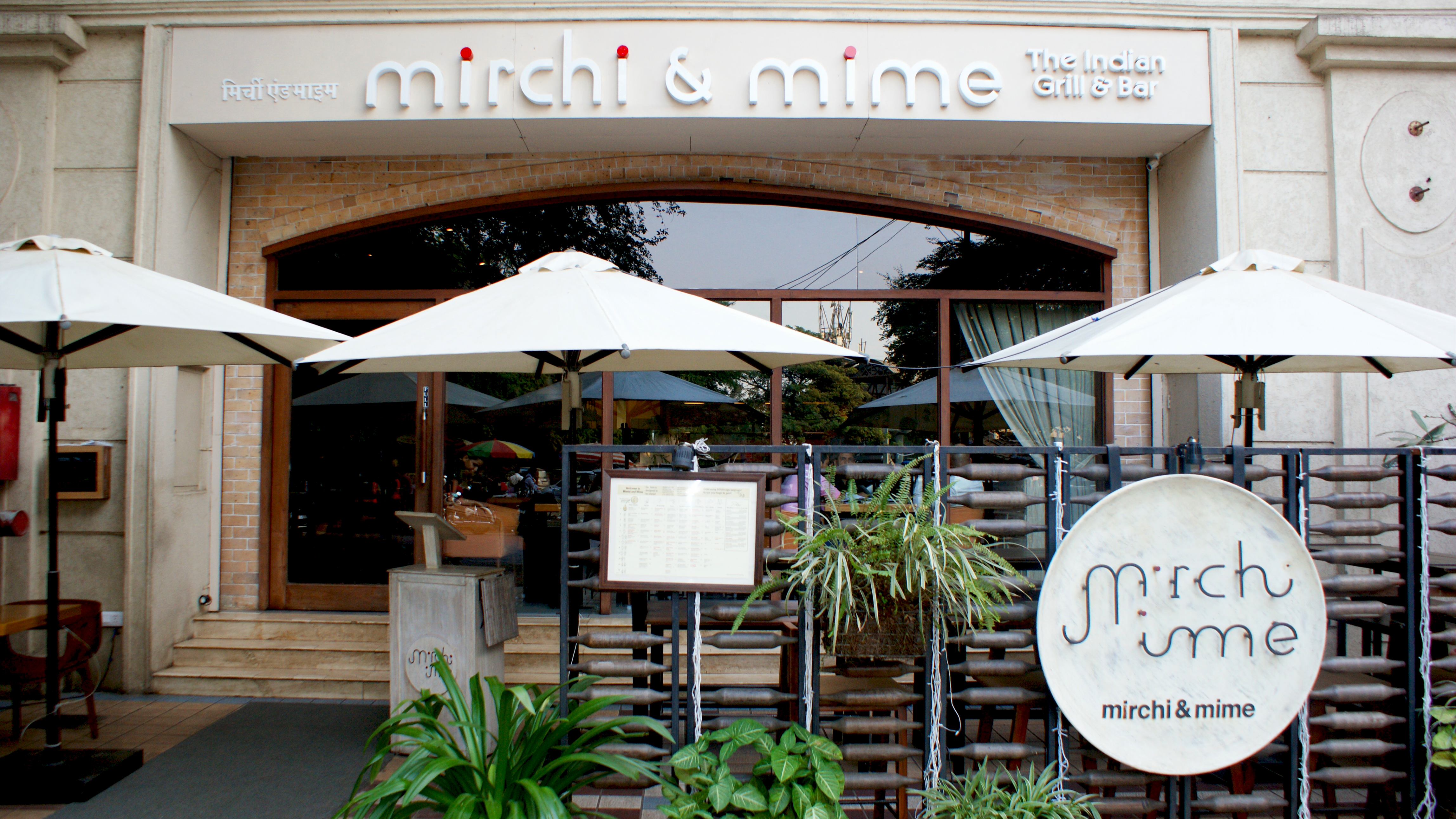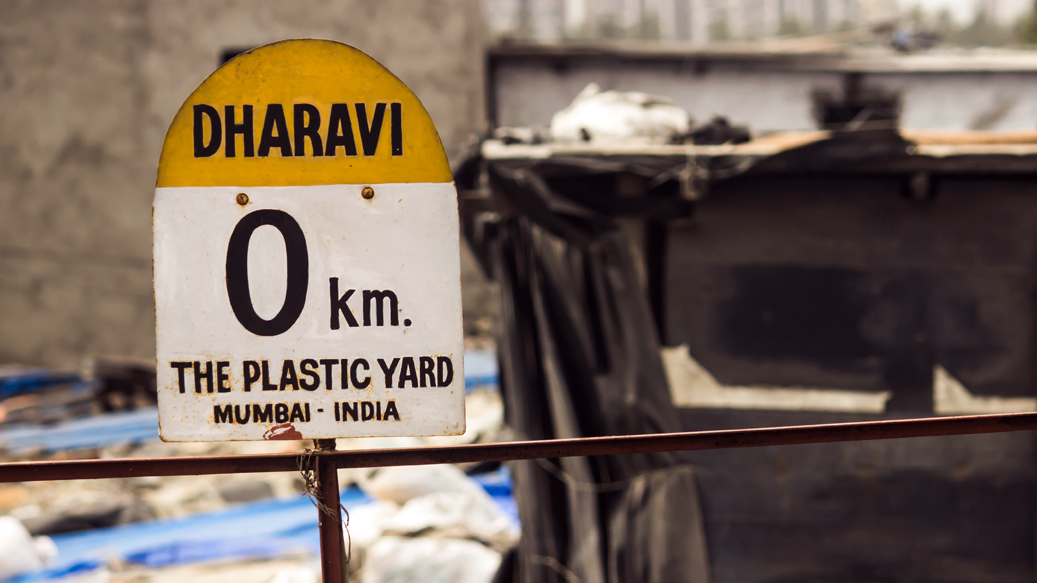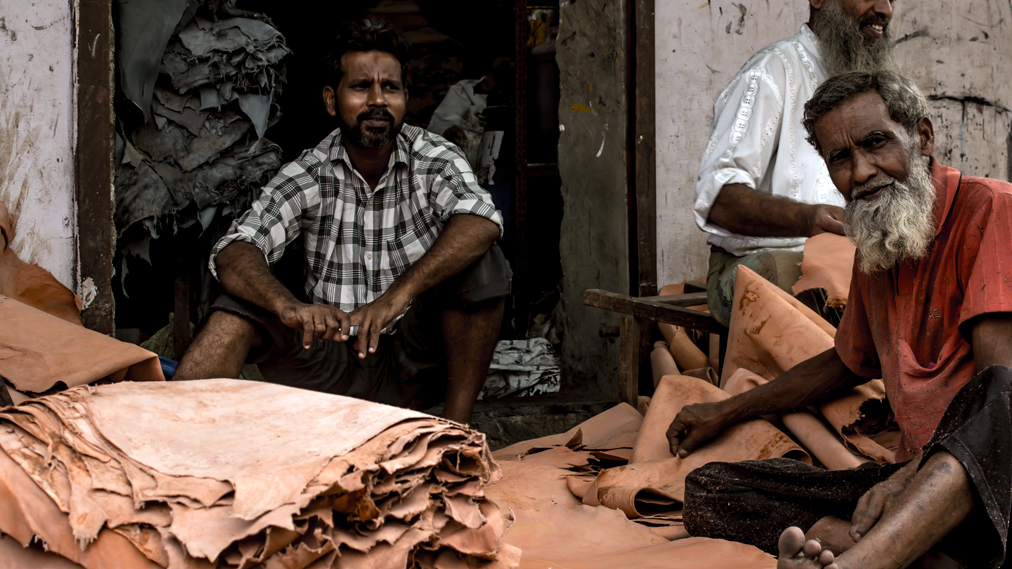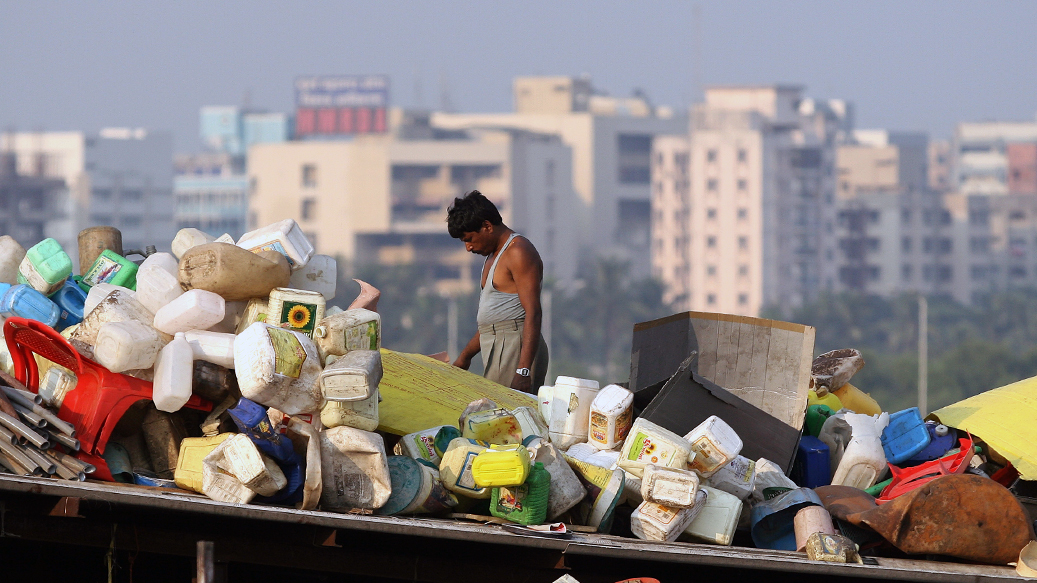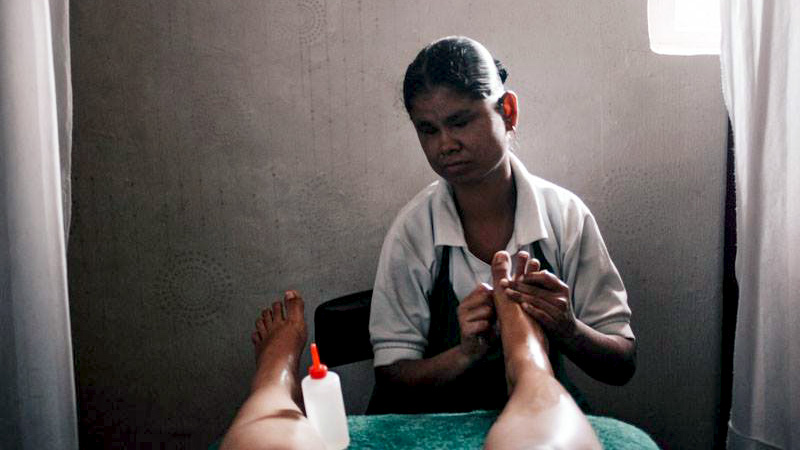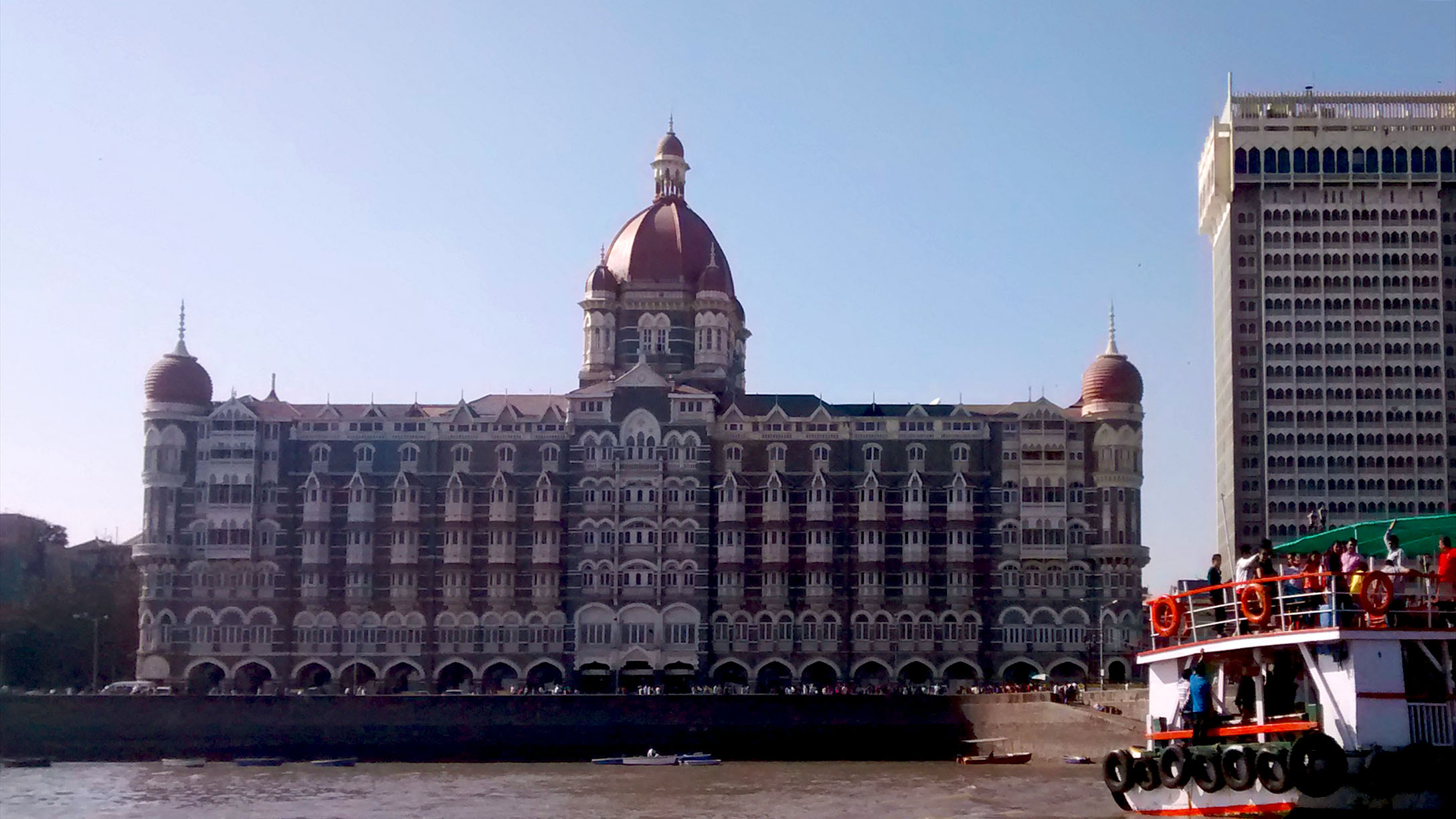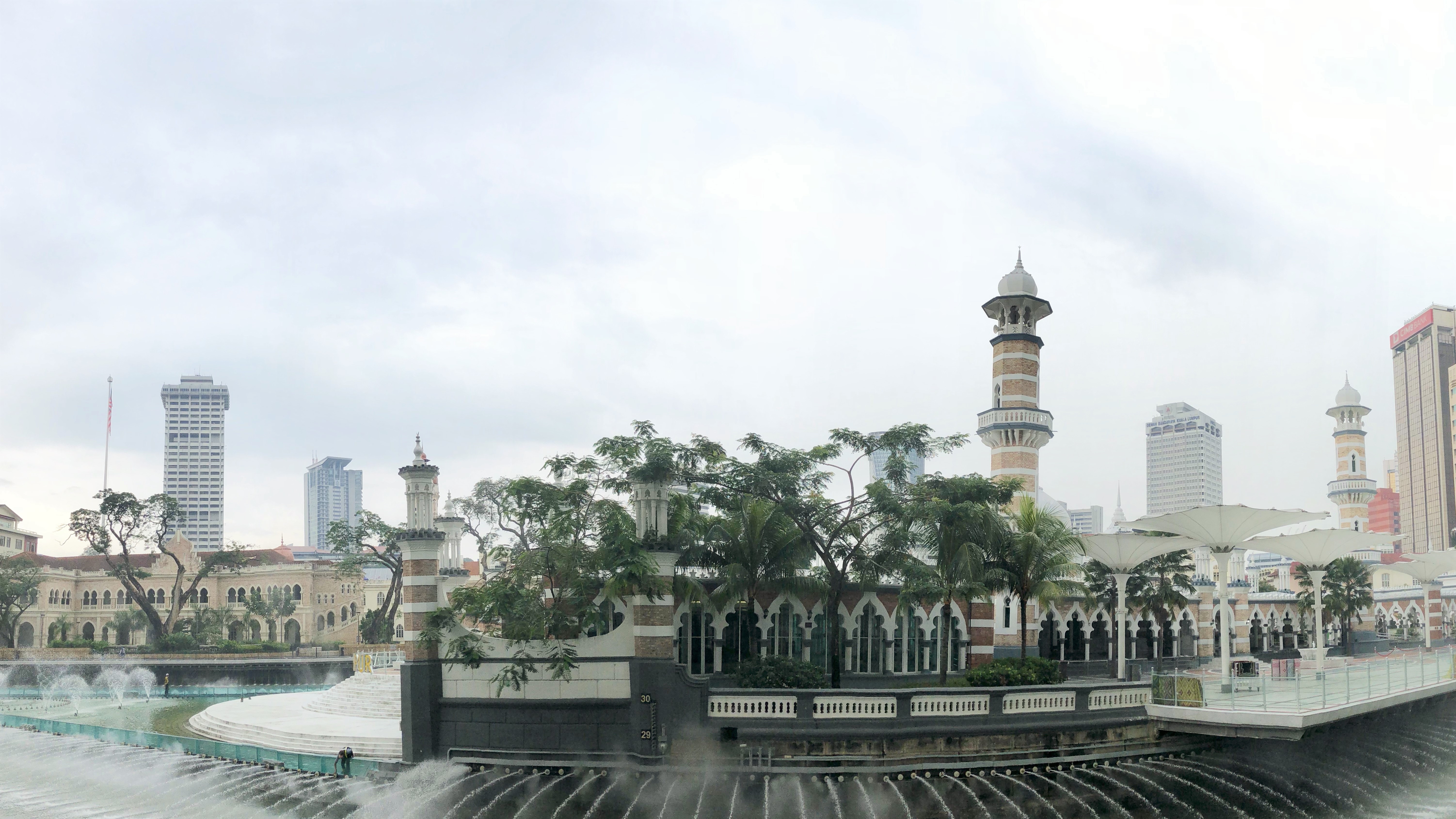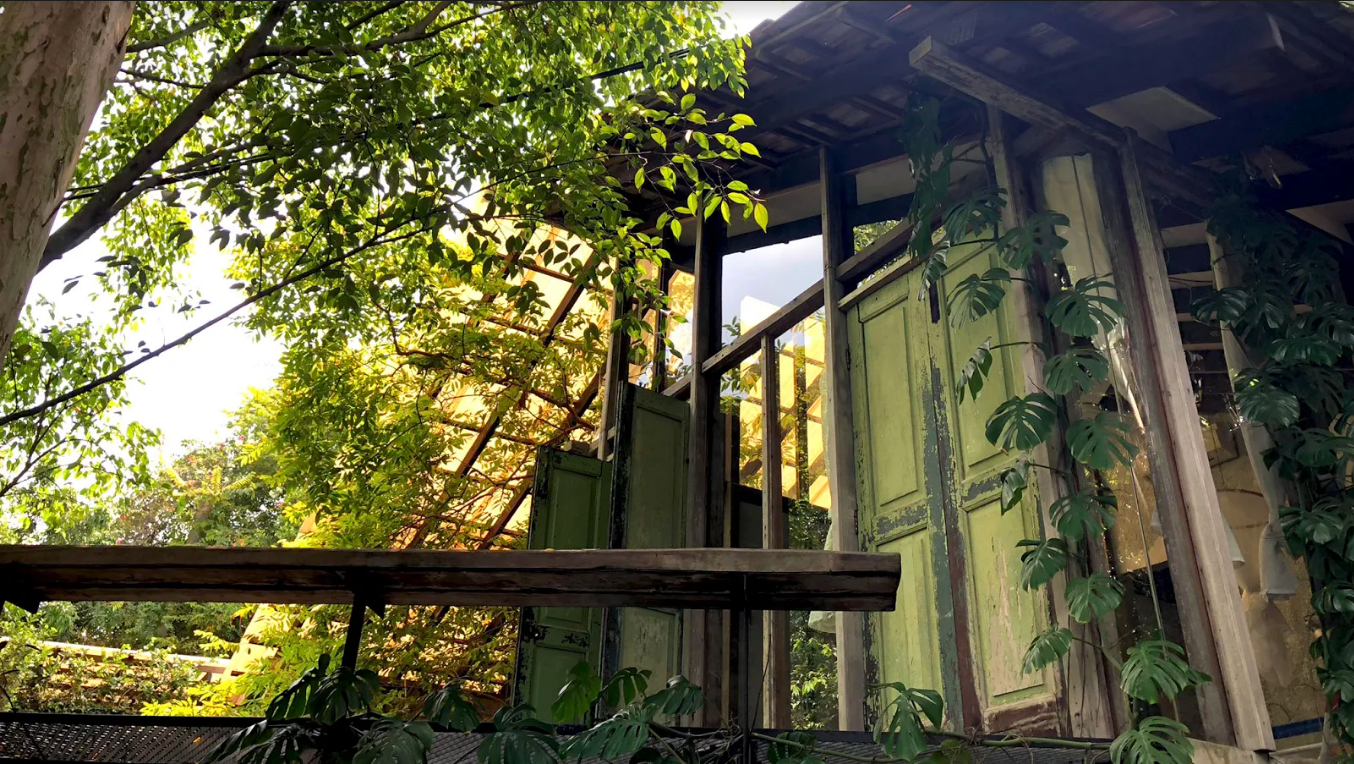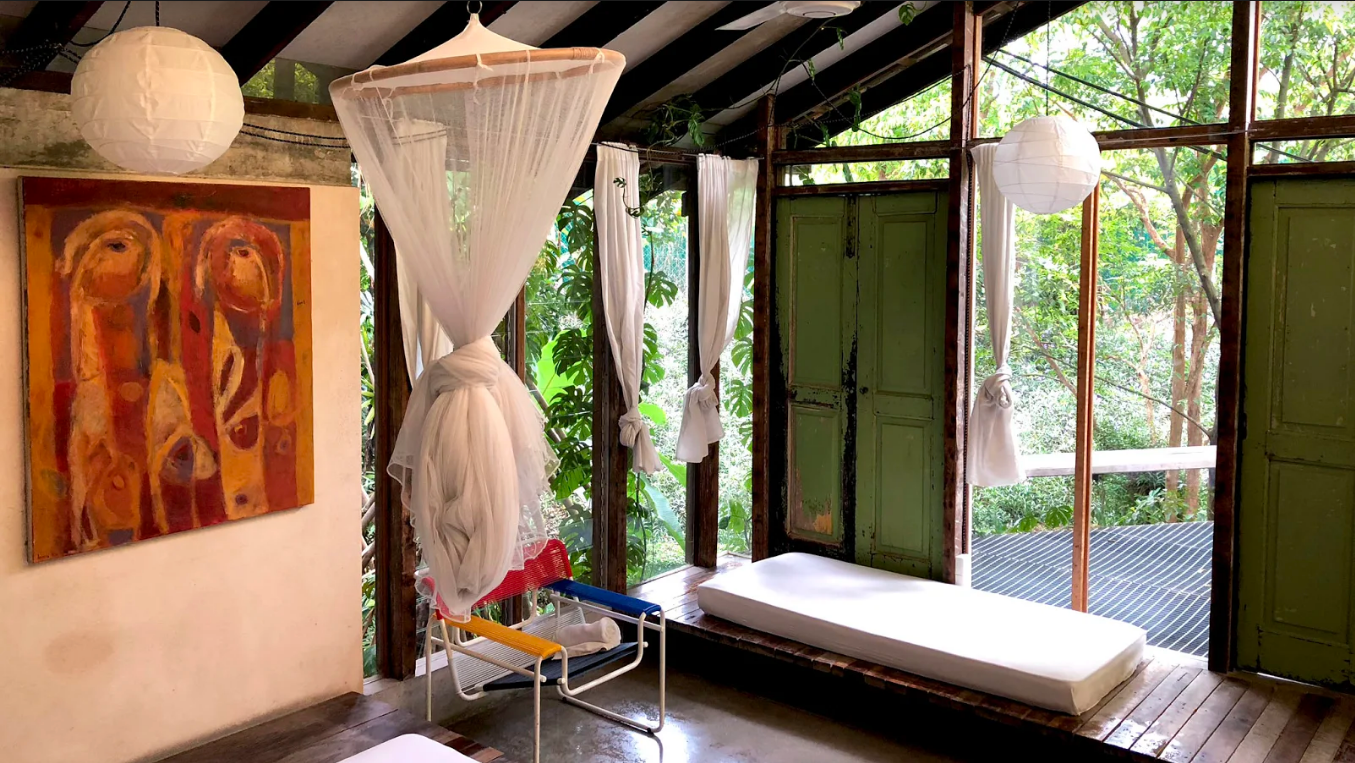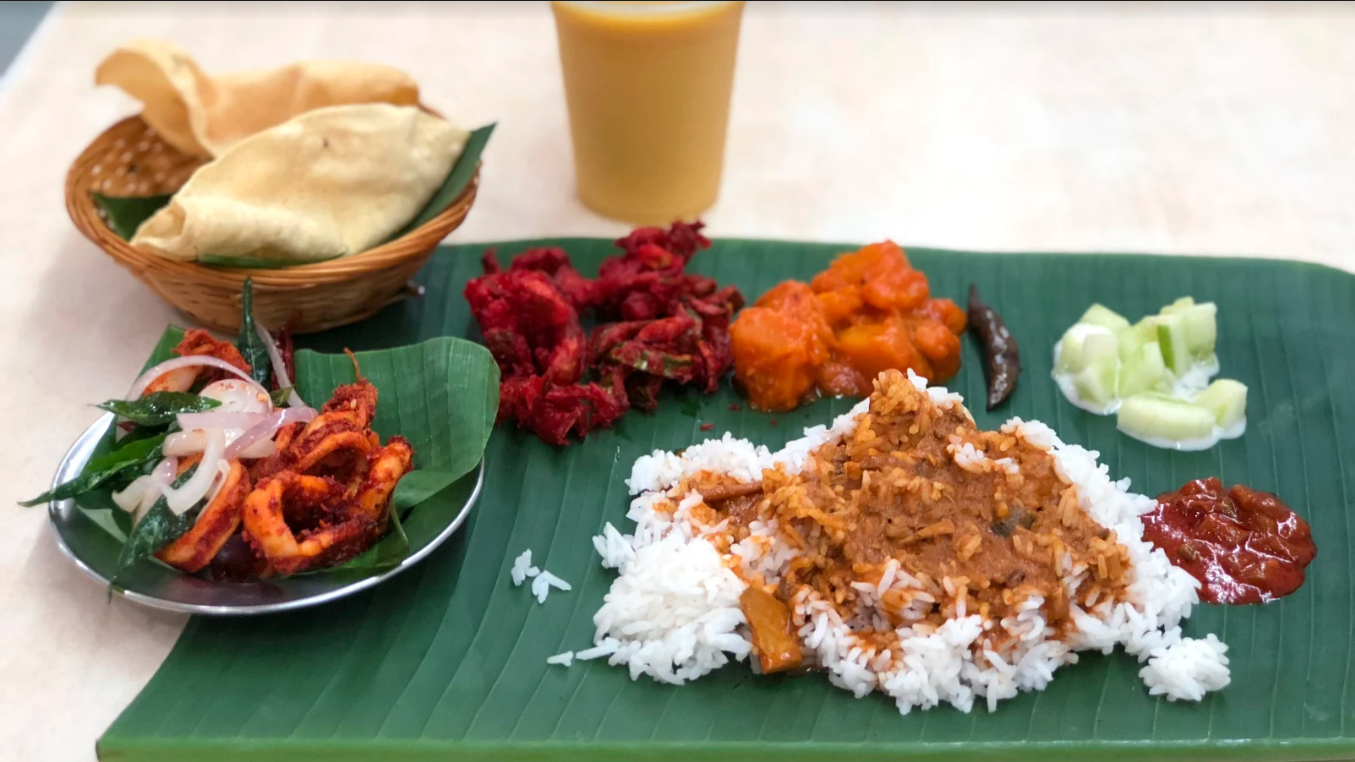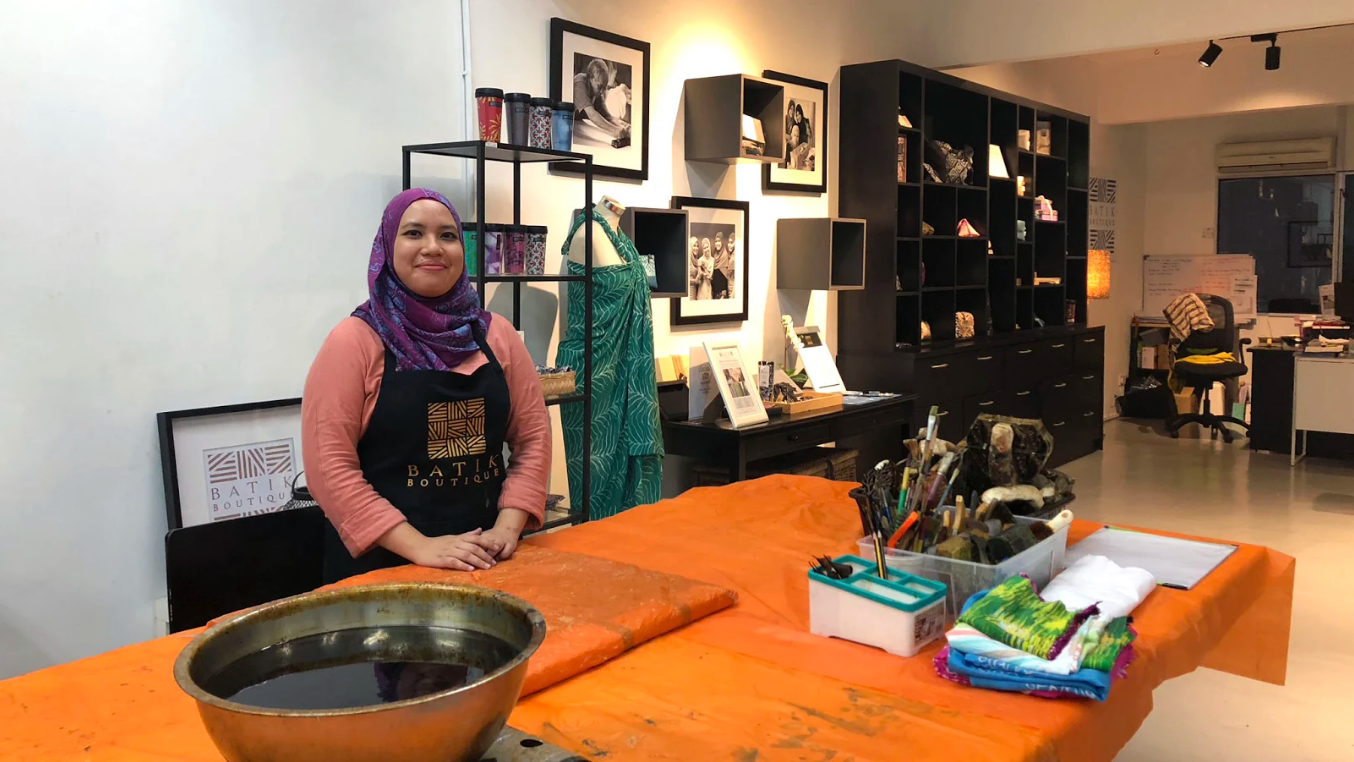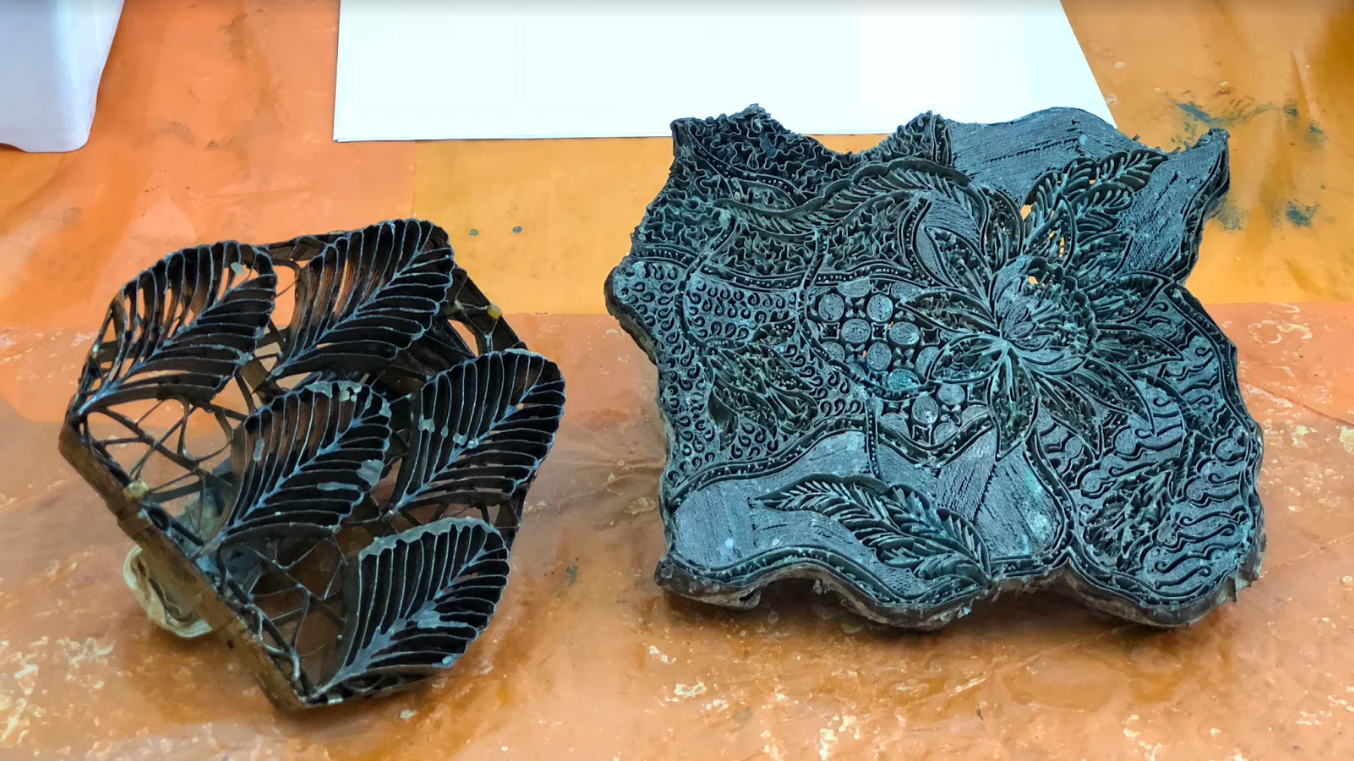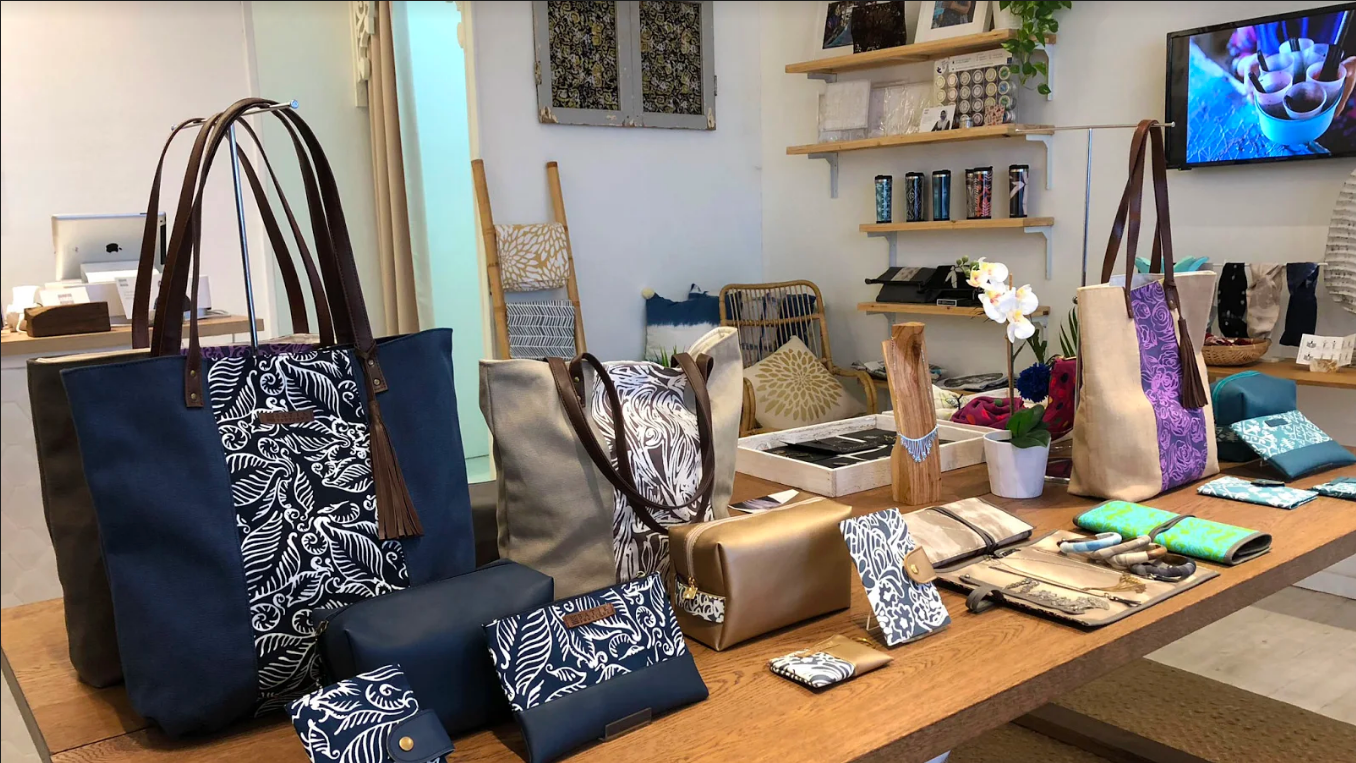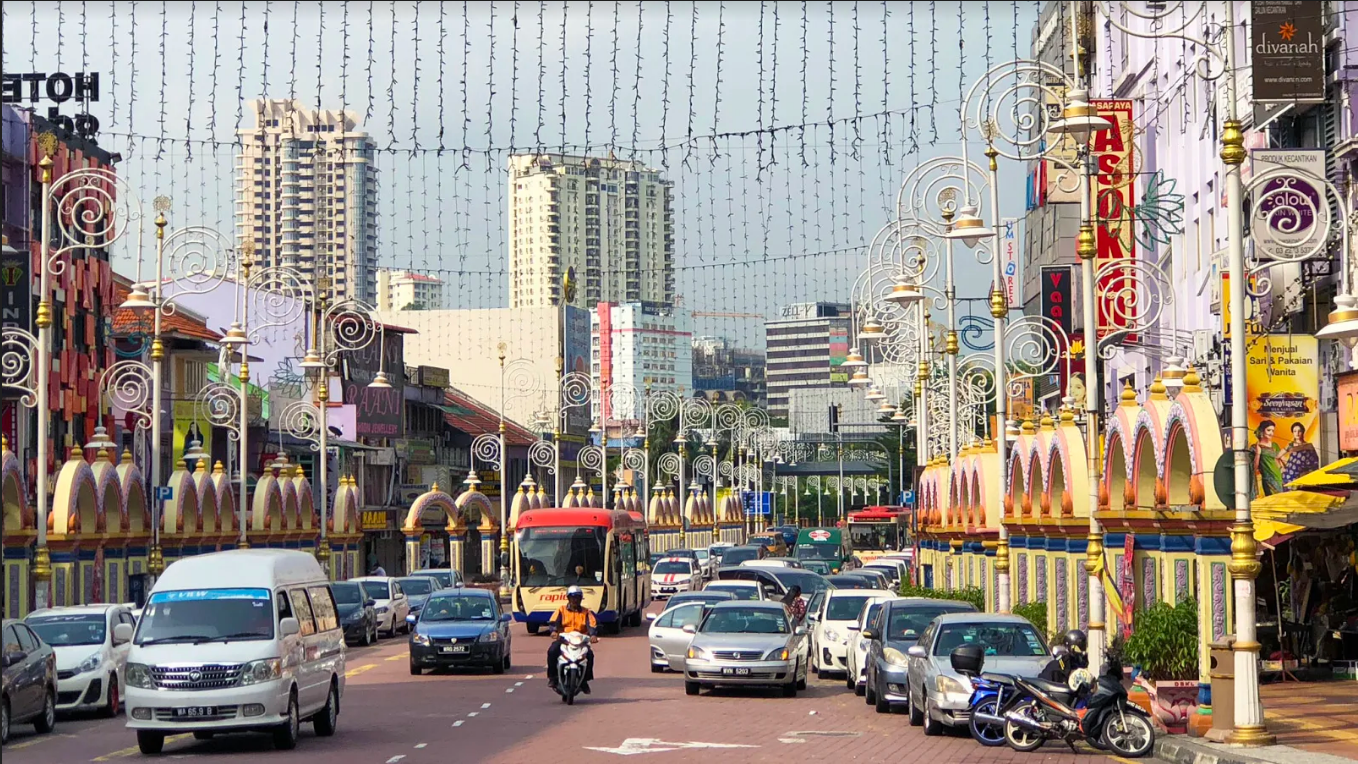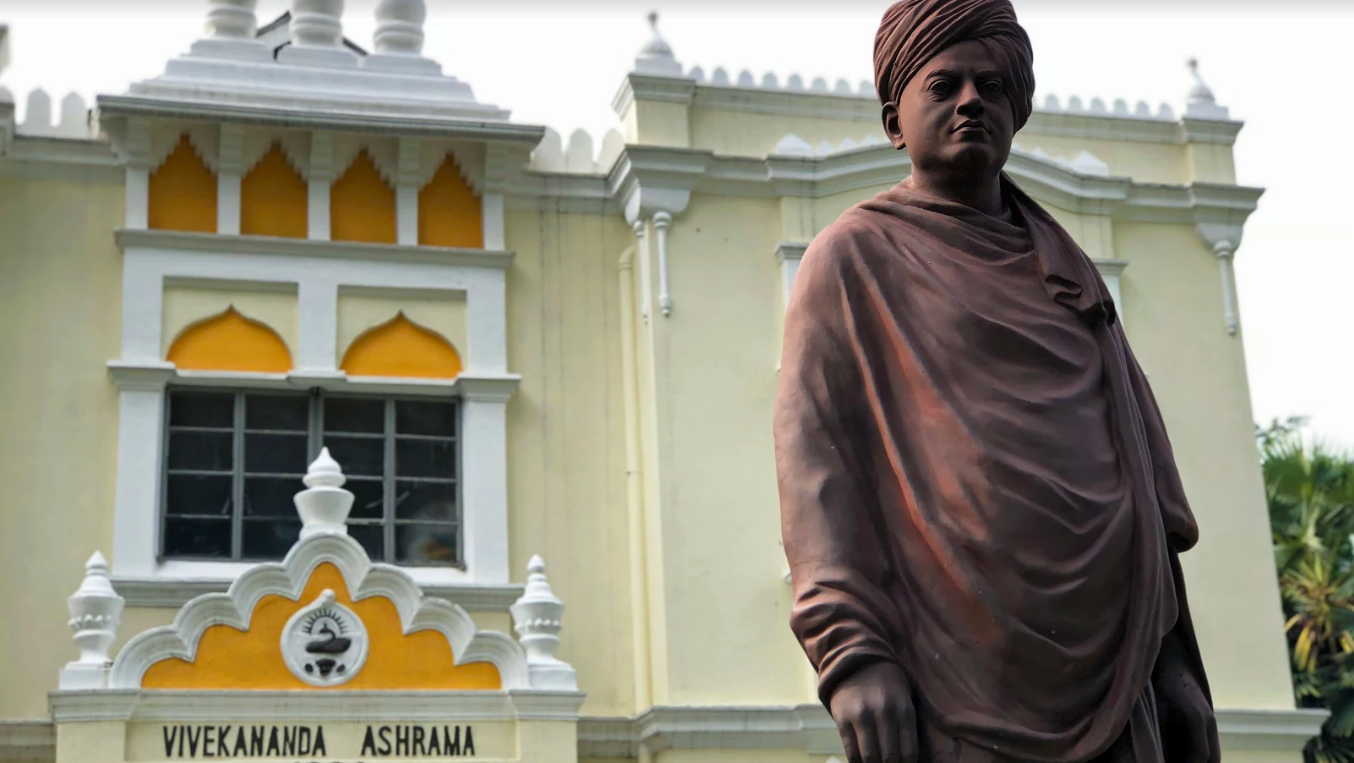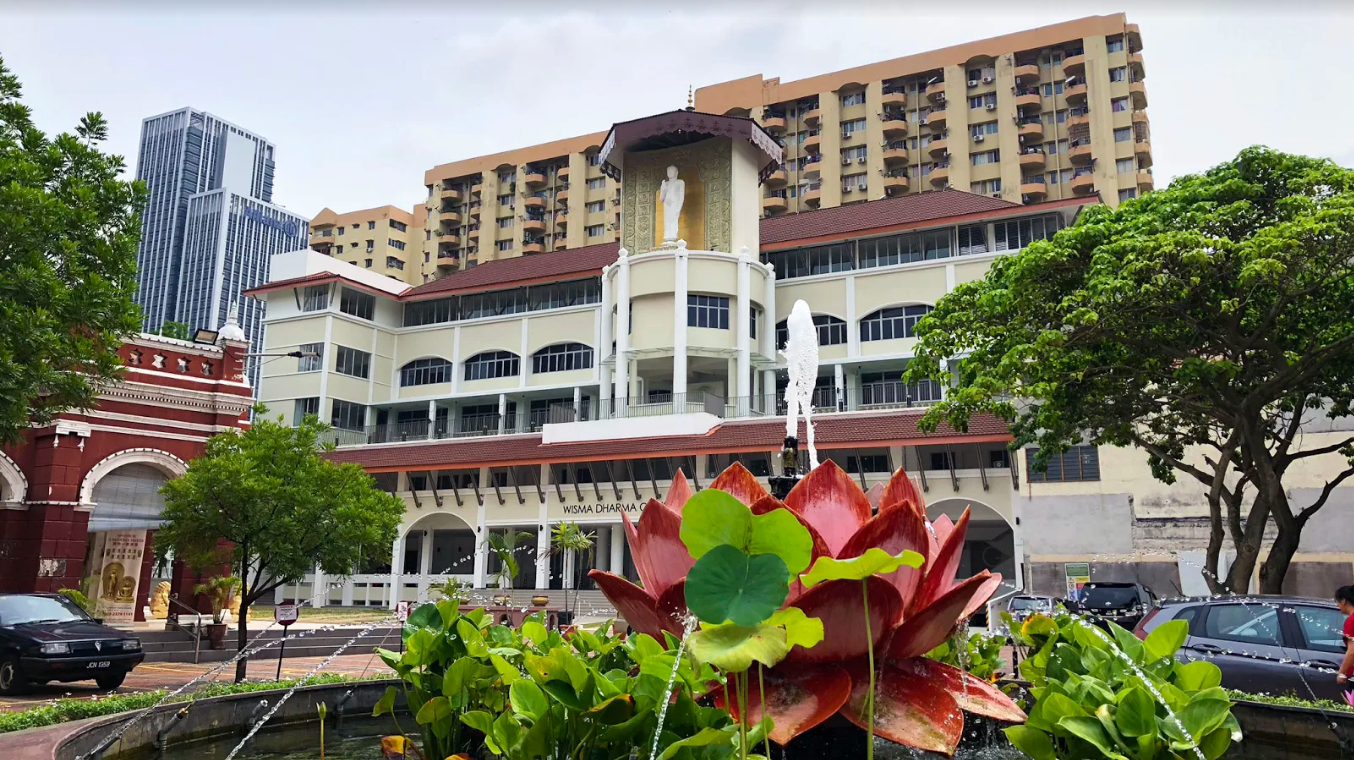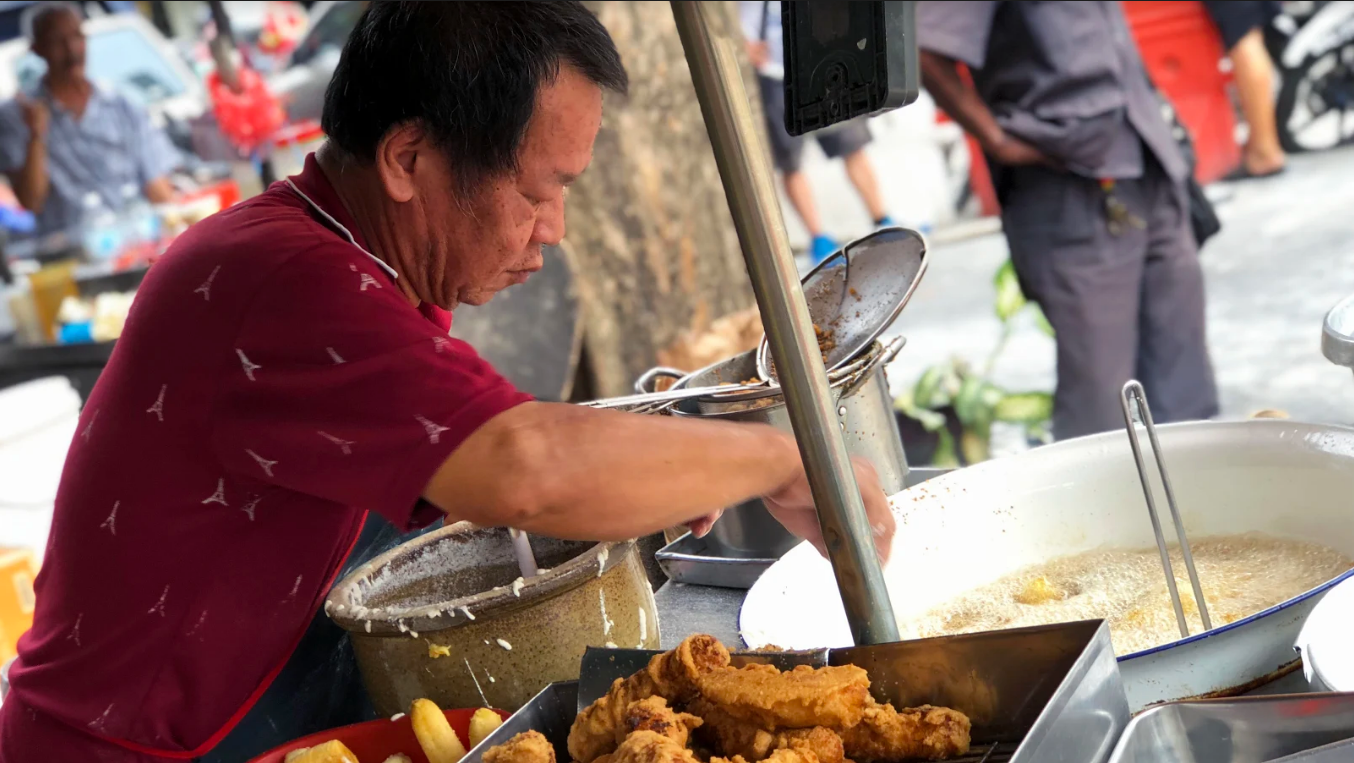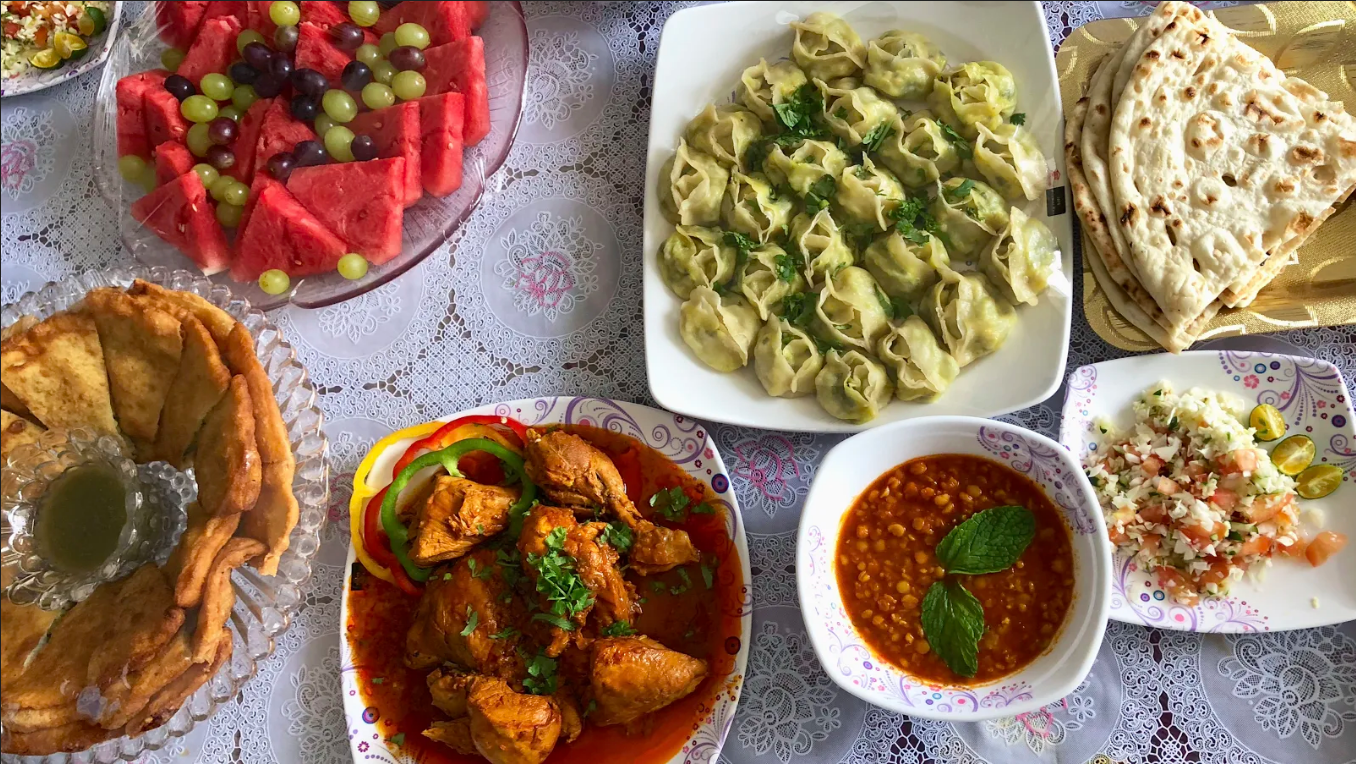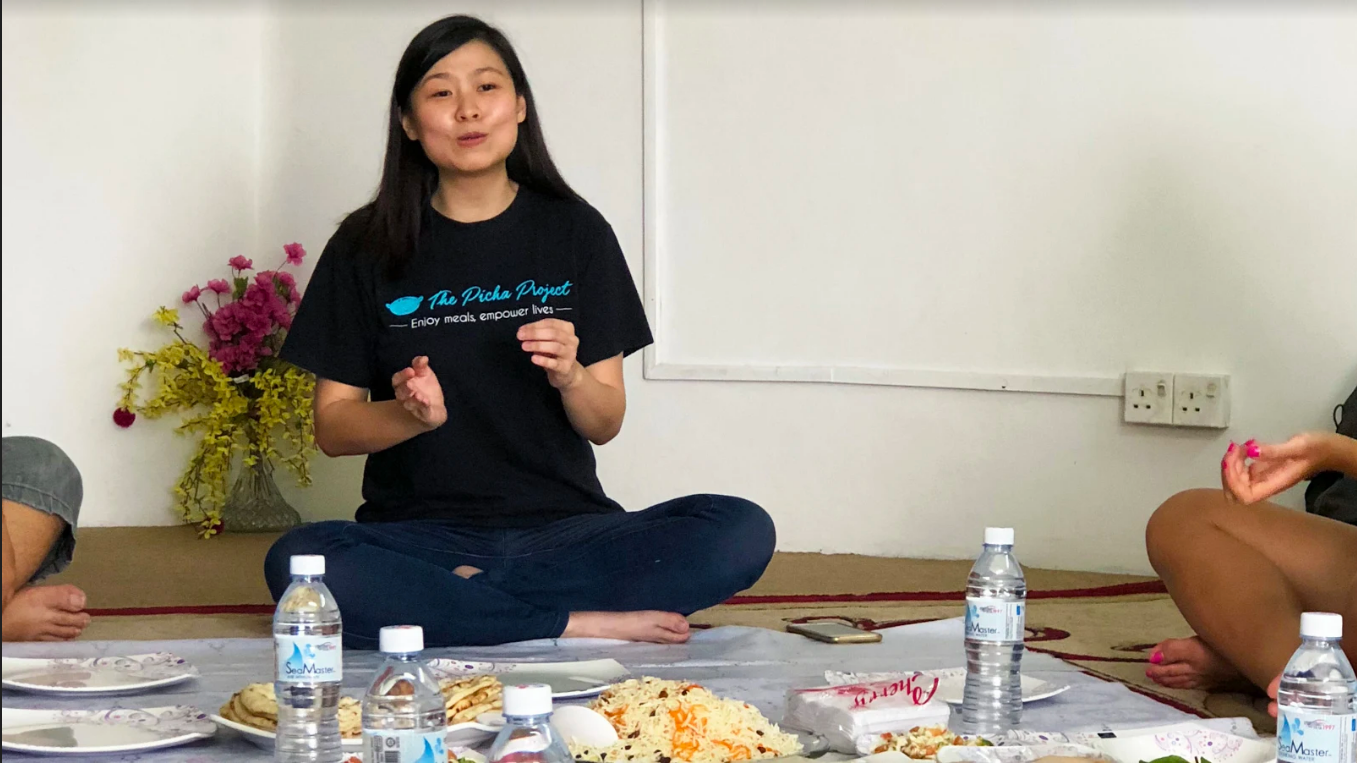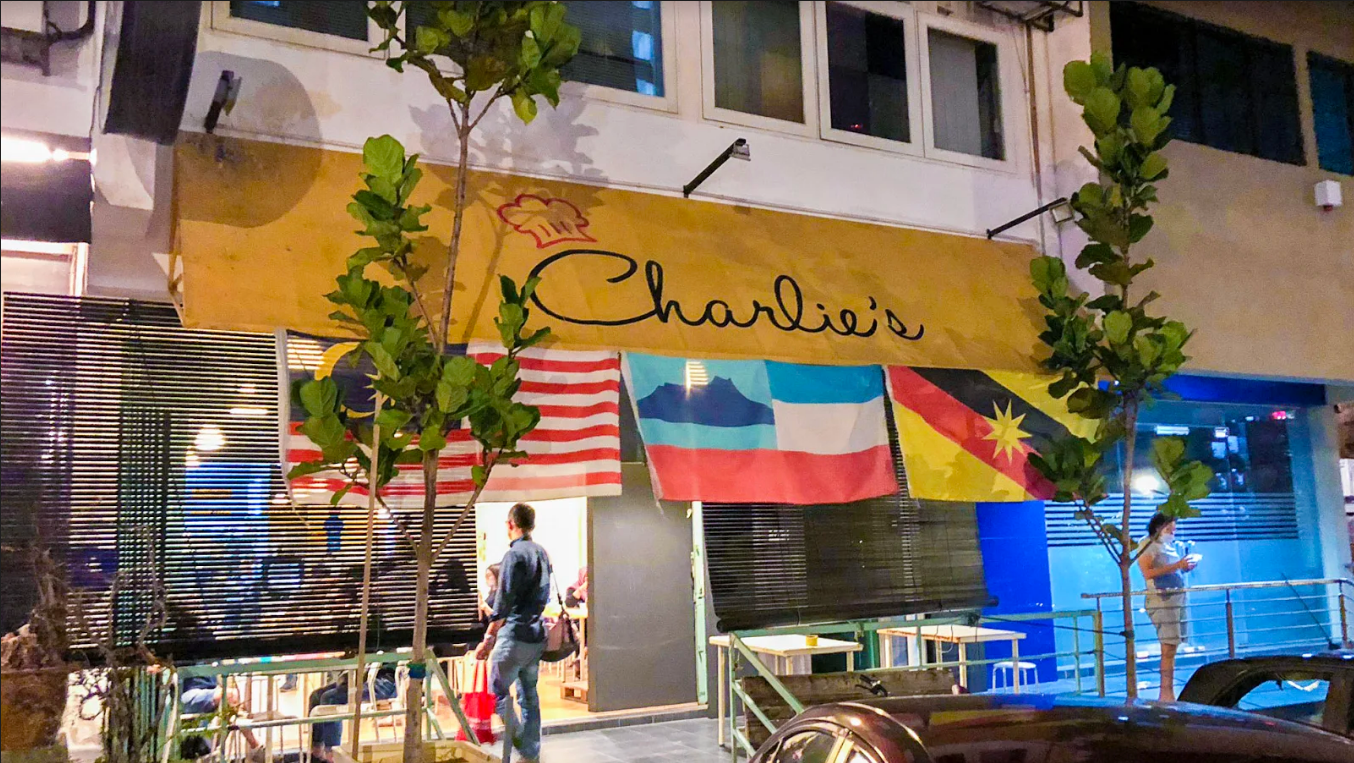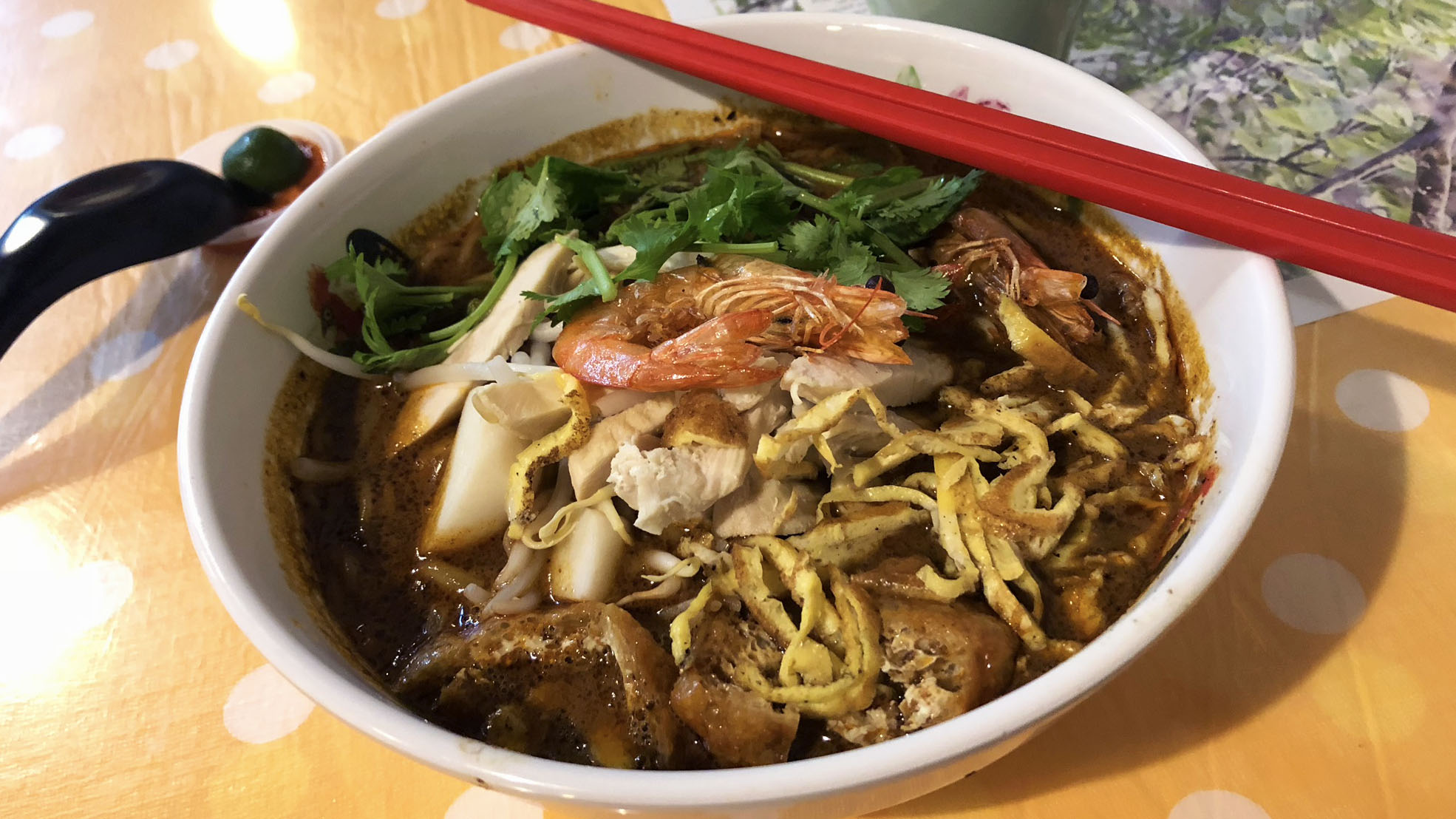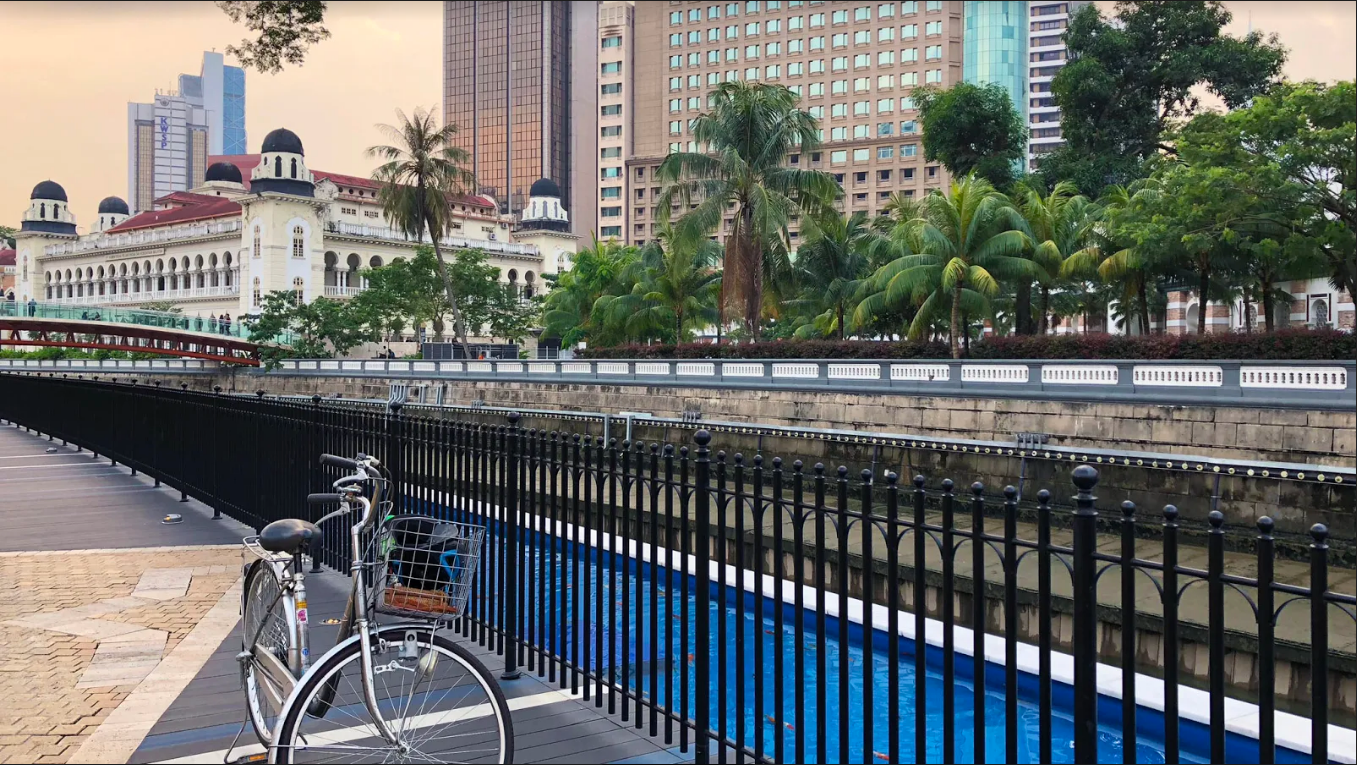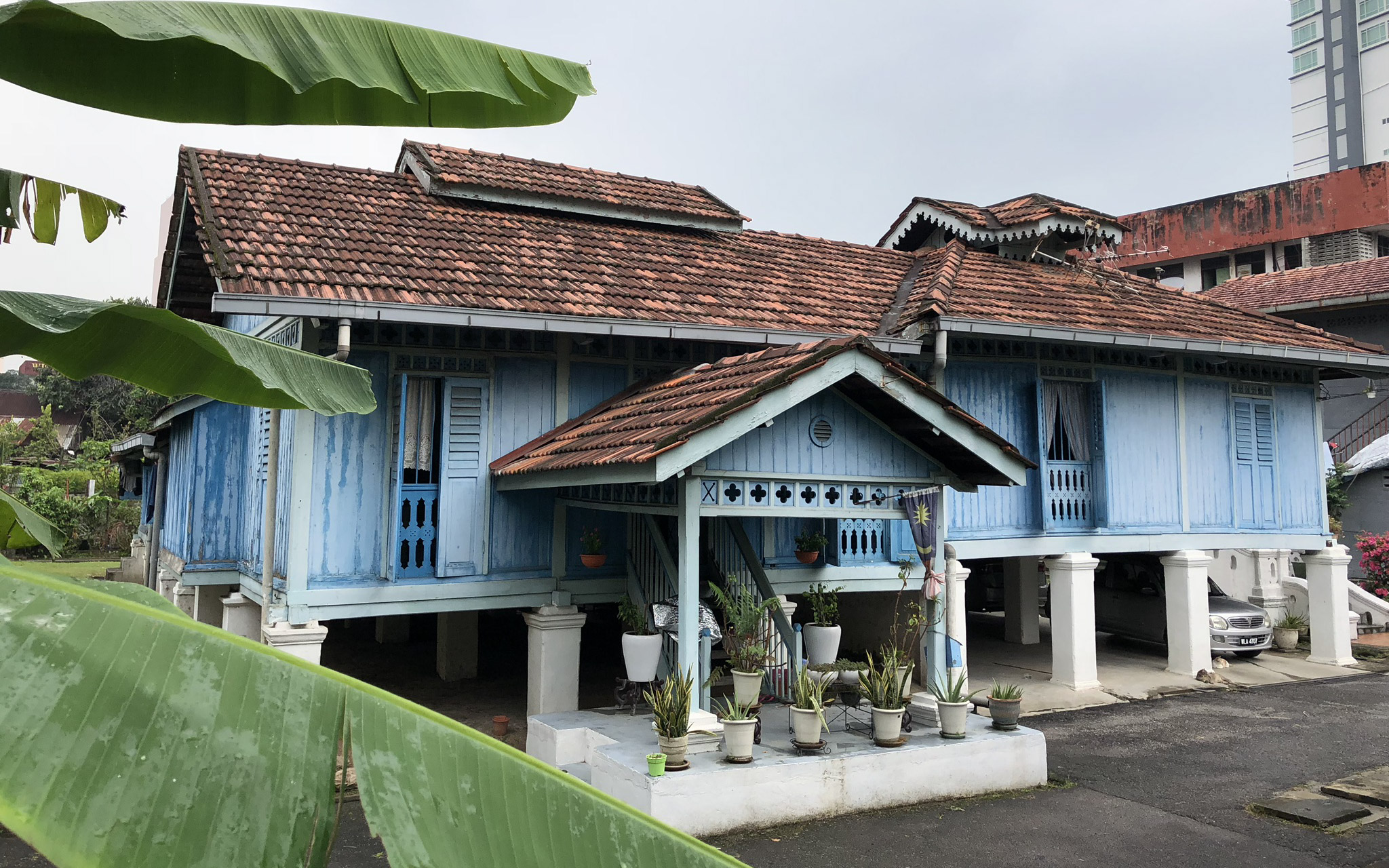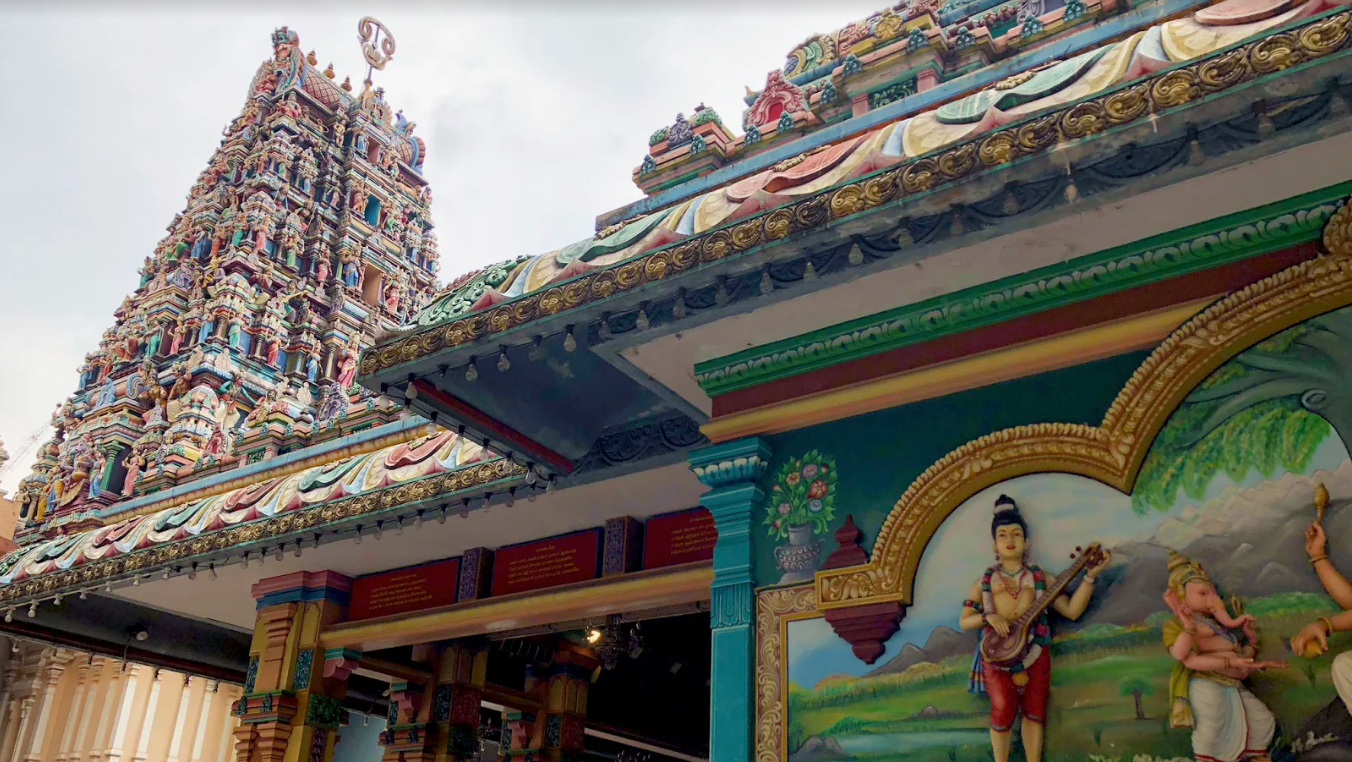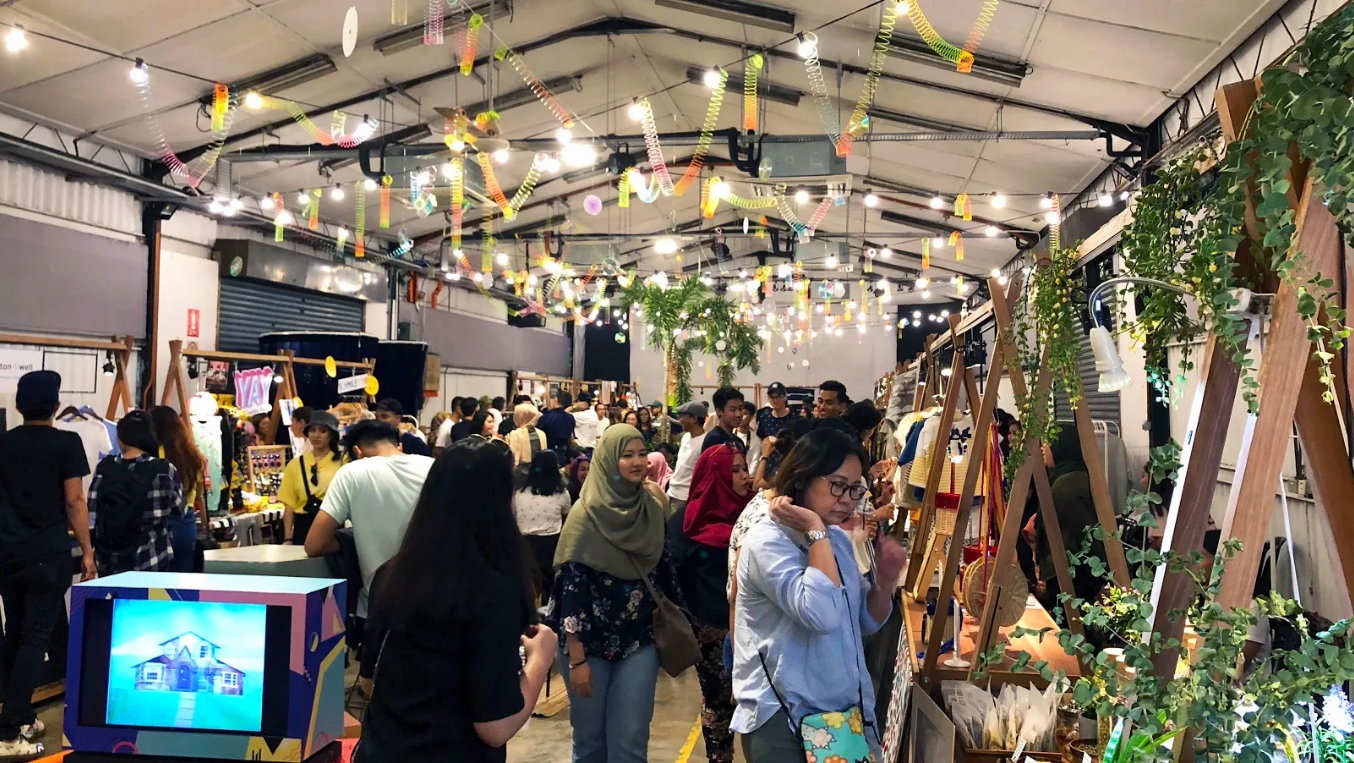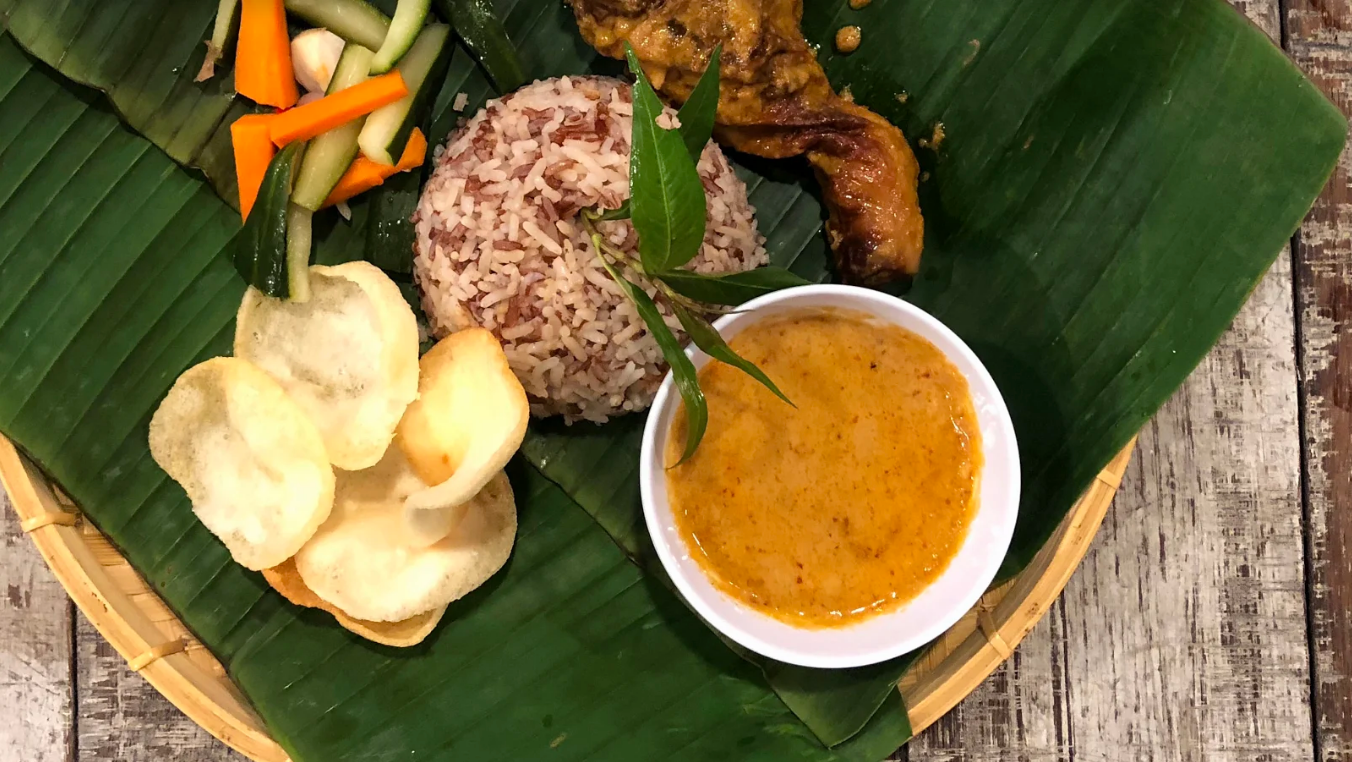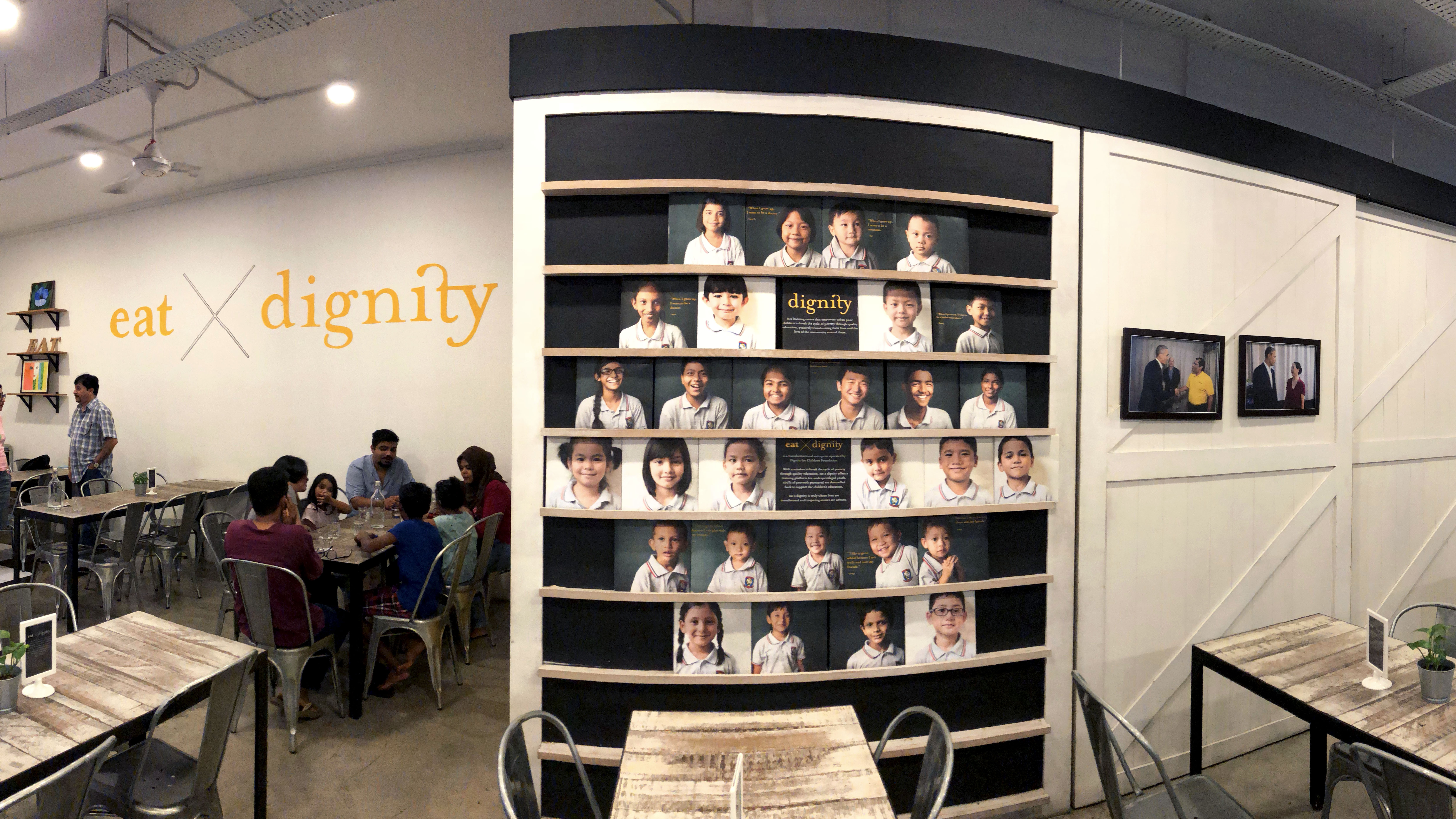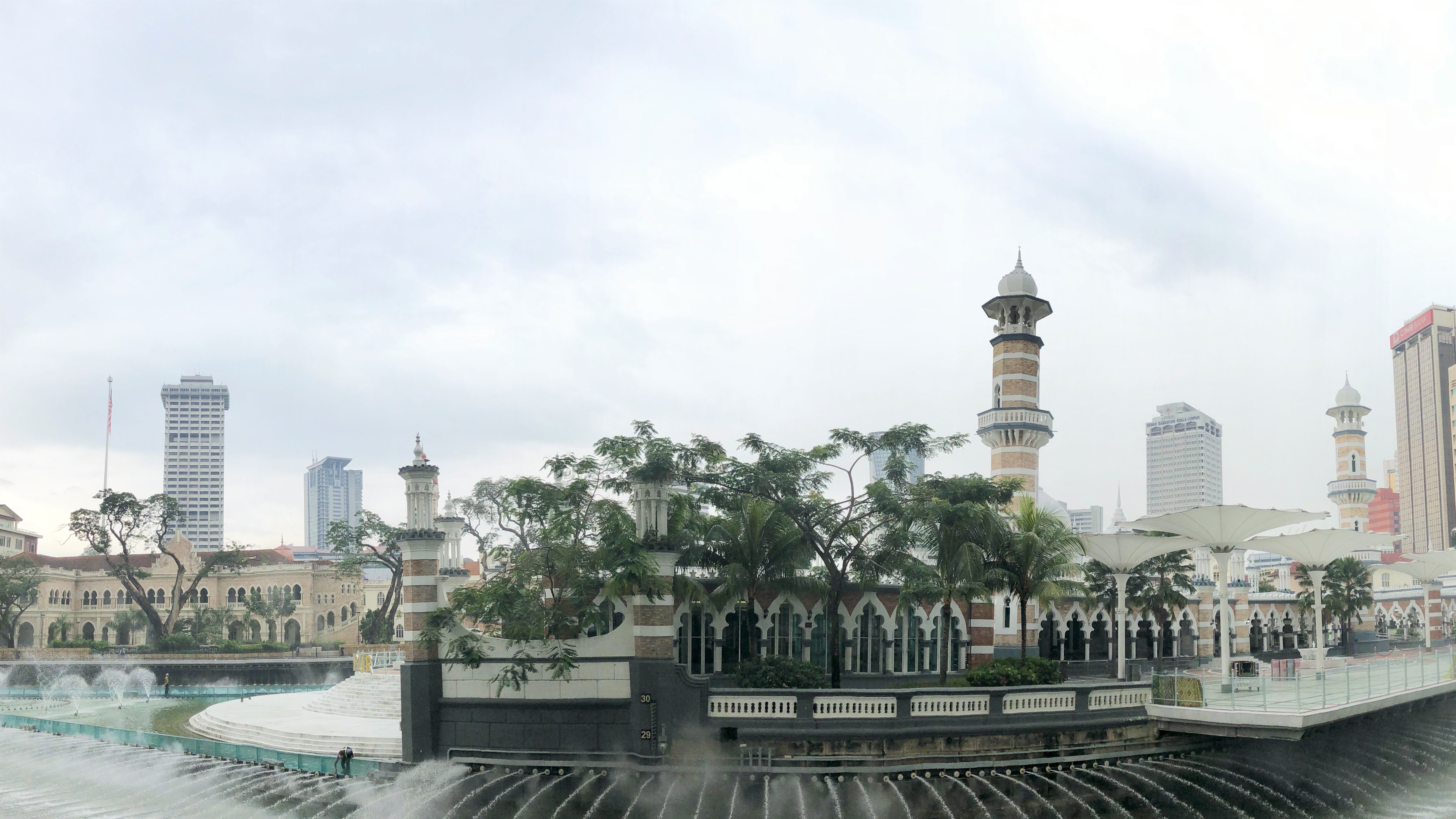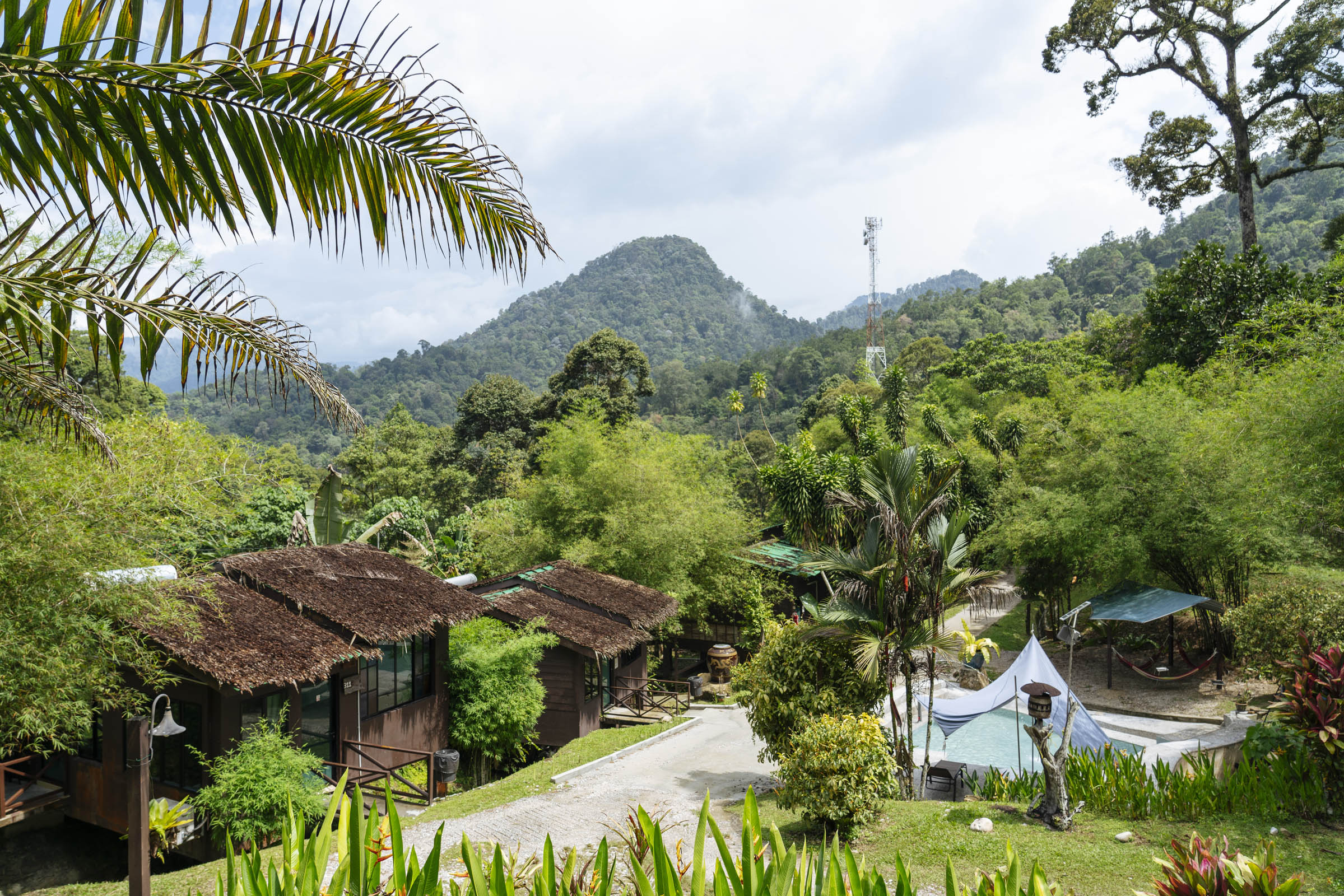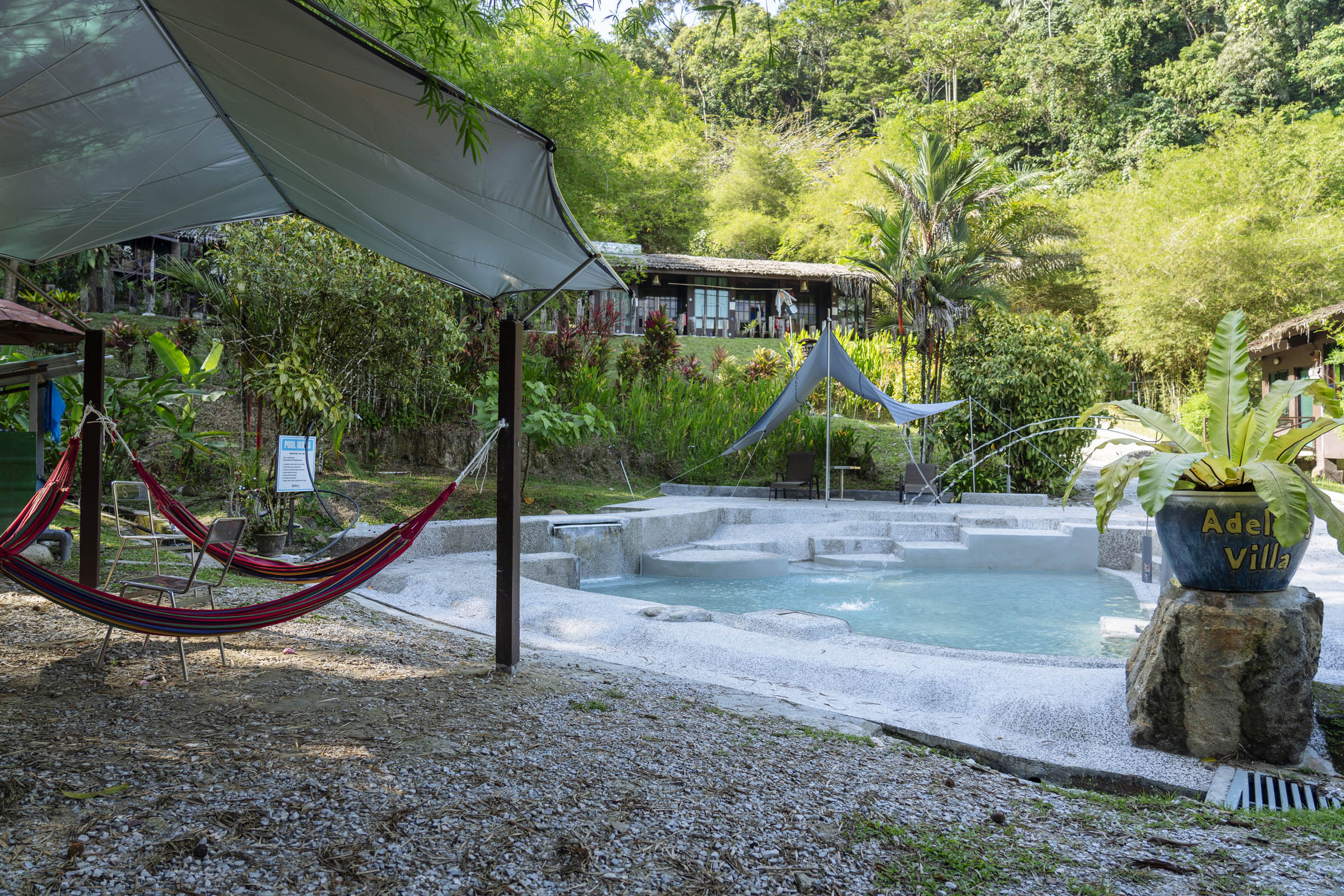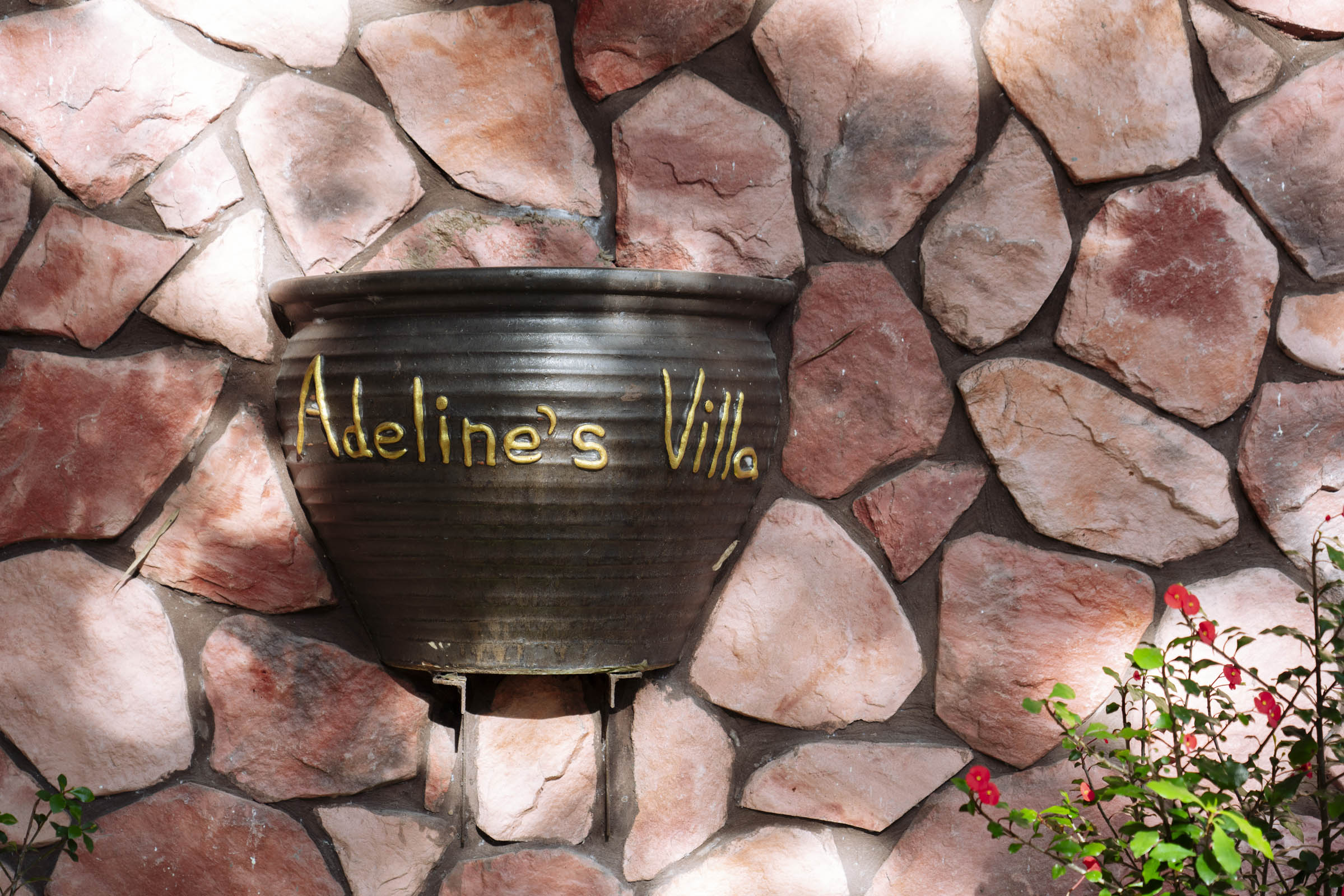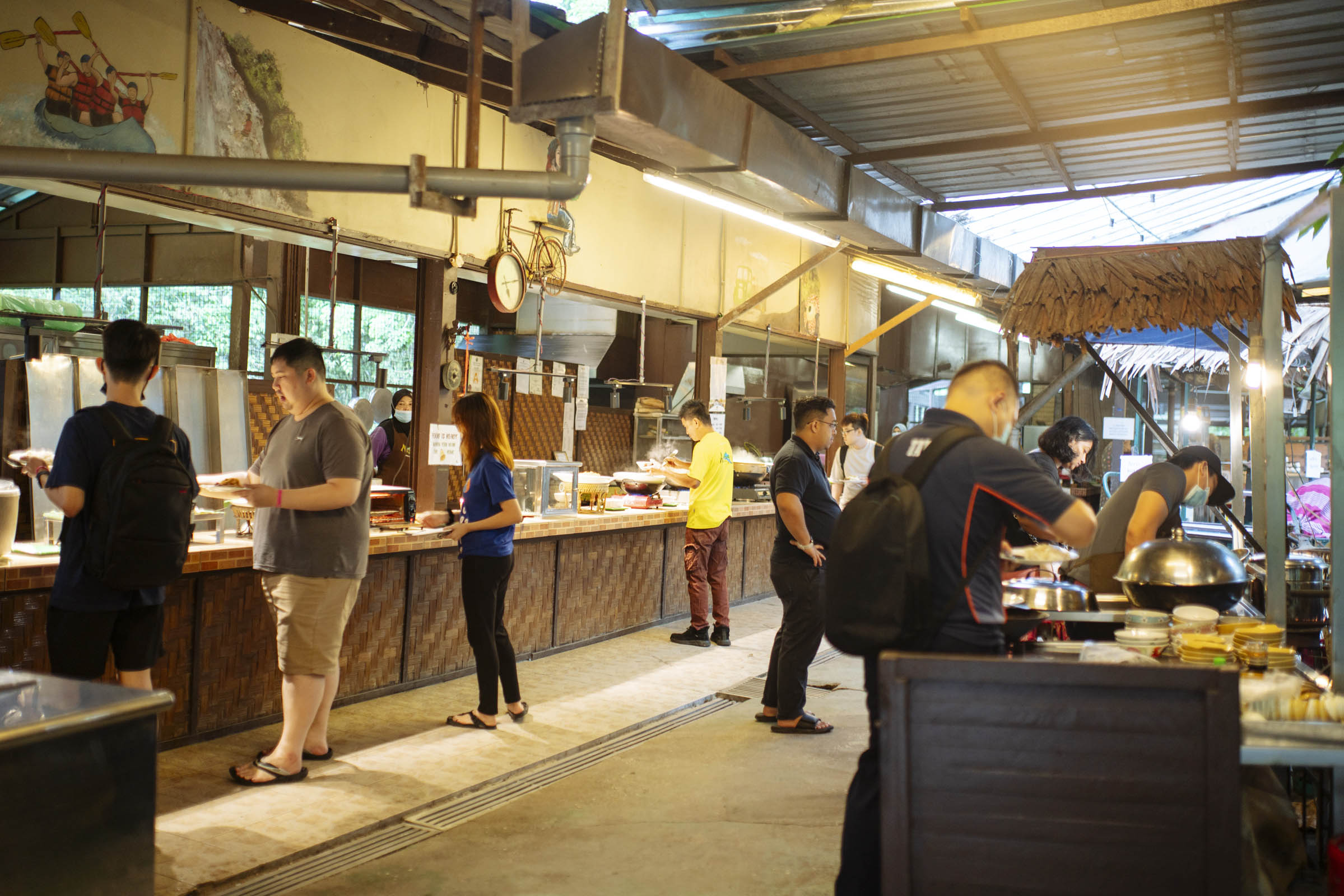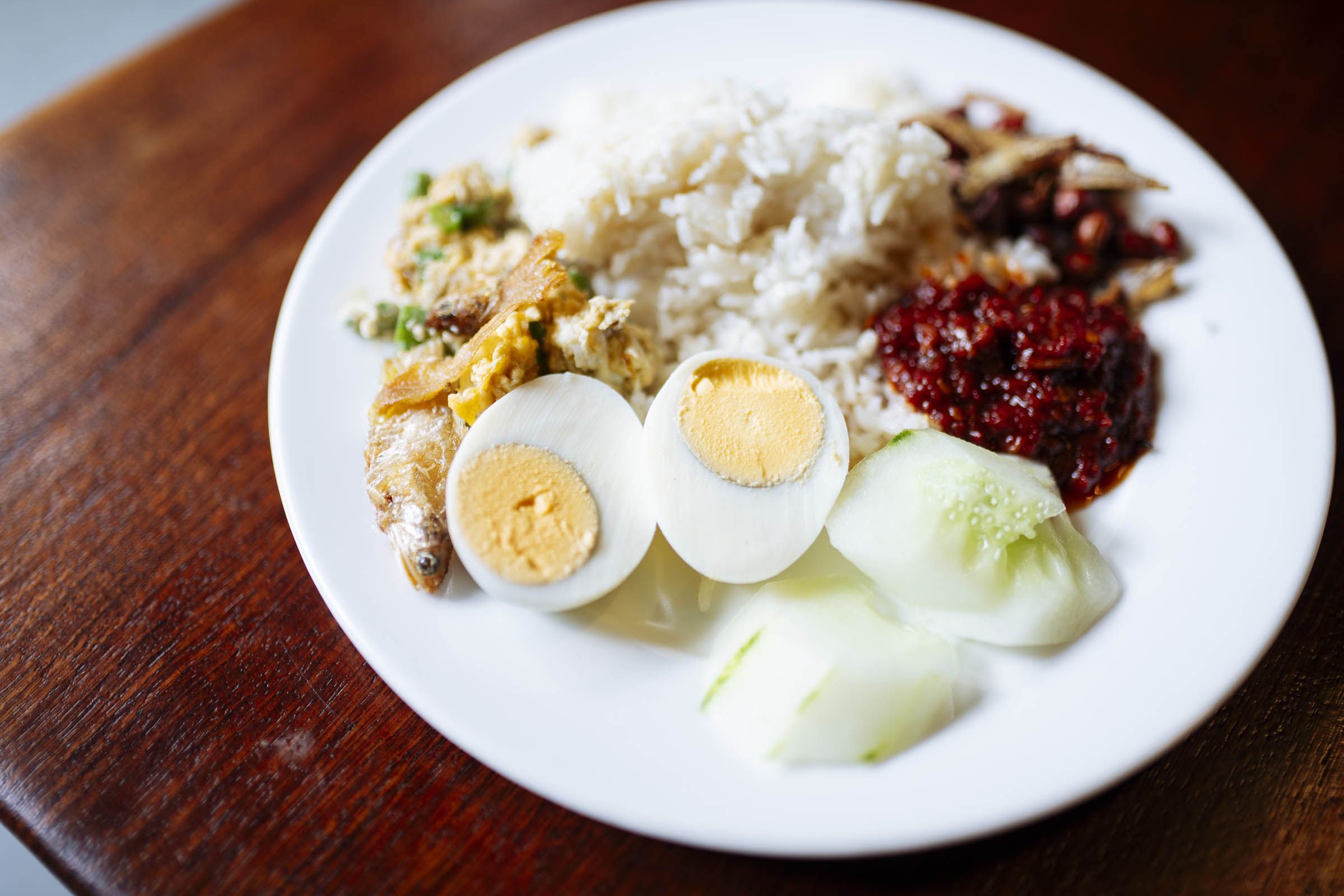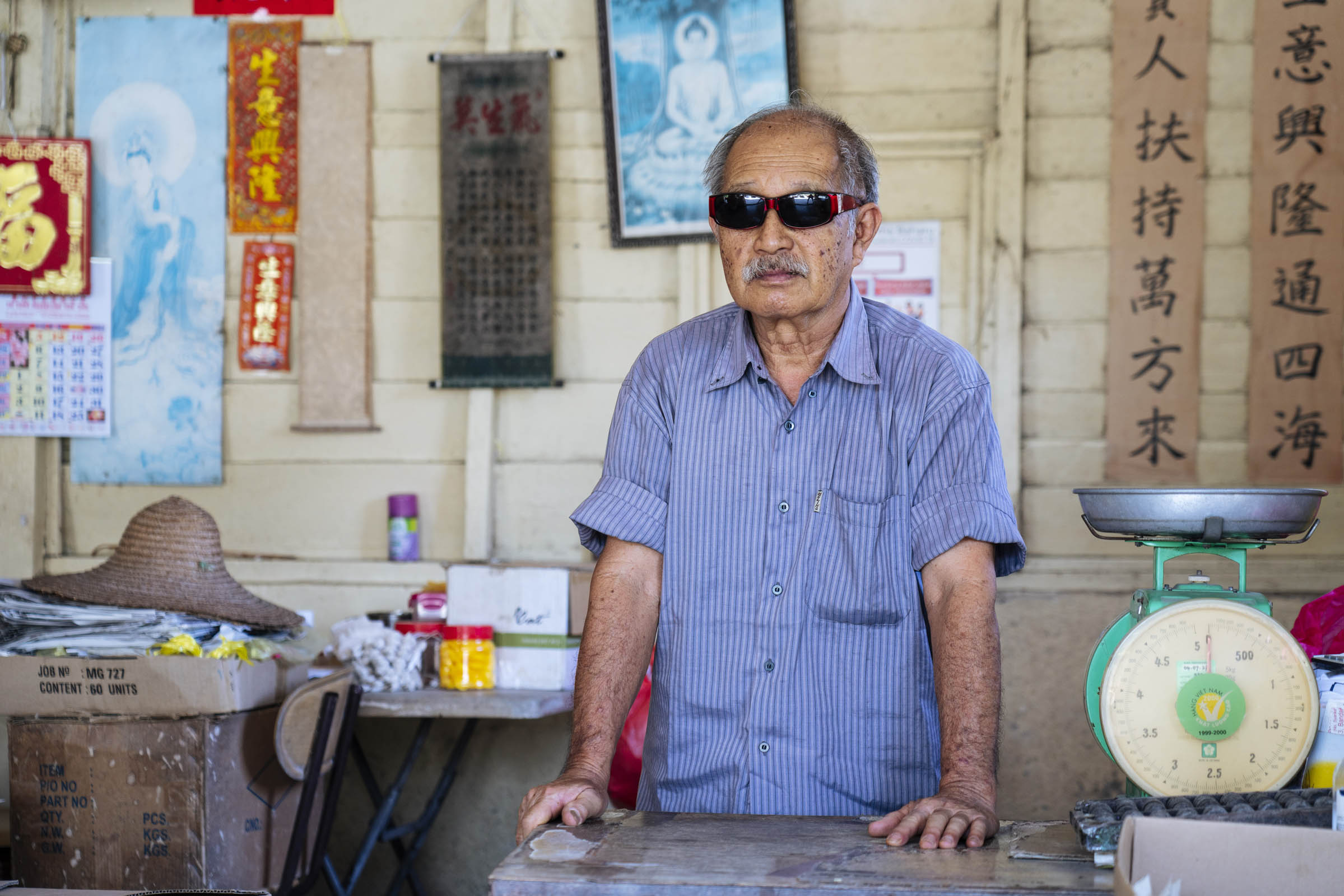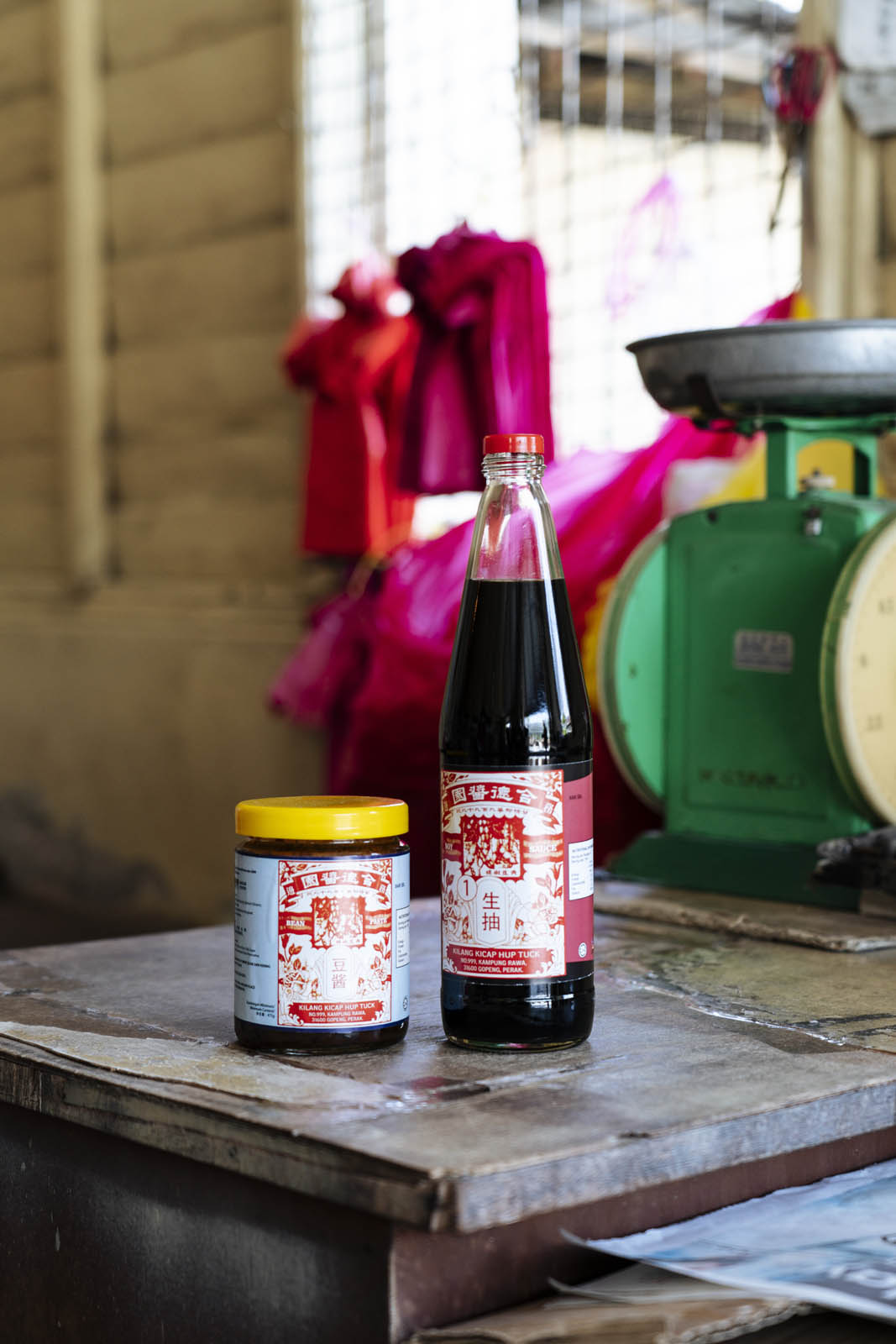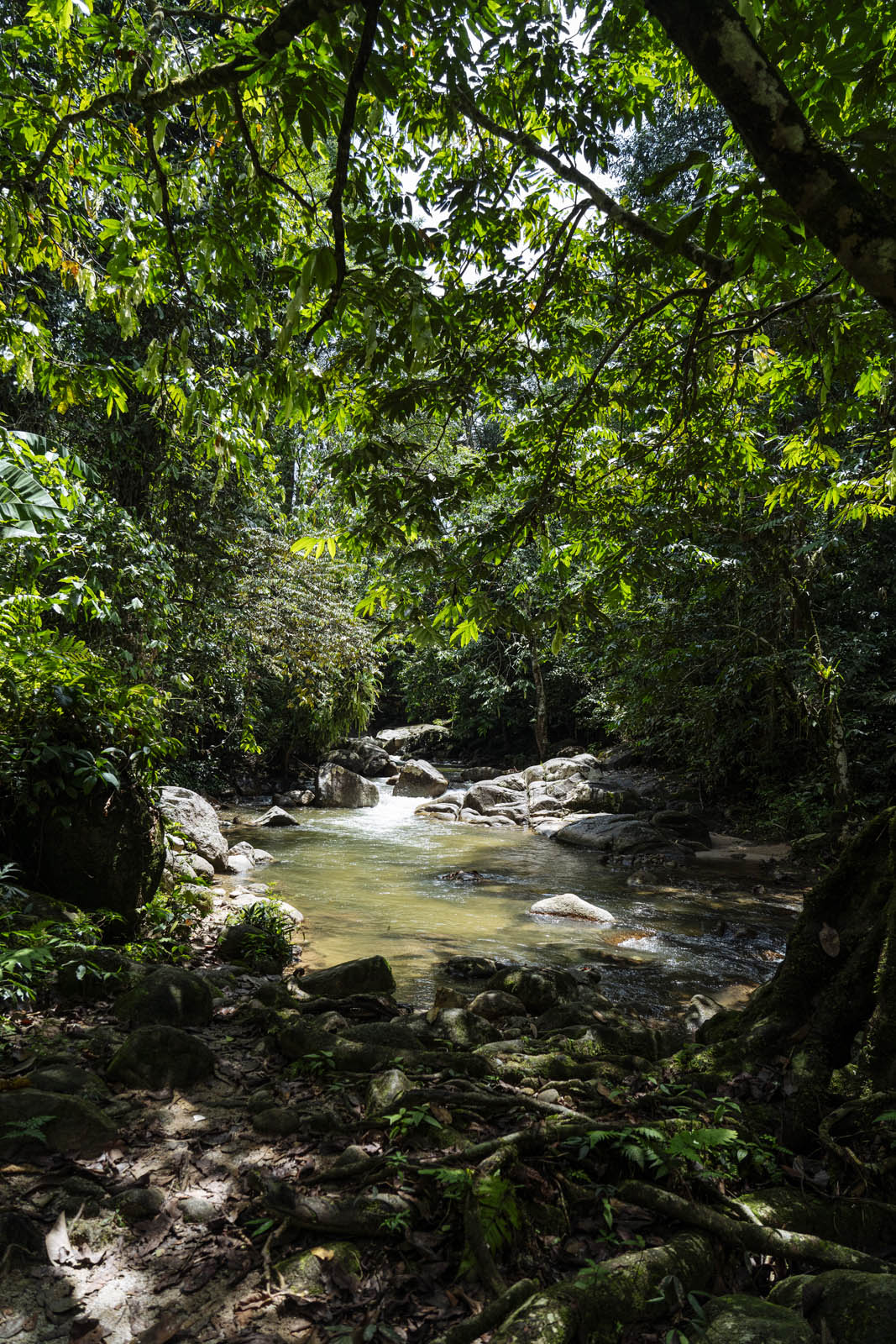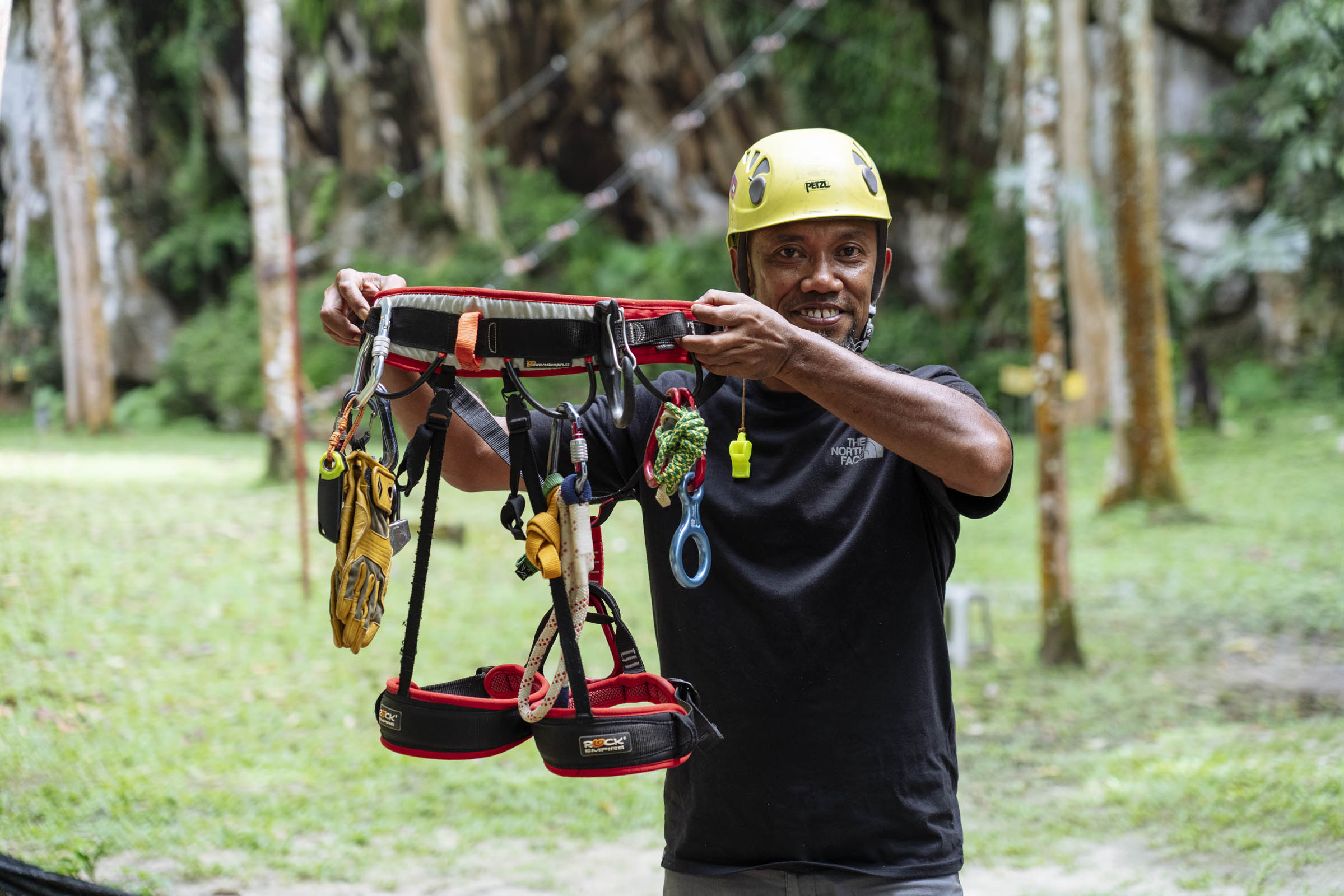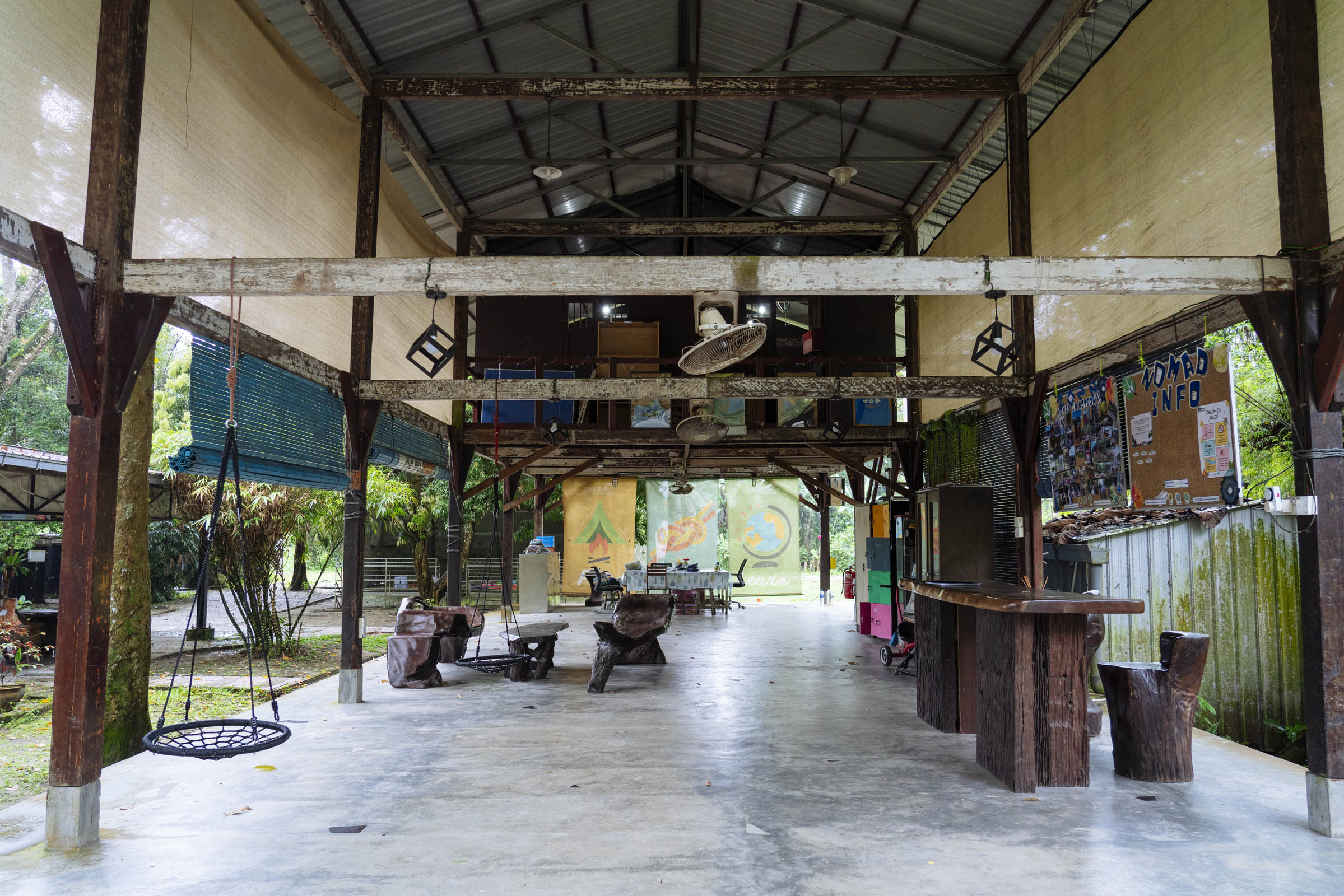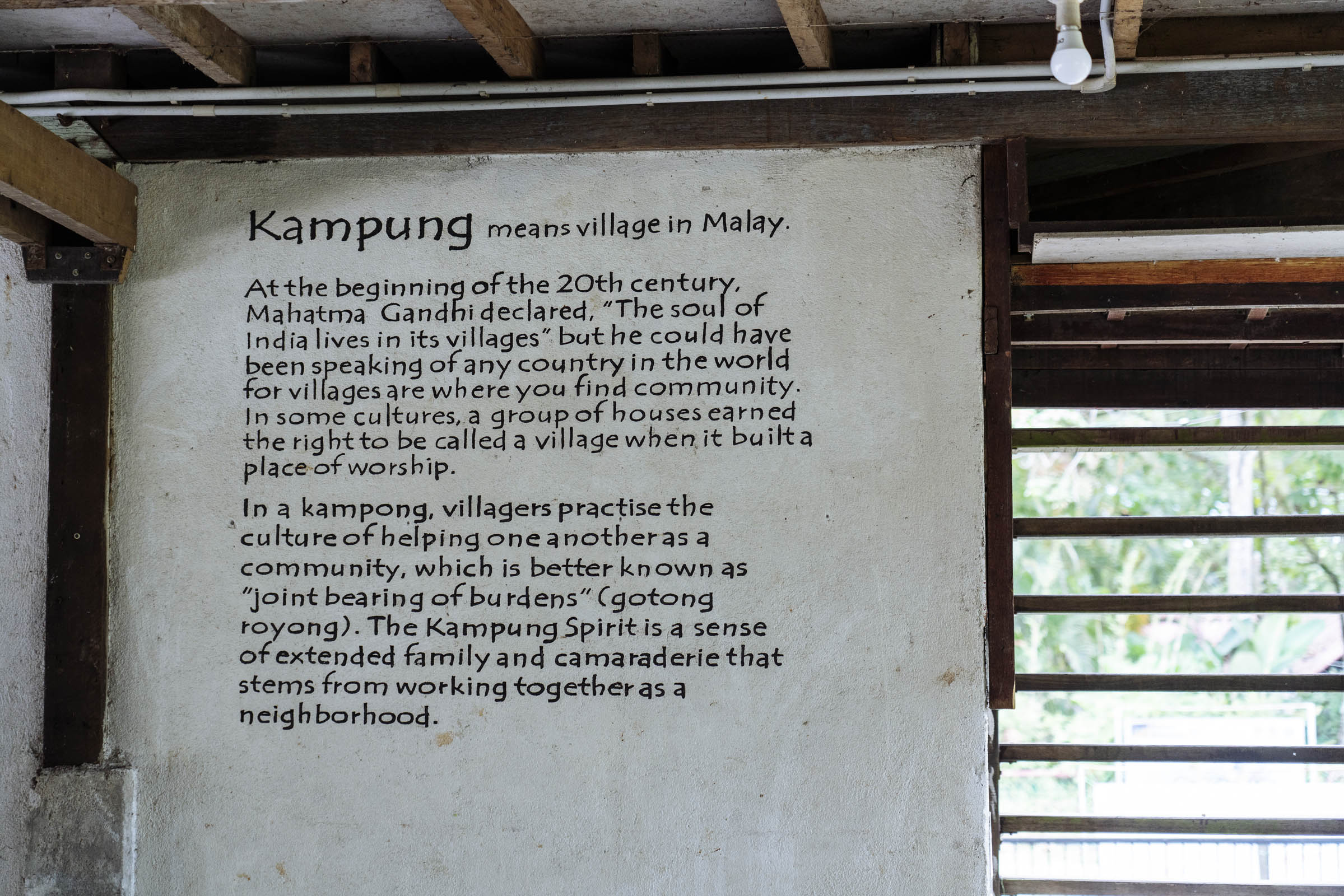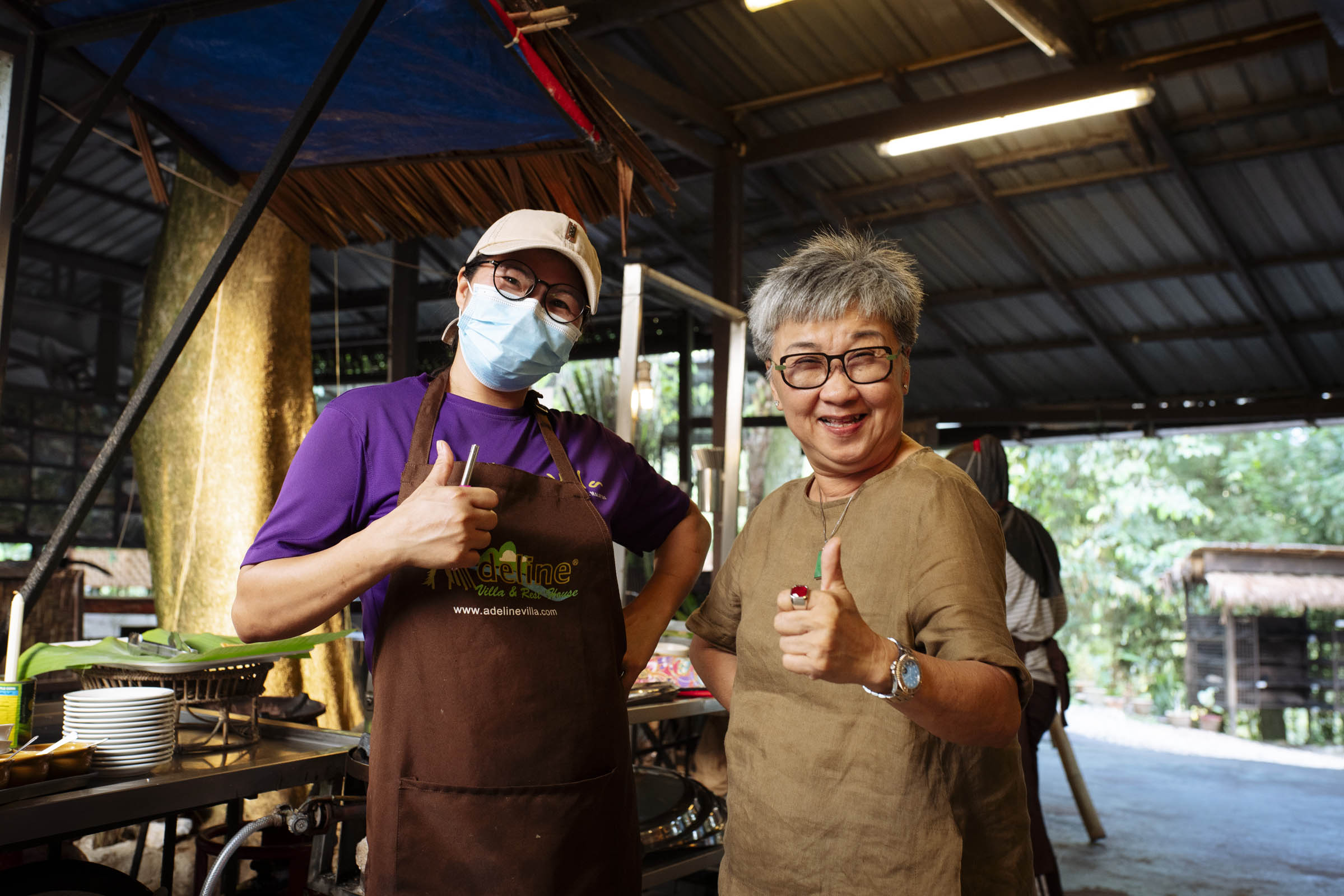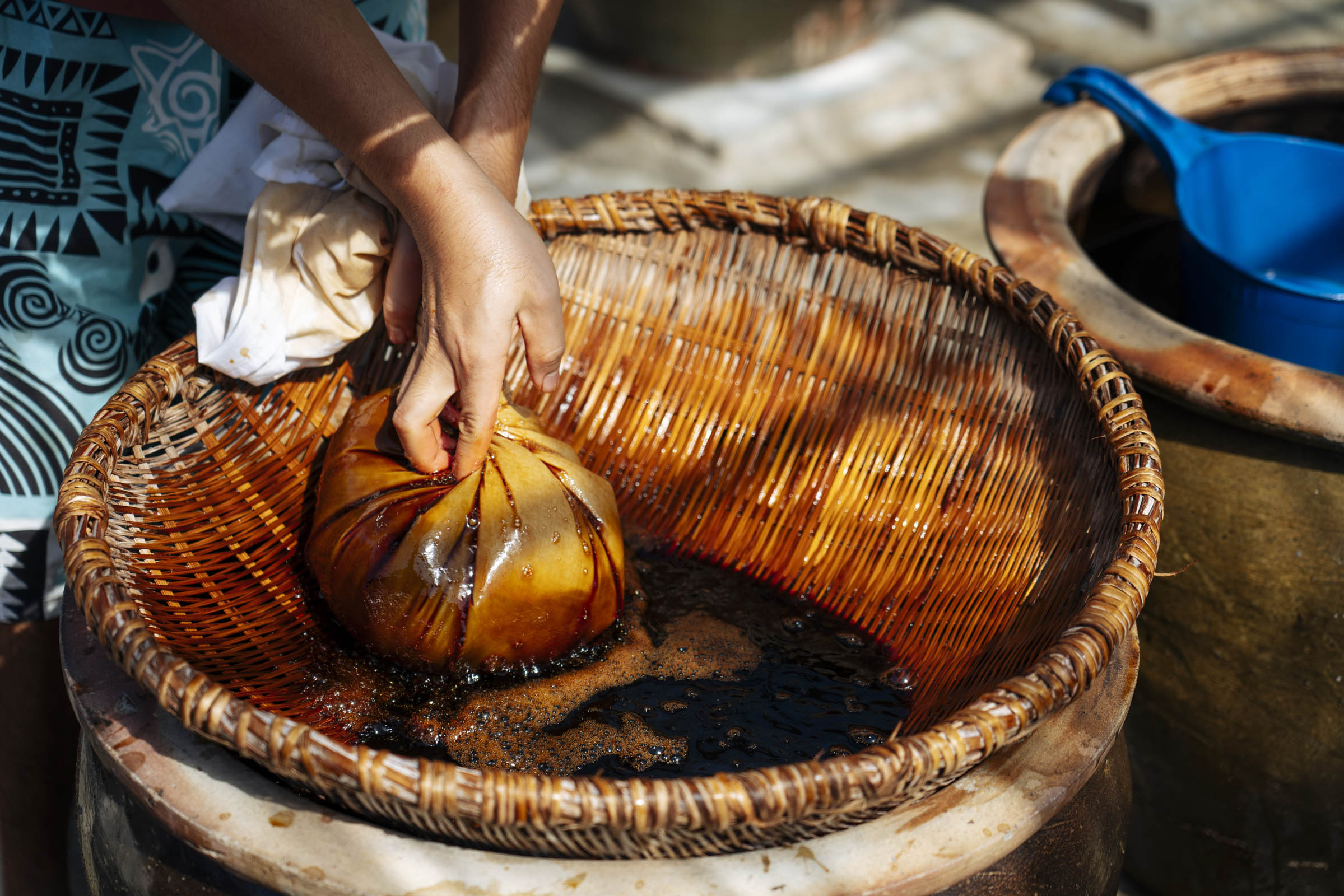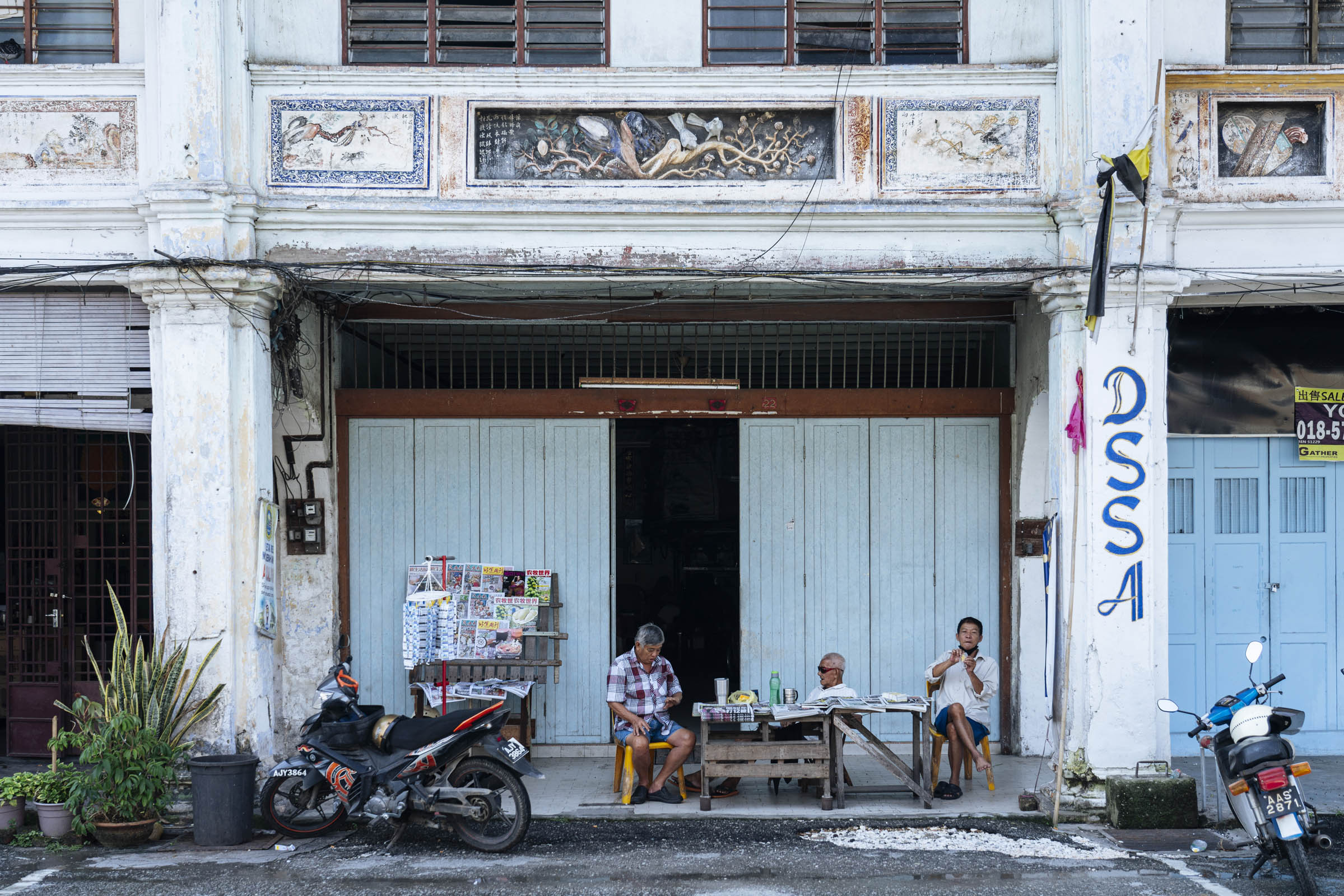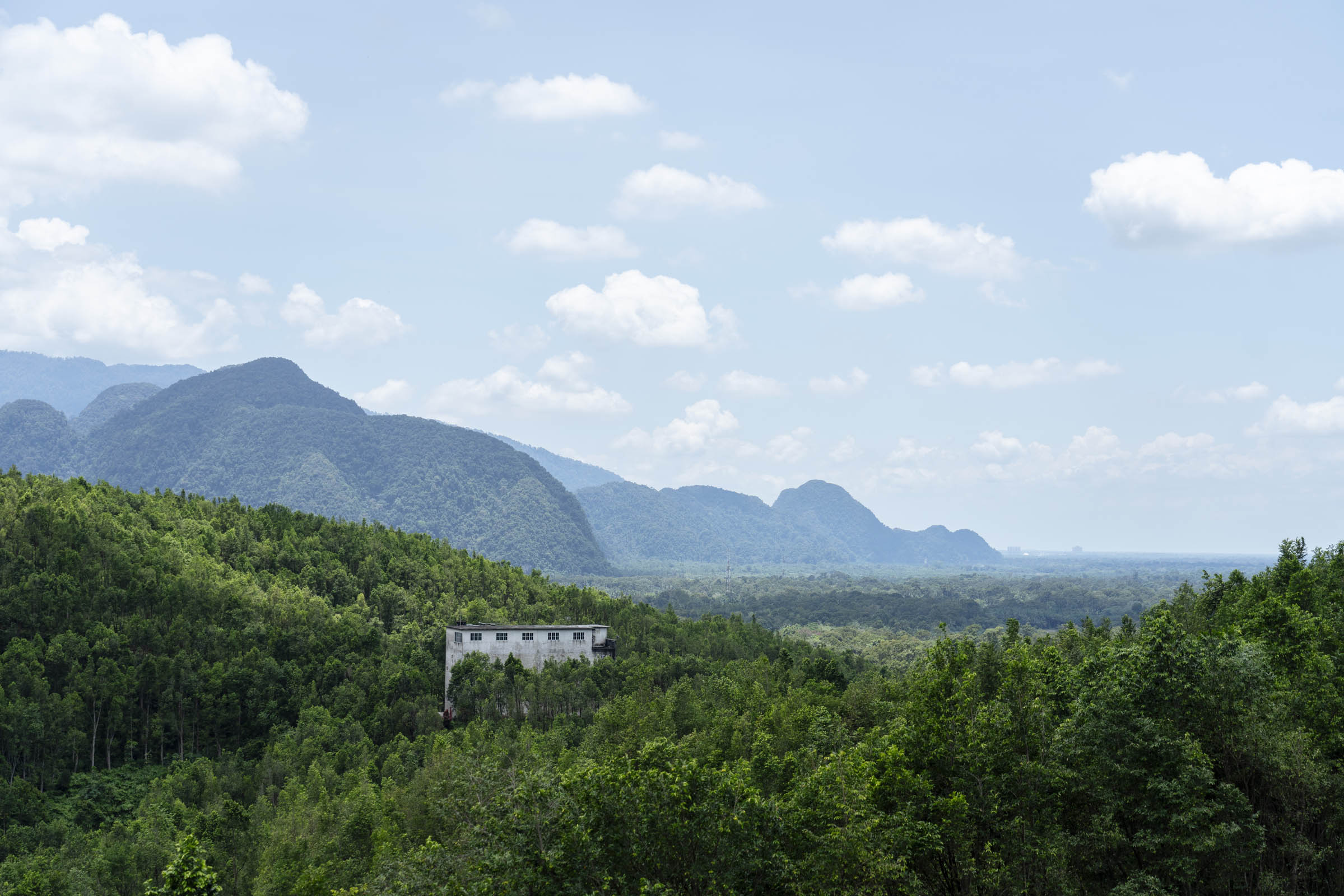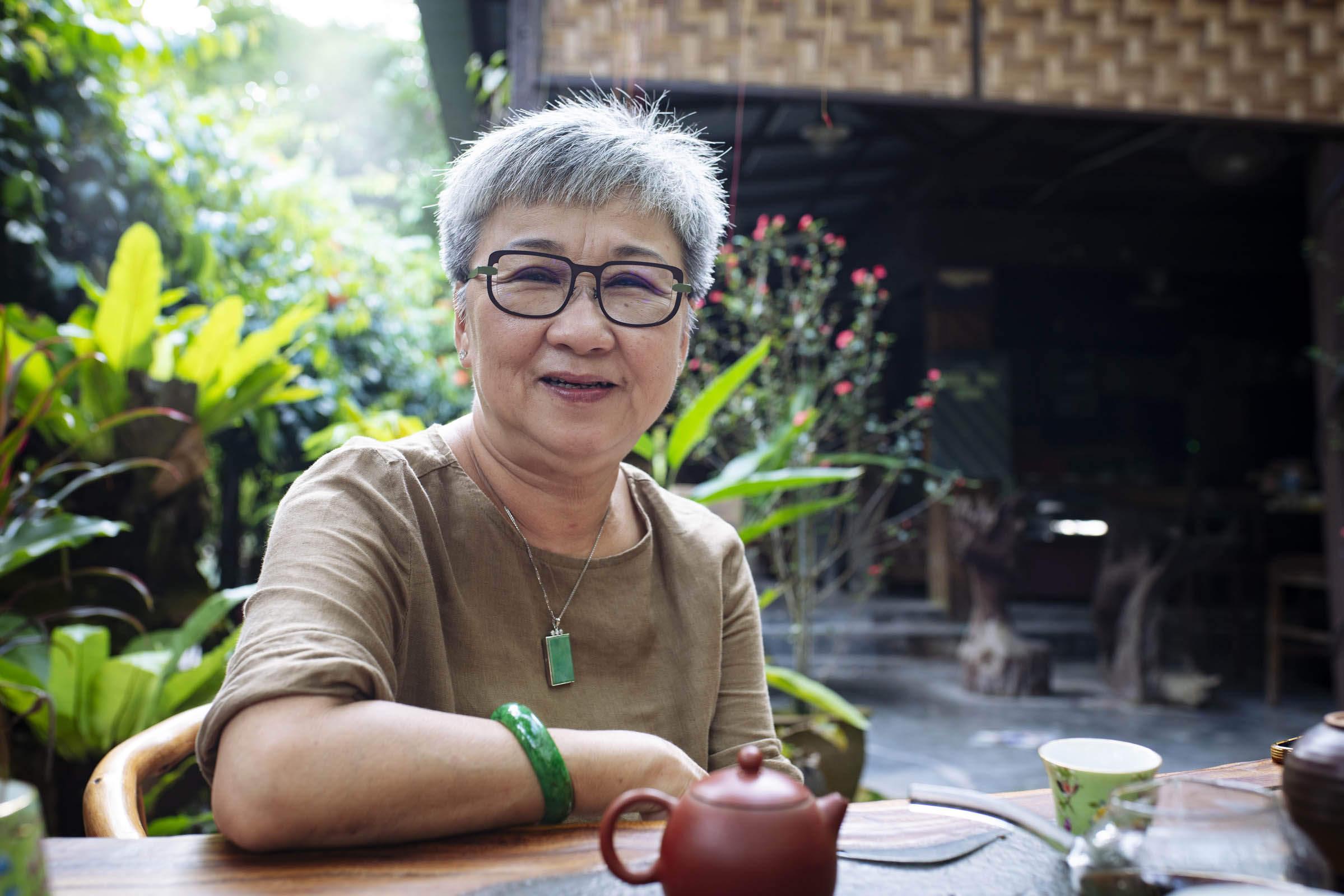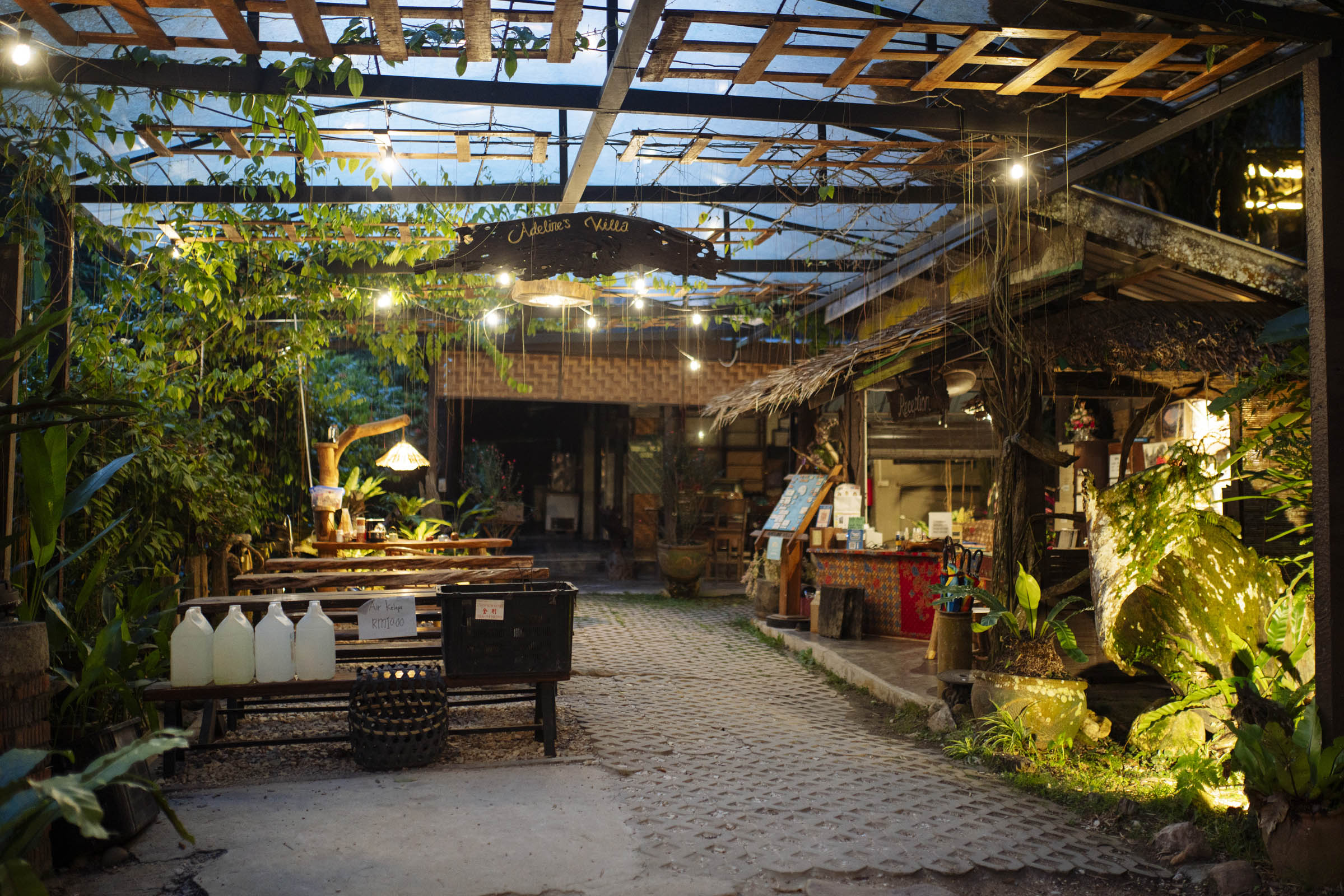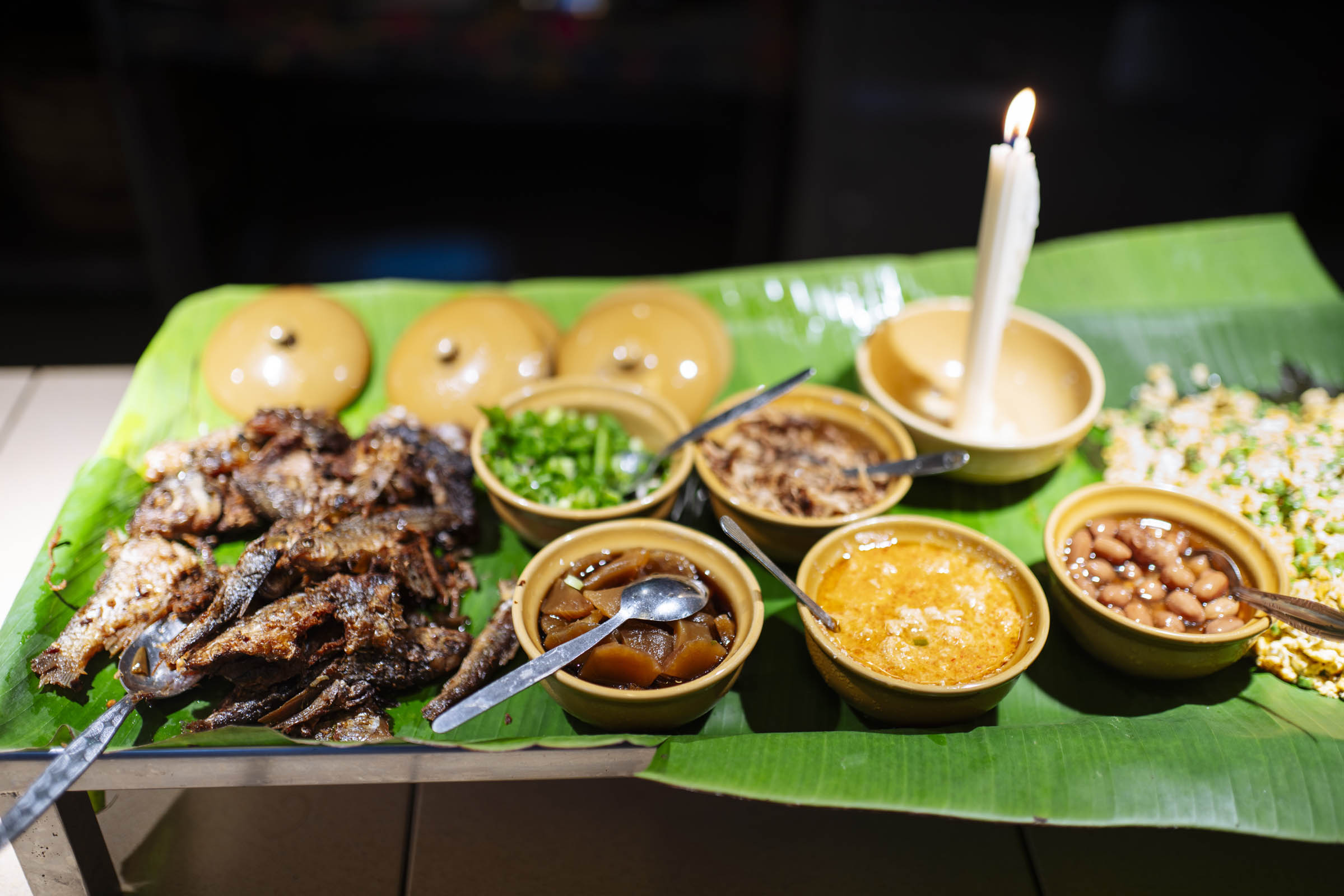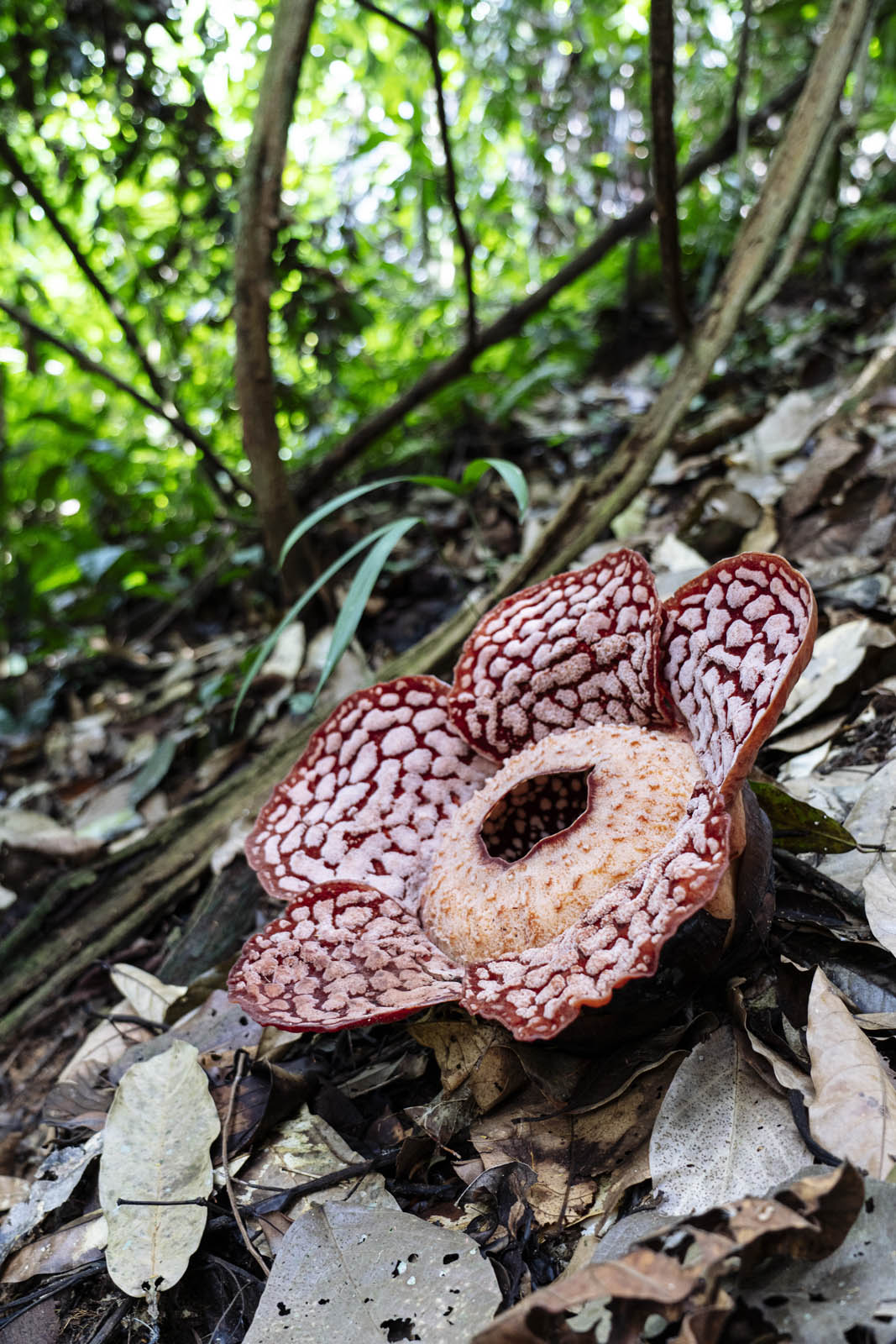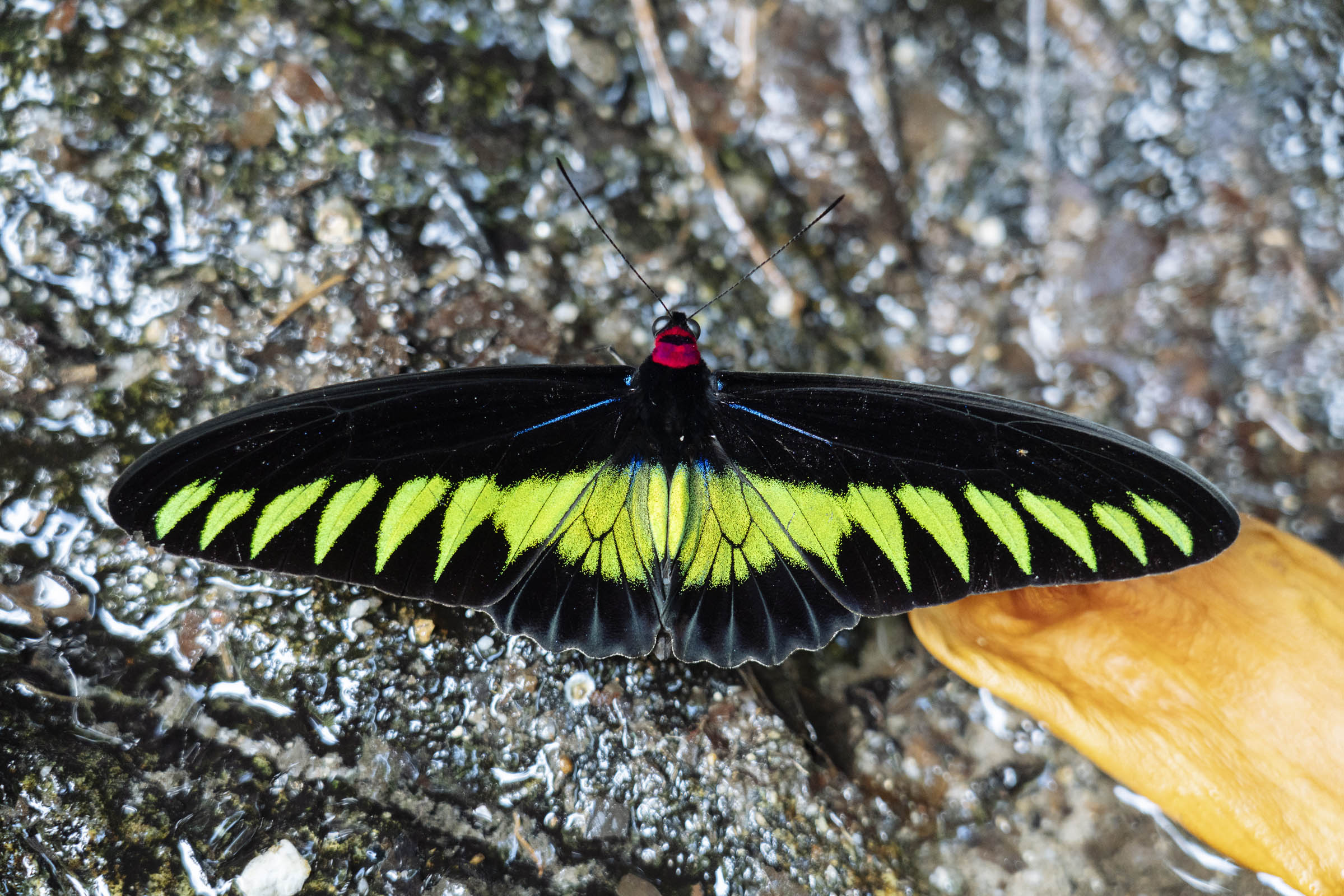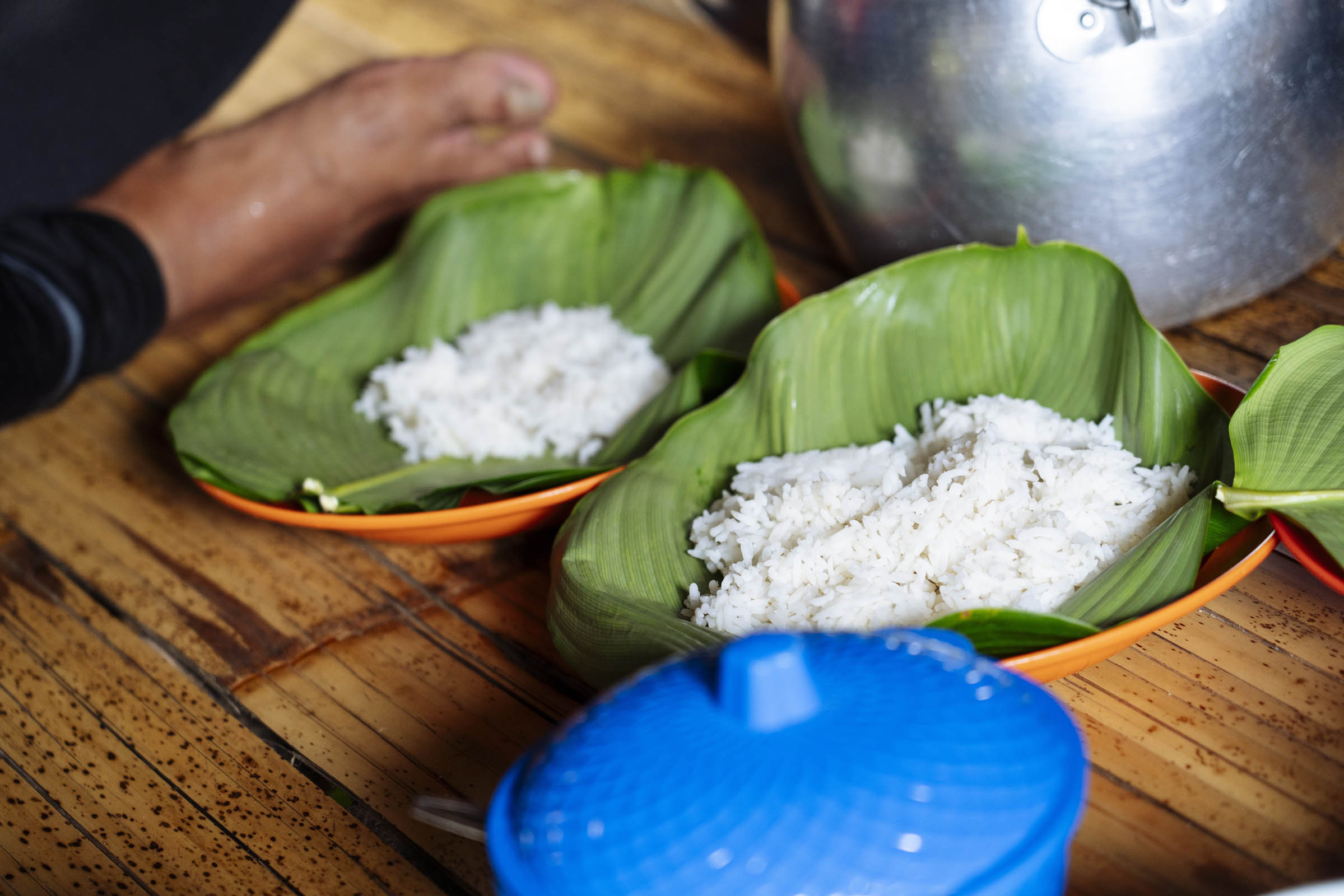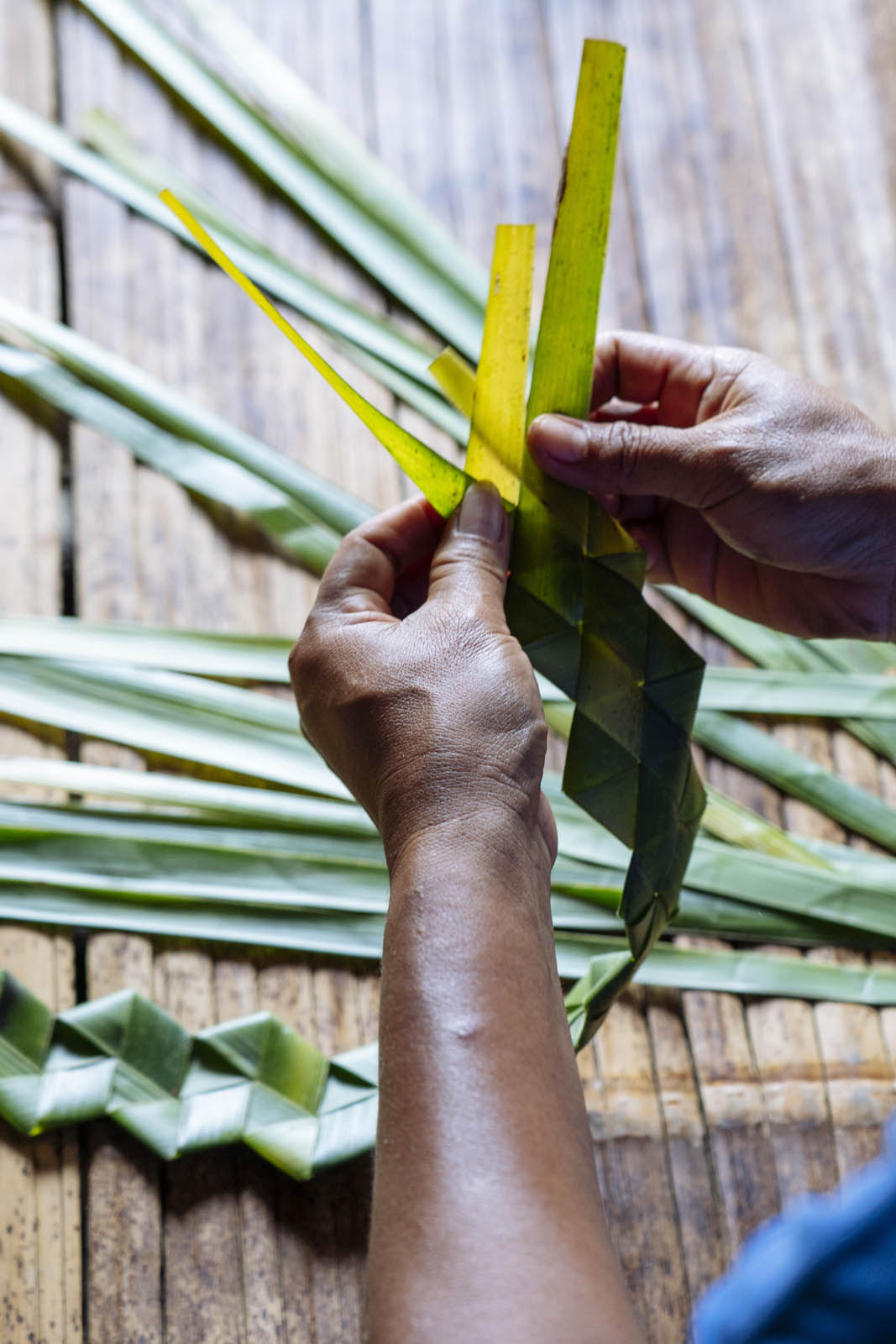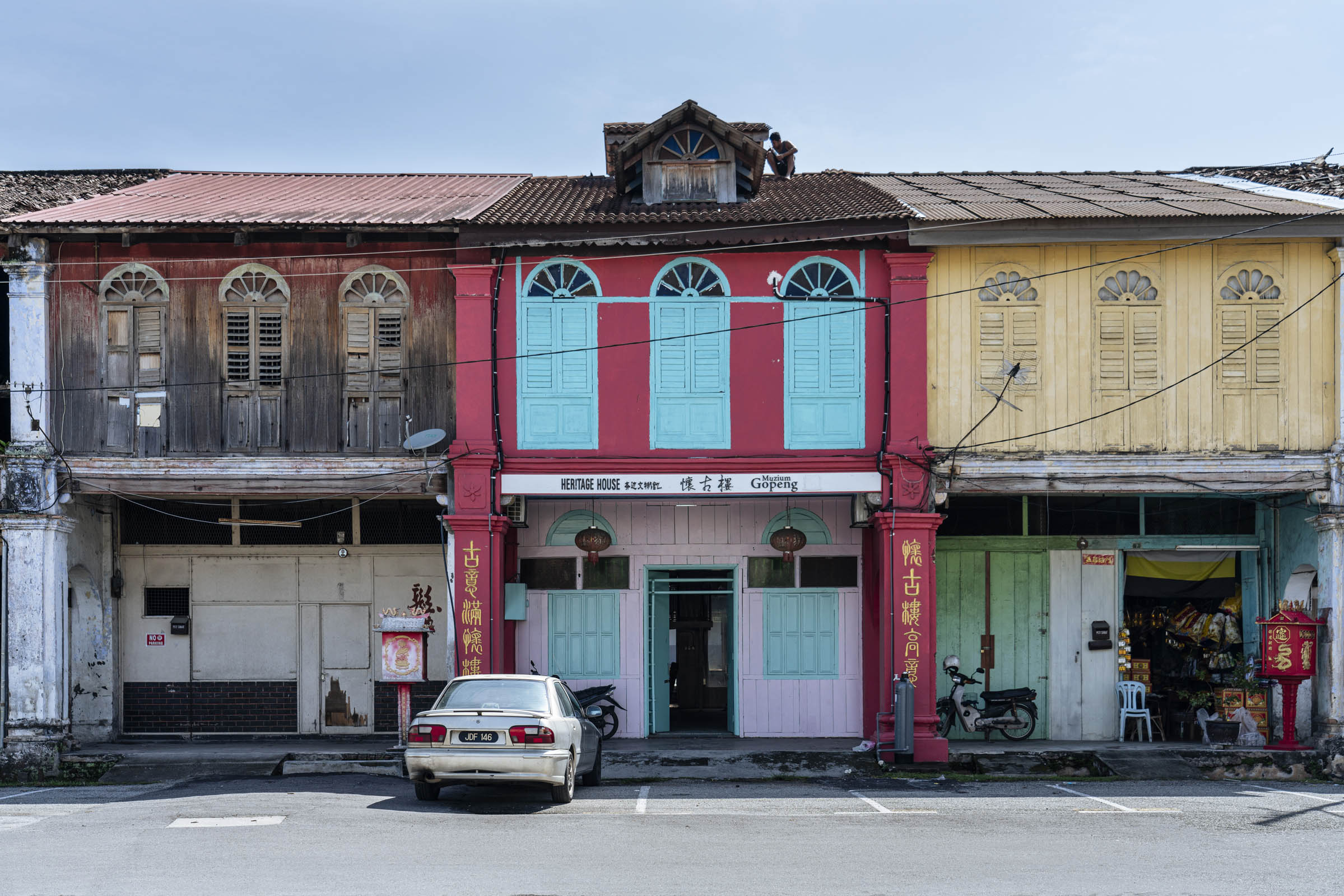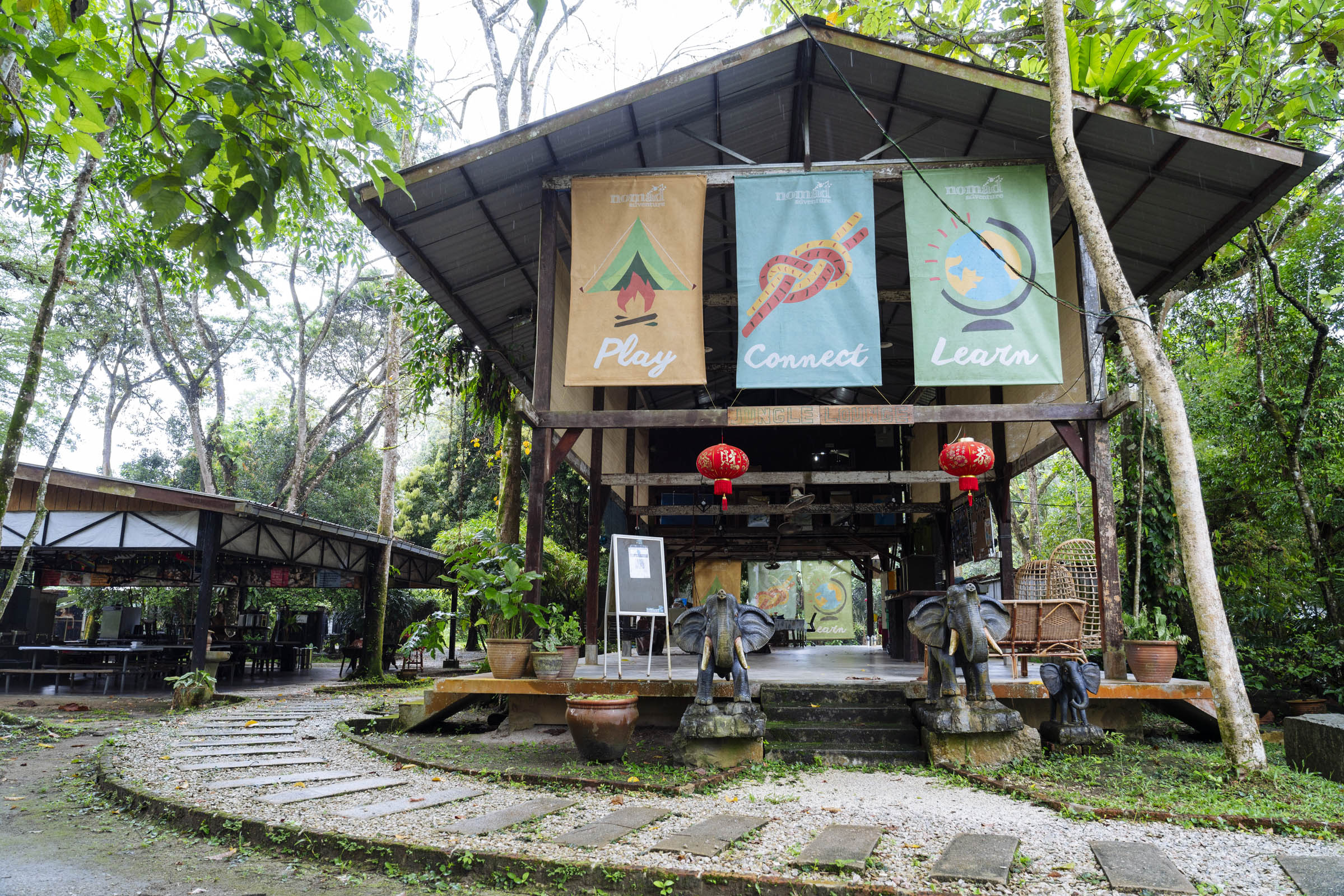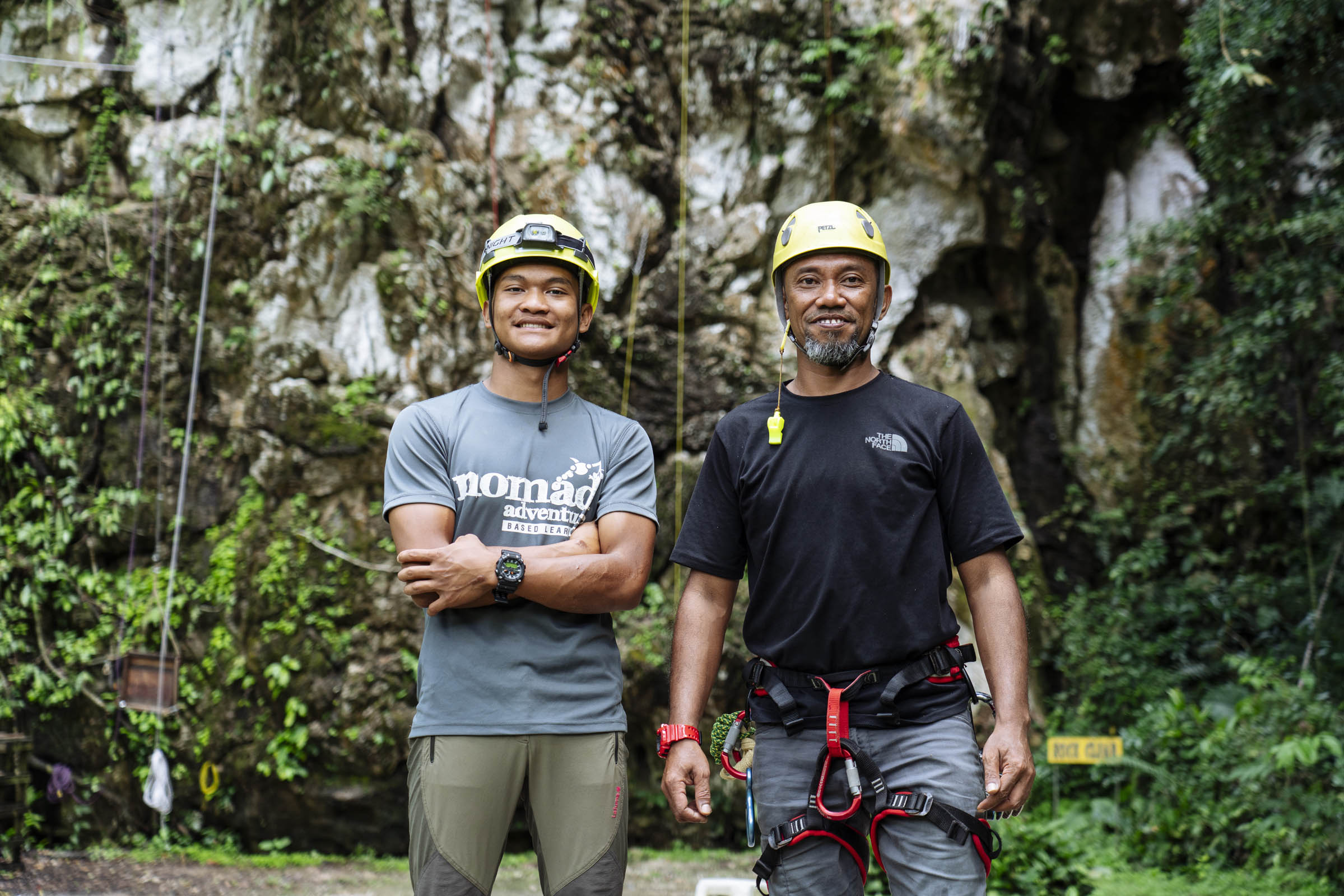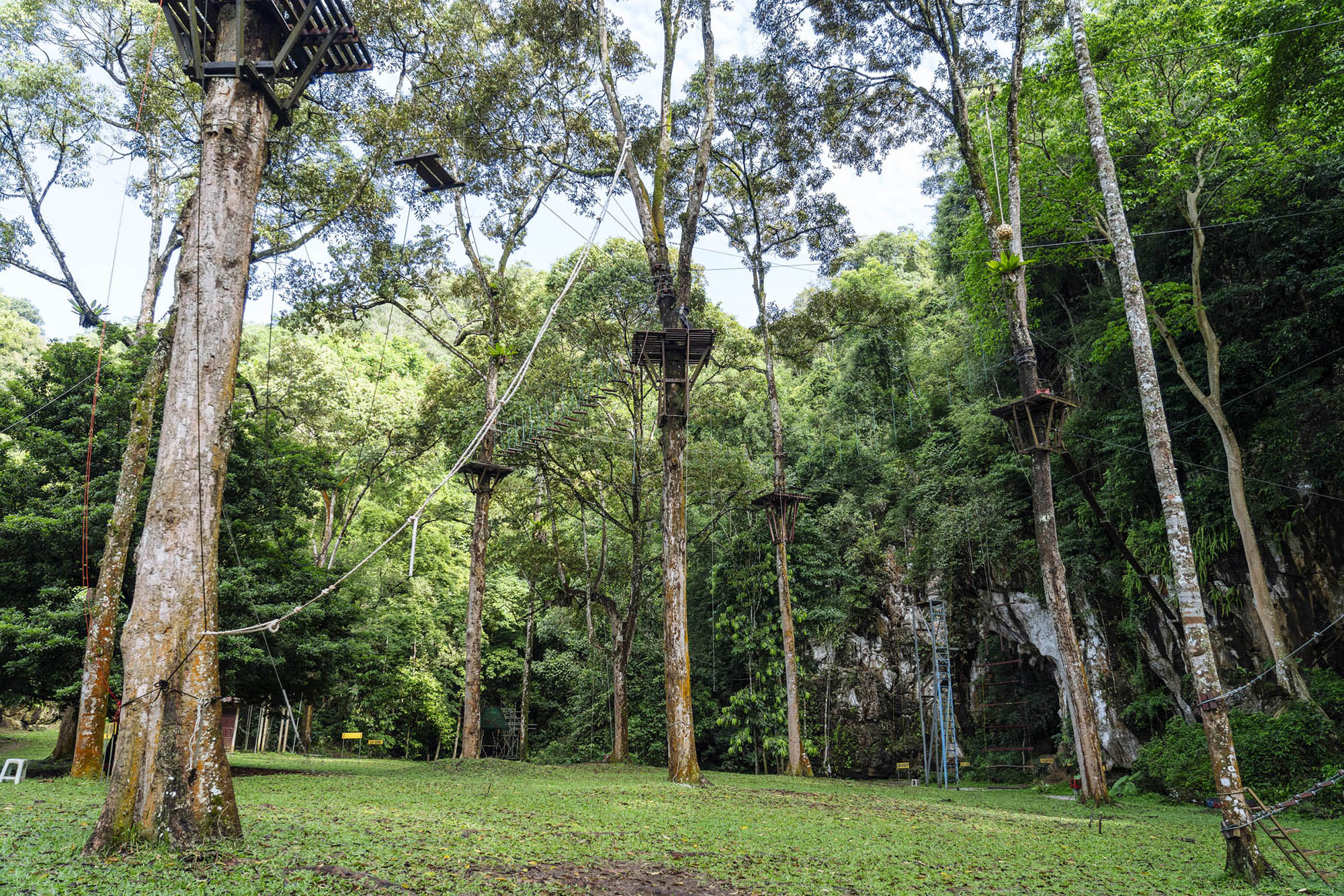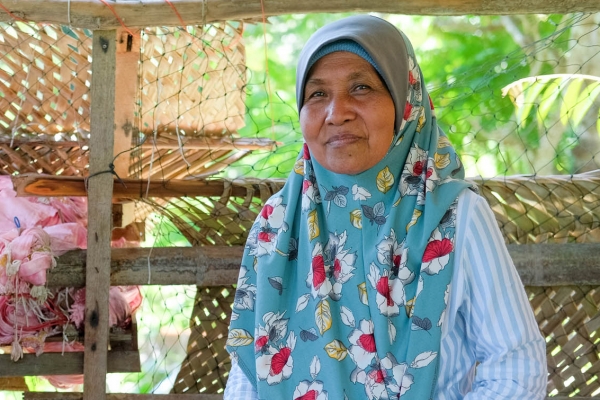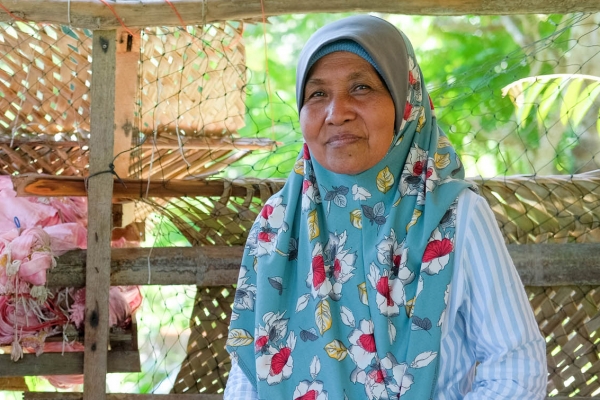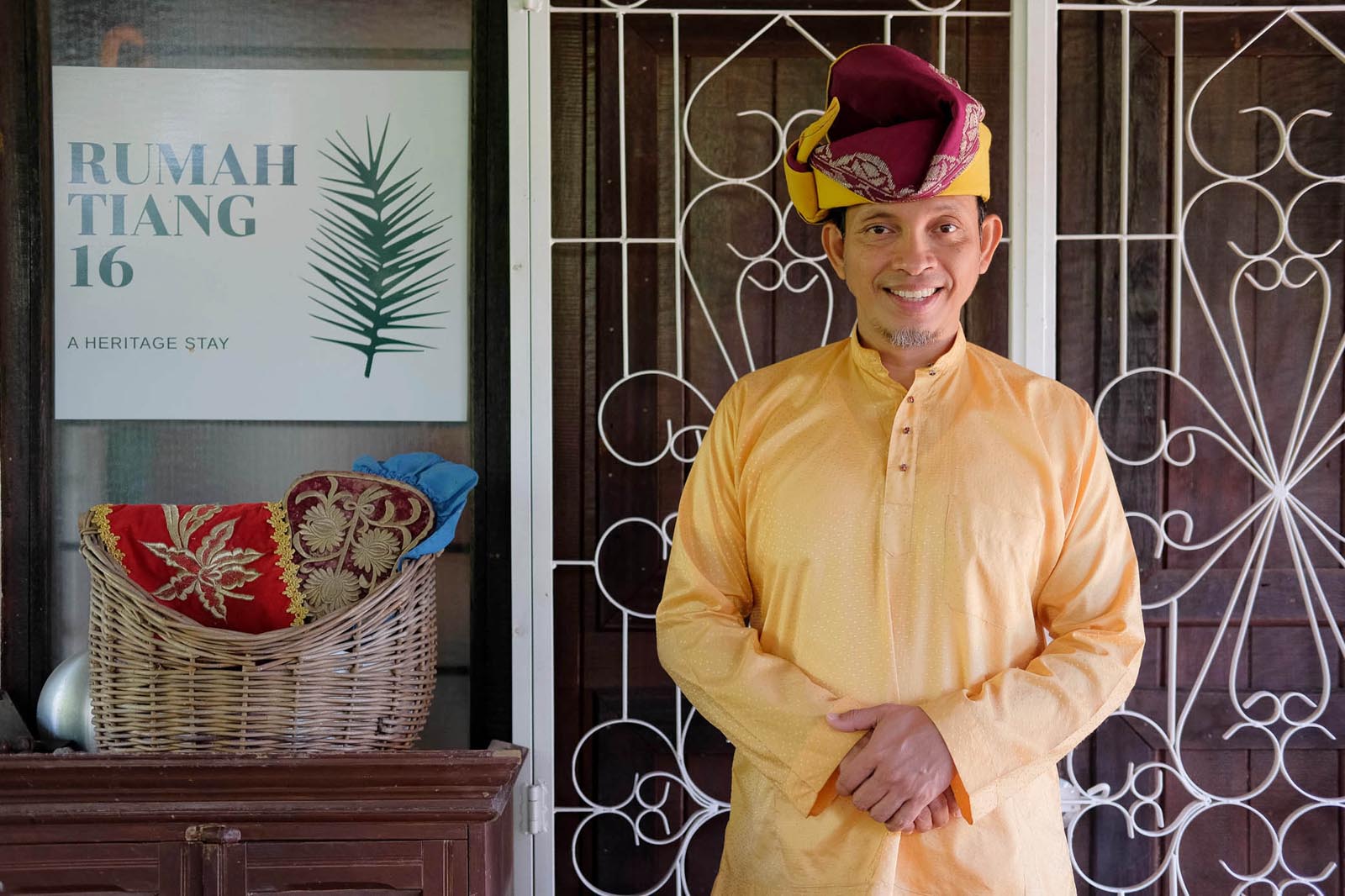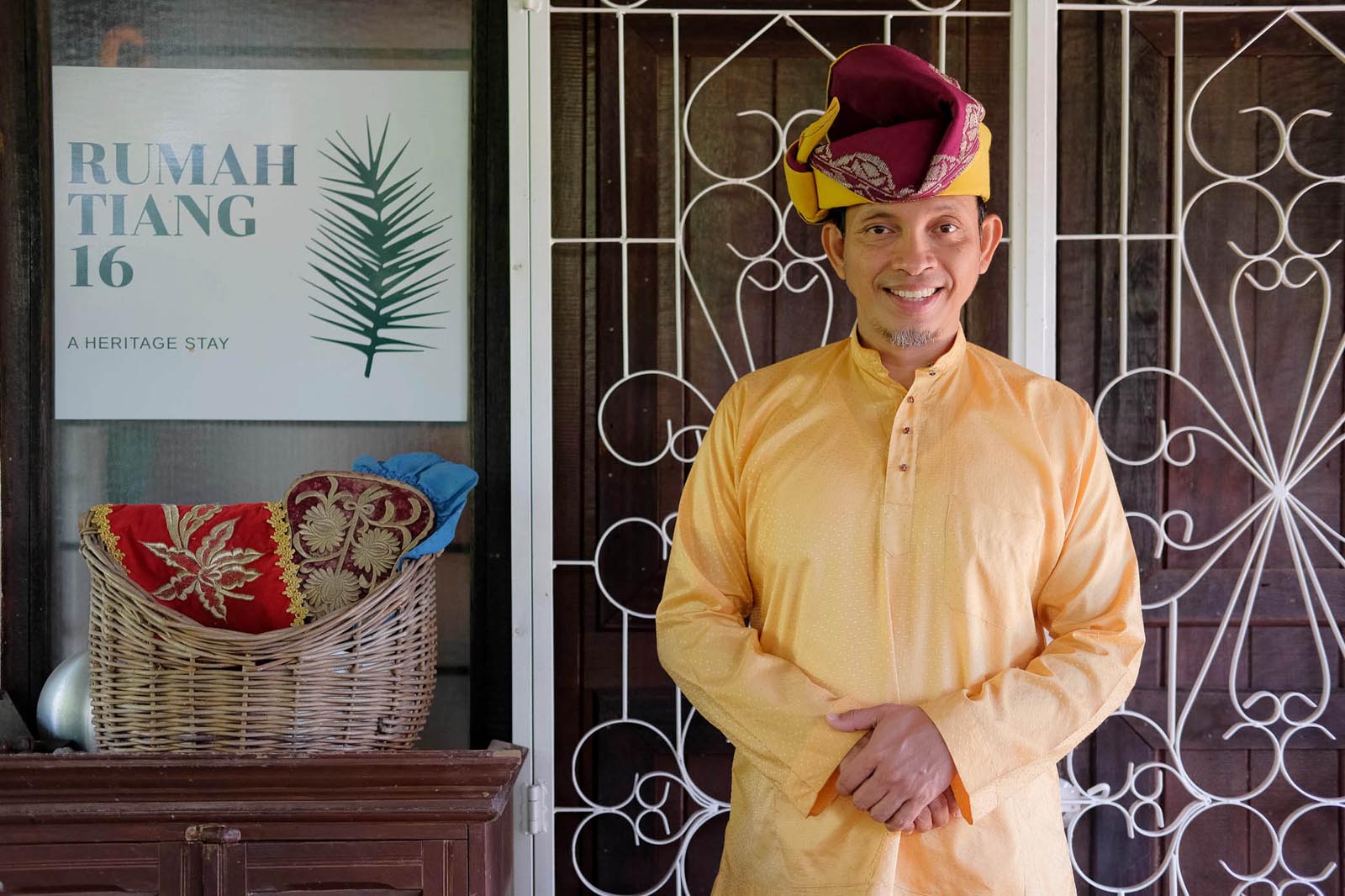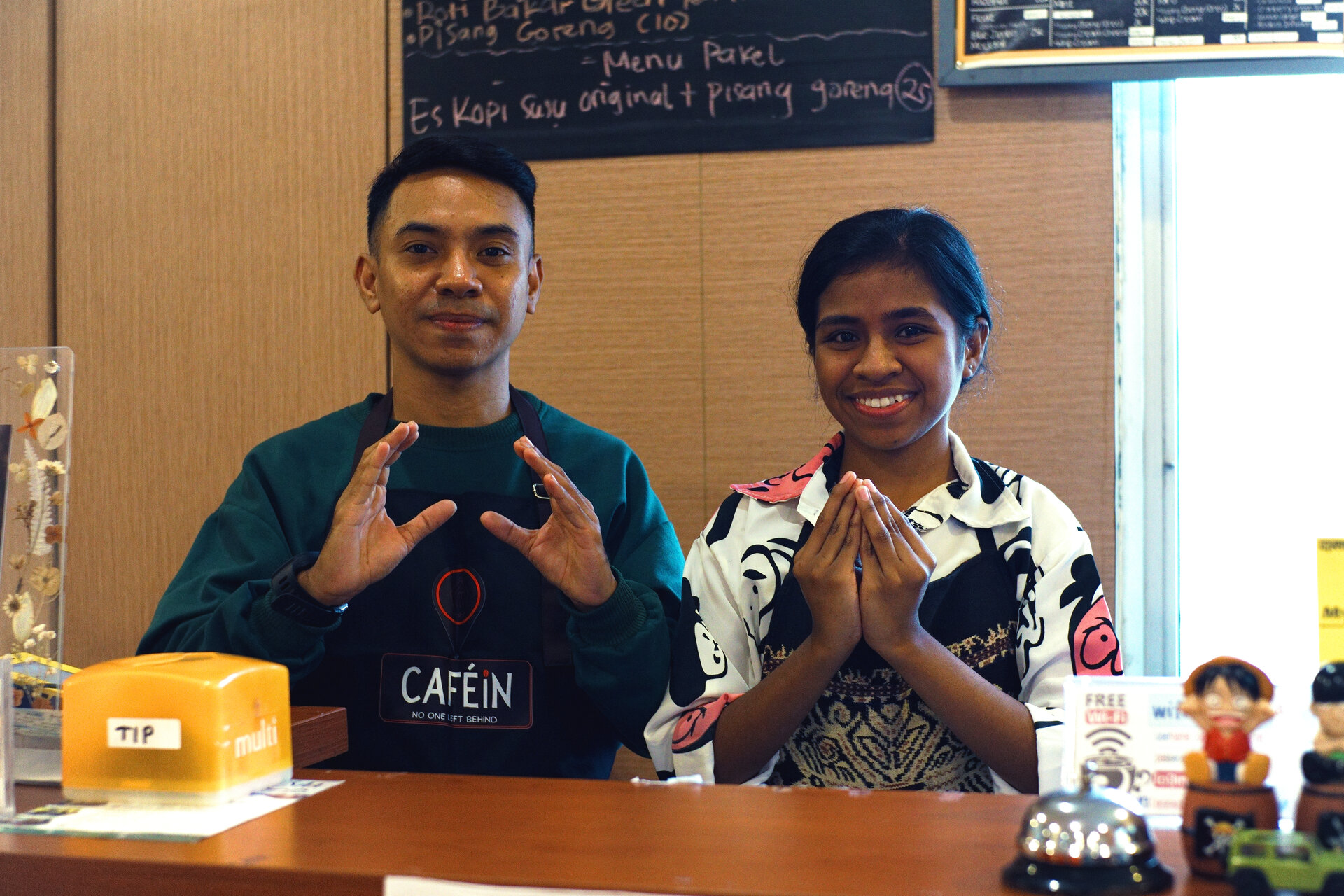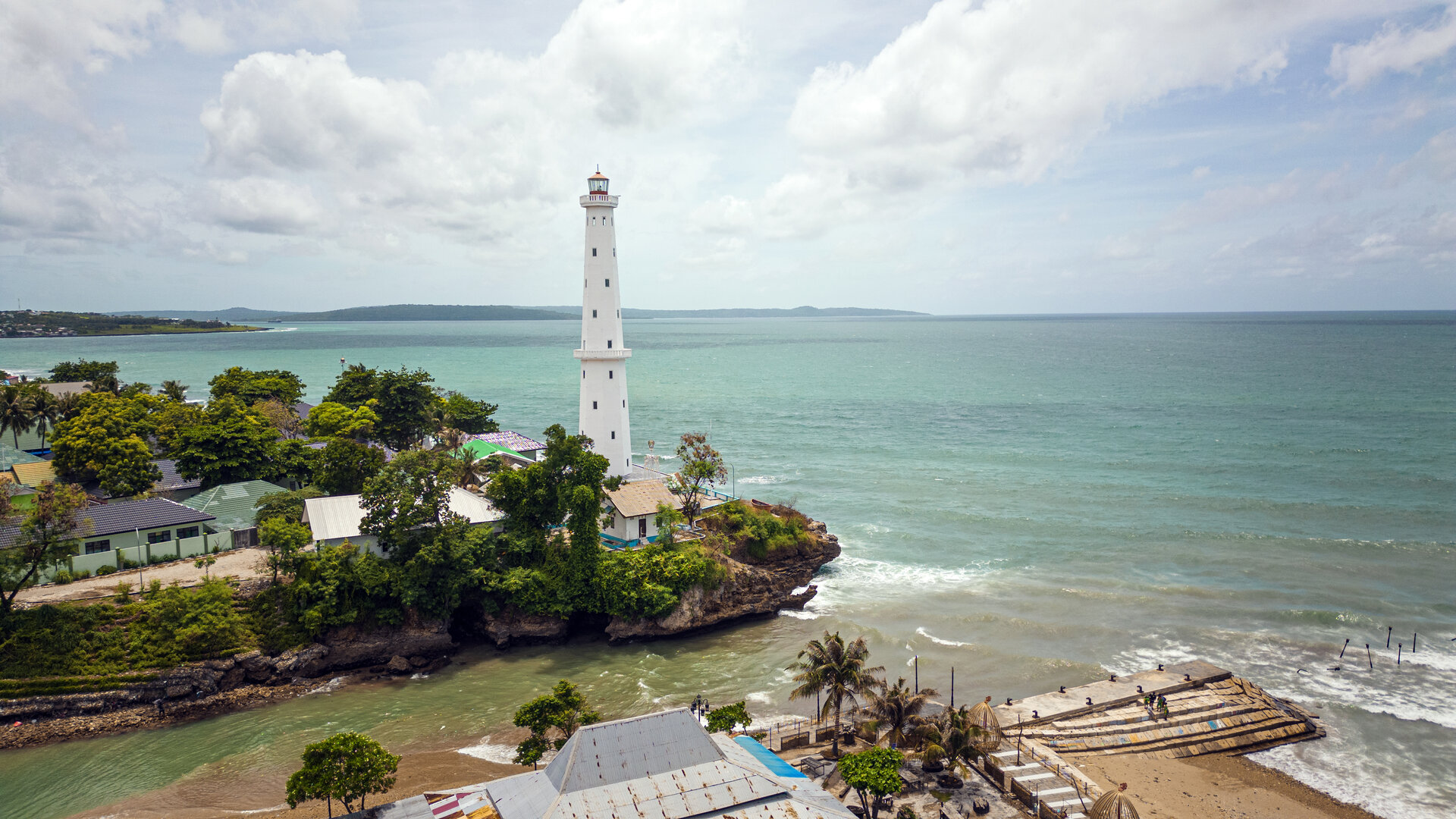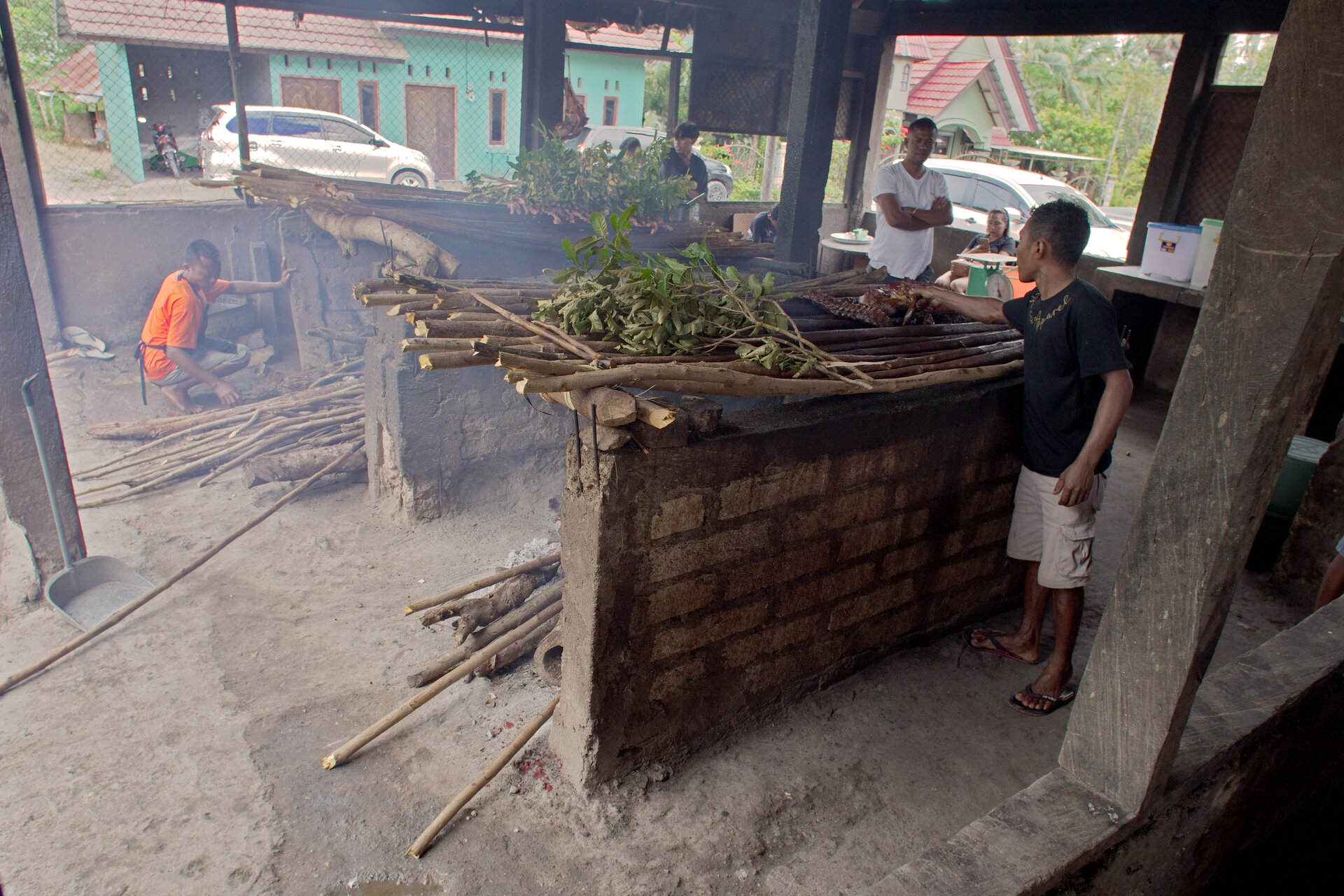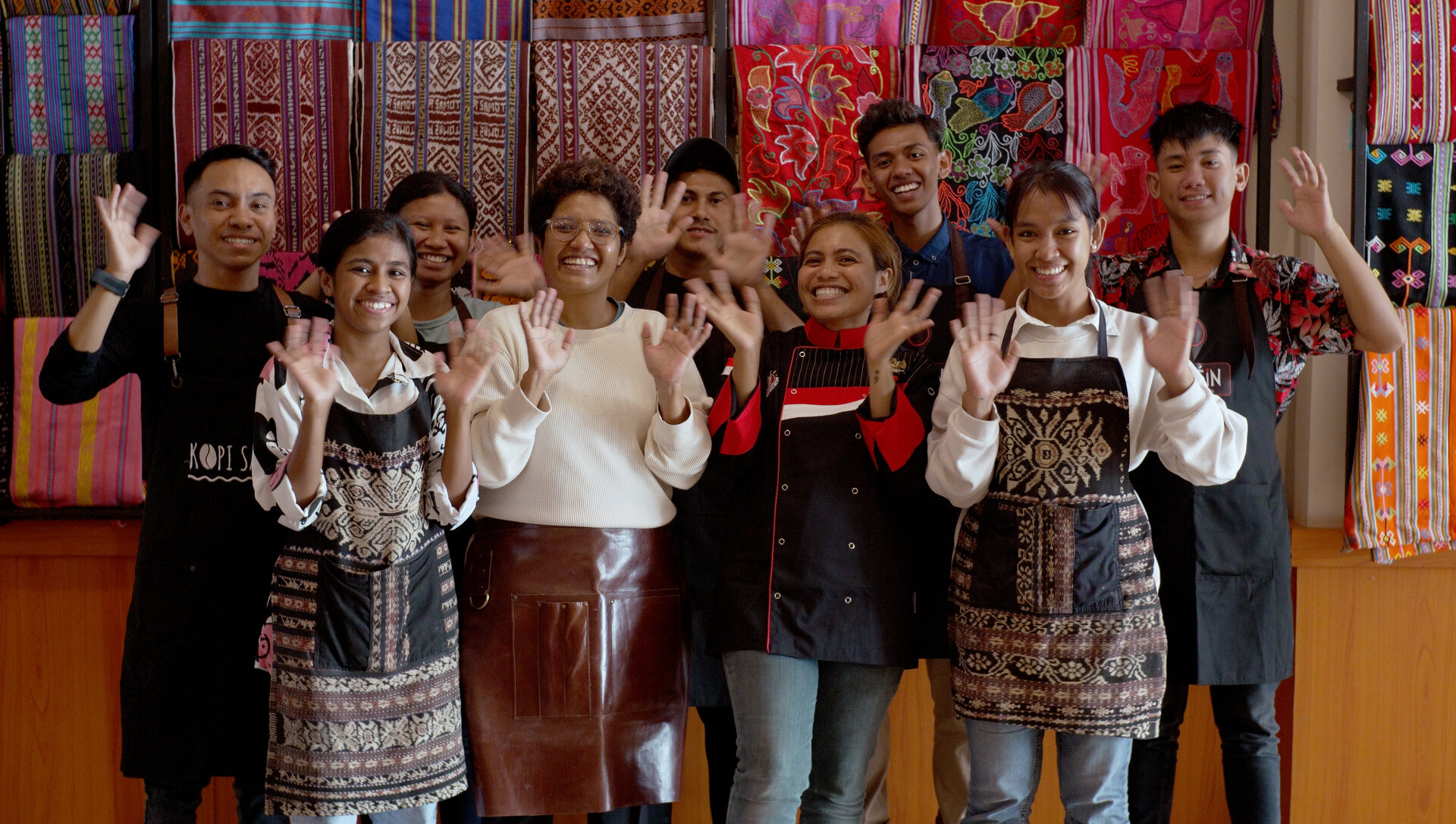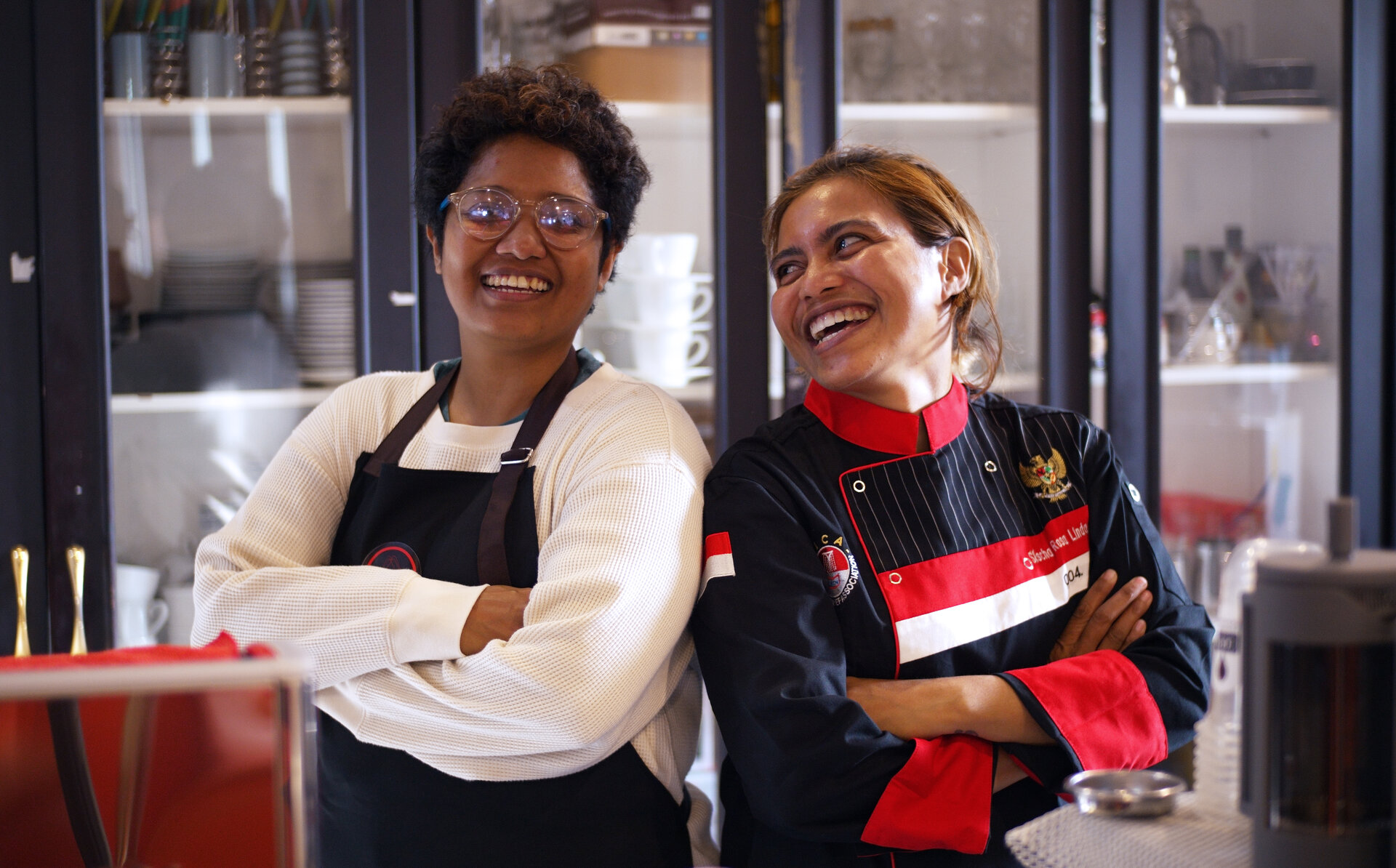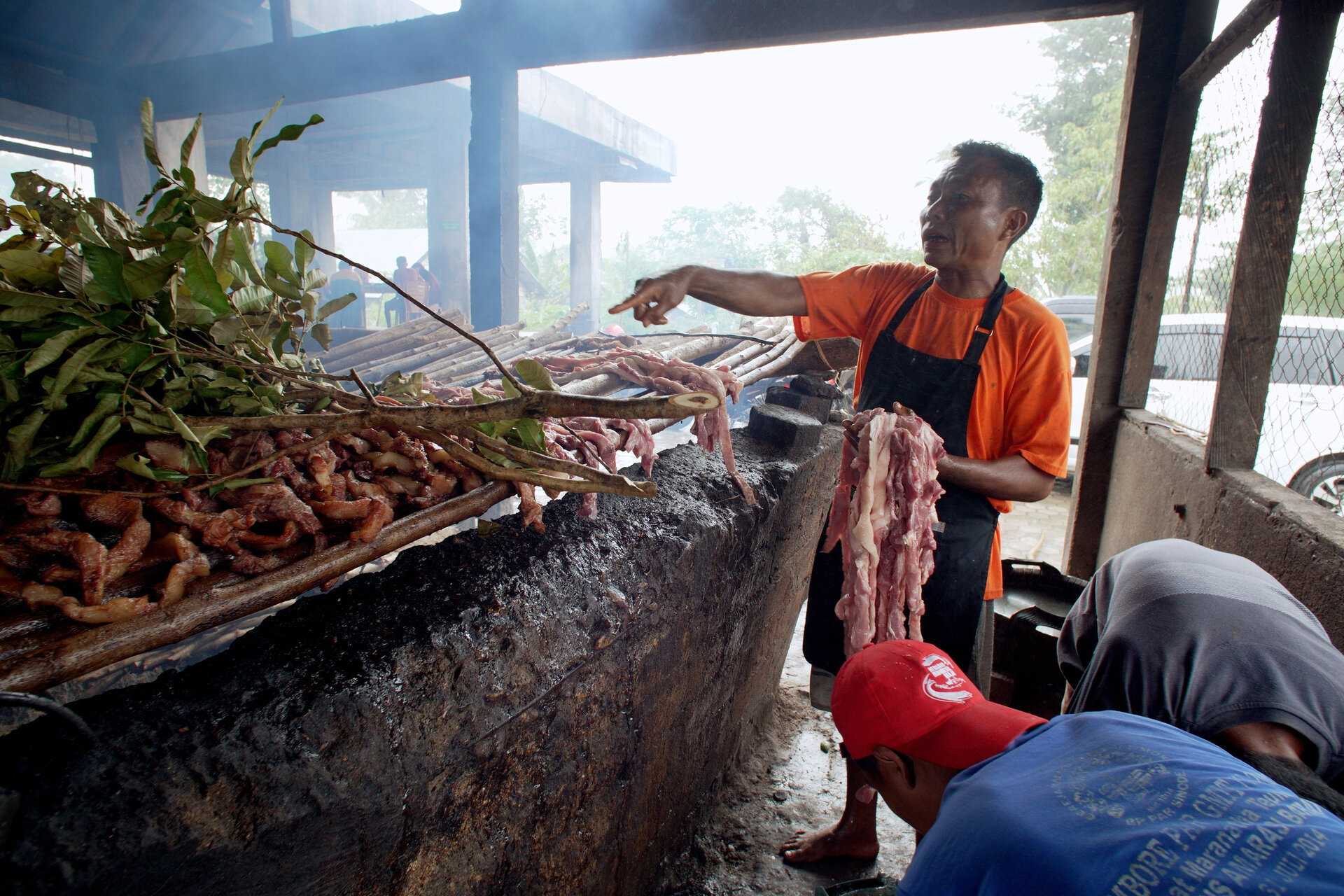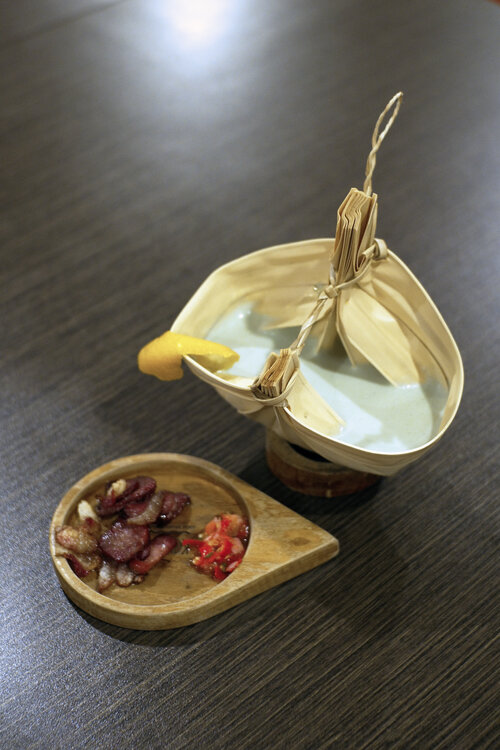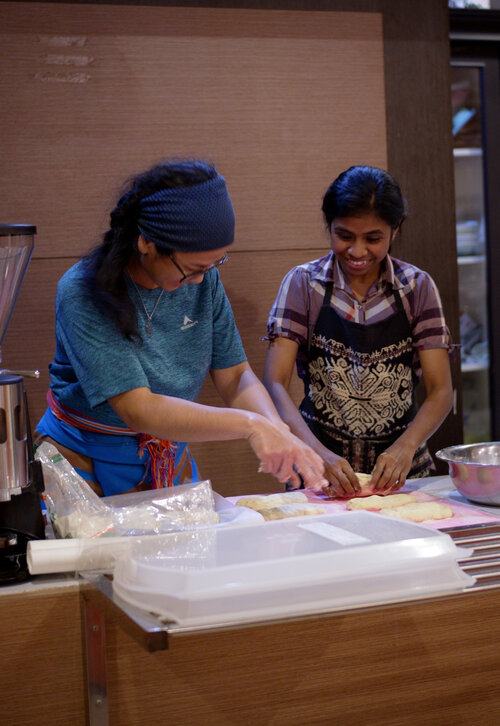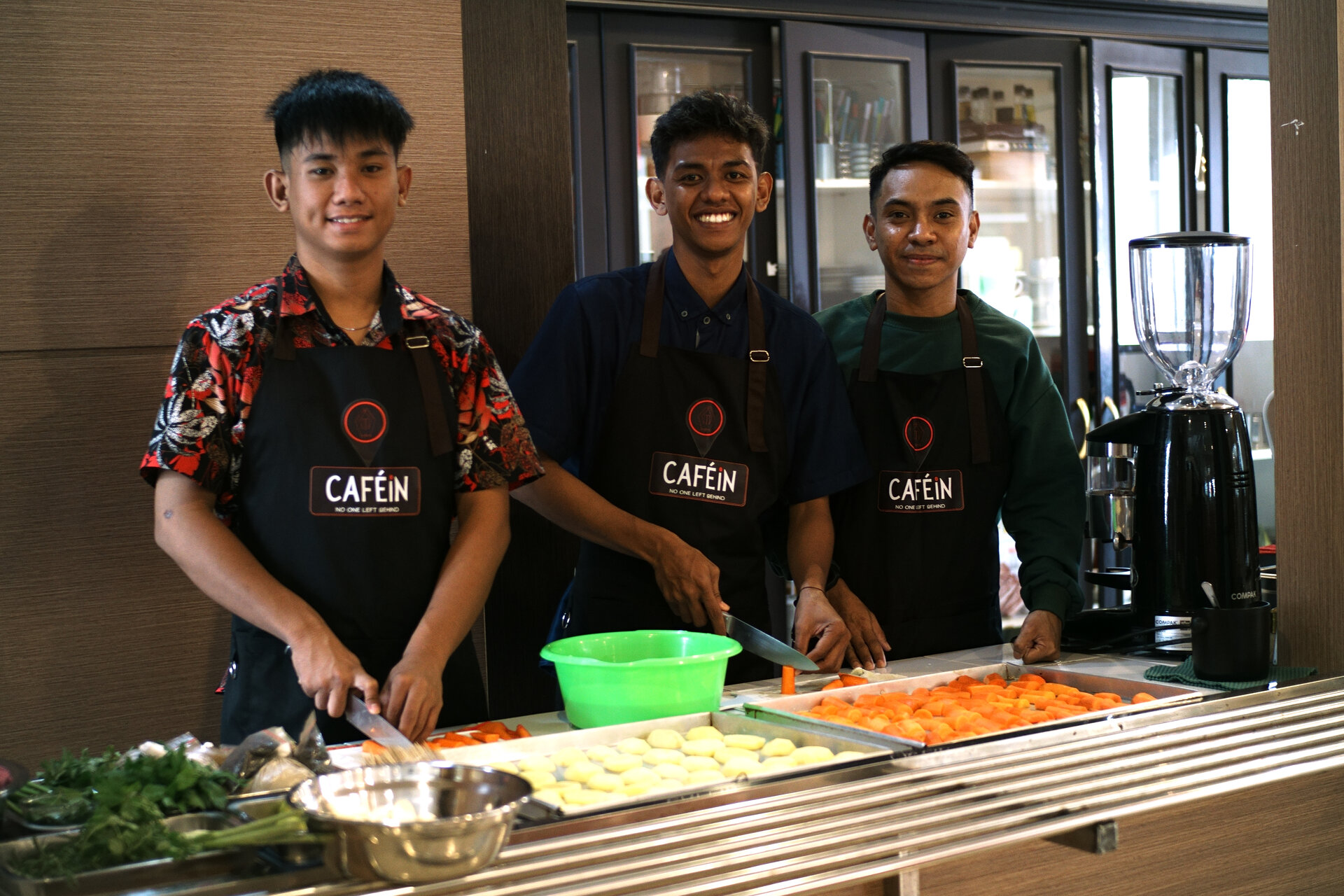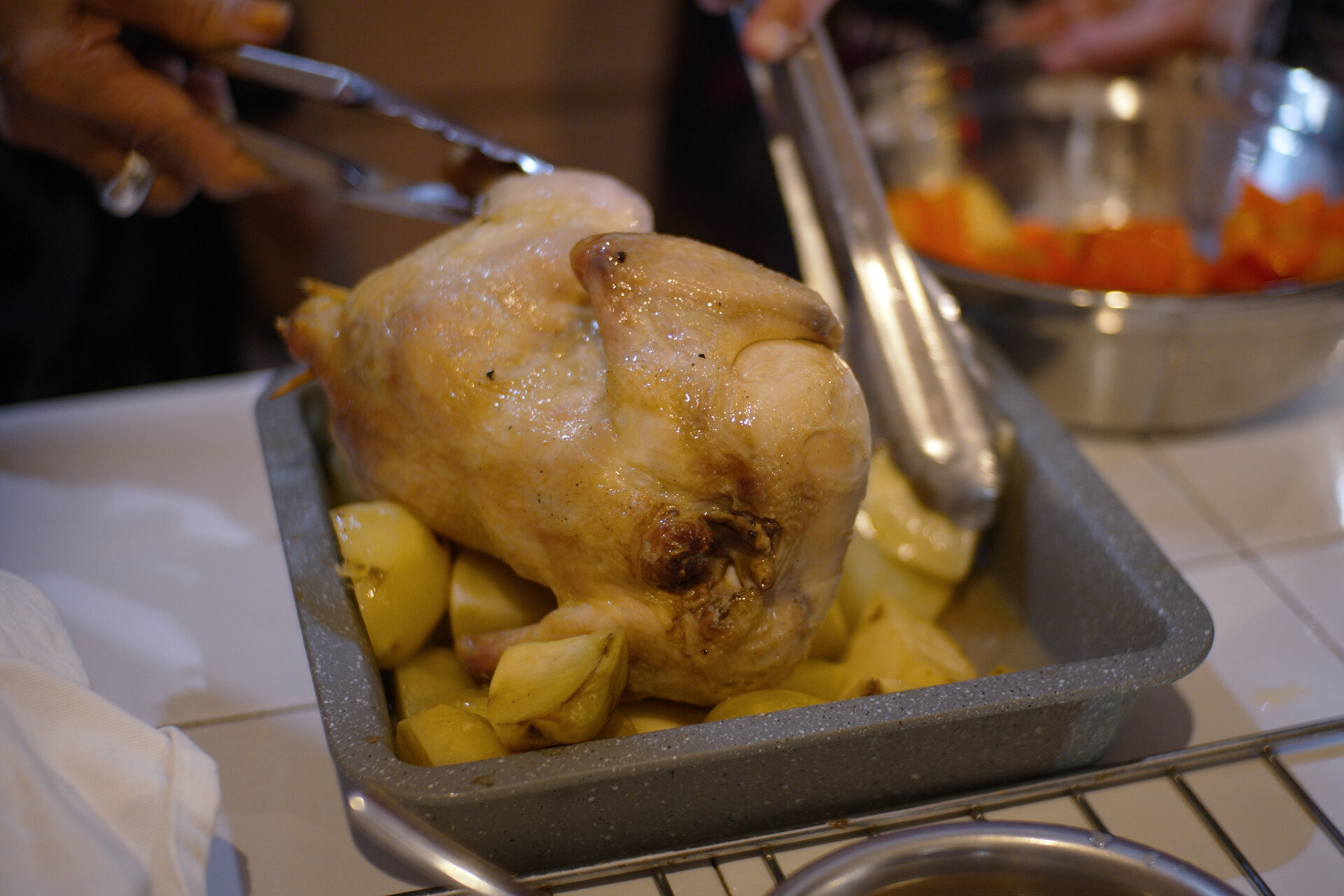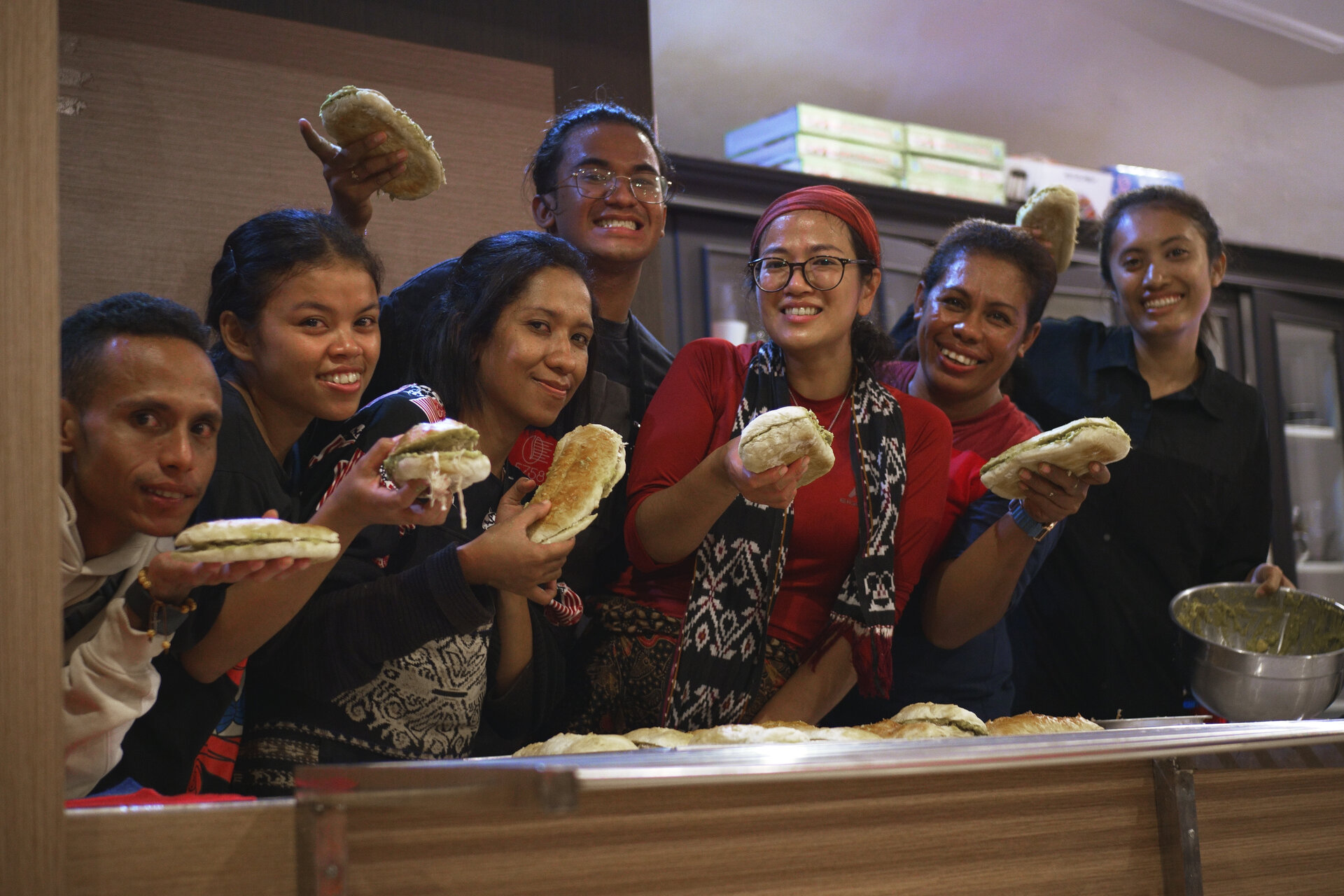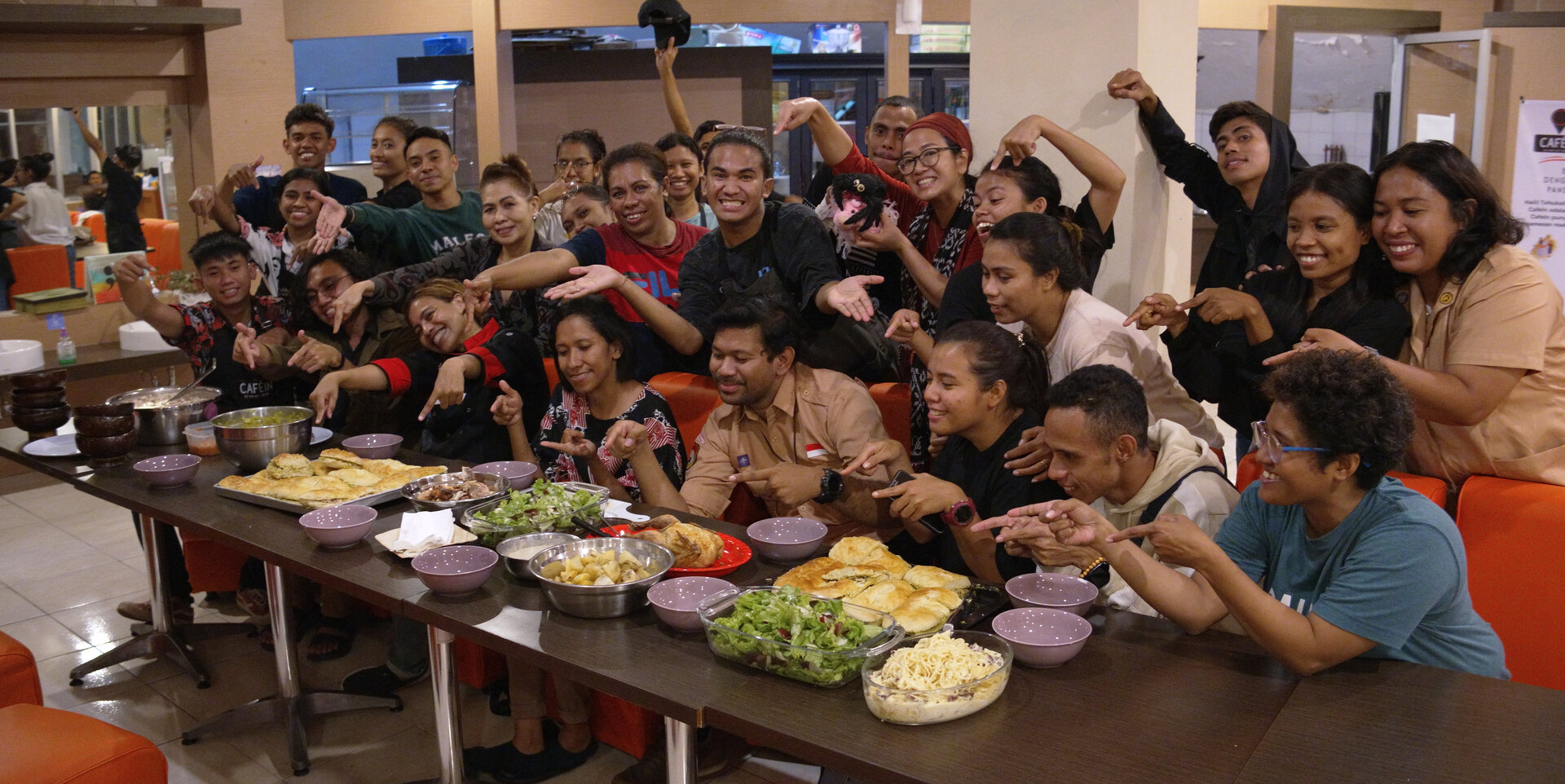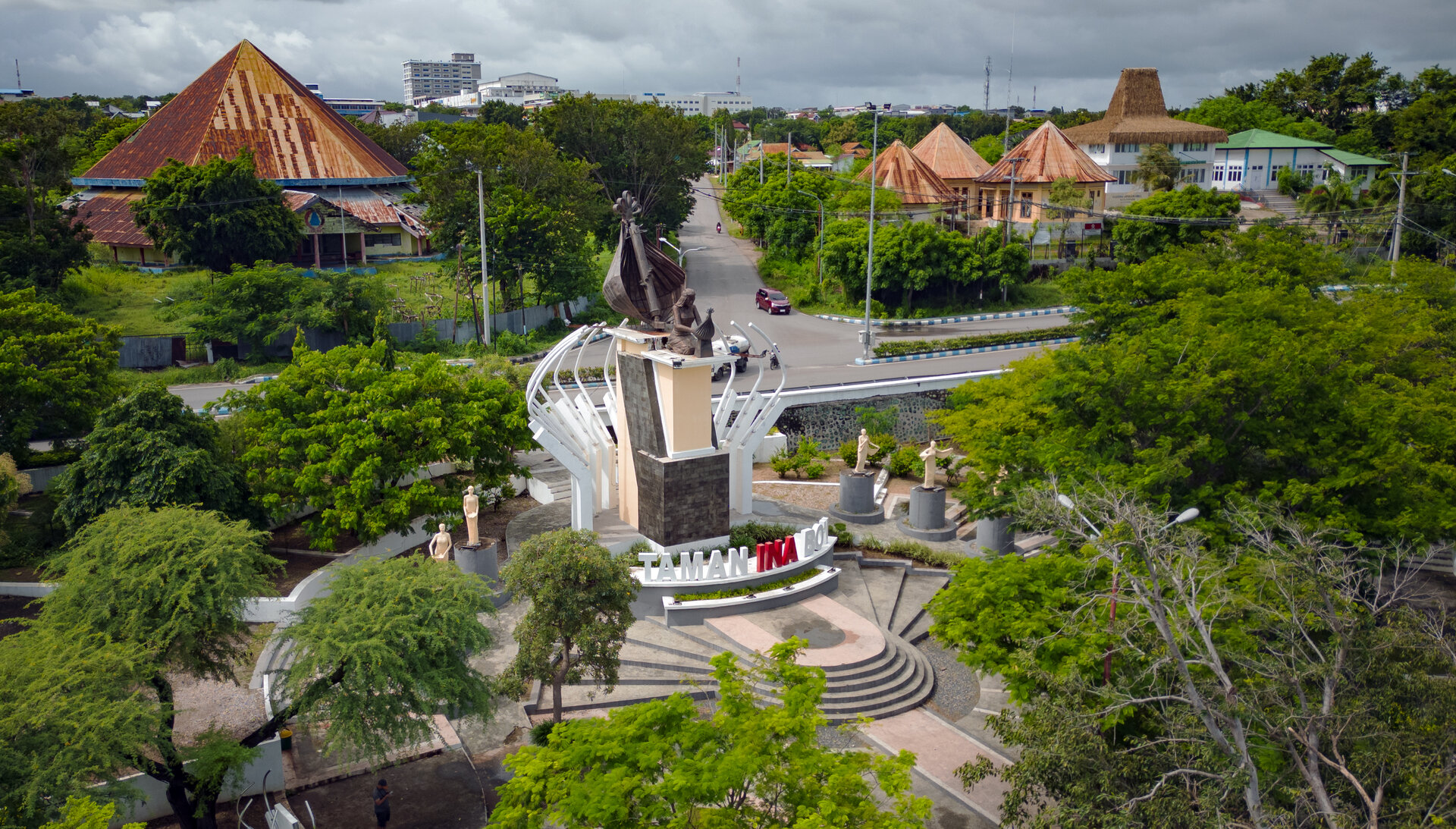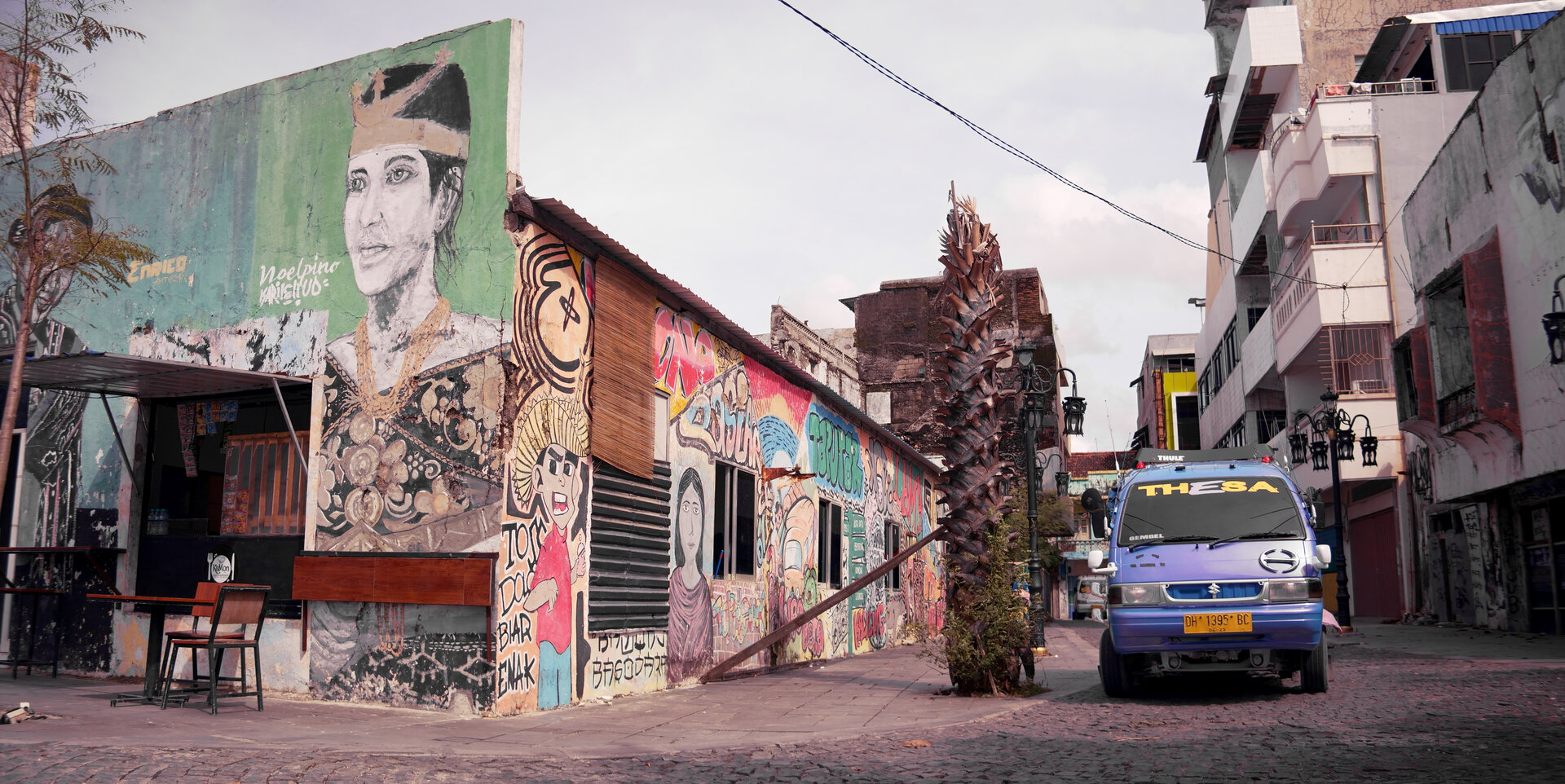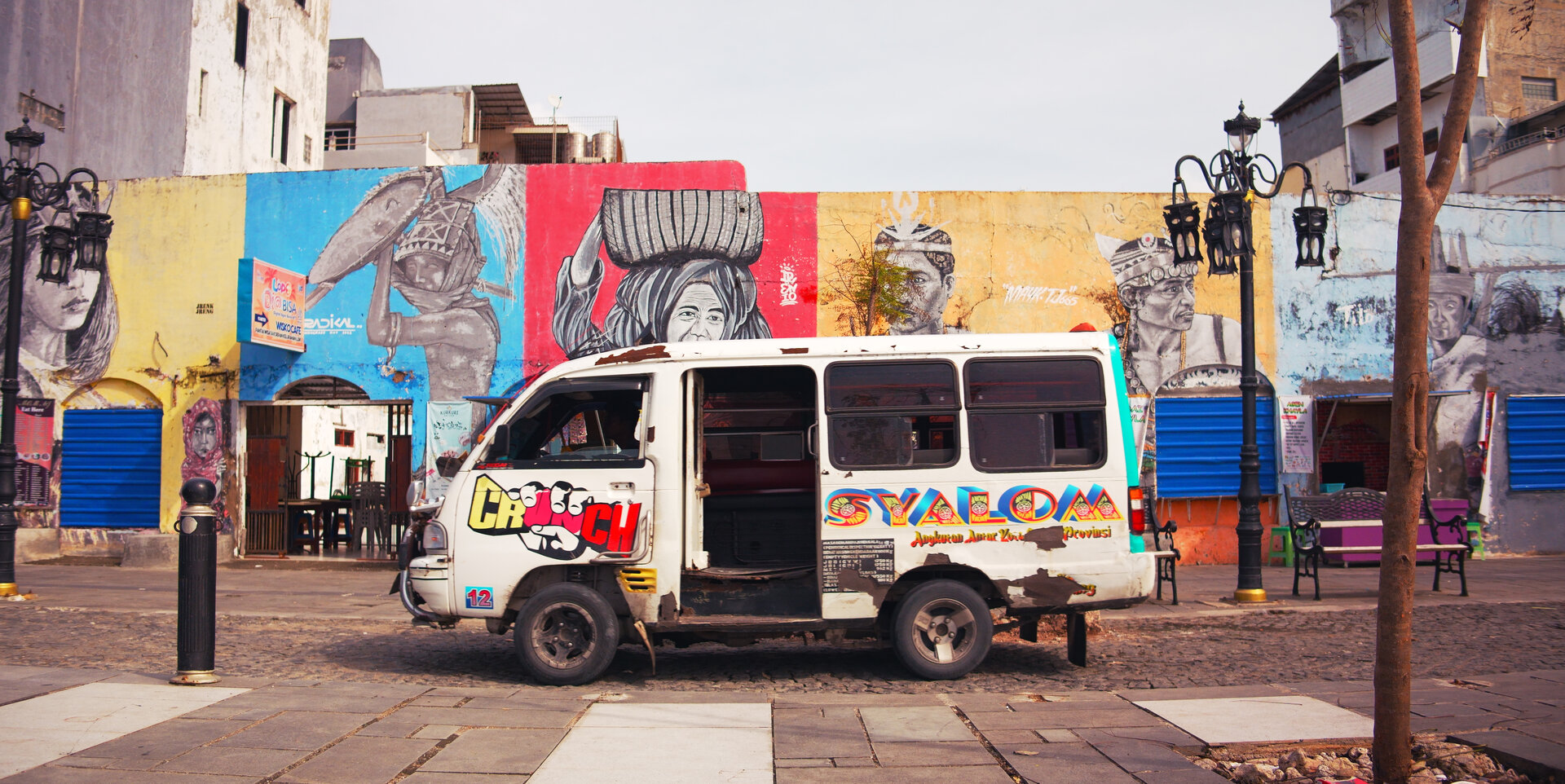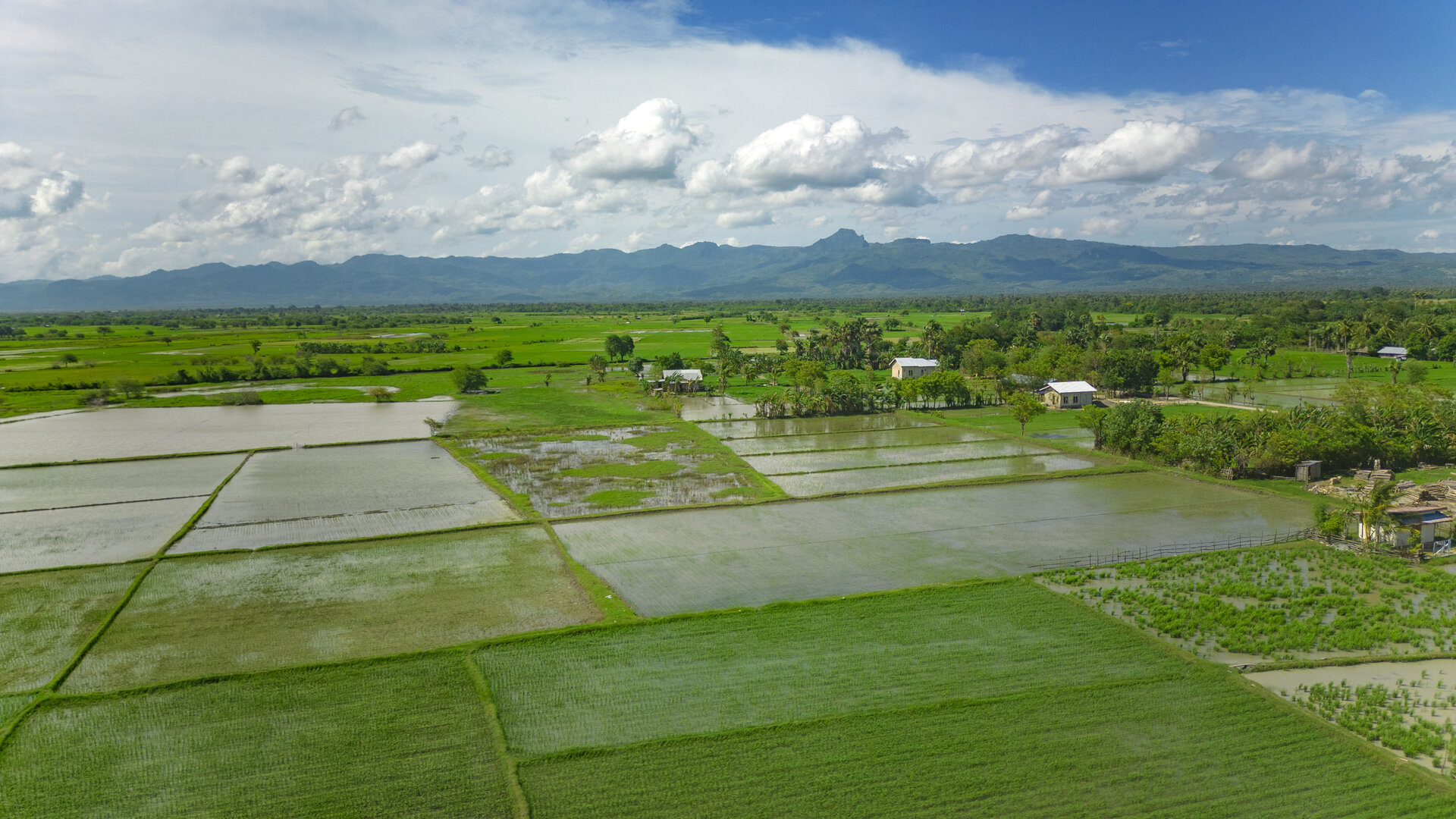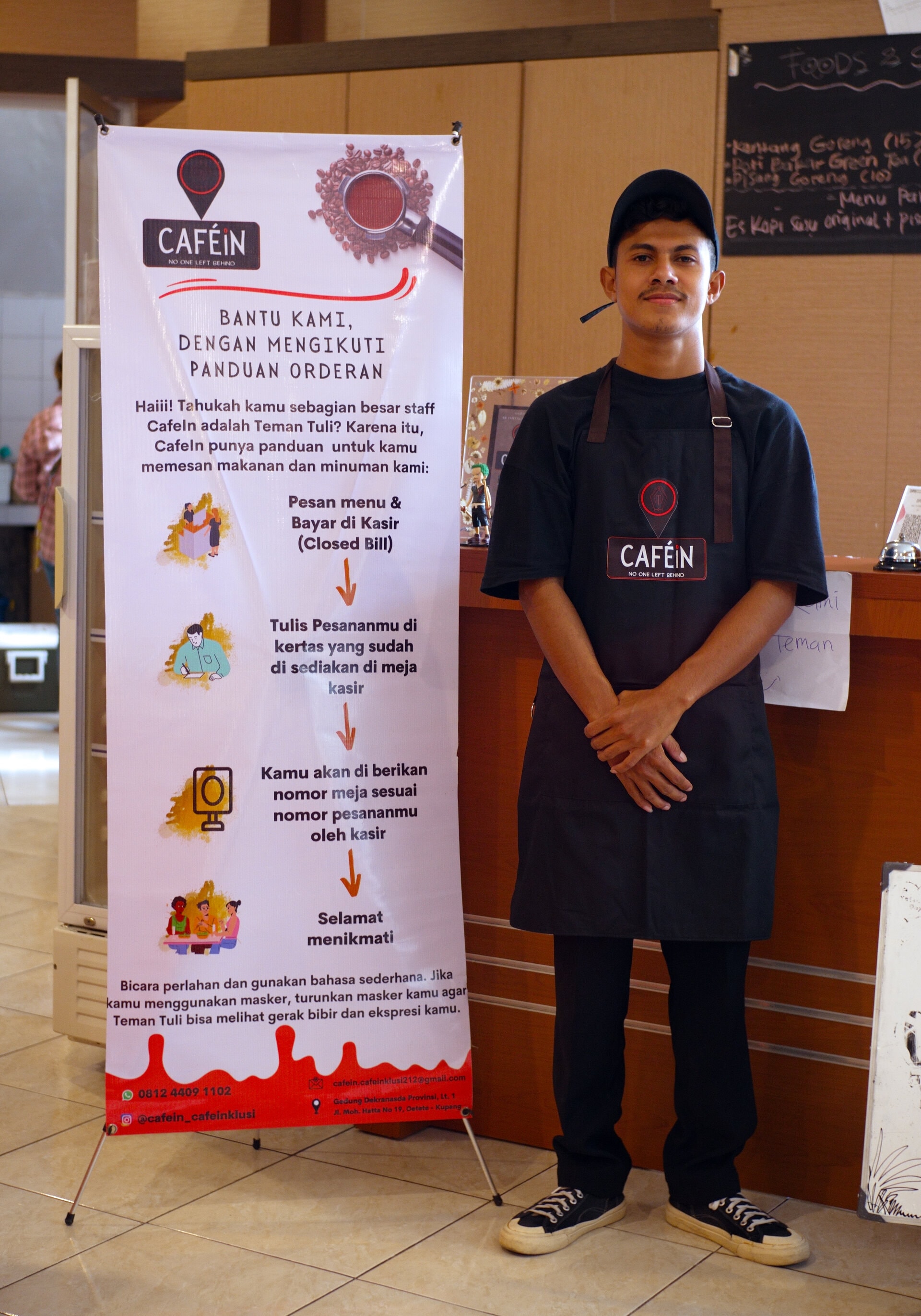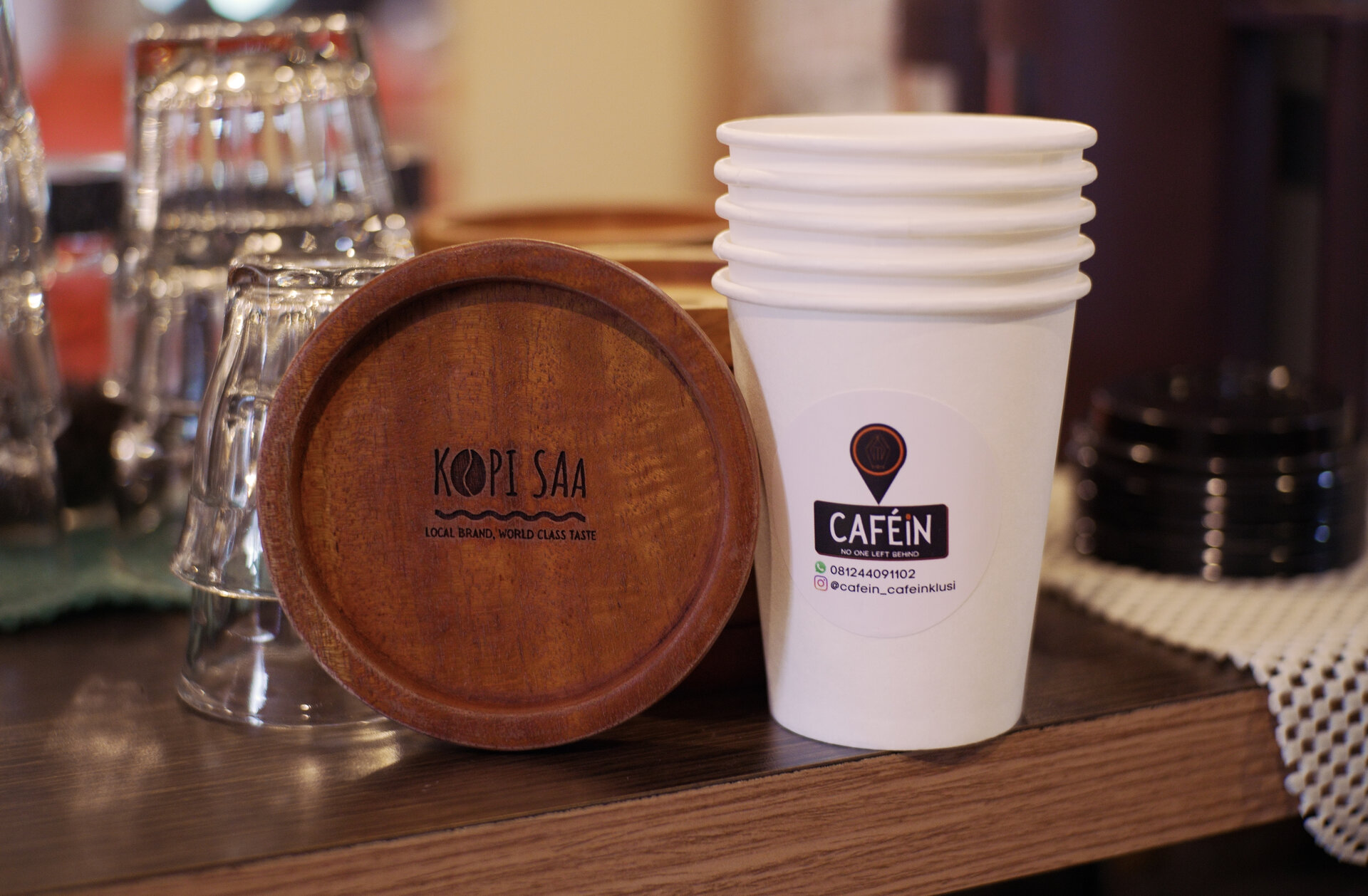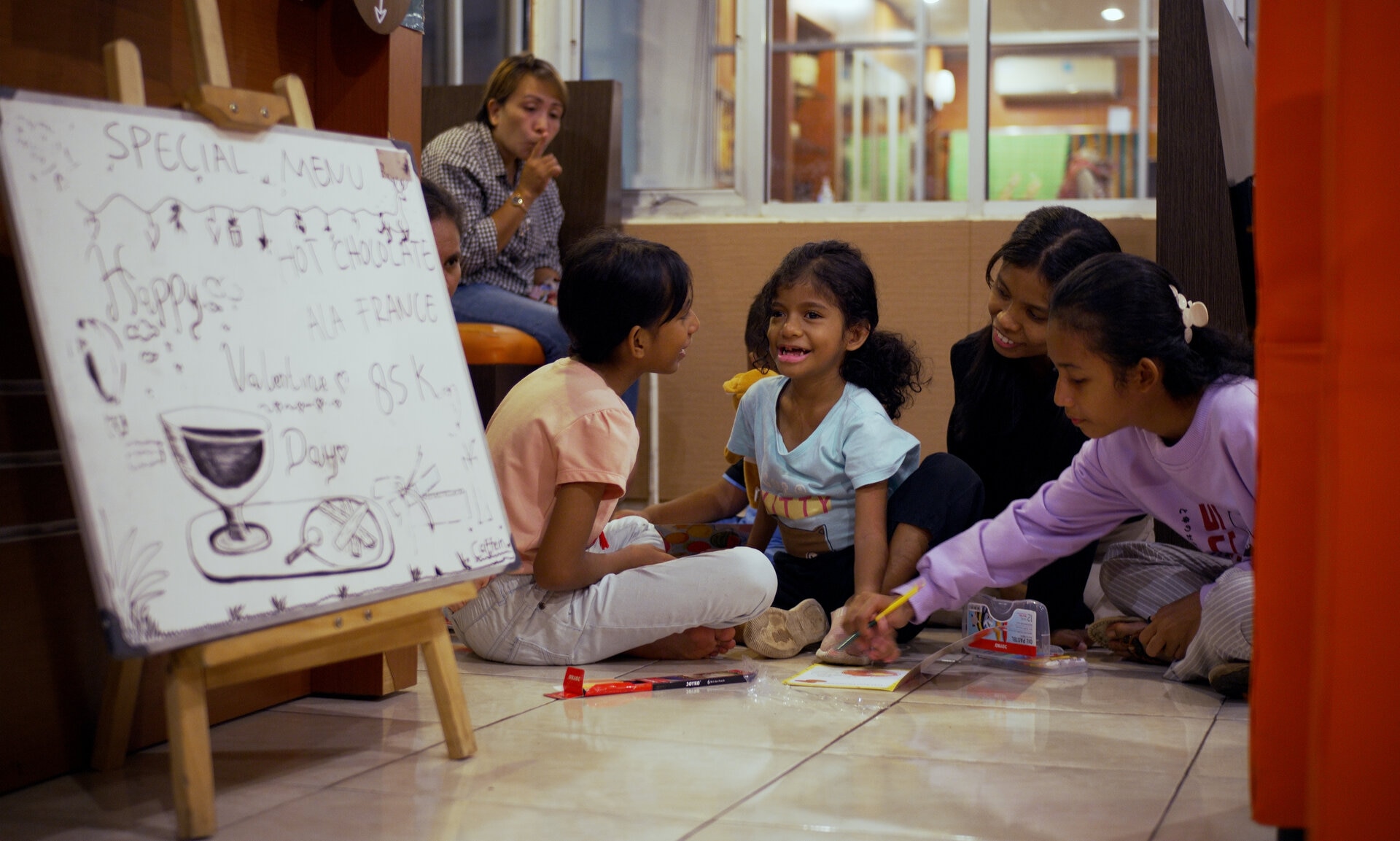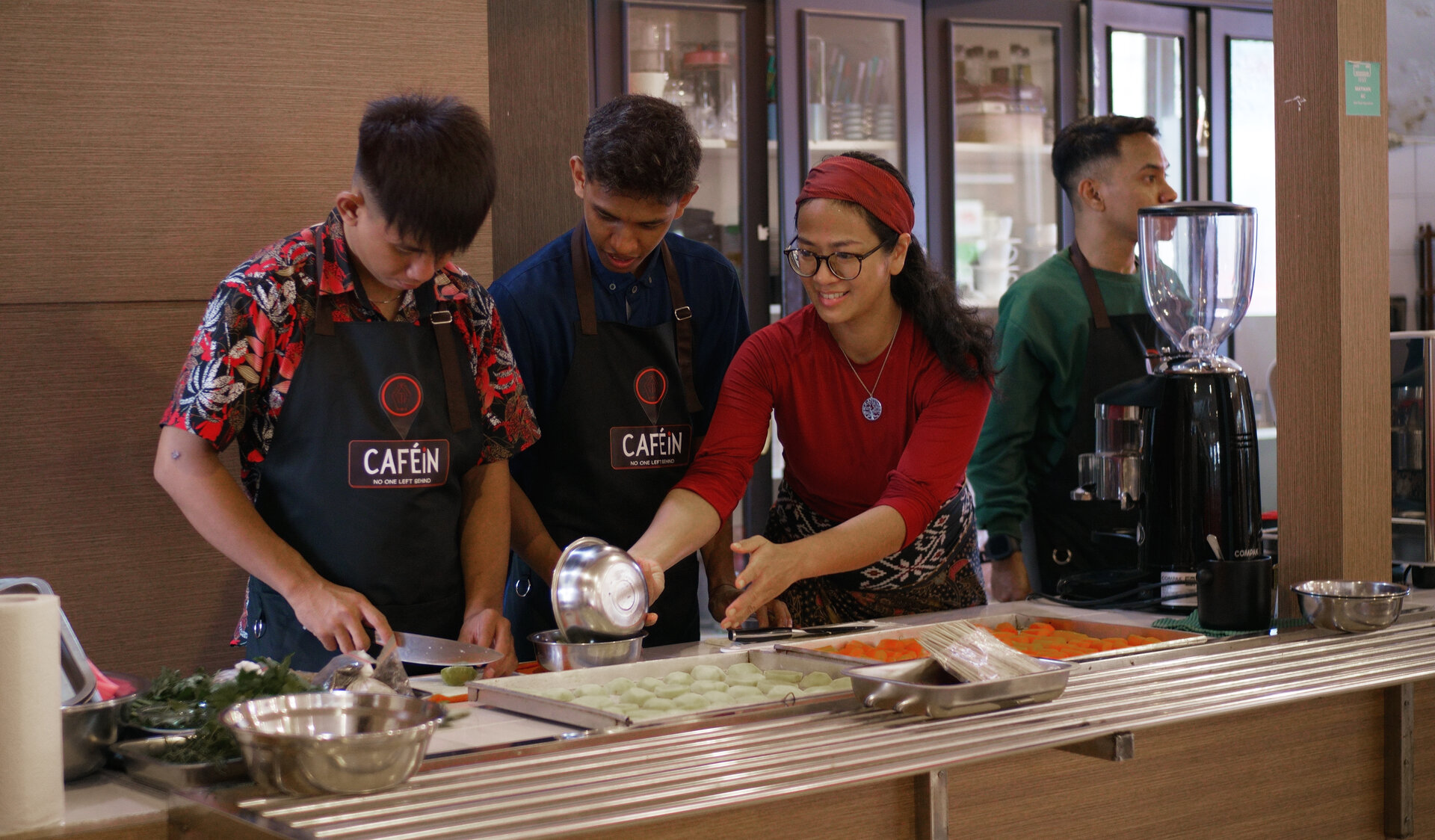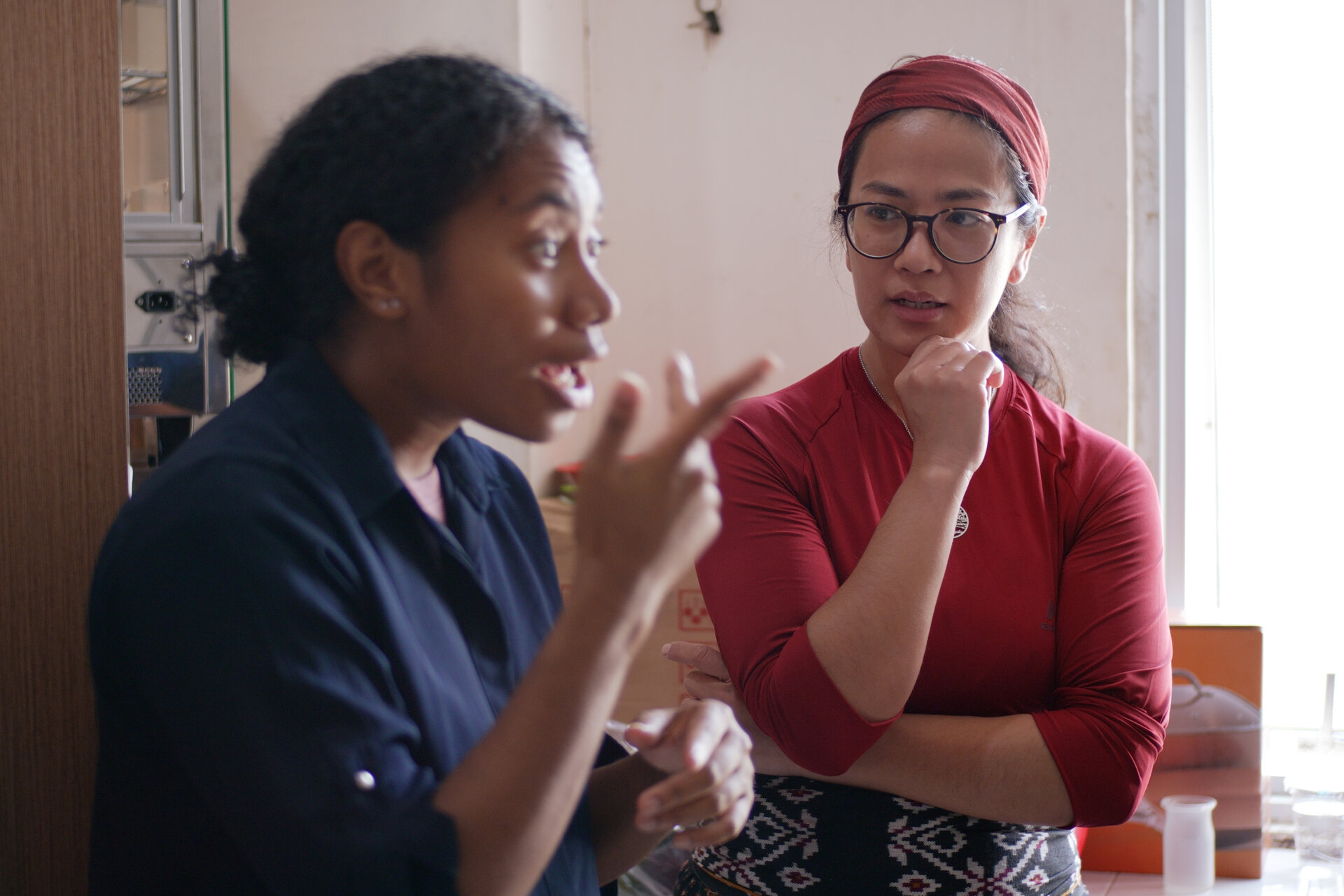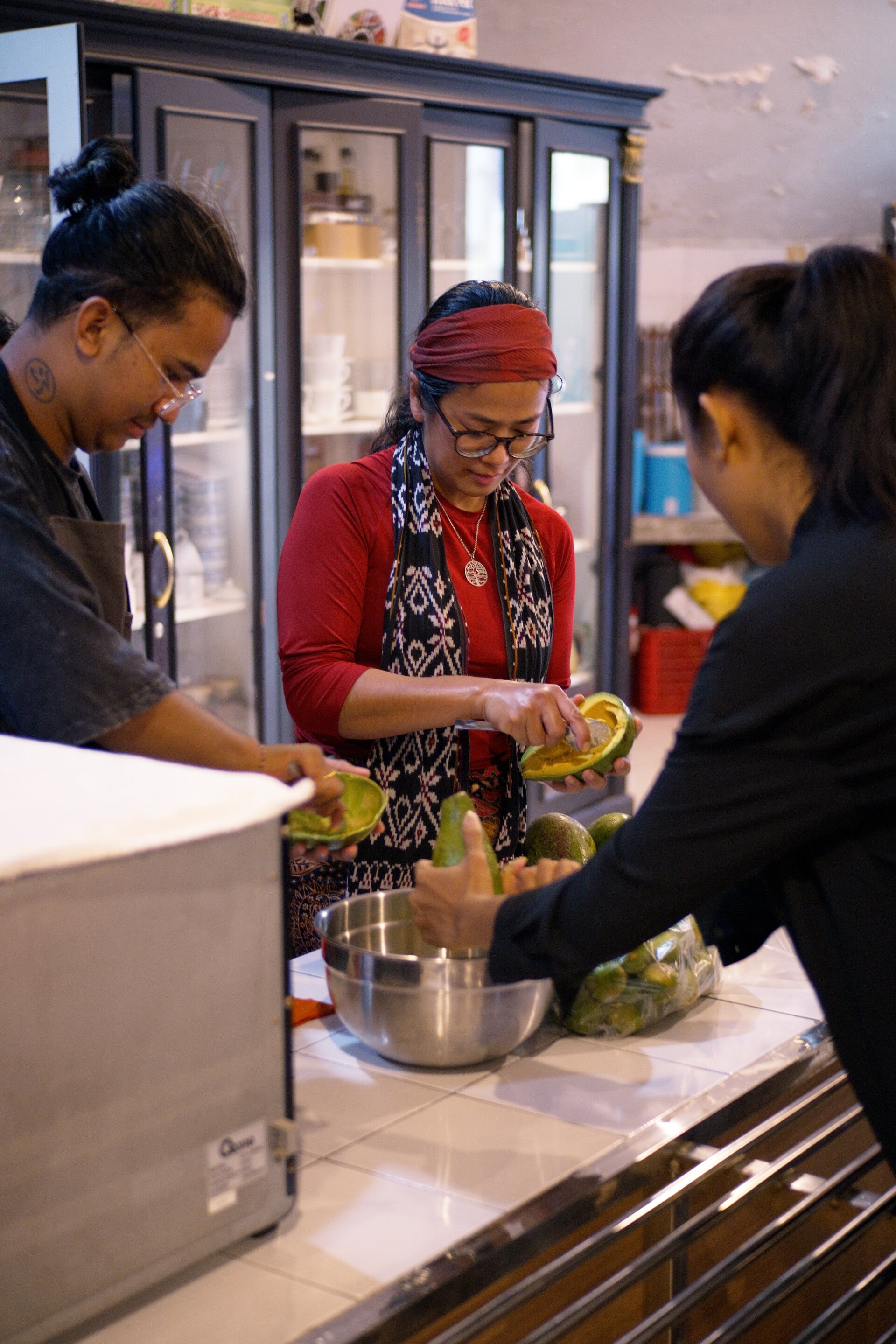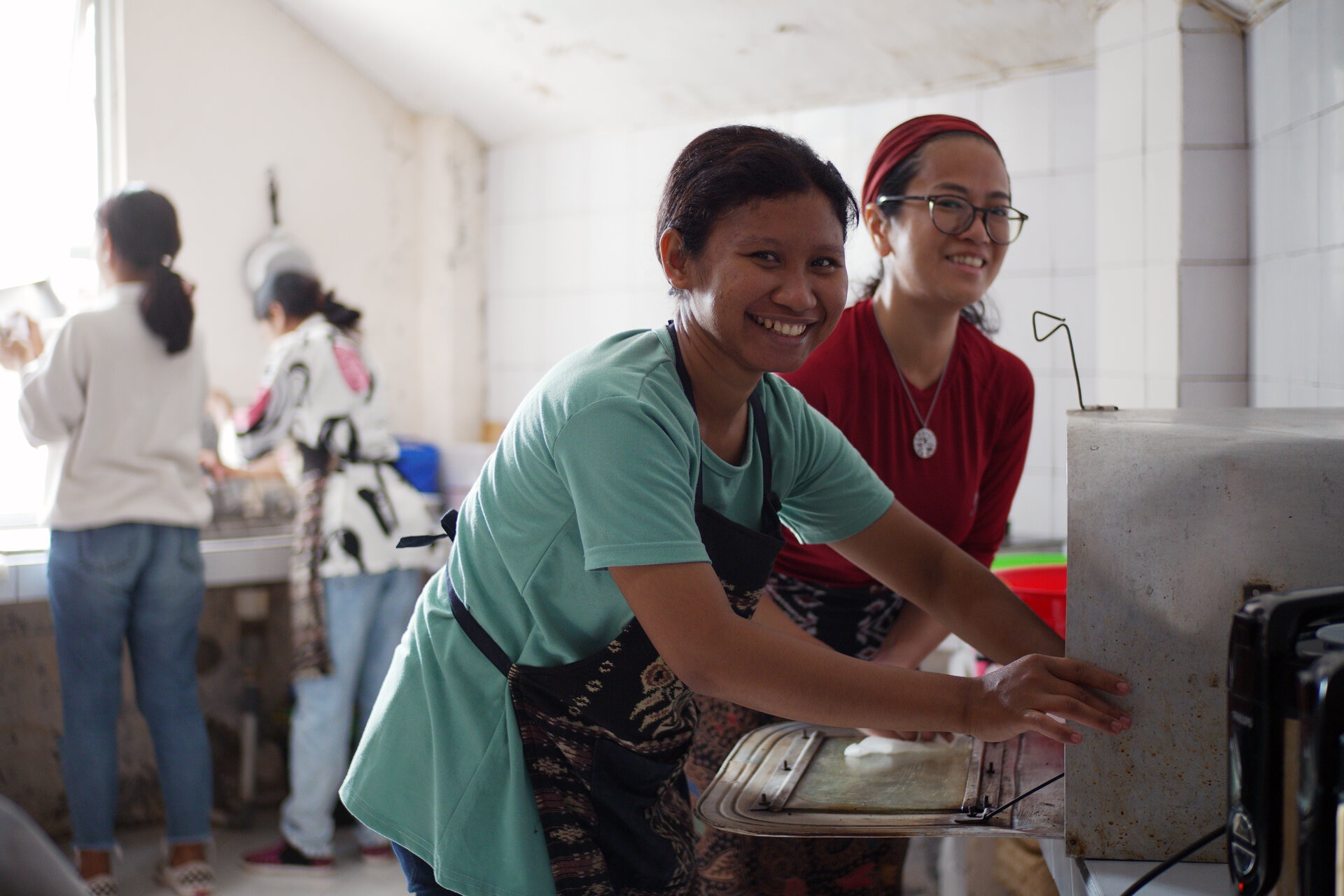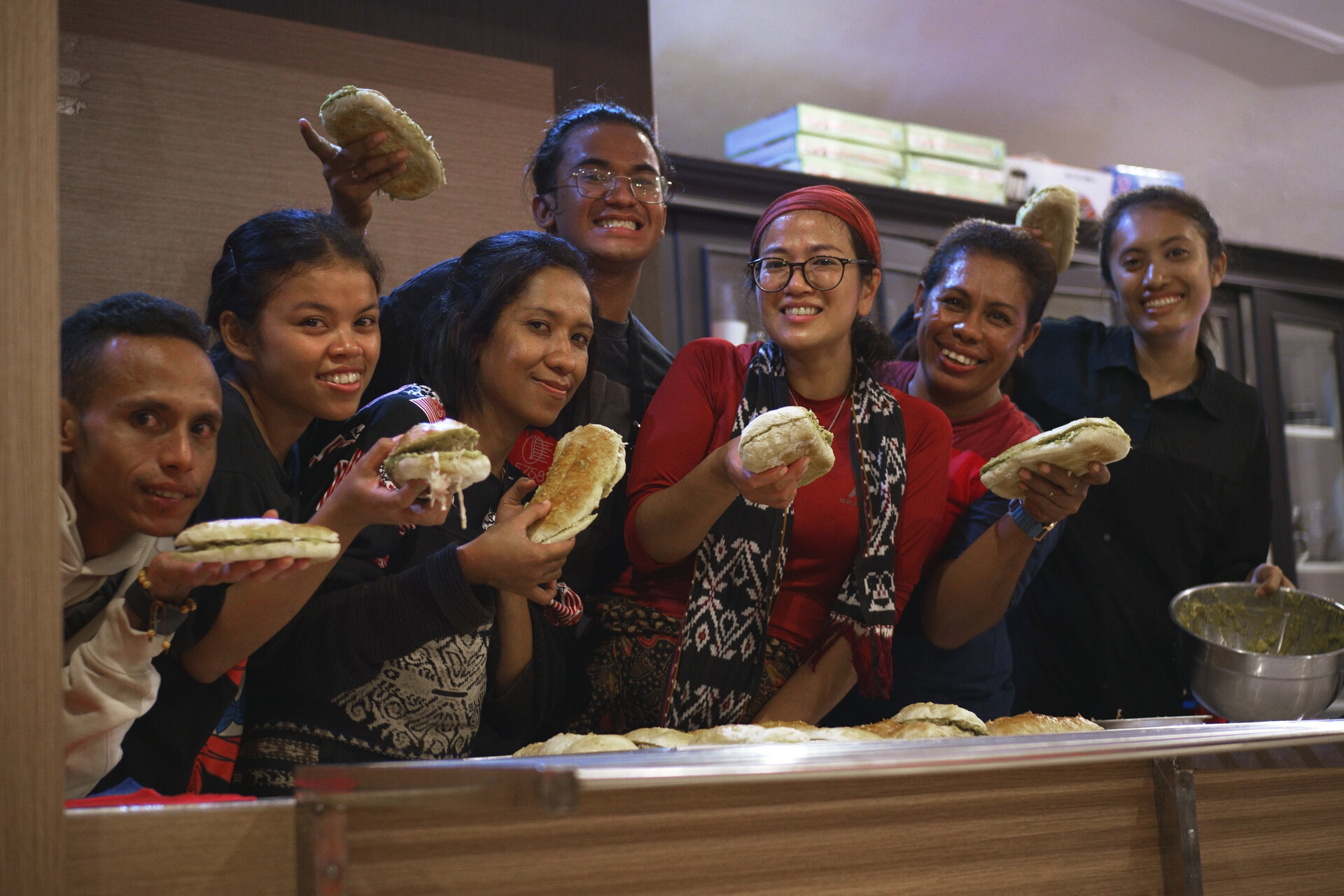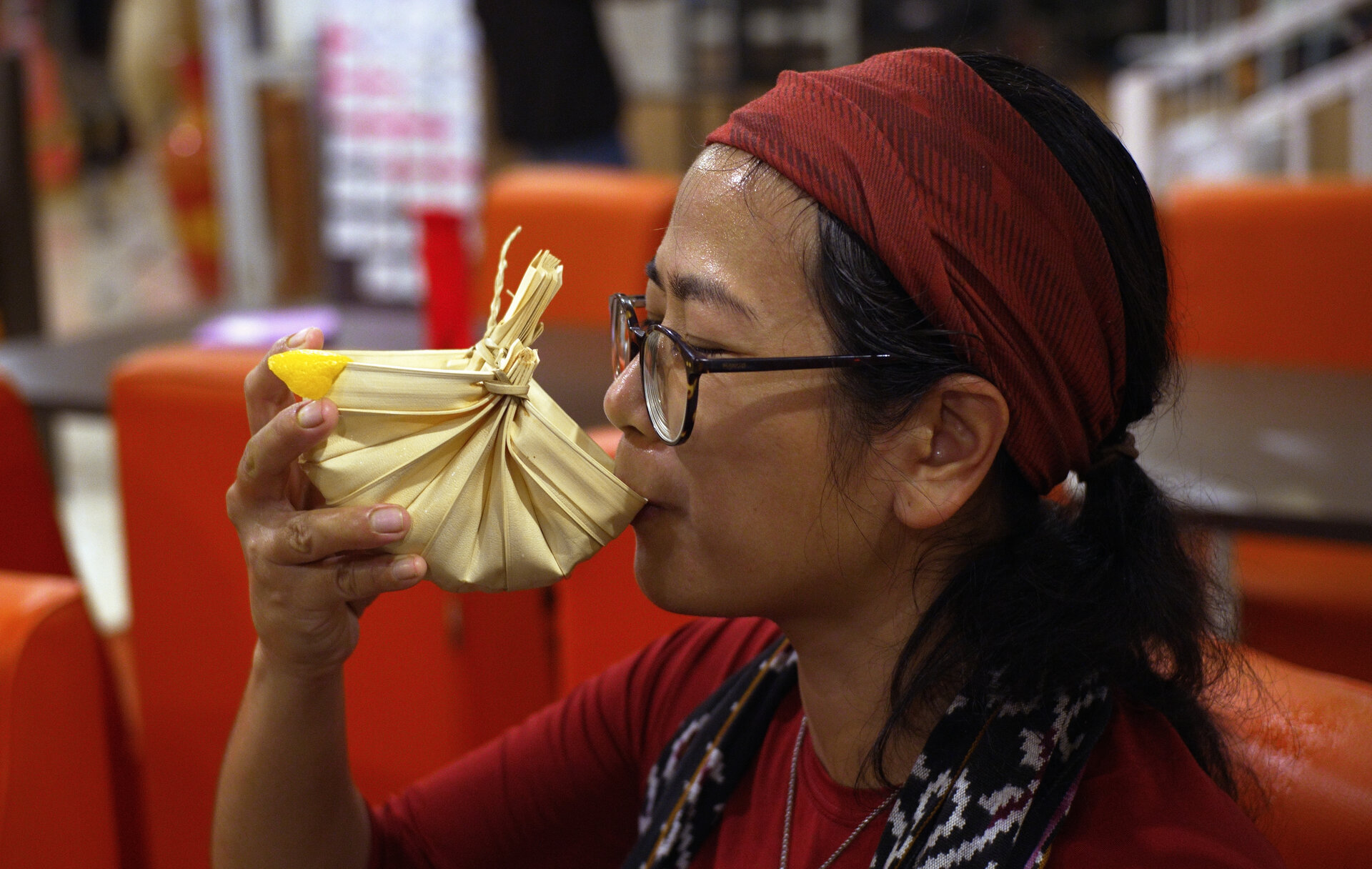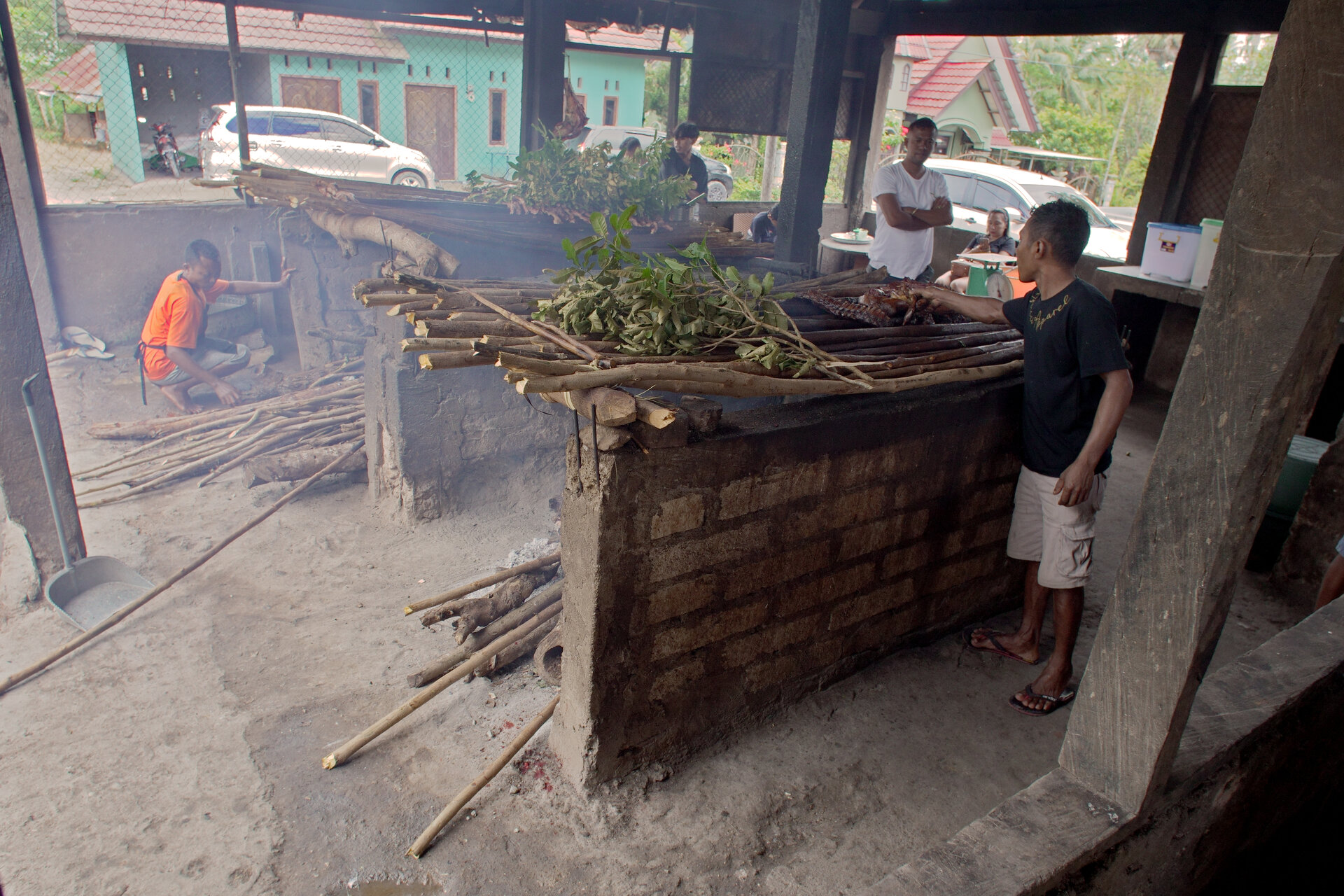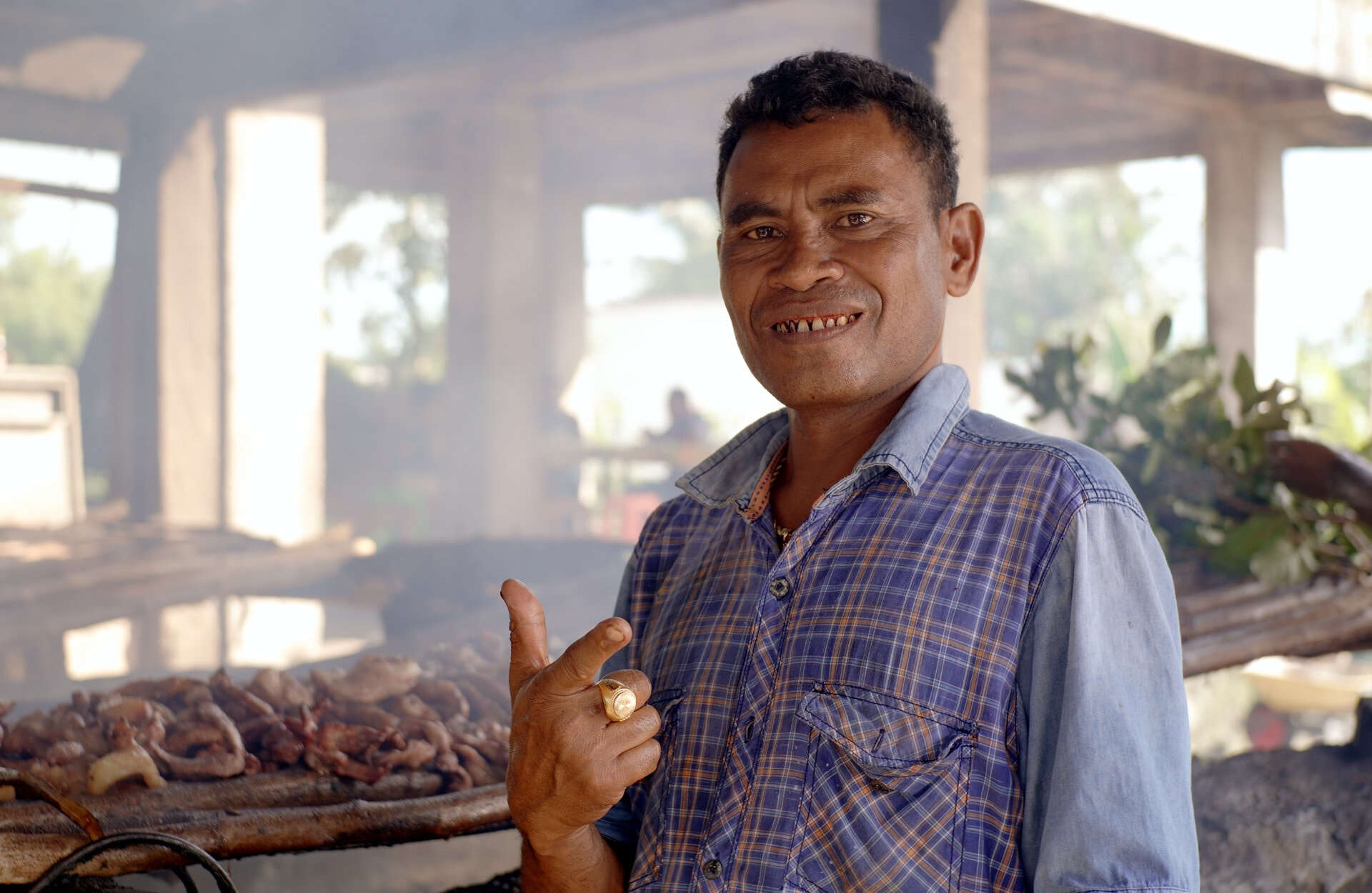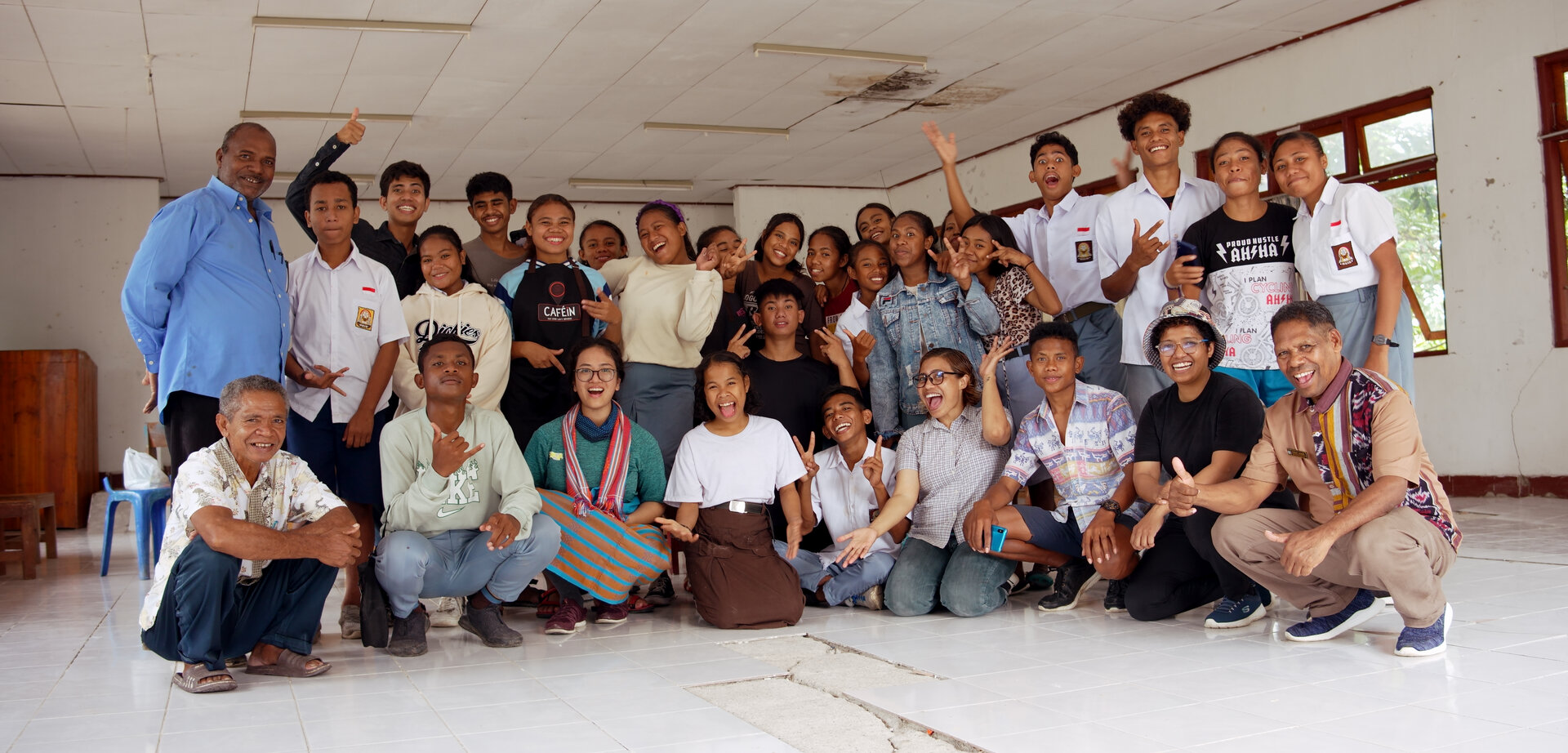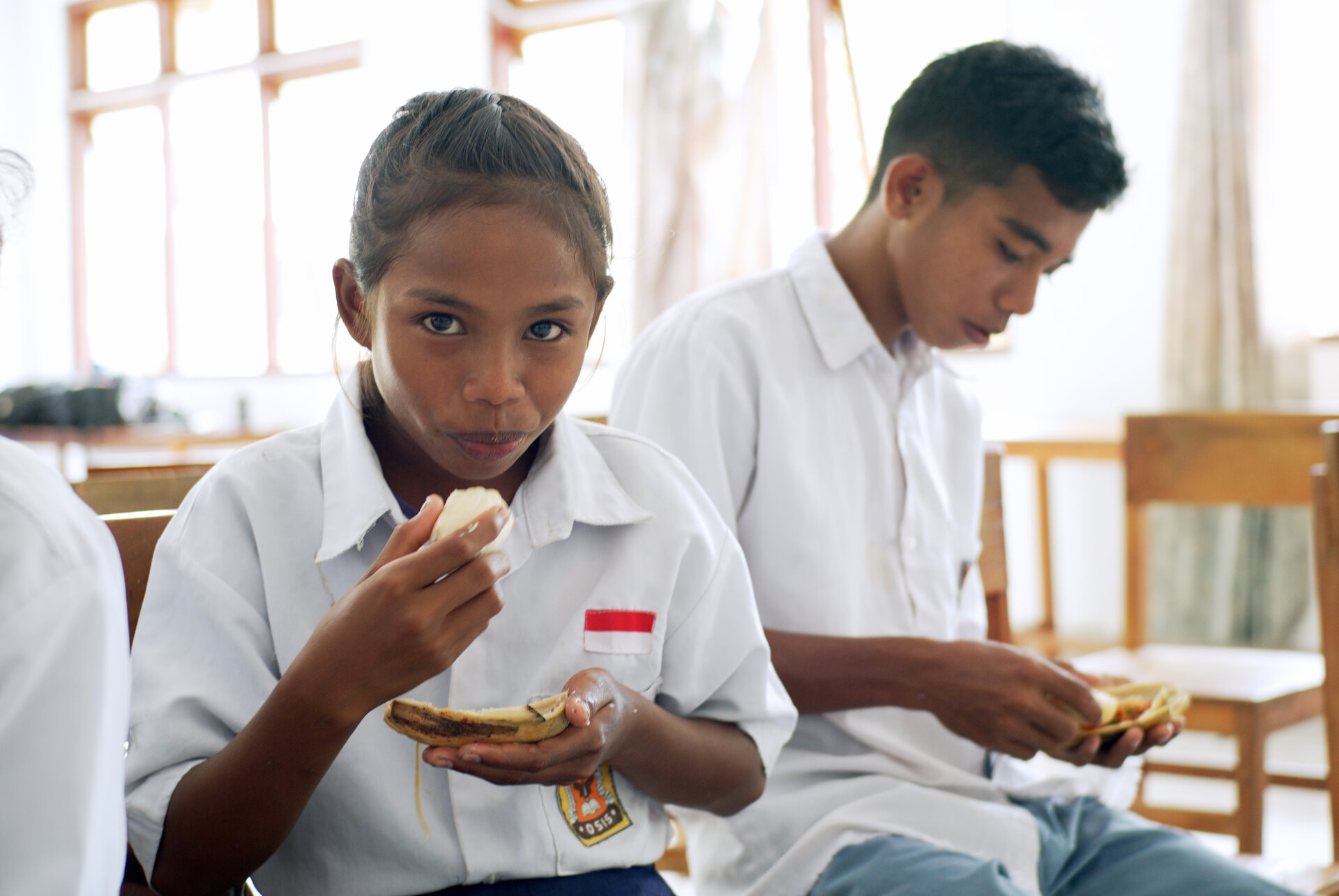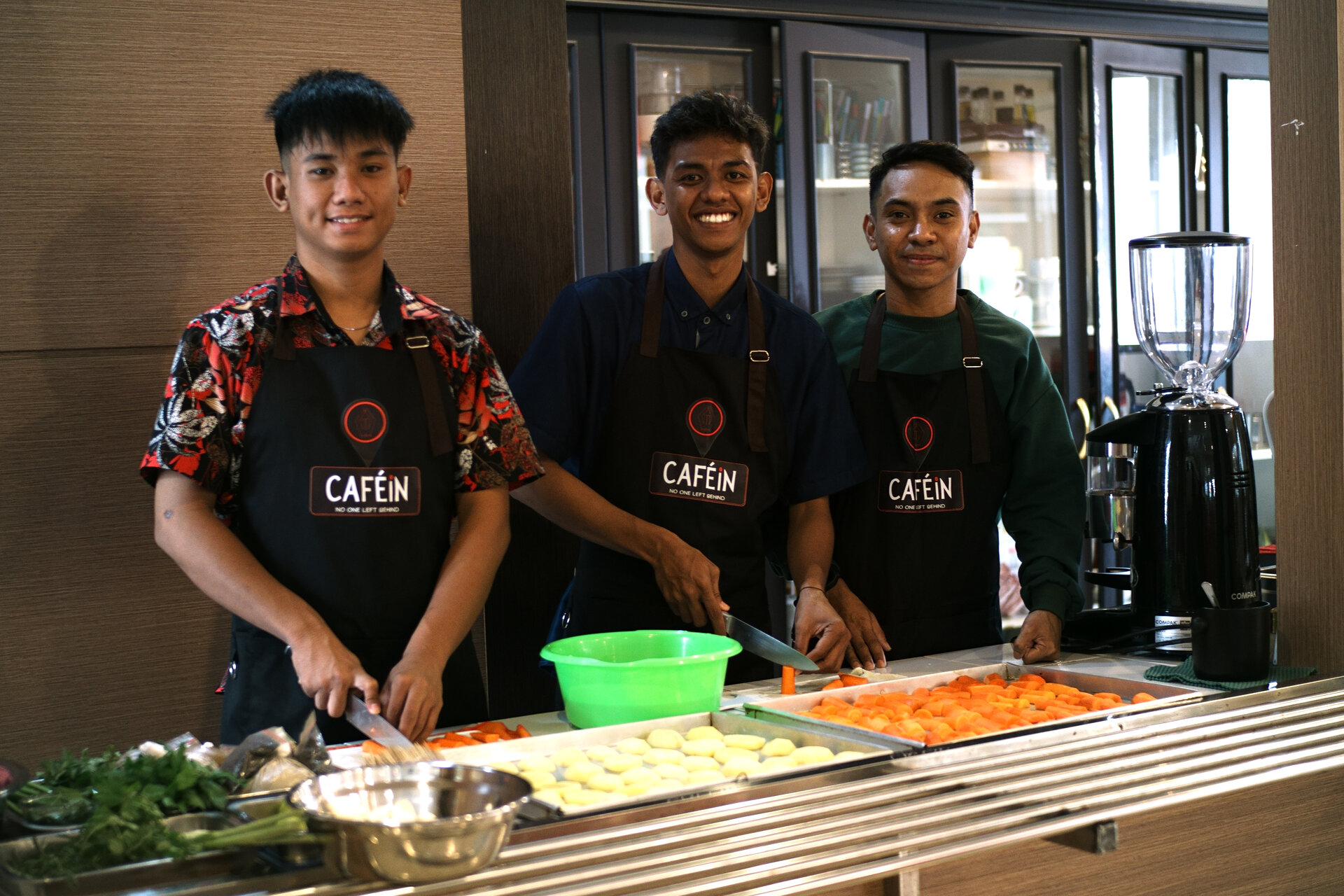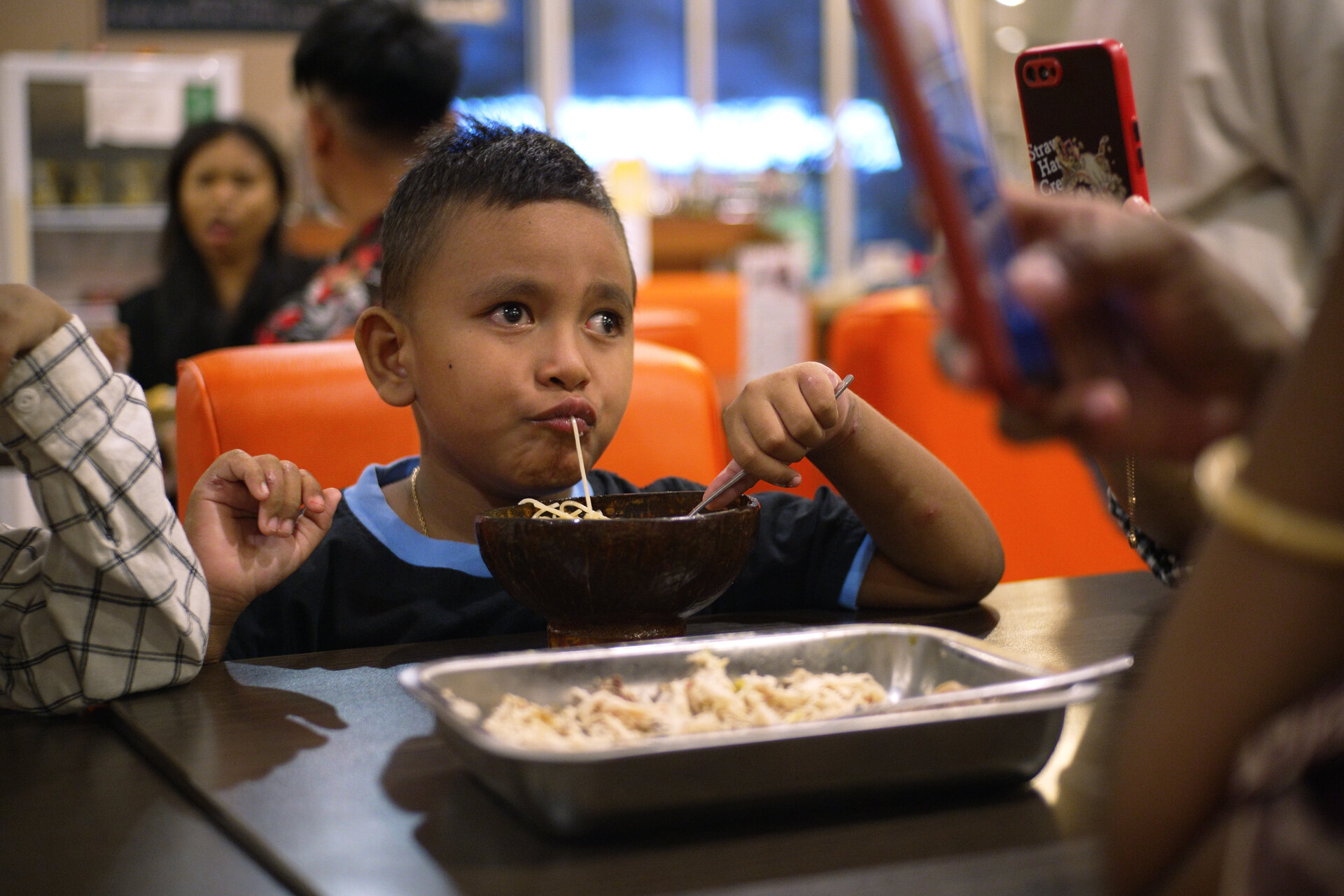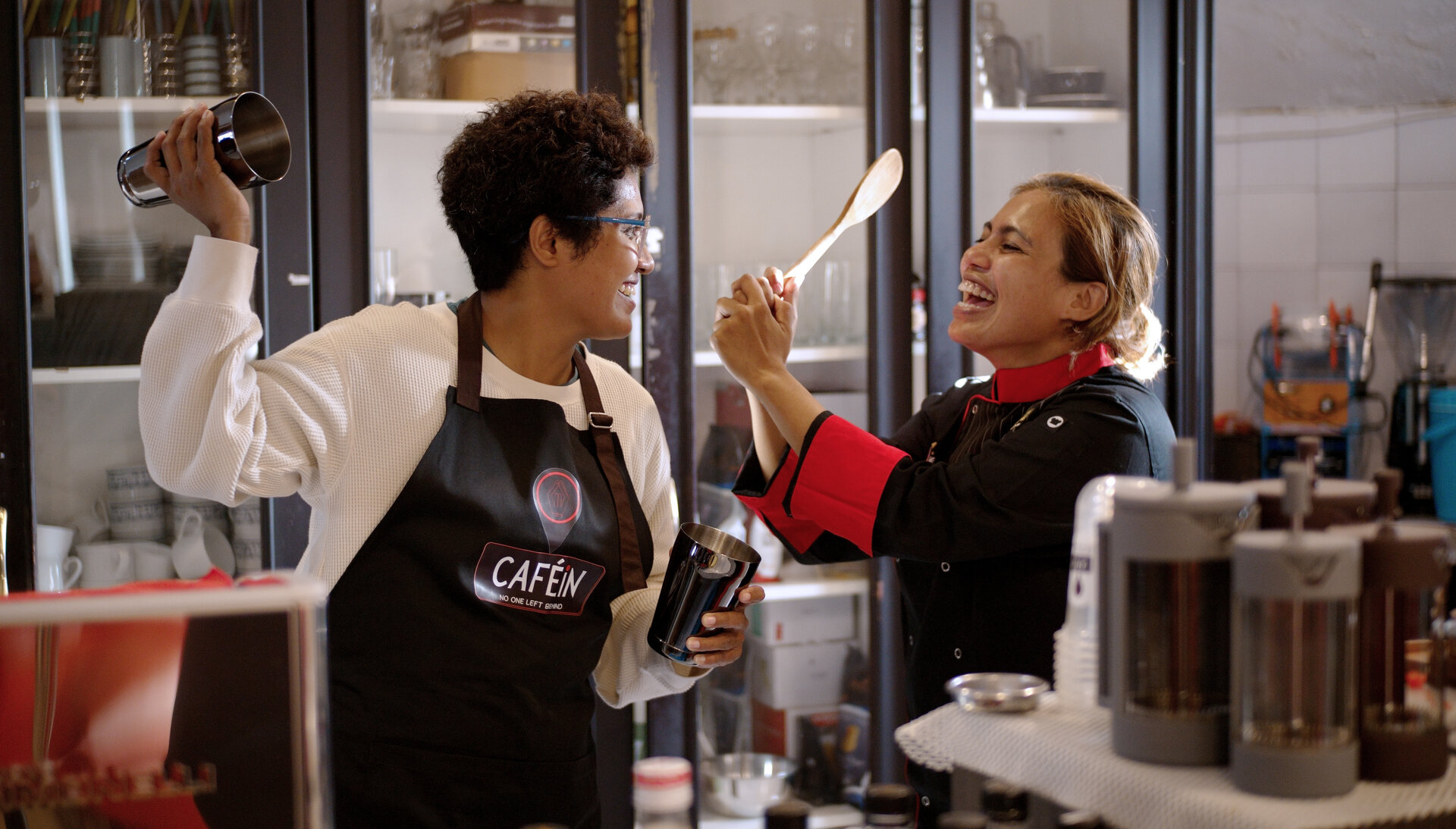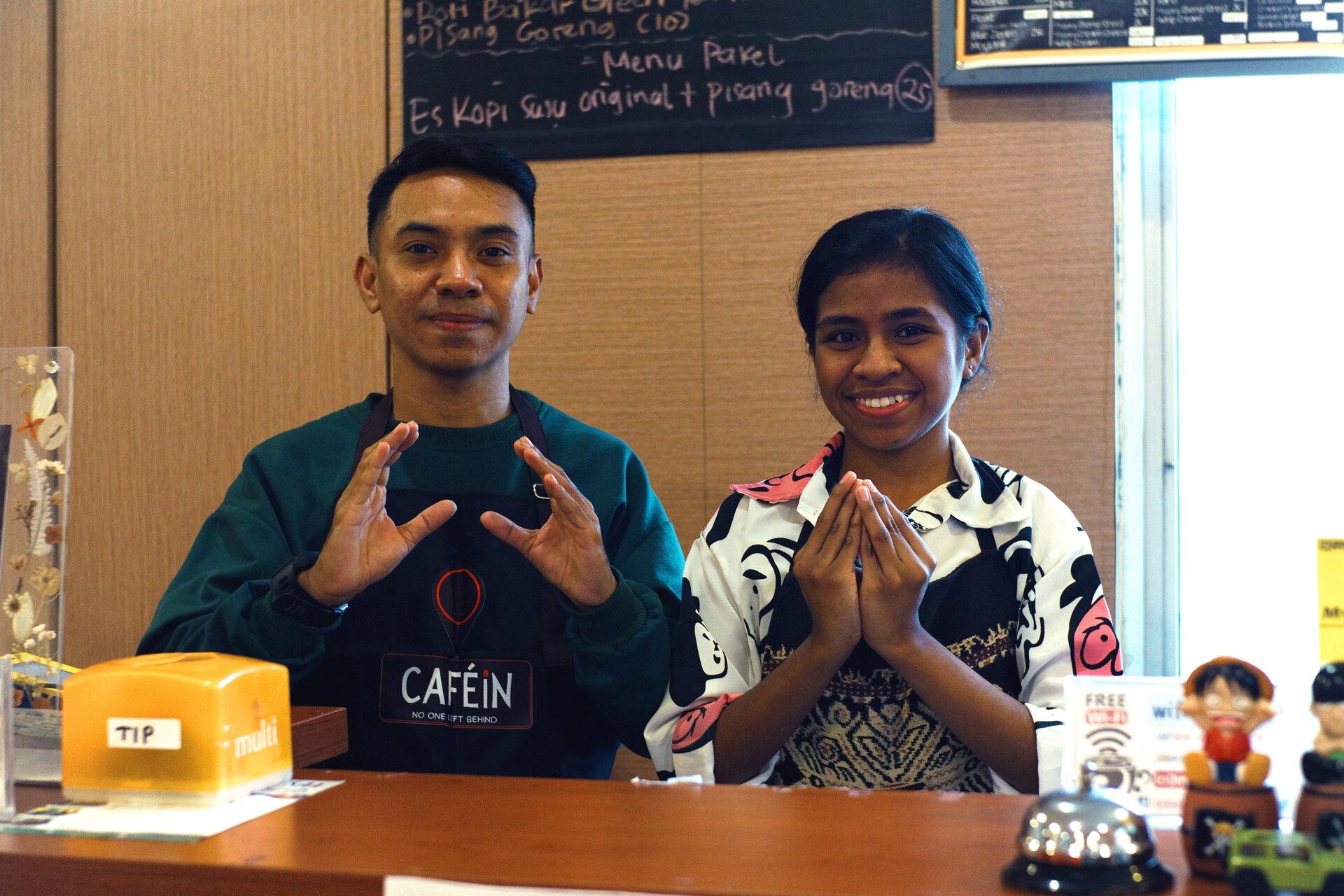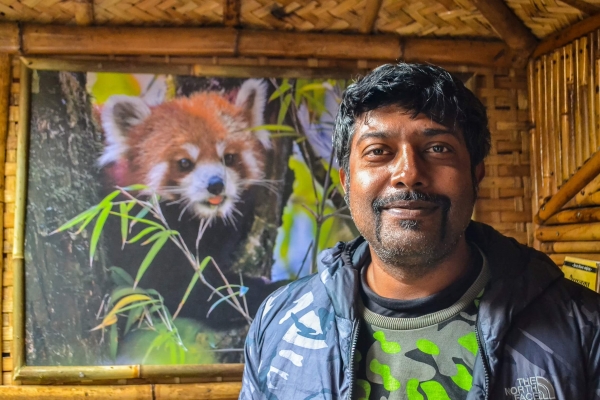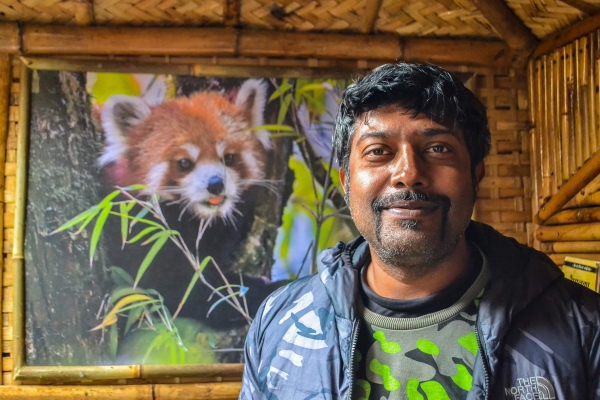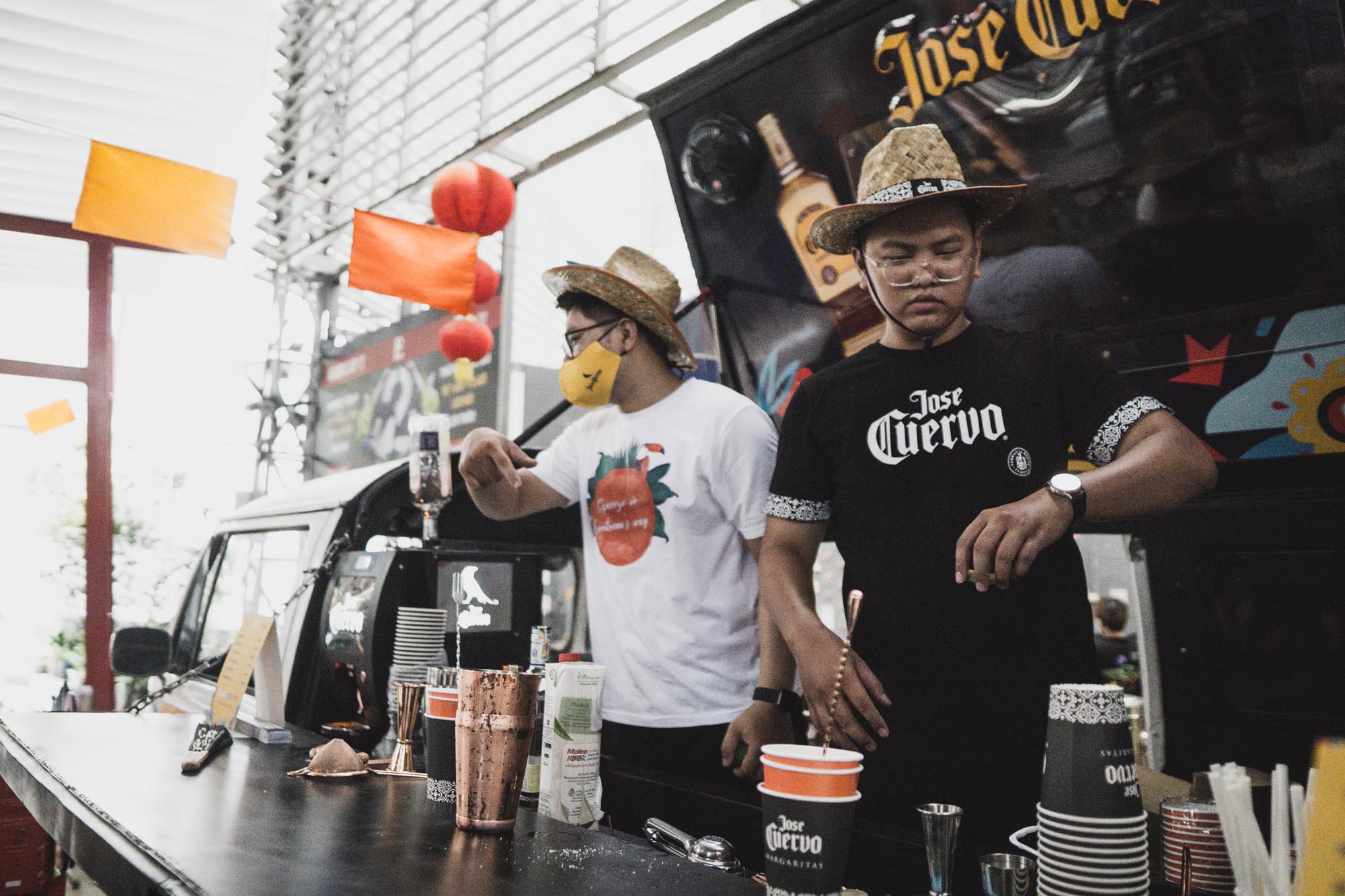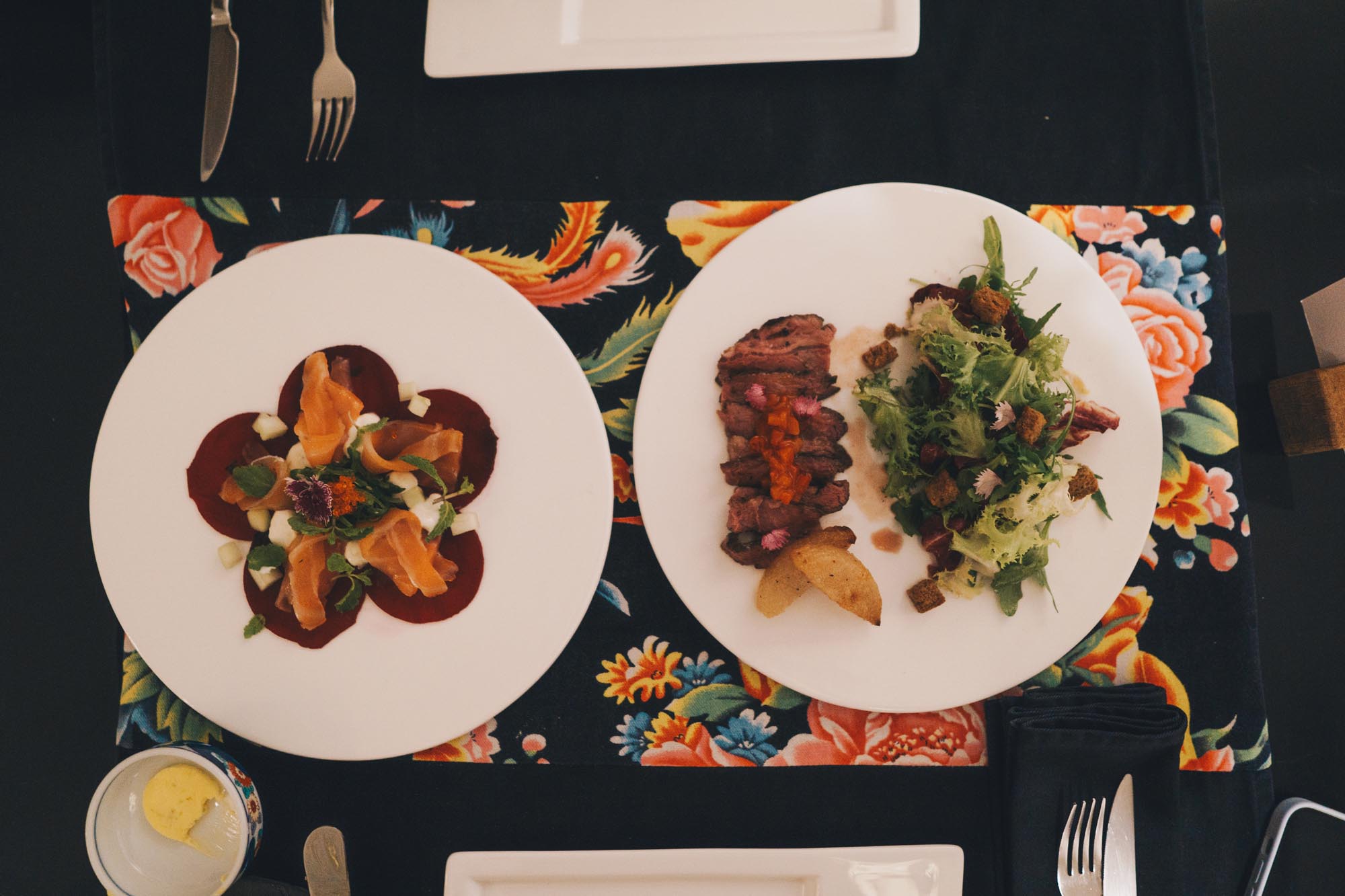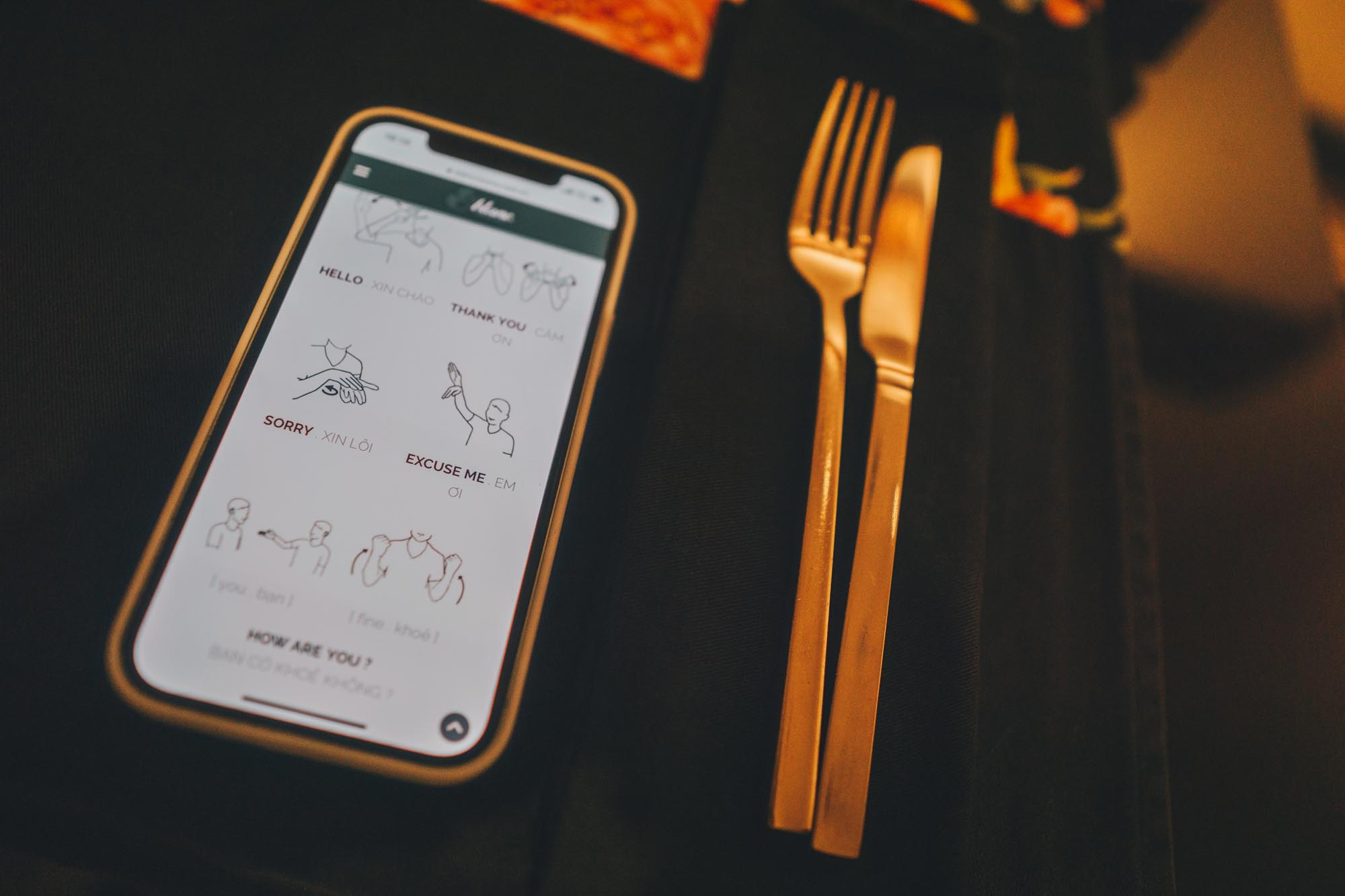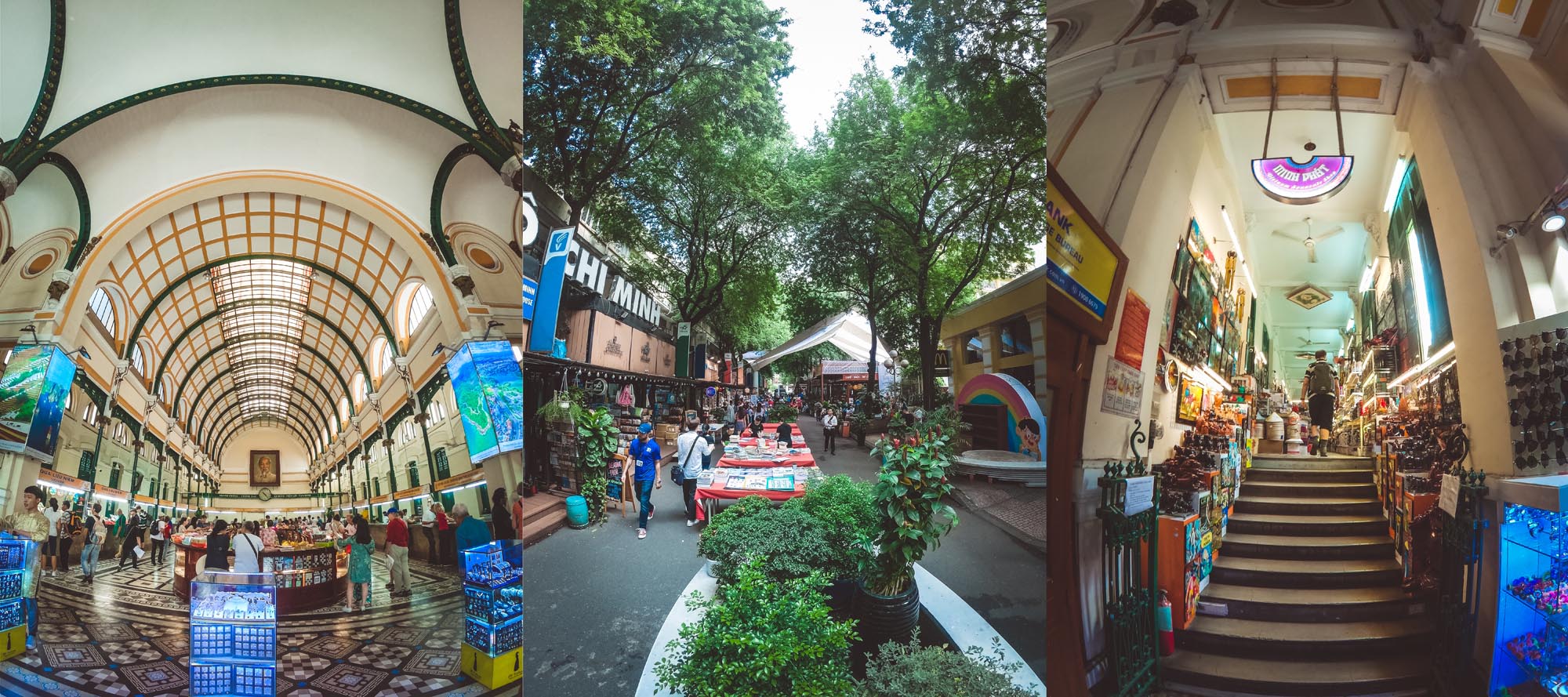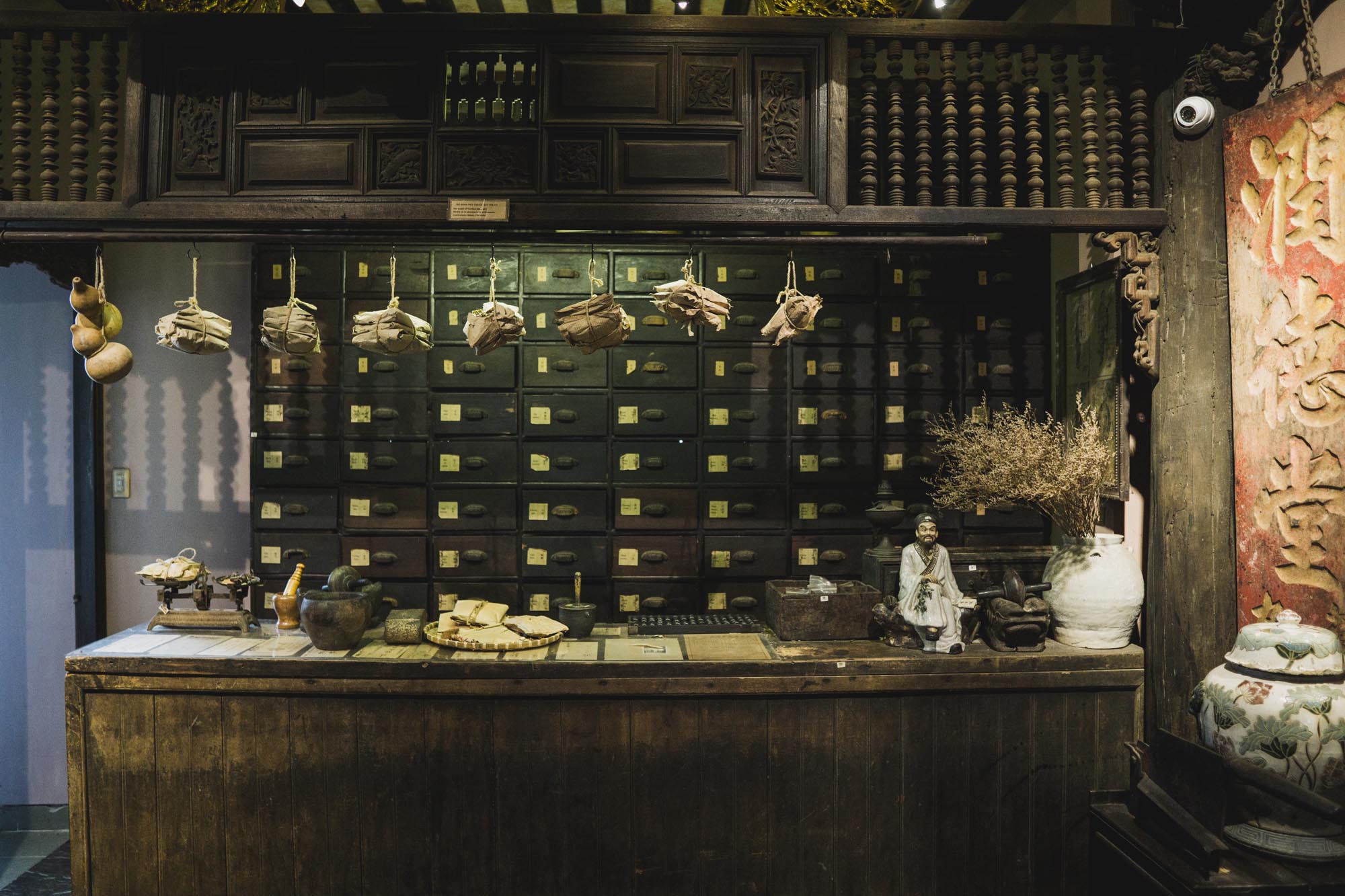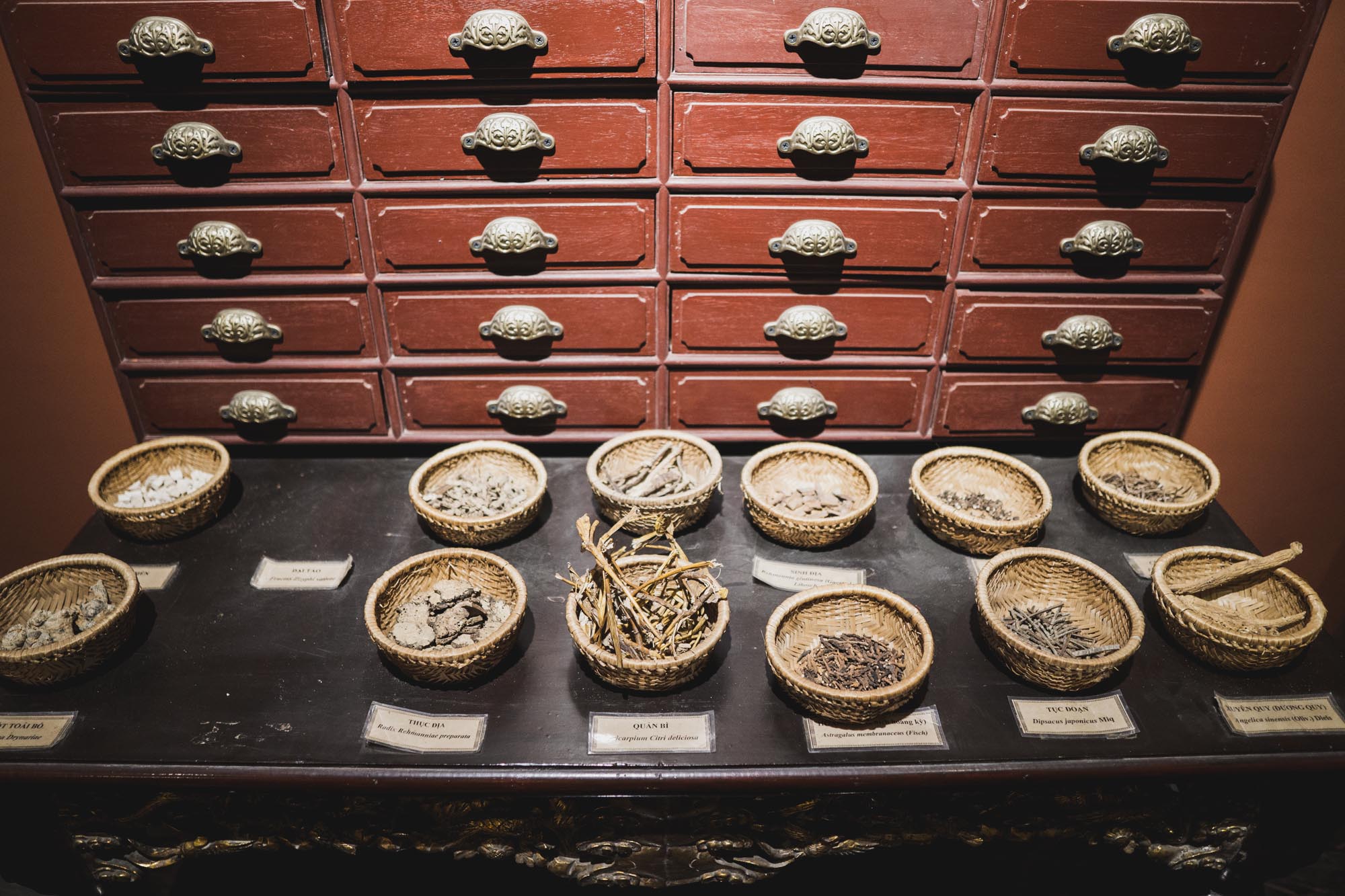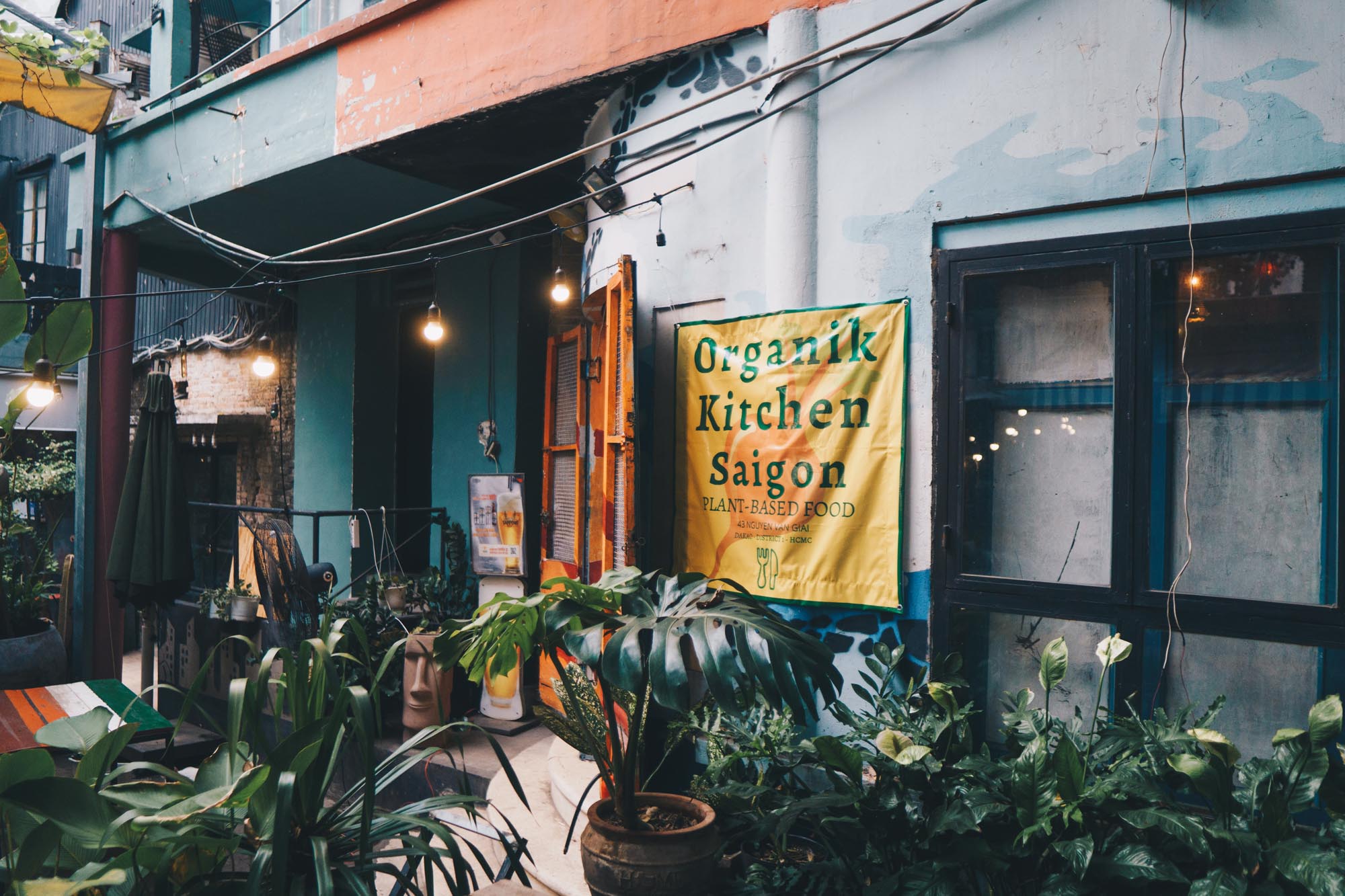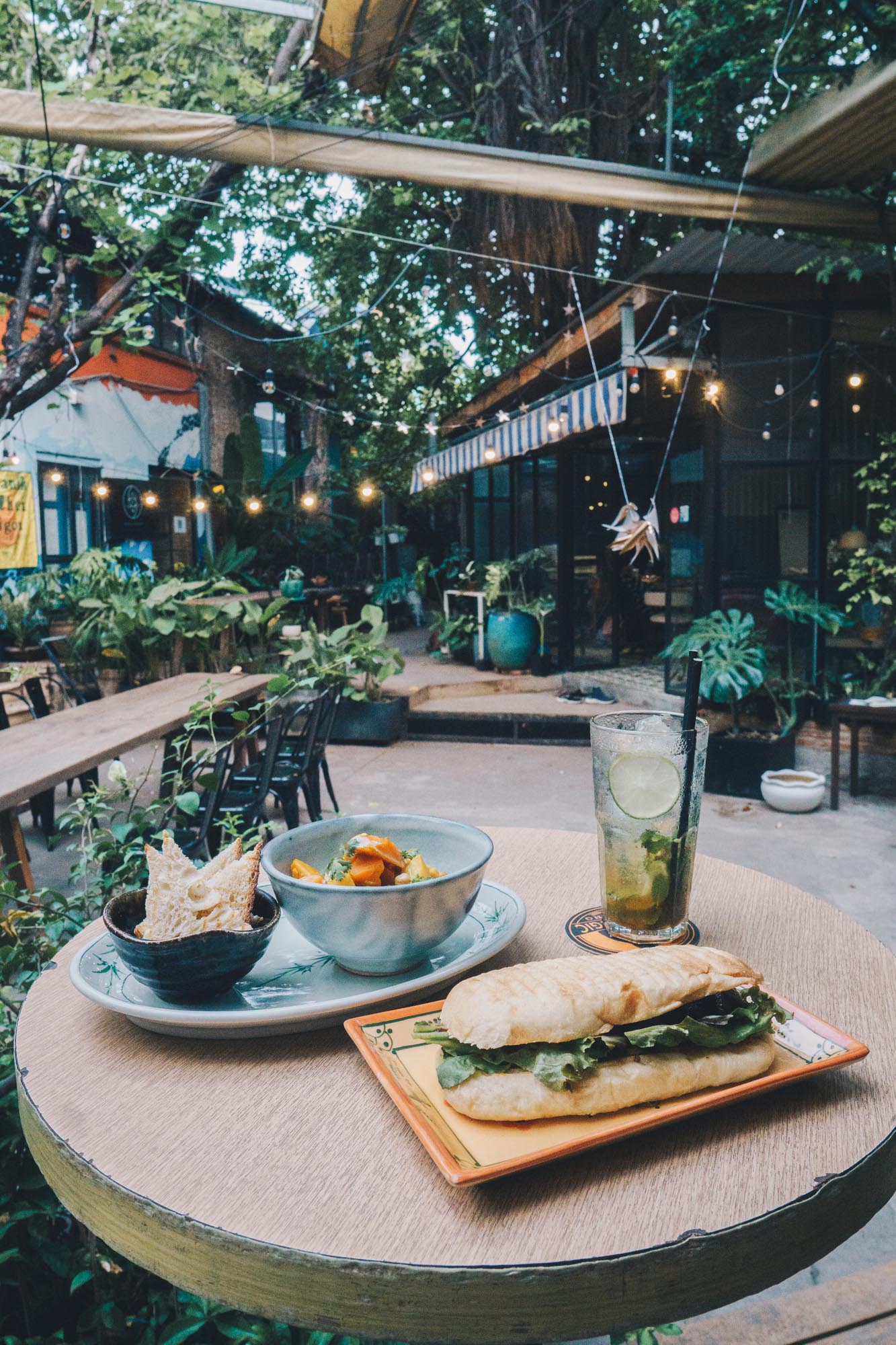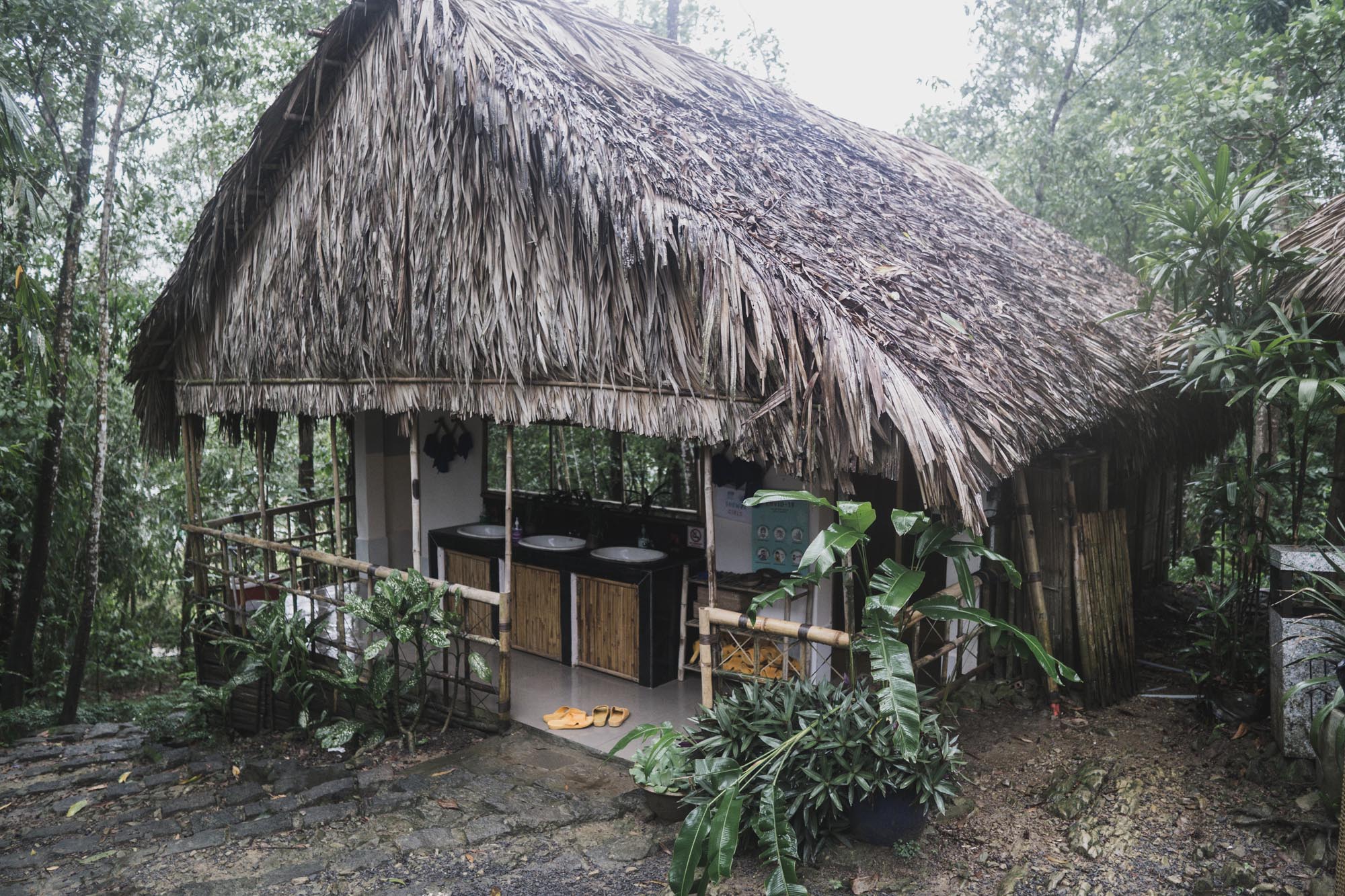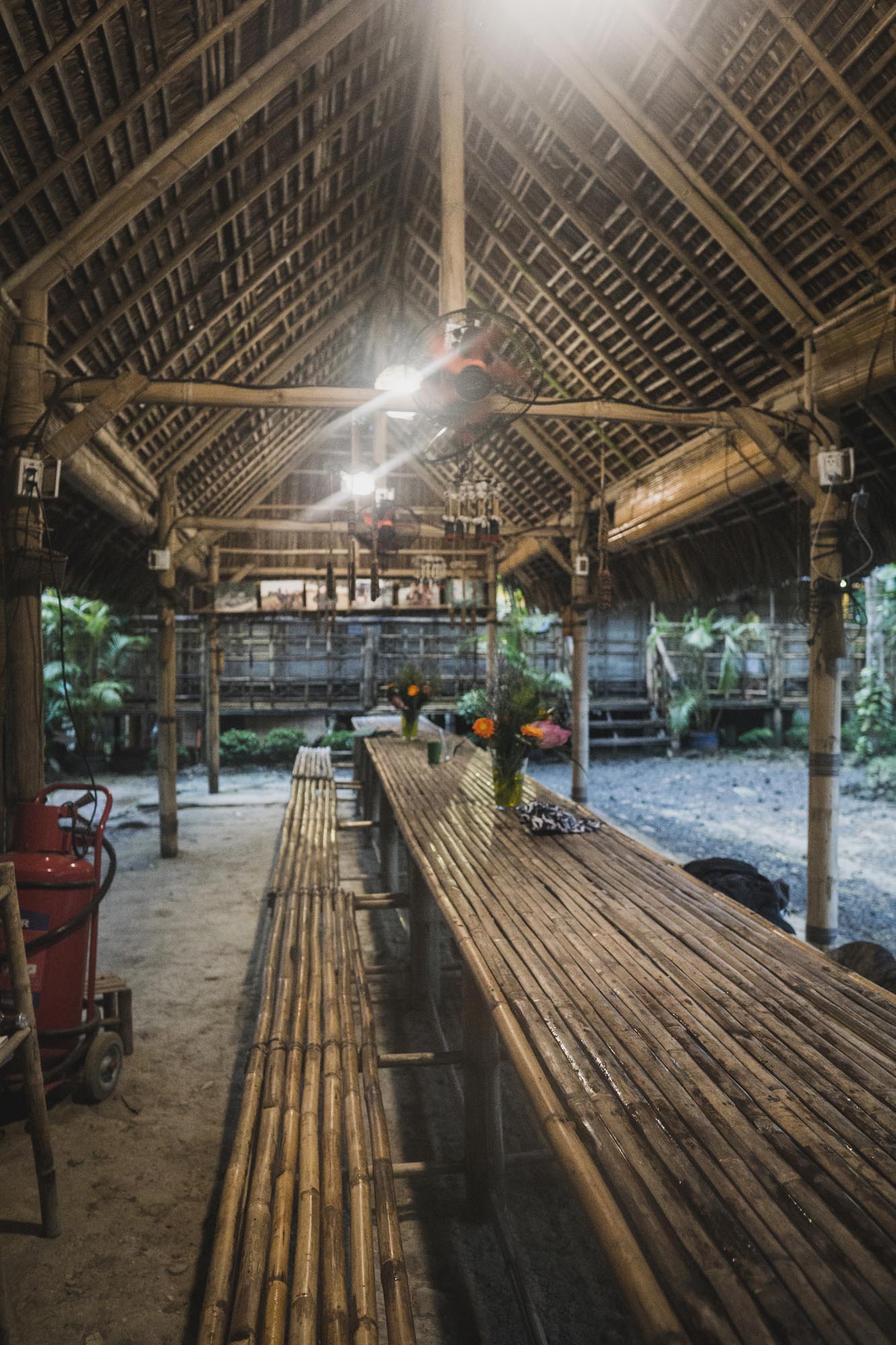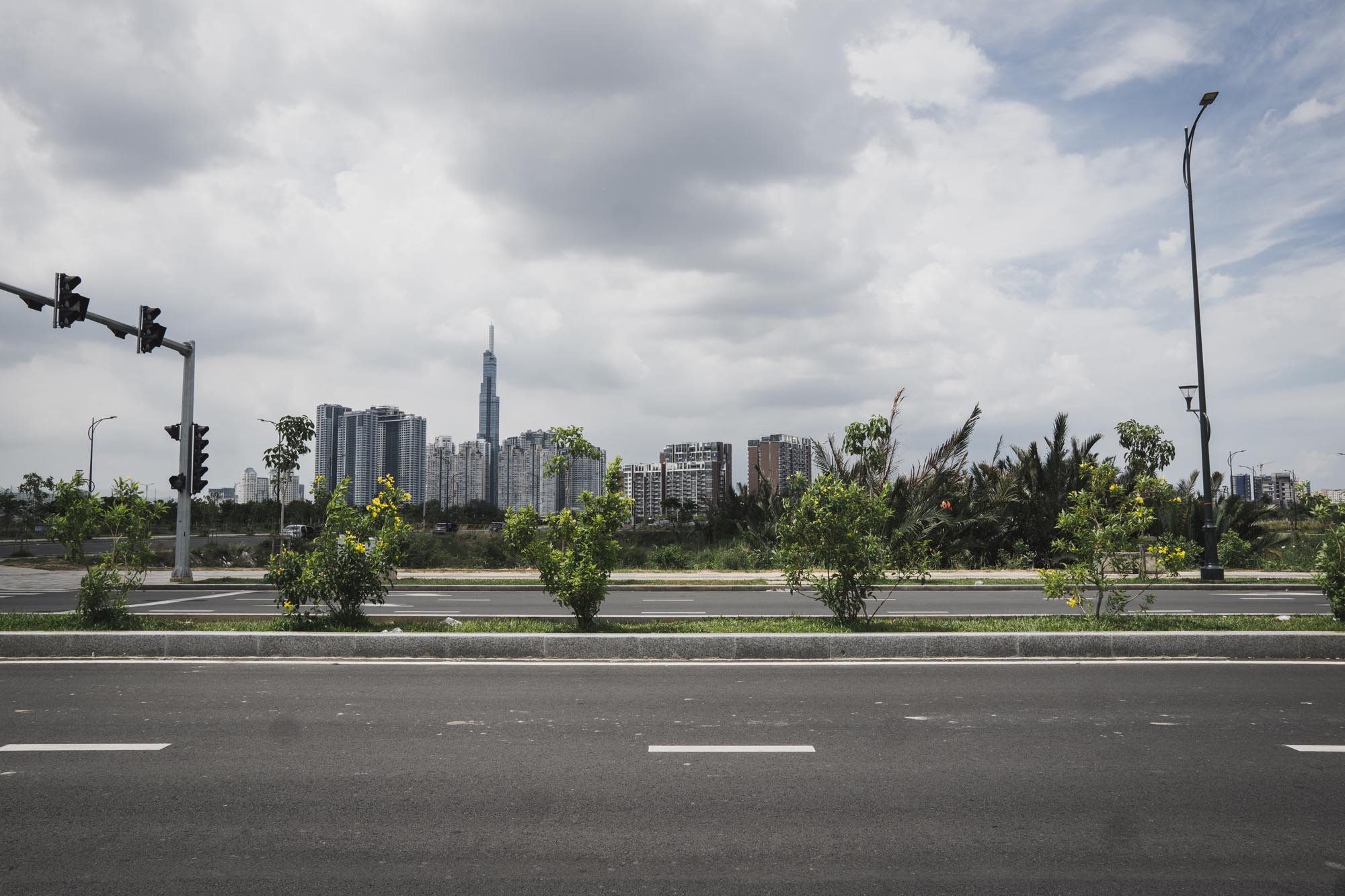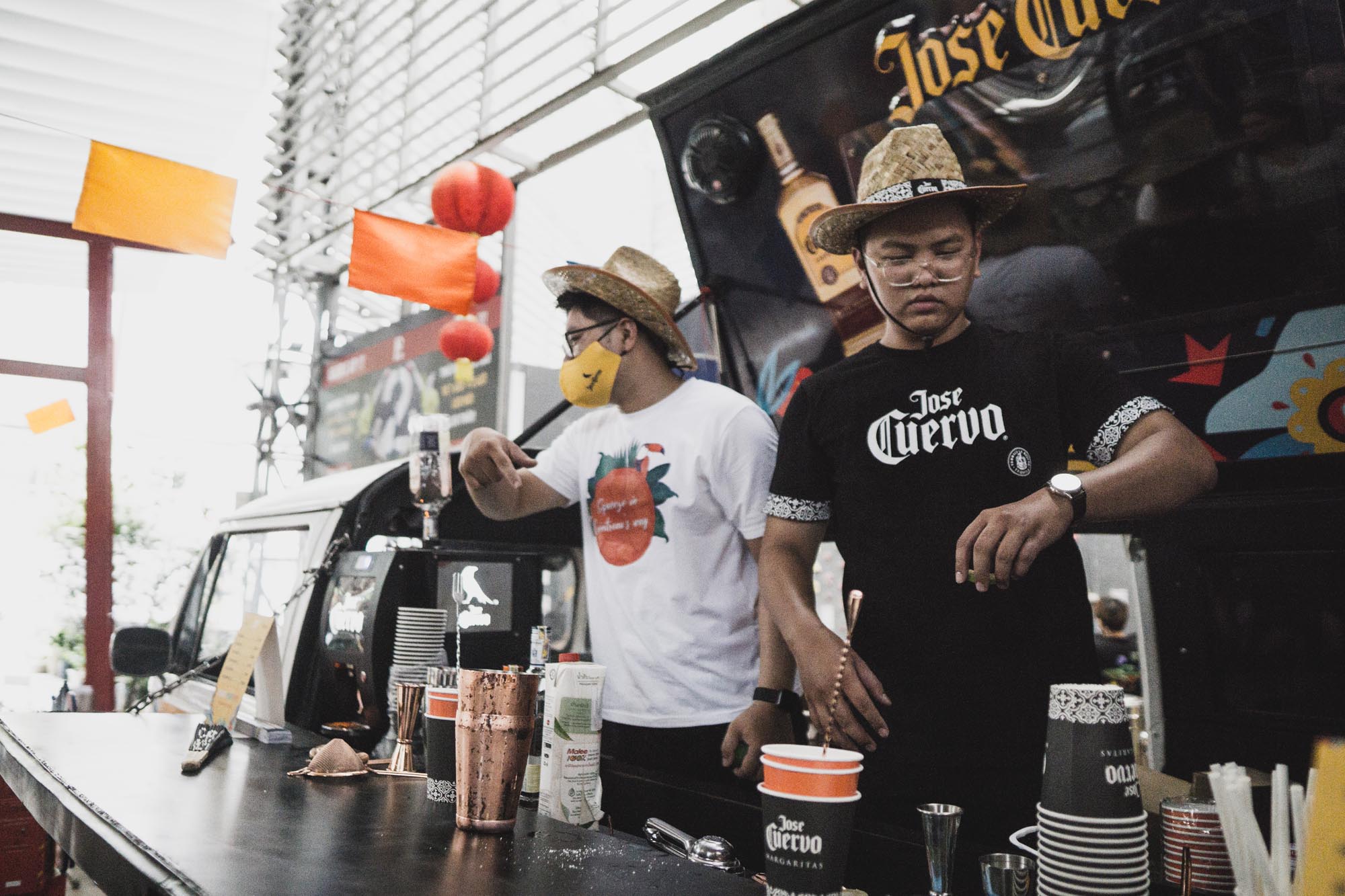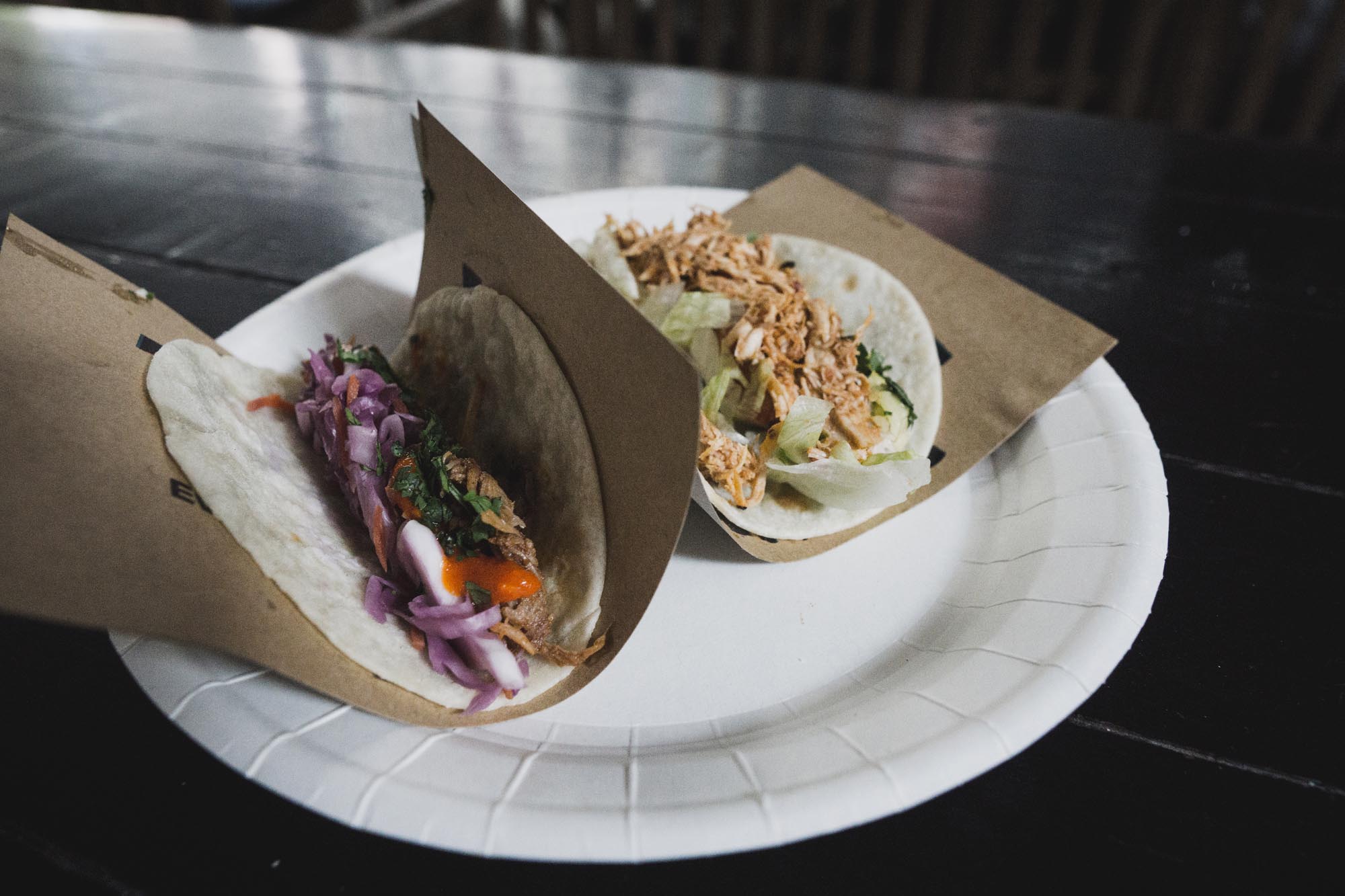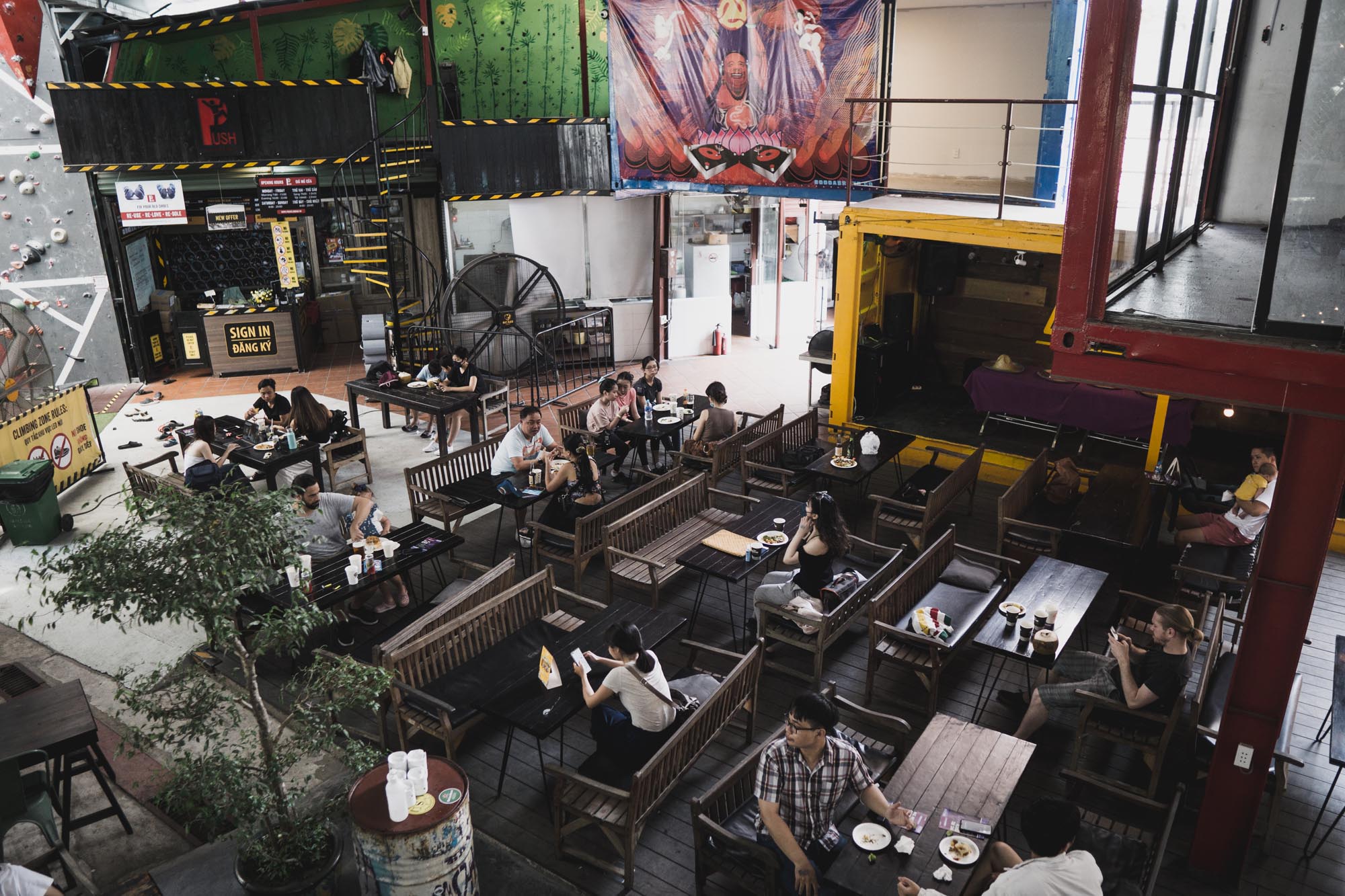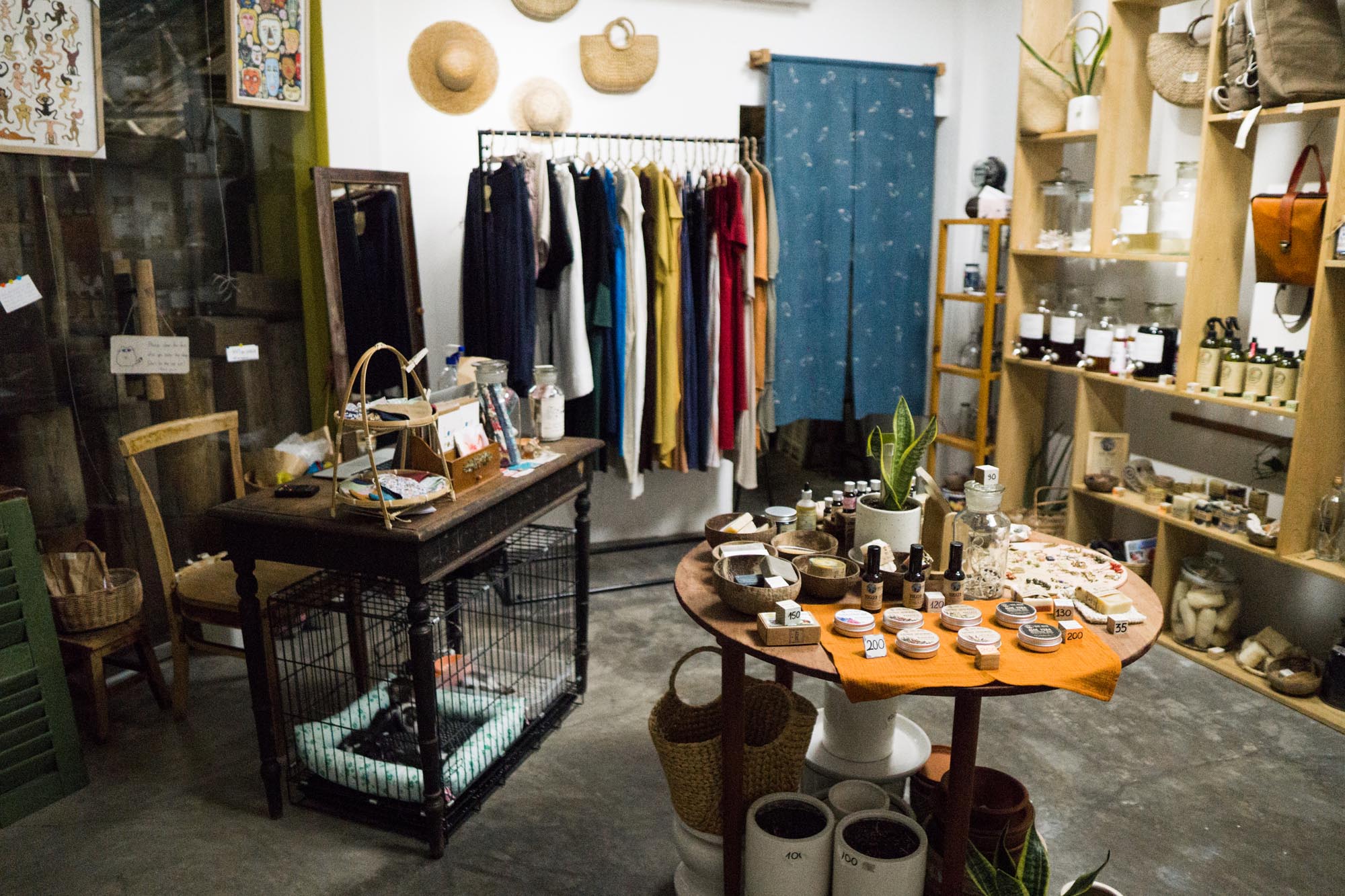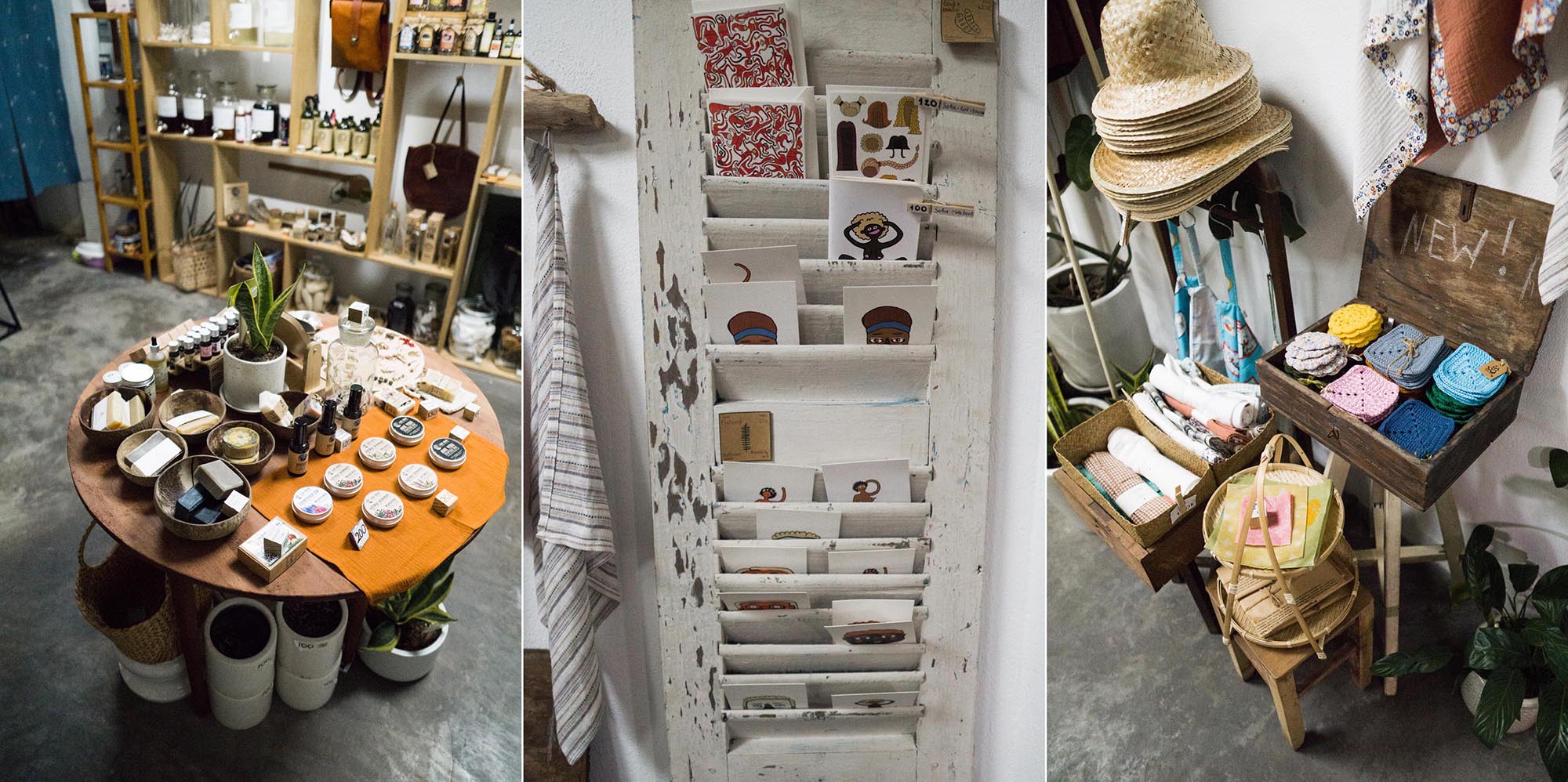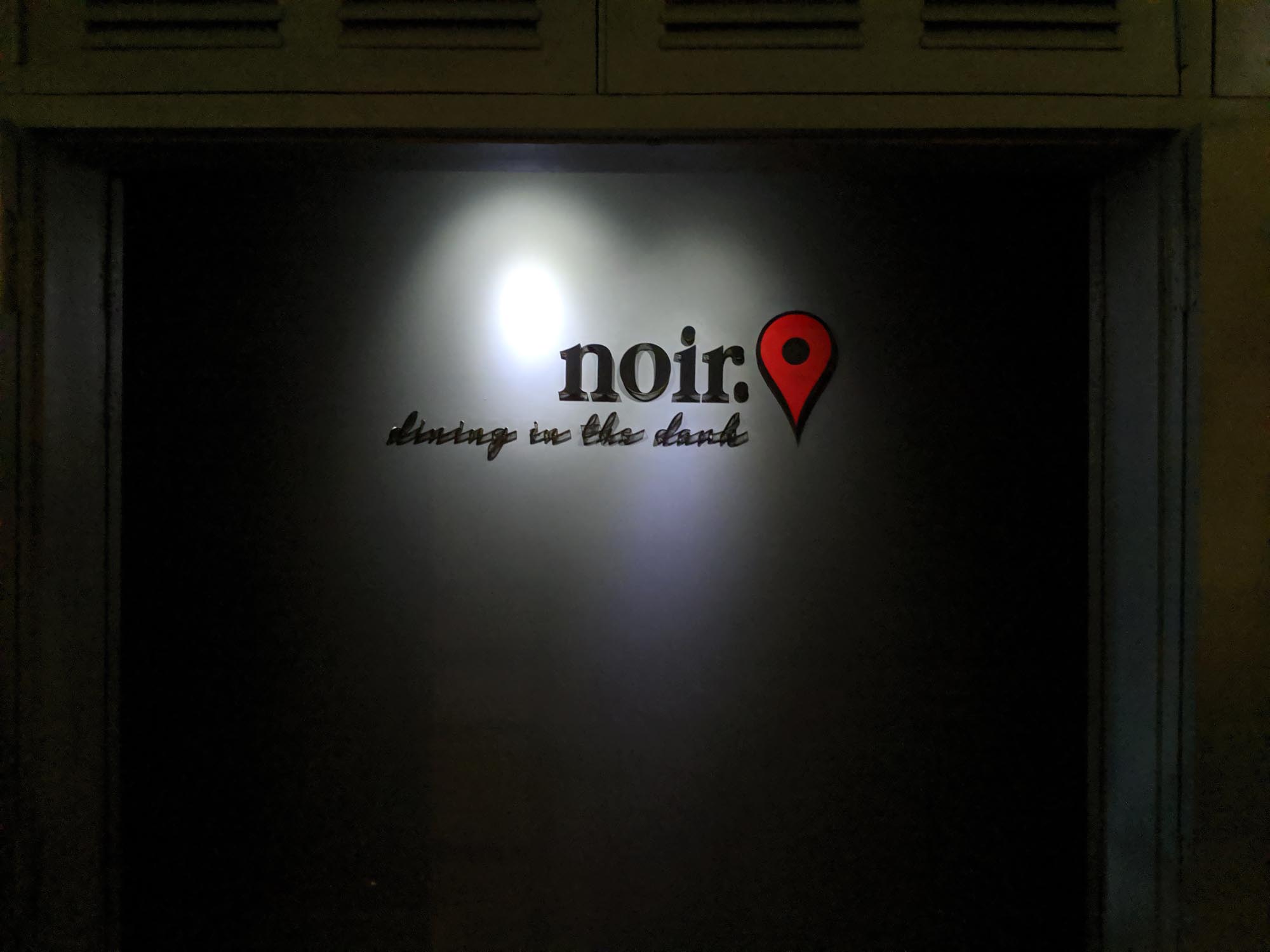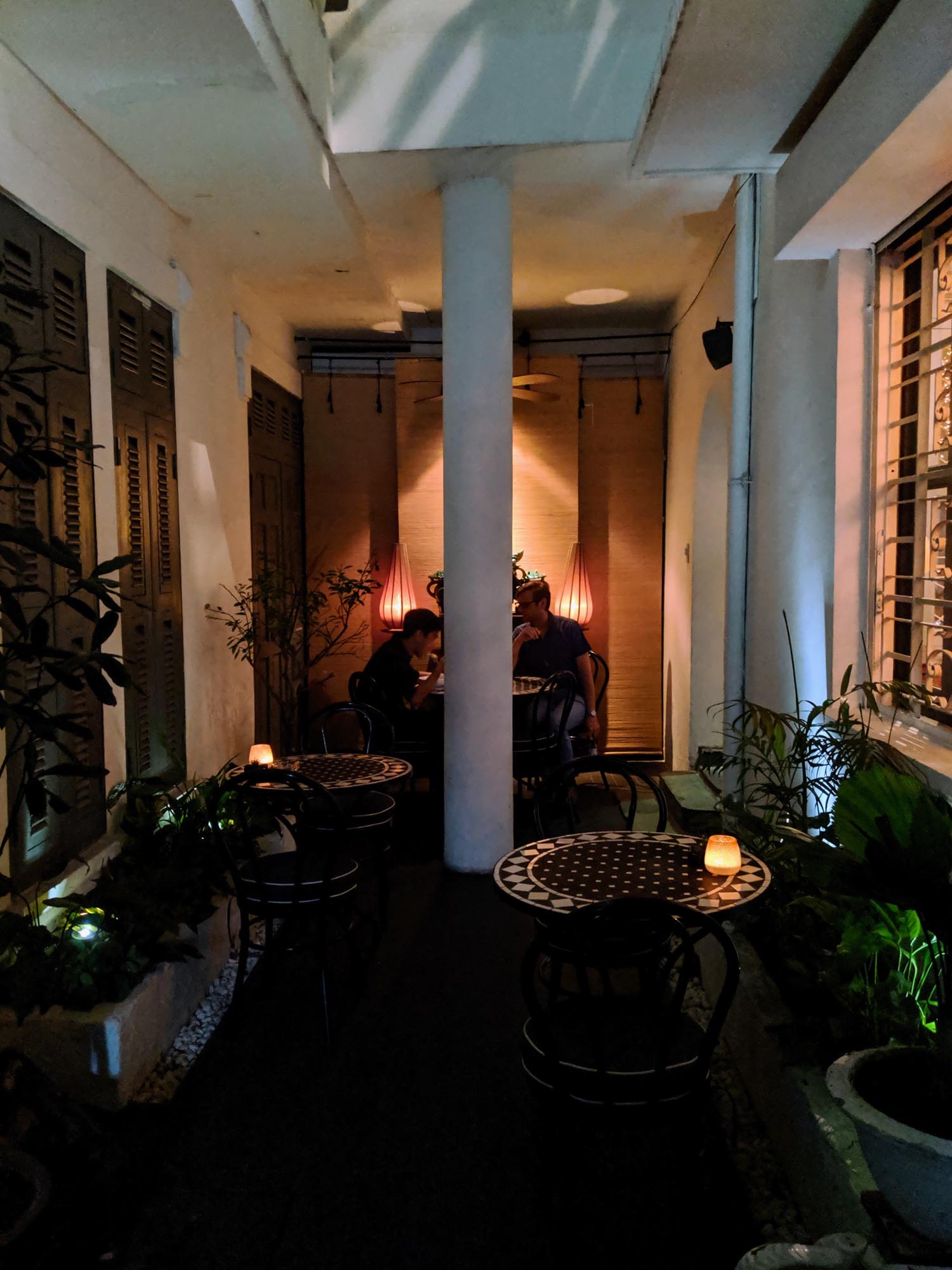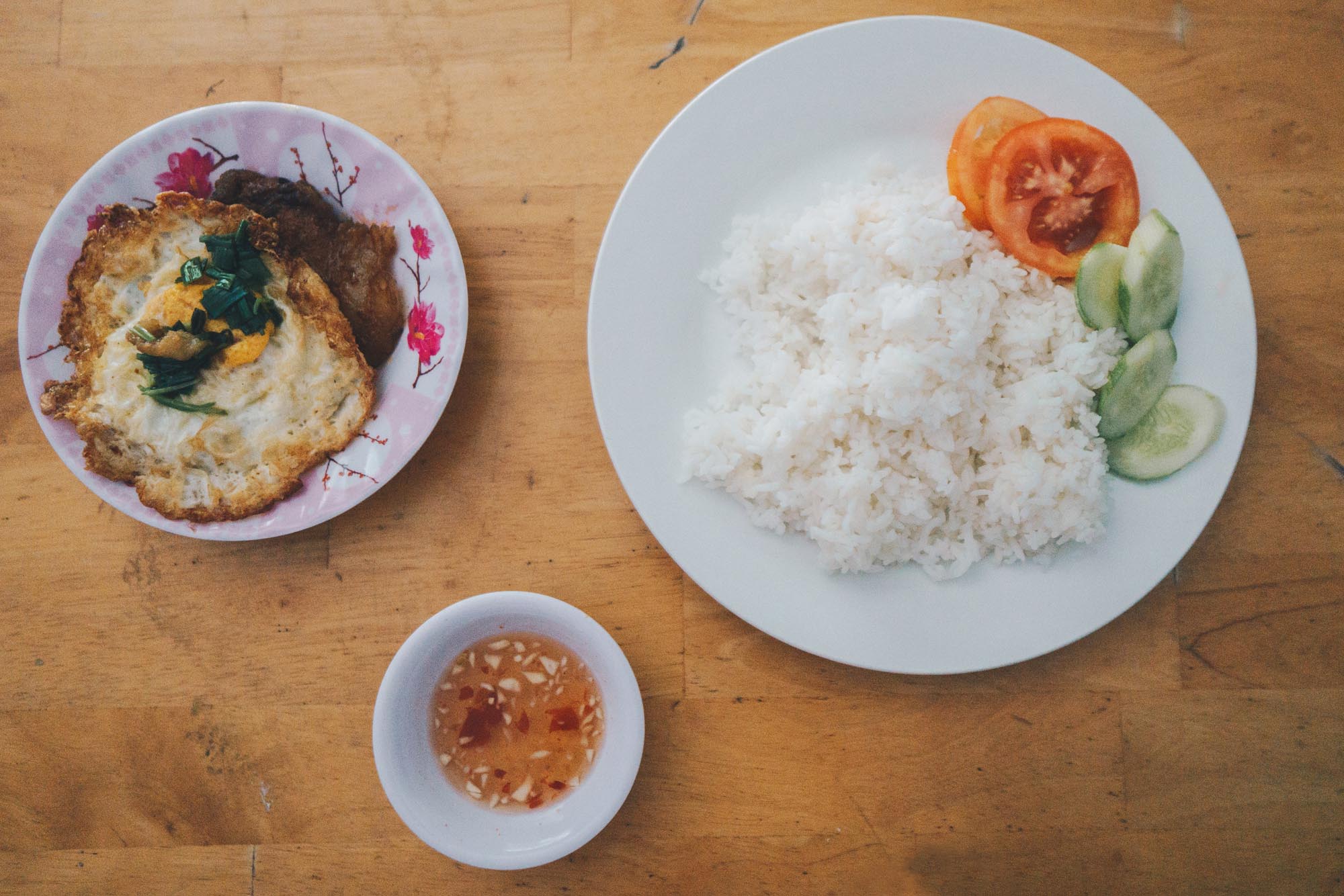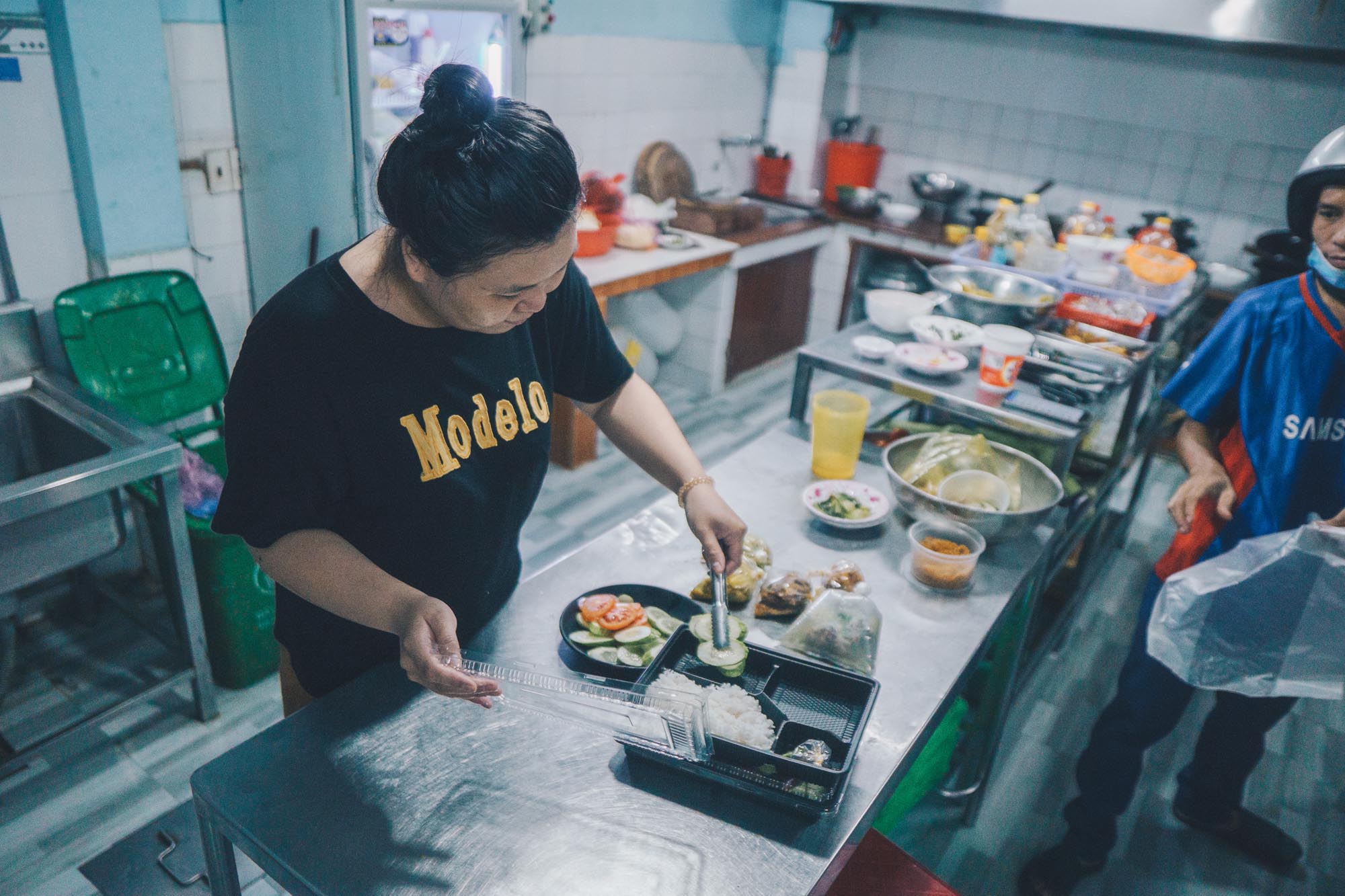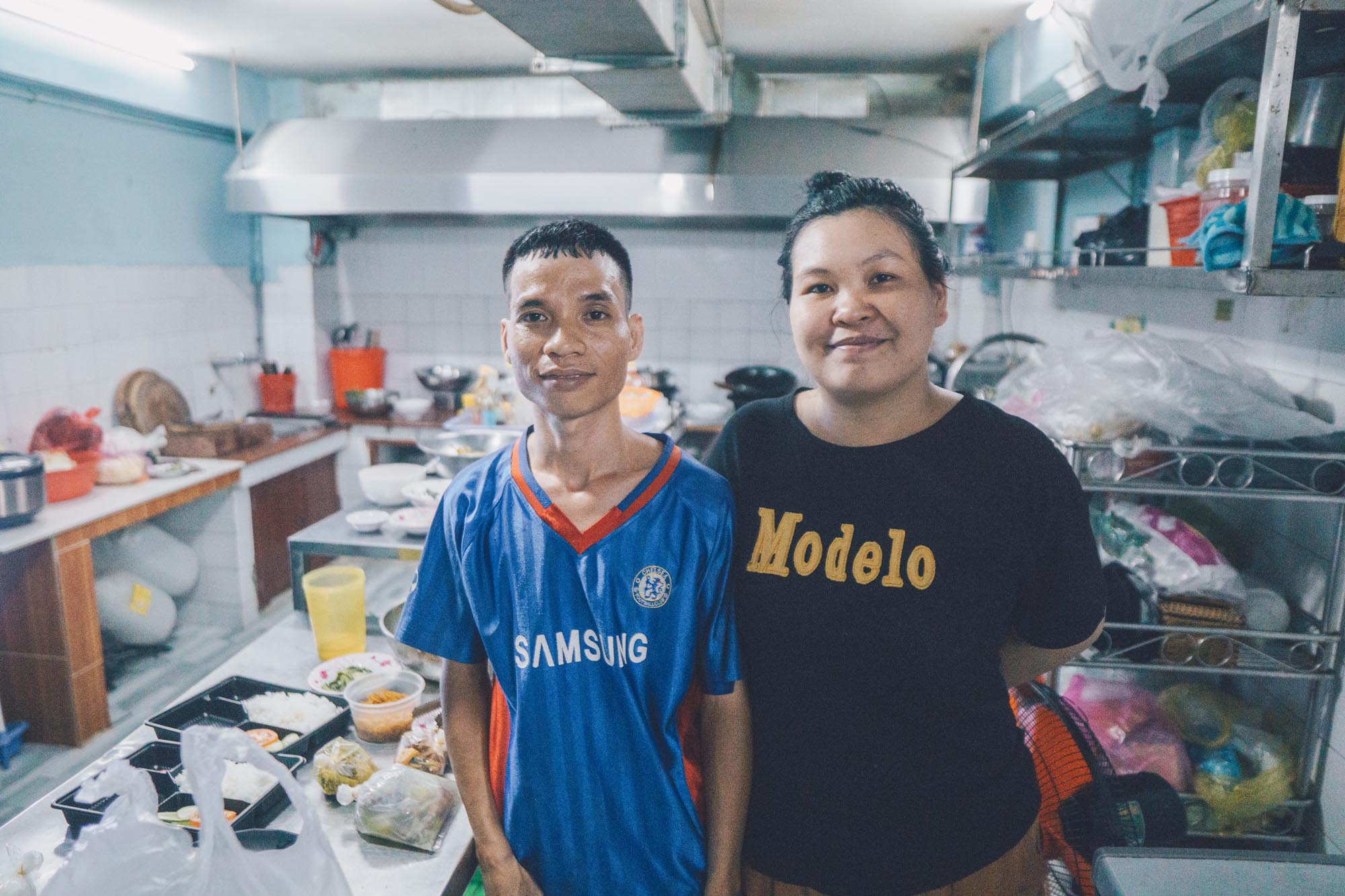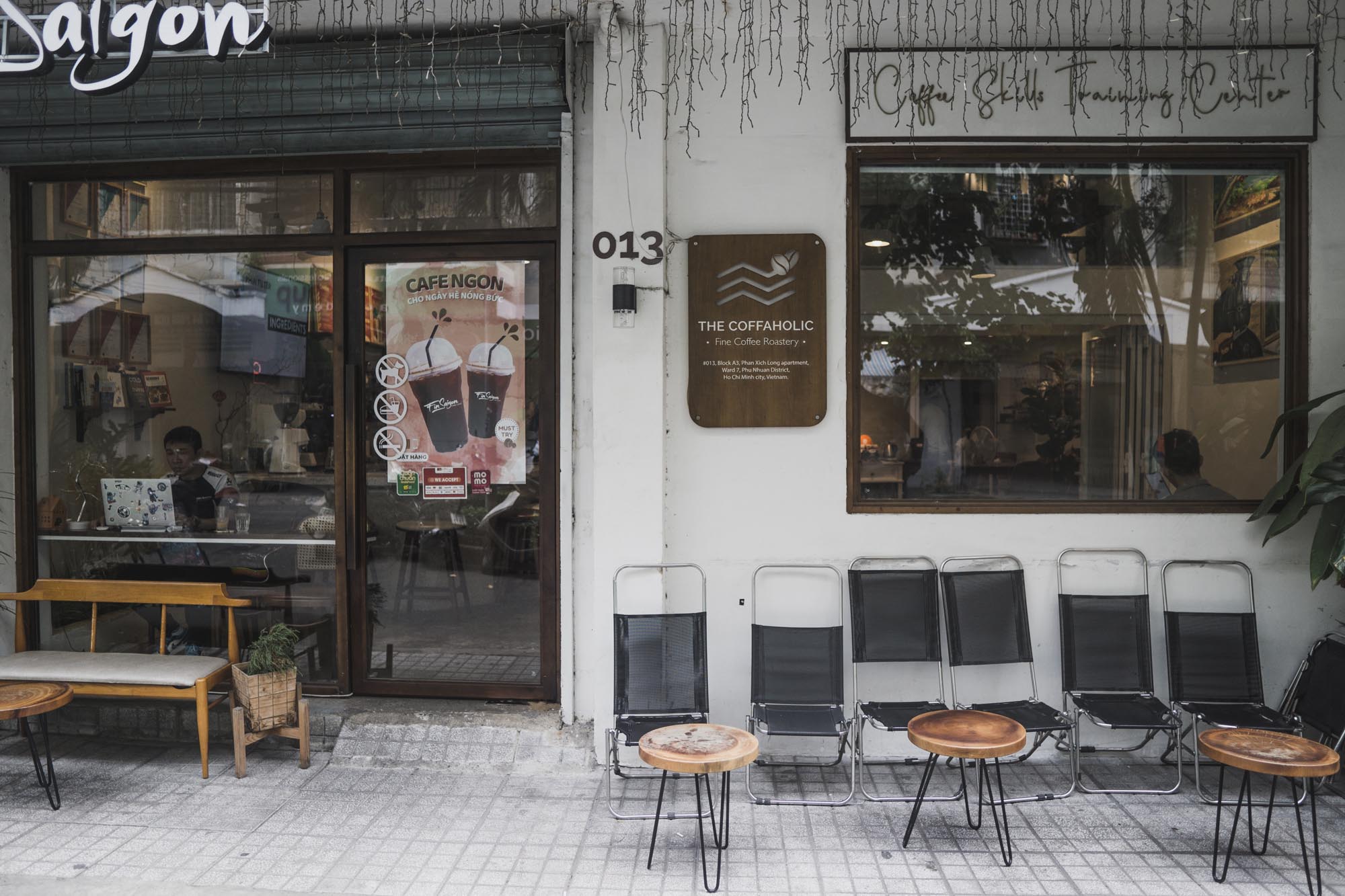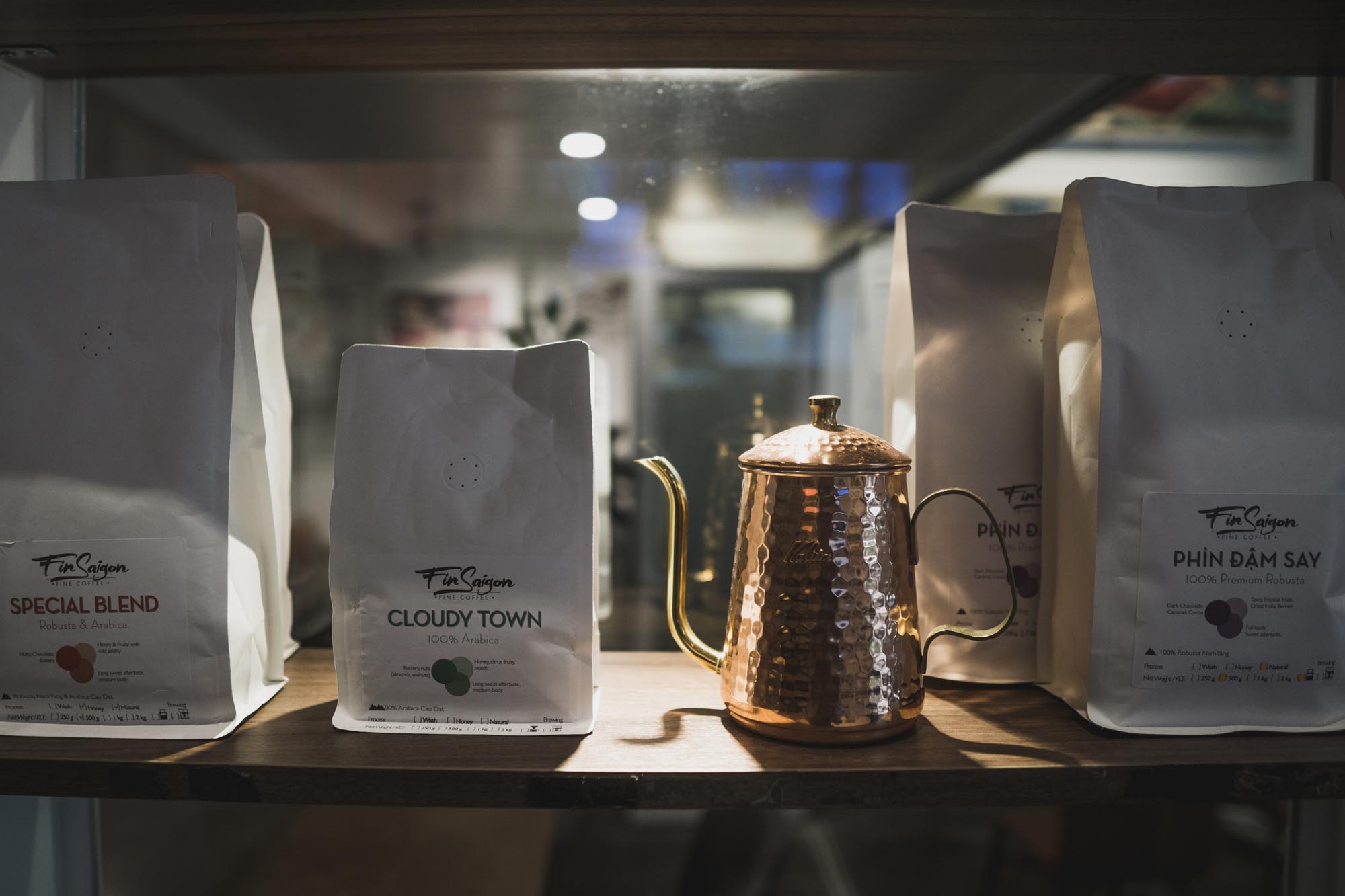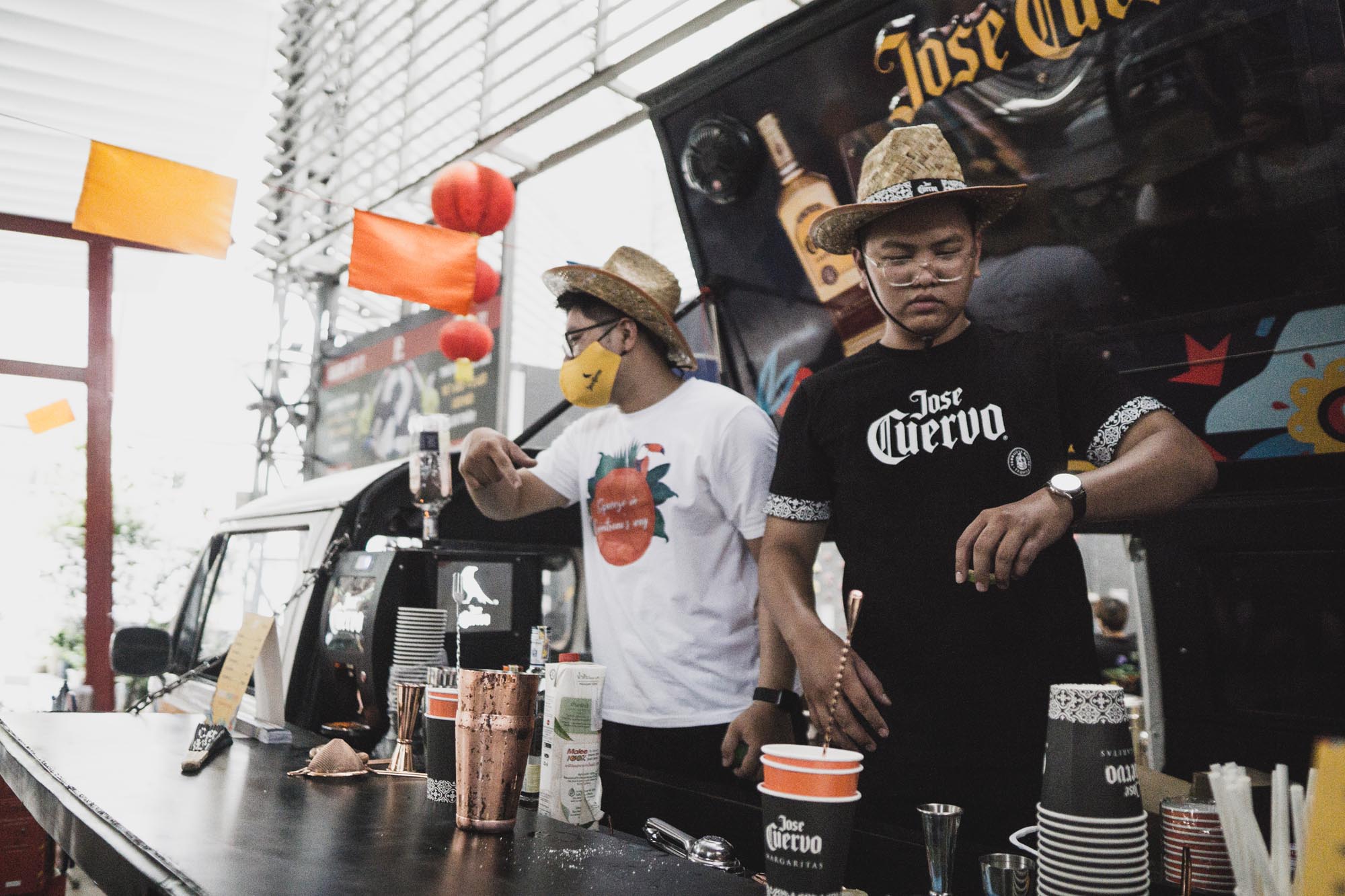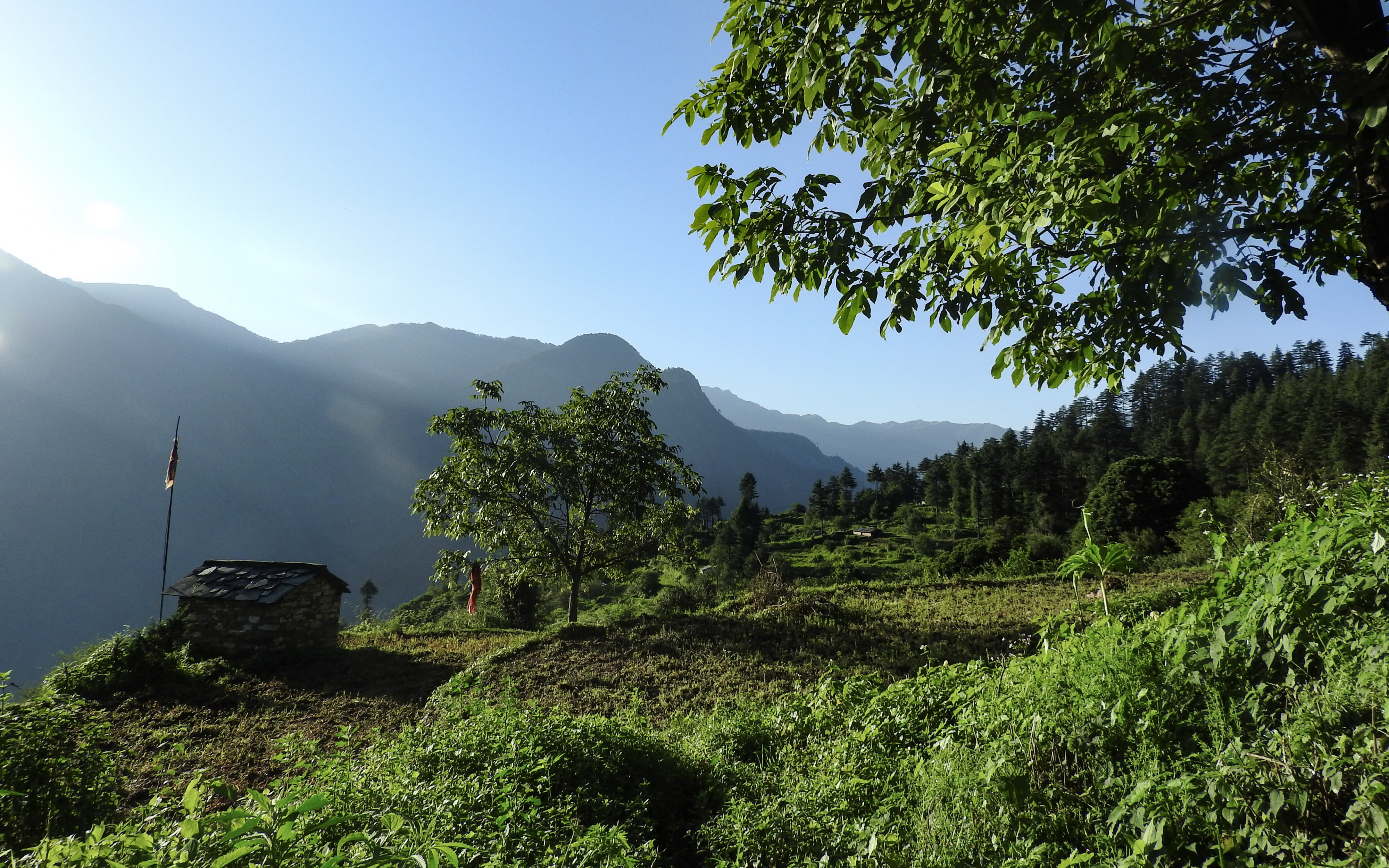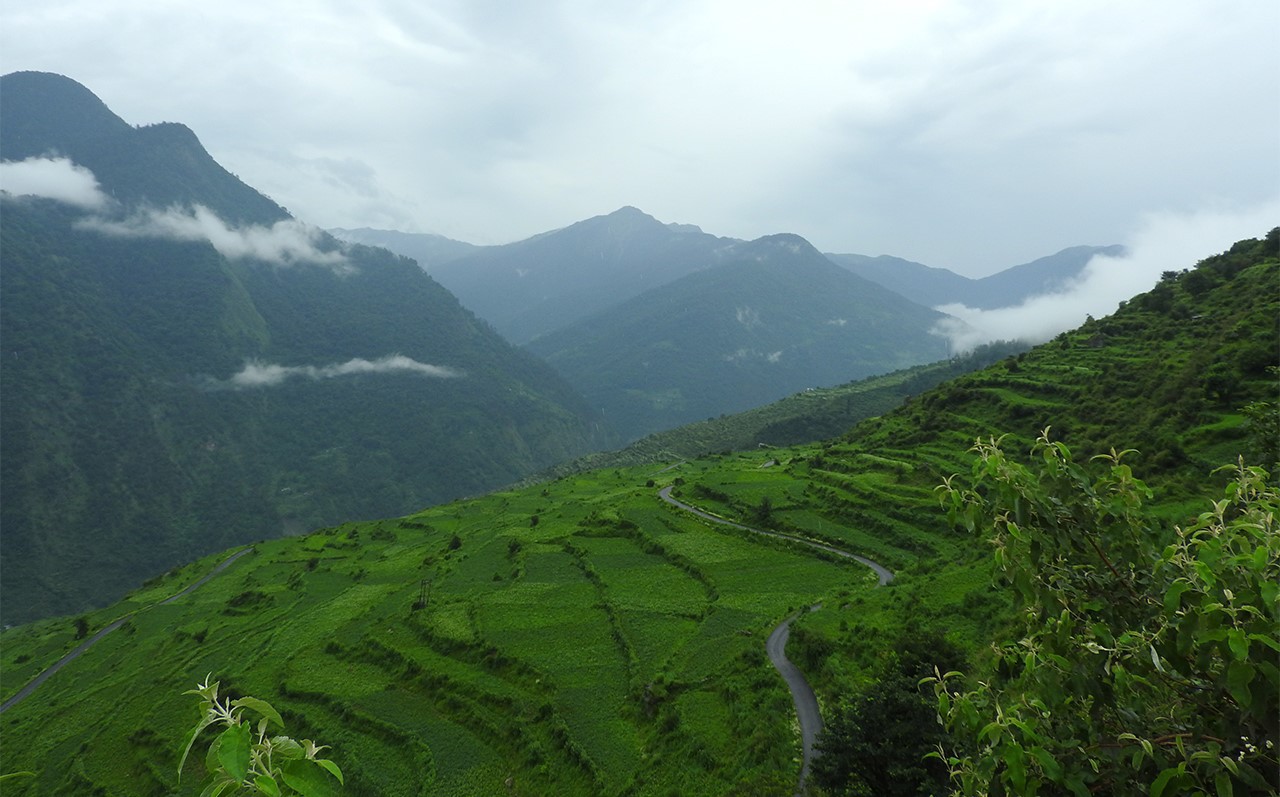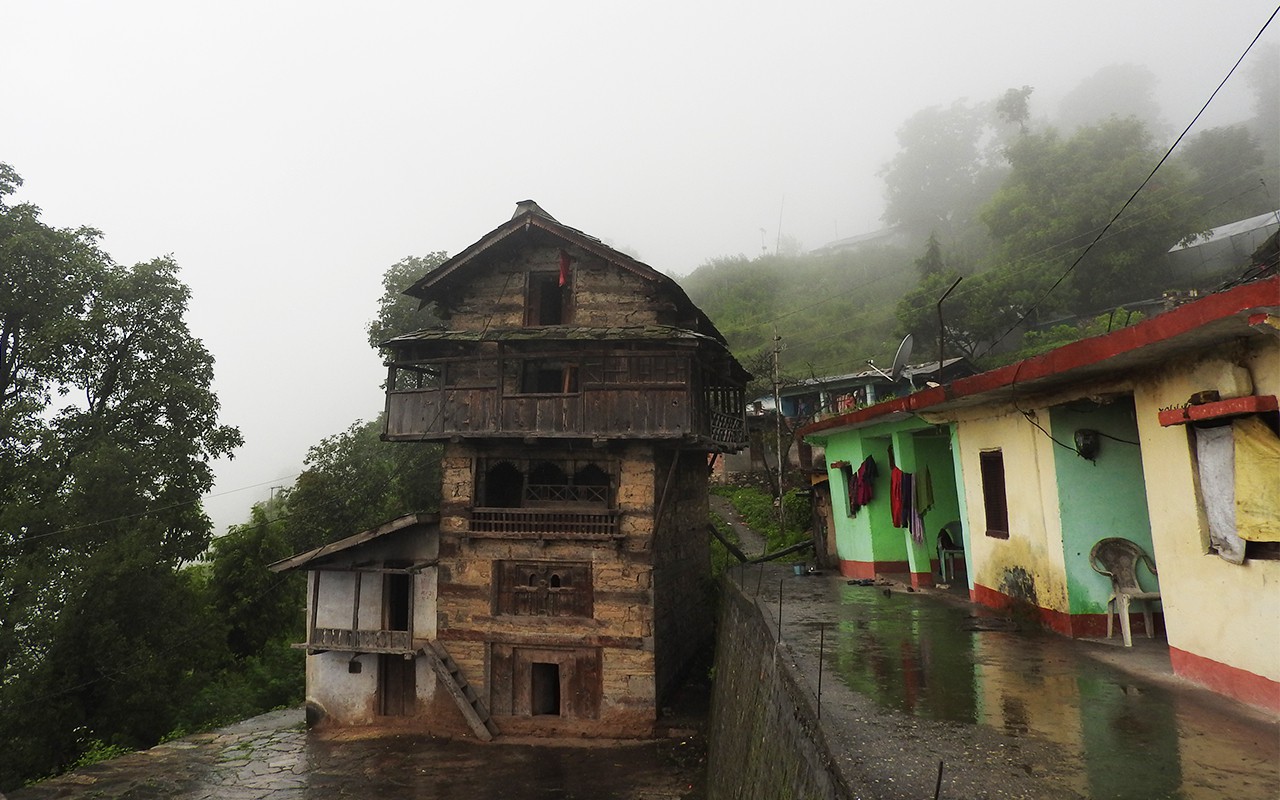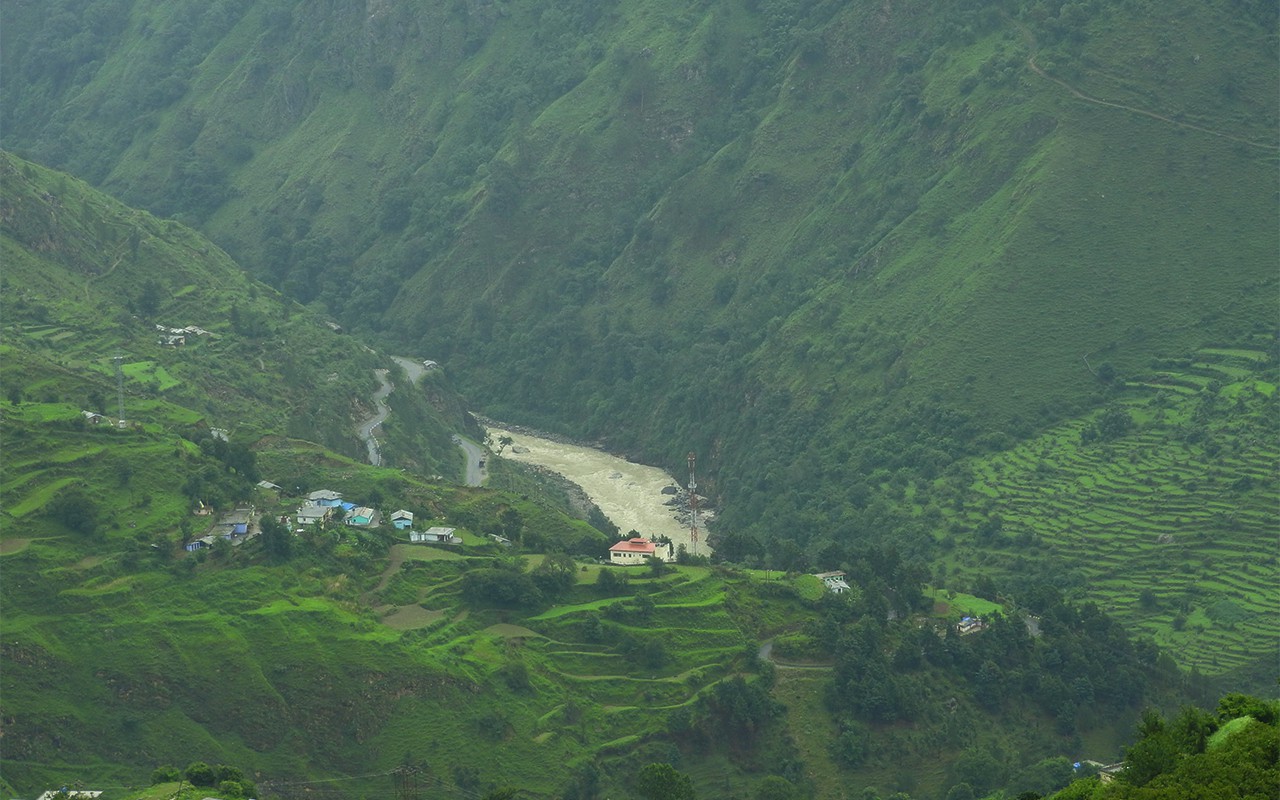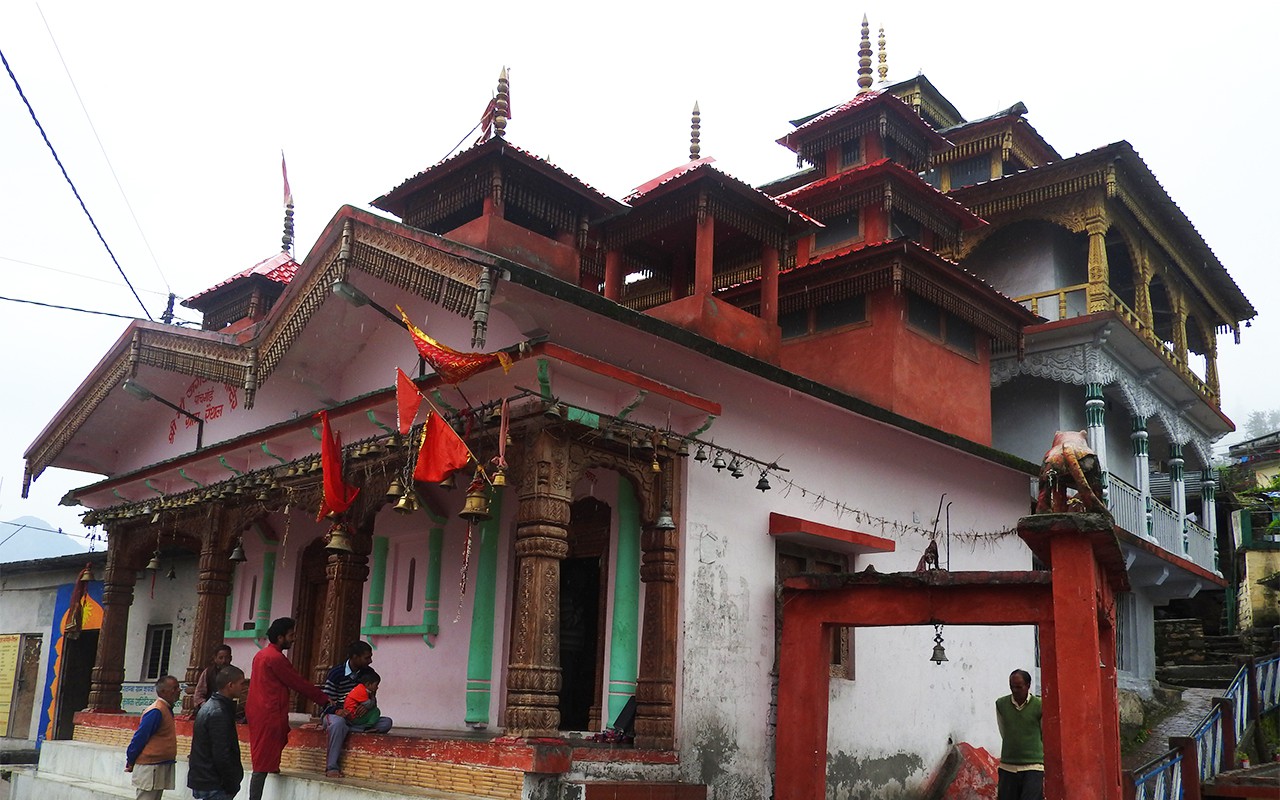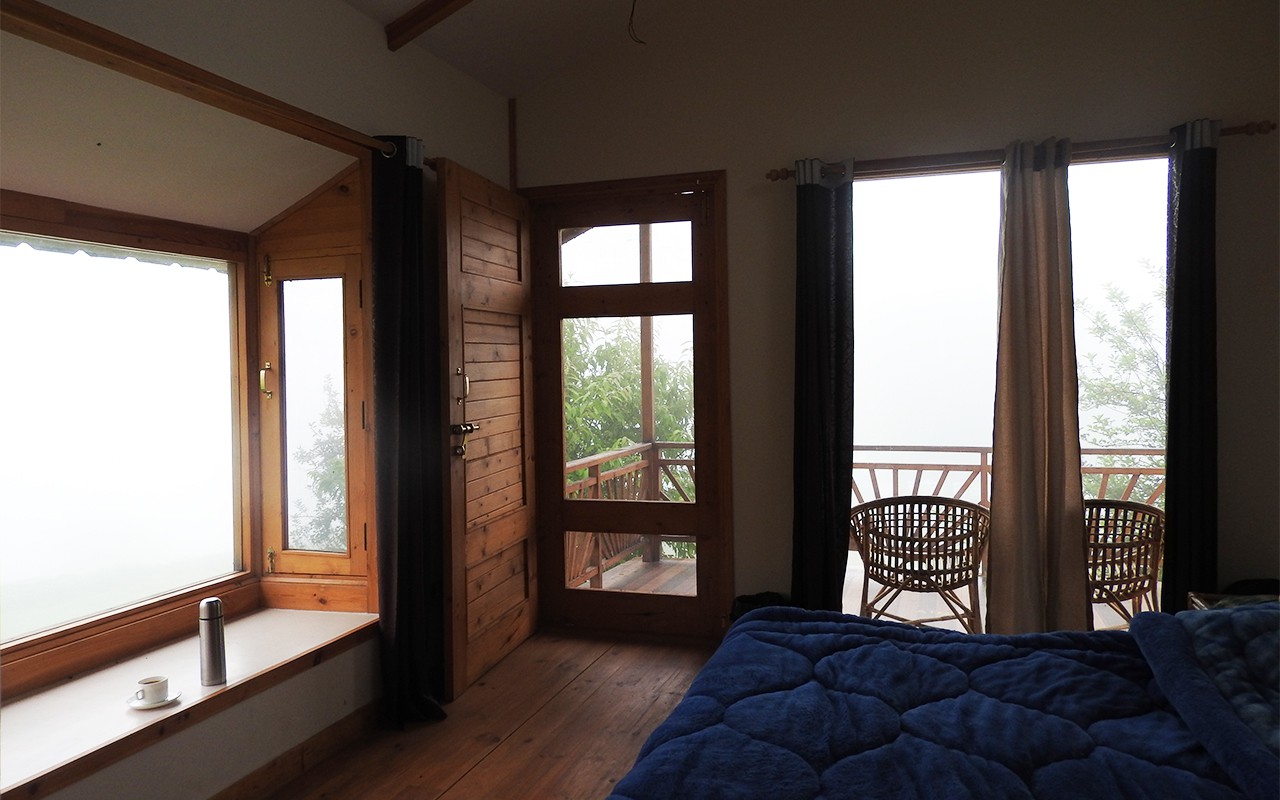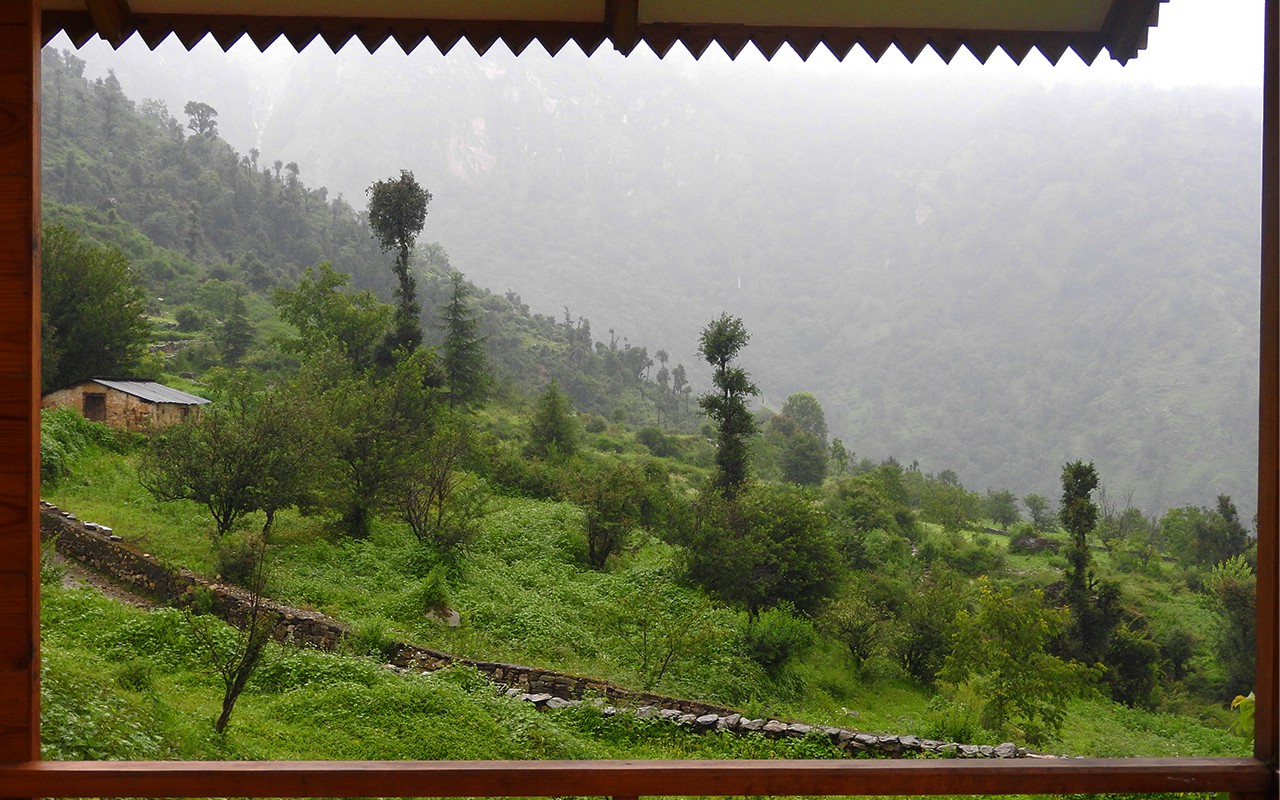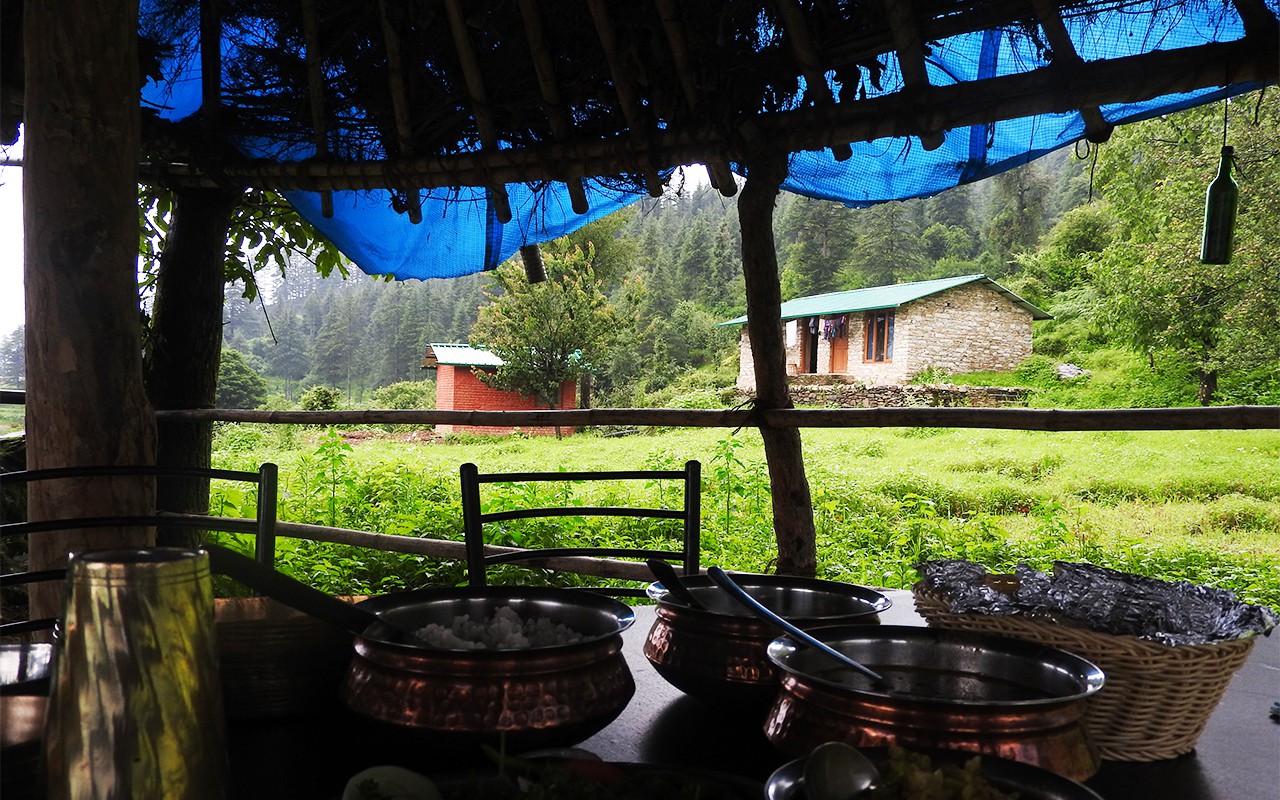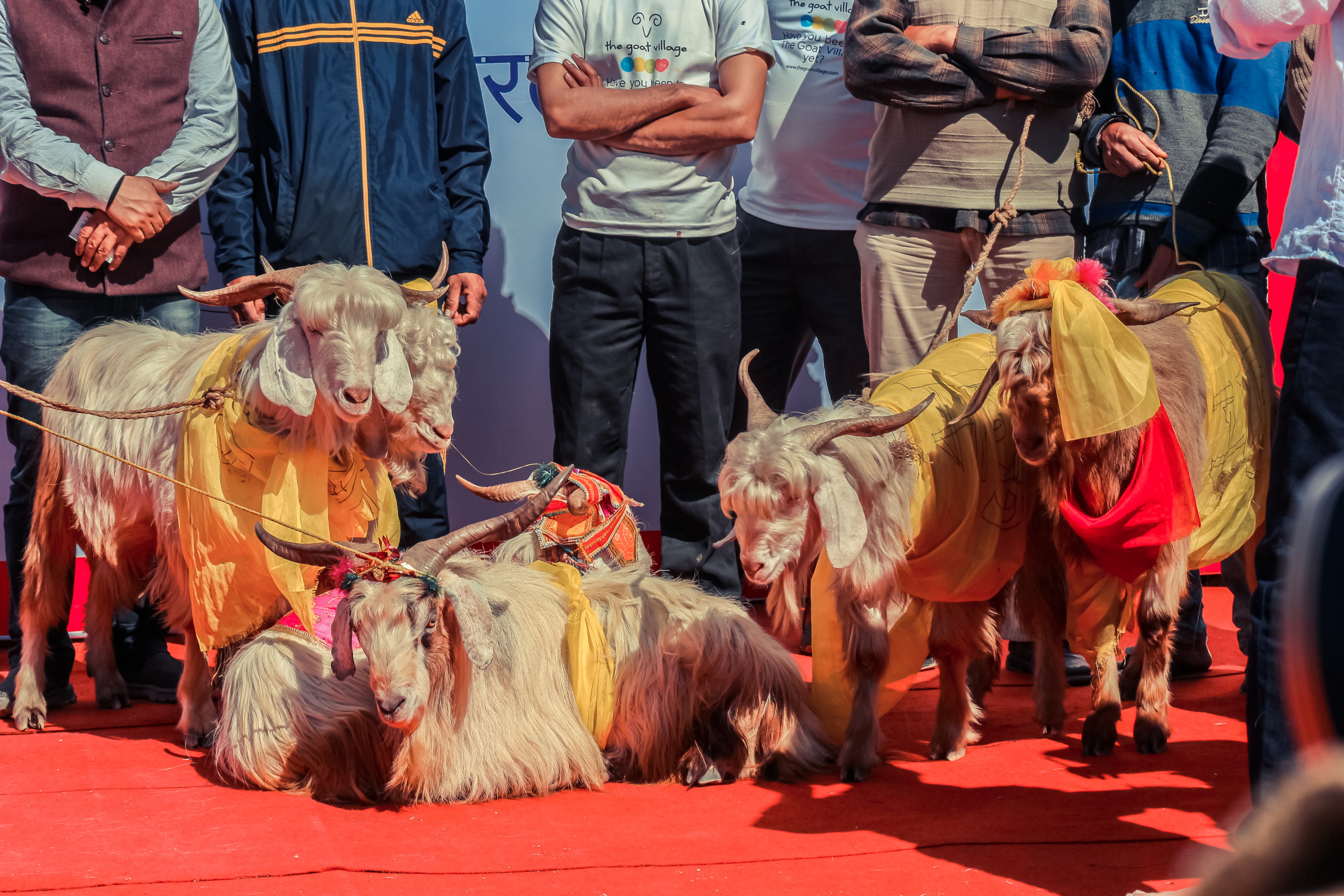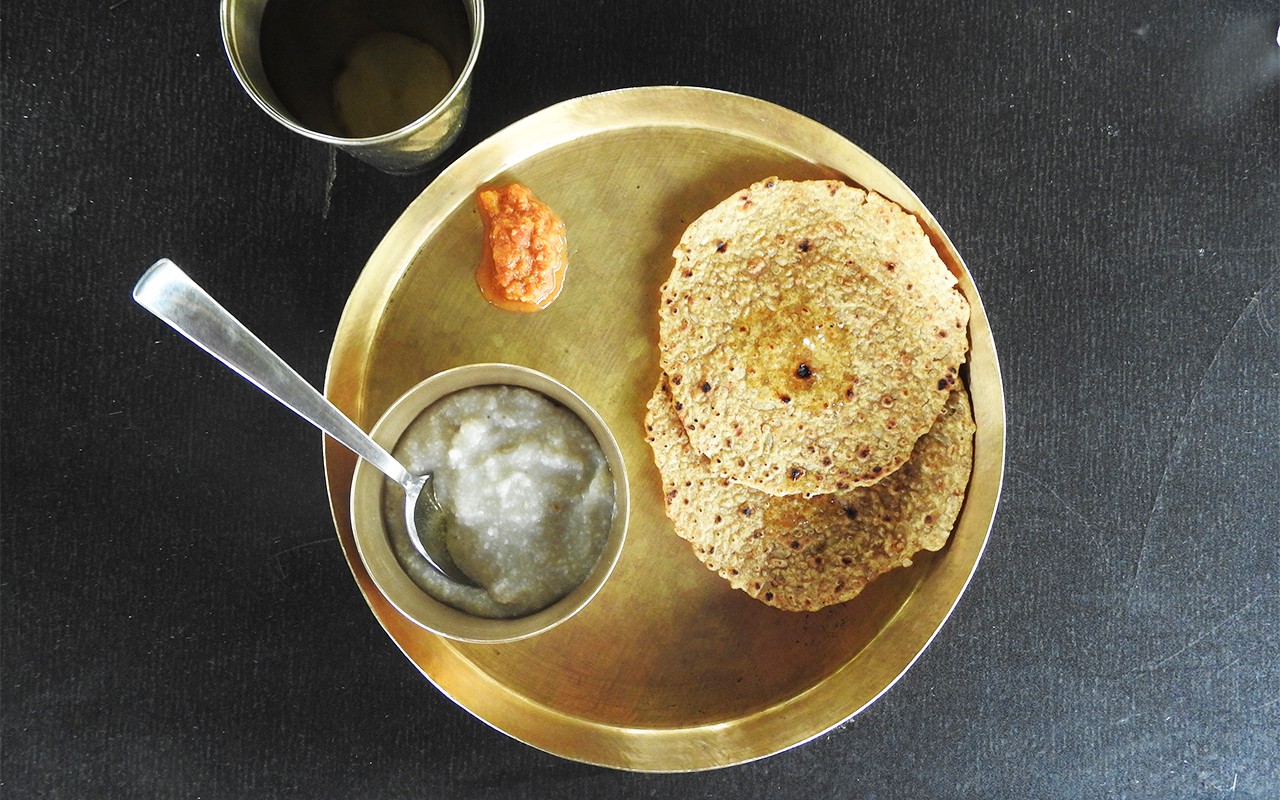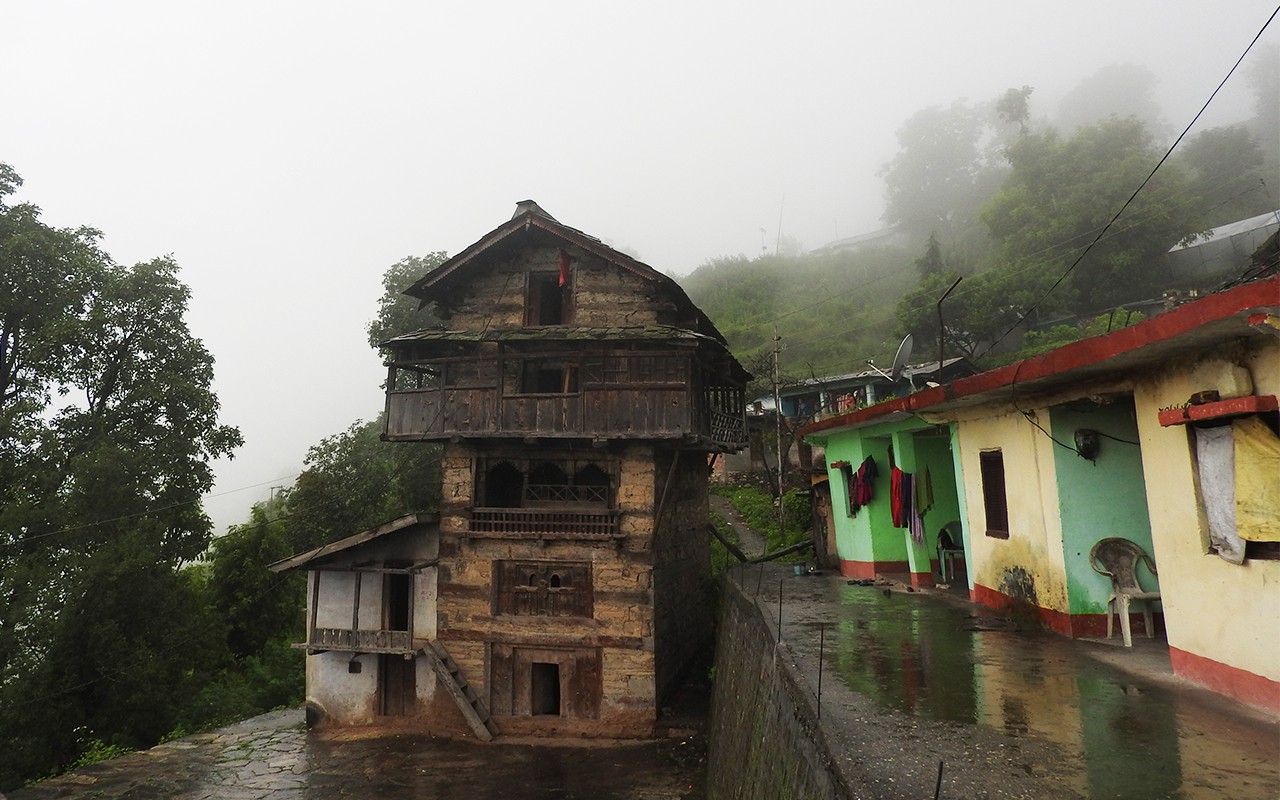A Weekend of Good in Mumbai
Mumbai — or Bombay, as old-timers still affectionately call her — is a sprawling city of contradictions, where hard labourers jostle alongside billionaires, and dreamers come and go.
But if there’s one thing that hasn’t yielded to time, it’s its 24/7 buzz. (And, of course, its humidity.) This city, once seven islands, precariously juxtaposes the old with the new, while reminding you that in life, the only constant is change.
Friday
The Bombay Havelli, CSMT Railway Heritage Museum, Kitab Khana, ARTISANS', Reality Tours and Travel's street food tour
Saturday
Grassroutes' day trip to Walvanda, Mirchi & Mime
Sunday
Cafe Irani Chaii, Reality Tours and Travel's Dharavi tour, Mettaa Foot Reflexology
Settle into your hotel, then grab a cab to Charni Road. On the way, make sure to admire Marine Drive, the 3.6km-long boulevard carving a gentle arc into the southern end of the city. This road is also known as the Queen’s Necklace because by night, its street lights resemble a sparkling necklace.
On Charni Road, lunch awaits at The Bombay Havelli. Designed to evoke the ambience of a haveli (a traditional northern Indian-style mansion), the restaurant serves authentic vegetarian cuisine with a focus on north Indian and Gujarati food. Don’t miss the dal baati churma, a Rajasthani dish comprising round flat Indian breads such as baatis, served with dal (a spicy lentil gravy) and churma, which is crushed deep-fried baatis mixed with jaggery, a golden brown sugar.
Aside serving up good food, Bombay Havelli has a second mission: co-founders Marzy Parakh, Parth Dalal and Sarthak Oza want to empower the differently-abled. People with physical disabilities make up one-third of their staff and a portion of their profits goes towards the upliftment of those with disabilities, such as by providing training.
Save room for dessert — just 300m away is Bachelorr’s, which serves up ice-cream in eye-catching flavours like green chilli or kesar pista (pistachio and saffron).
A kaali-peeli (black and yellow) taxi will whisk you to the historic Fort precinct. The majestic Chhatrapati Shivaji Maharaj Terminus Railway Terminus (CSMT), formerly known as Victoria Terminus, is unmissable, but often overlooked is the CSMT Railway Heritage Museum tucked within the 130-year-old landmark. A 200 rupee (US$2.90) ticket gets you a guided tour of the UNESCO World Heritage Site on weekdays, allowing you to time-travel through its Mughal-meets-Gothic architecture — stained glass, marble, granite imported from Italy, red stone sourced from Agra in northern India, and yellow sandstone from Mumbai itself, when it was still officially called Bombay.
Work off some calories by walking 1km south to Hutatma Chowk, once named for the ornate Flora Fountain located there, built in 1864. The square now commemorates those killed by the police in 1955 while fighting for Maharashtra — Mumbai’s home state — to be accorded statehood.
Next, bibliophiles can pop over to Kitab Khana, an independent bookstore with a good selection of Indian literature in English. Another five minutes’ walk brings you to ARTISANS’, a exhibition-retail space showcasing beautiful handmade crafts from all over India. The brainchild of Radhi Parekh, the social enterprise makes sure patrons know the story behind every piece of textile, ceramic, metal and wood, and most of the profits from a sale goes back to the artisans.
Having gotten your day’s fill of history and culture, it’s time to fill the belly. Take a deep dive into the savoury, the sweet and everything in between through Mumbai’s appropriately nicknamed khau gallis (food lanes), with a little help from Reality Tours and Travel (RTT). Its street food tour will take you through the haunts of Chowpatty and Mohommad Ali Road, where you can chow down dishes like pav bhaji, which is mixed vegetables bhaji cooked on an open pan topped with dollops of butter and served with pav (bread). Guides are Mumbai natives who know the city like the back of their hand, and 80 per cent of RTT’s profits go back to the Dharavi community through its non-profit arm, Reality Gives.
Wind down by hopping into a kaali-peeli to the Art Deco-style Regal Cinema, which sits amidst a number of charming spots for knocking back a few pints, such as Woodside Inn, Café Leopold and Café Mondegar.
After the whirlwind tour though south Mumbai the day before, change gears and unwind to the gentle pace of Walvanda, a hamlet some 130km outside Mumbai that’s home to the Warli tribe. Through Grassroutes, a social enterprise, the community runs tours that allow visitors to take in Walvanda’s lush rural charms and see Warli art being created — the hamlet is one of the few places in India where the renowned art form is practised.
With training and support from Grassroutes, the Warli are able to maintain their traditional way of life through tourism, instead of abandoning them to eke out a living in the cities. The itinerary includes a hands-on art and music workshop on Warli painting.
Back in the city, head to Mirchi & Mime in the eastern suburb of Powai for a dinner of superb Indian cuisine. Hungry to do something that creates wealth for society and not just individuals, Prashant Issar and Anuj Shah opened this chic, contemporary, dining spot staffed by people with hearing and speech impairments, where diners are taught how to use sign language to place their order. Beginning with a team of 27, the duo now have 44 staff across two restaurants (Madeira & Mime opened in 2015), giving a group that previously found it hard to find work the means to support themselves and their families.
Begin your morning with a sumptuous breakfast at Café Irani Chaii in Mahim, a suburb in the western part of the city. One of the few remaining Irani cafes in the city, sipping a cup of Irani chai over some bun maska (soft buns slathered with a mix of white butter) here supports a declining trade. Don’t forget to spice up your morning with some drool-worthy mutton kheema pav, a robust curry dish.
Next, meet your guide for your pre-booked tour of Dharavi outside Mahim railway station. Home to over half a million people, Dharavi gained notoriety after being dubbed Asia’s largest slum (a reputation reinforced by movies like Slumdog Millionaire), which cast a shadow over the nuances of its everyday life. It was the desire to change this narrative that motivated Chris Way to team up with Krishna Pujari to start Reality Tours and Travel (RTT) in 2005. Over two hours, RTT’s guides take you on a fascinating walk into this self-contained “mini-city” — teeming with home-based factories (plastic recycling, soap-making, leather goods), and households of all religions (living together amicably or otherwise). To respect the privacy and dignity of the residents, RTT has a strict “no photography” policy for its Dharavi tour.
After the tour, end your weekend with a treat at Mettaa Reflexology, a no-frills spa in Bandra, a charming district also known as the queen of the suburbs. The 10-year-old spa is known for its 400-rupee massages (US$5.80), and hires massage therapists who are visually-impaired. Founder Joanita was an ICU nurse-turned-alternative-therapies-practitioner, who volunteered at the National Association for the Blind training their students in foot reflexology. Mettaa was set up to offer a simple, no-fuss spa experience, as well as provide employment to blind massage therapists who were being refused jobs despite their qualifications.
For accommodation, consider include Hostel New Vasantashram (budget), Abode Boutique Hotels (mid-range) and Meluha, The Fern (high-end).
The best time to visit Mumbai would be between December and February when the humidity is a bit forgiving. The temperatures stay more or less constant throughout the year — as does the city’s buzz — but avoid July and August, when the monsoon is at its heaviest.
The local railways are the city’s lifeline and might be a worthy adventure to consider for the curious traveller. The hours between 11am and 4pm see a relative dip in the number of commuters. A few railway stations have received a colourful face-lift recently too.
To experience the cultural side of the city, head over to BookMyShow or Insider to keep tabs on events in the city



